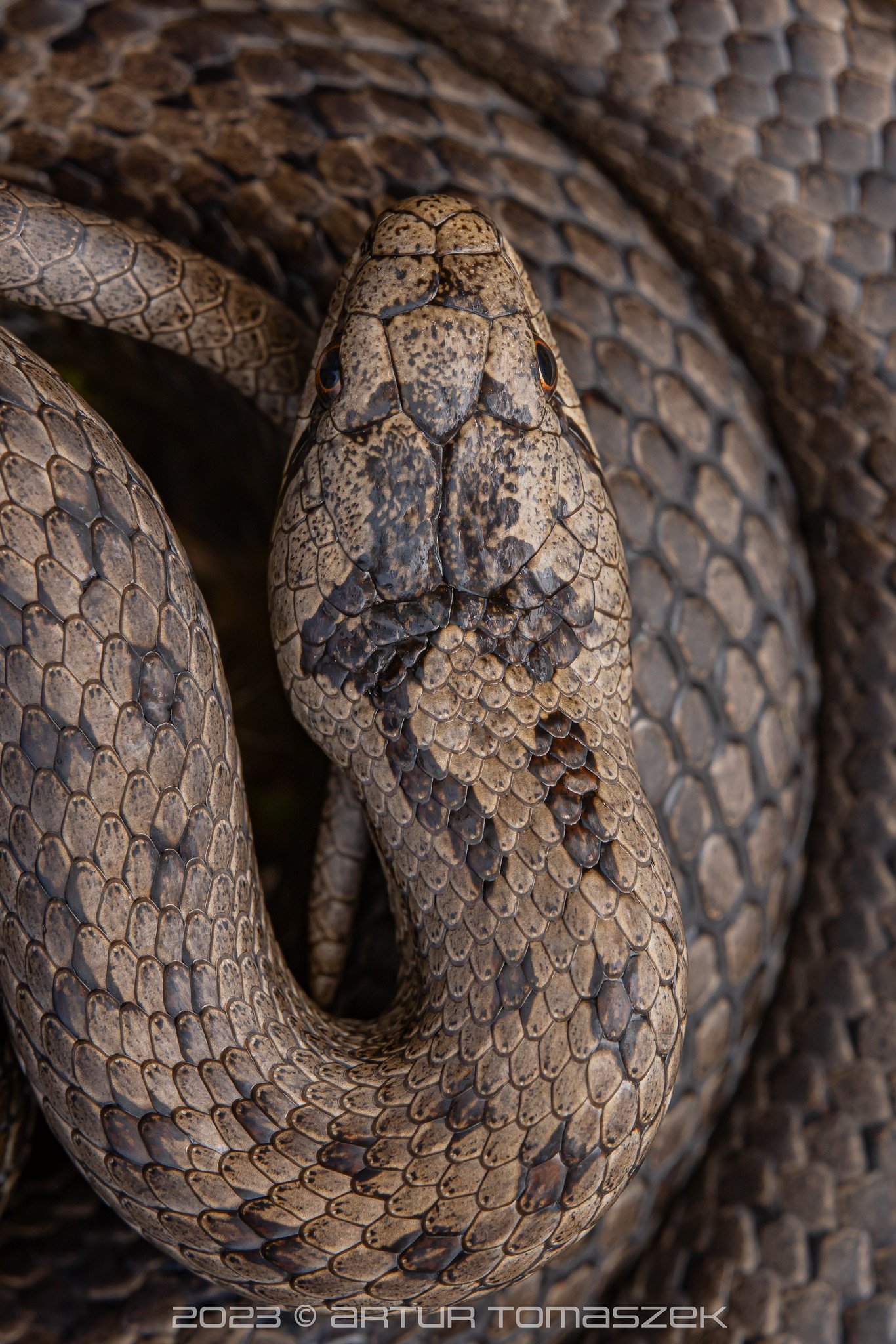Poland (July - August 2023)
A smooth snake (Coronella austriaca), pl. gniewosz plamisty
Home, sweet home! We spent our childhoods exploring nearby meadows and forests, chasing frogs (snakes in Artur’s case…) and watching butterflies; it’s fabulous to keep getting back to our favourite activities in our favourite places as adults, especially when we can use a much better equipment to keep track of our finds. We come from two completely different areas - I’m from the capital, Warsaw, while Artur comes from a small village (Czaniec) in the south of Poland. This allows us to travel - with a purpose other than looking for the wildlife - literally across the country and explore multiple habitats. We would like to thank our friends, Kaja and Robert, who accompanied us and gave us tips on where to find fantastic beasts (10+ years away from home does make one’s tracking skills and knowledge of an area a bit rusty; habitats and their residents also change over time).
Below a few other shots of smooth snake (Coronella austriaca) individuals.
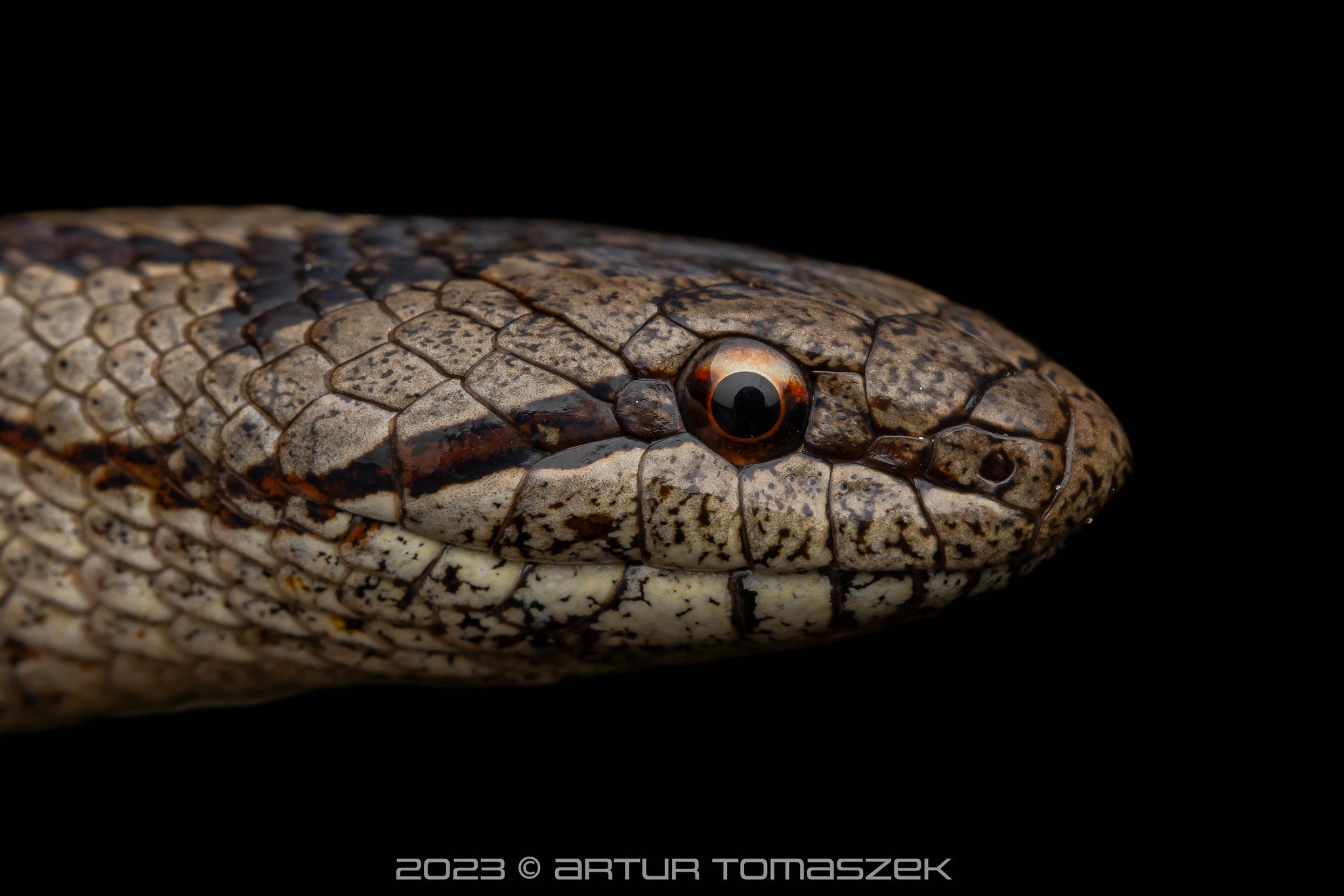
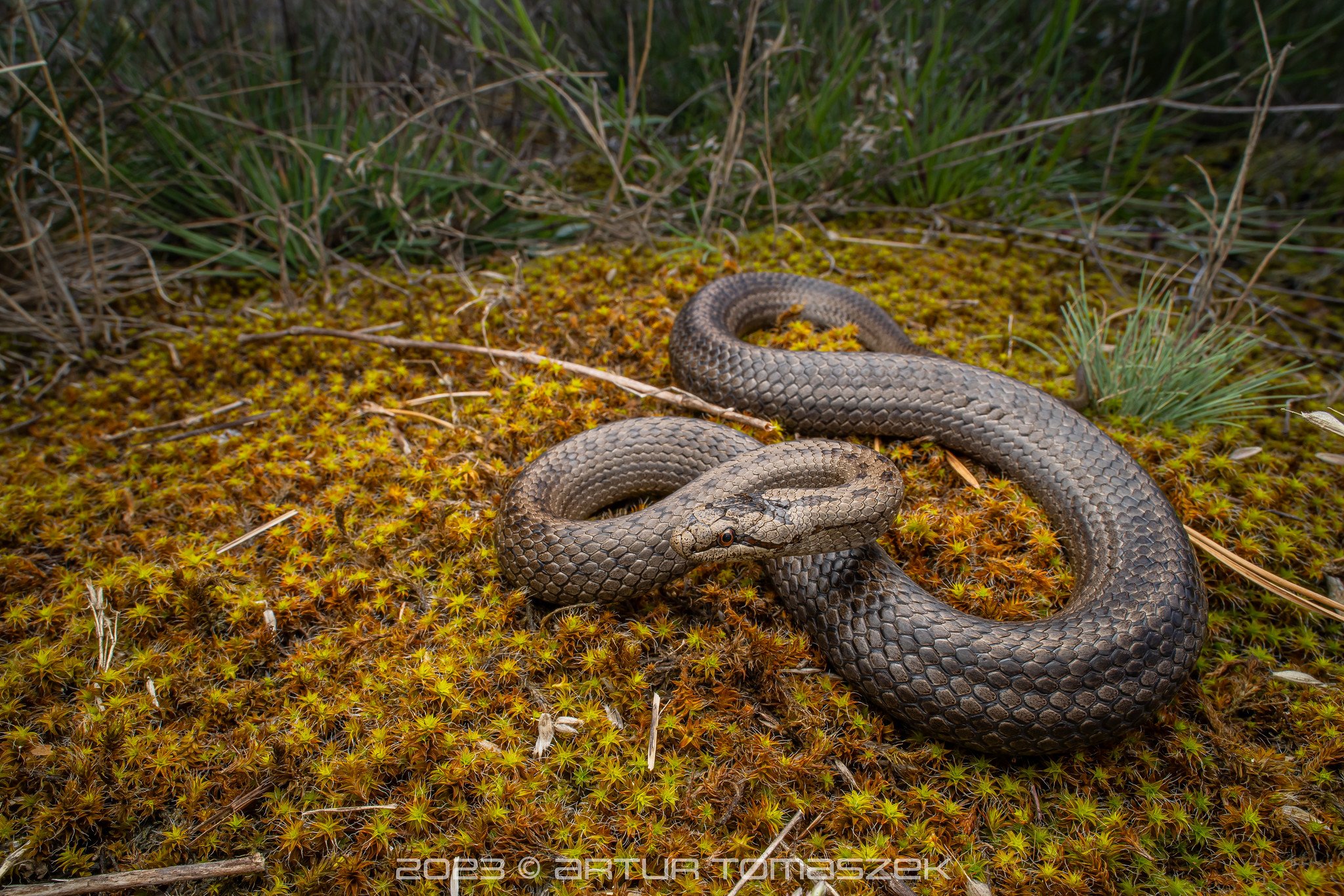
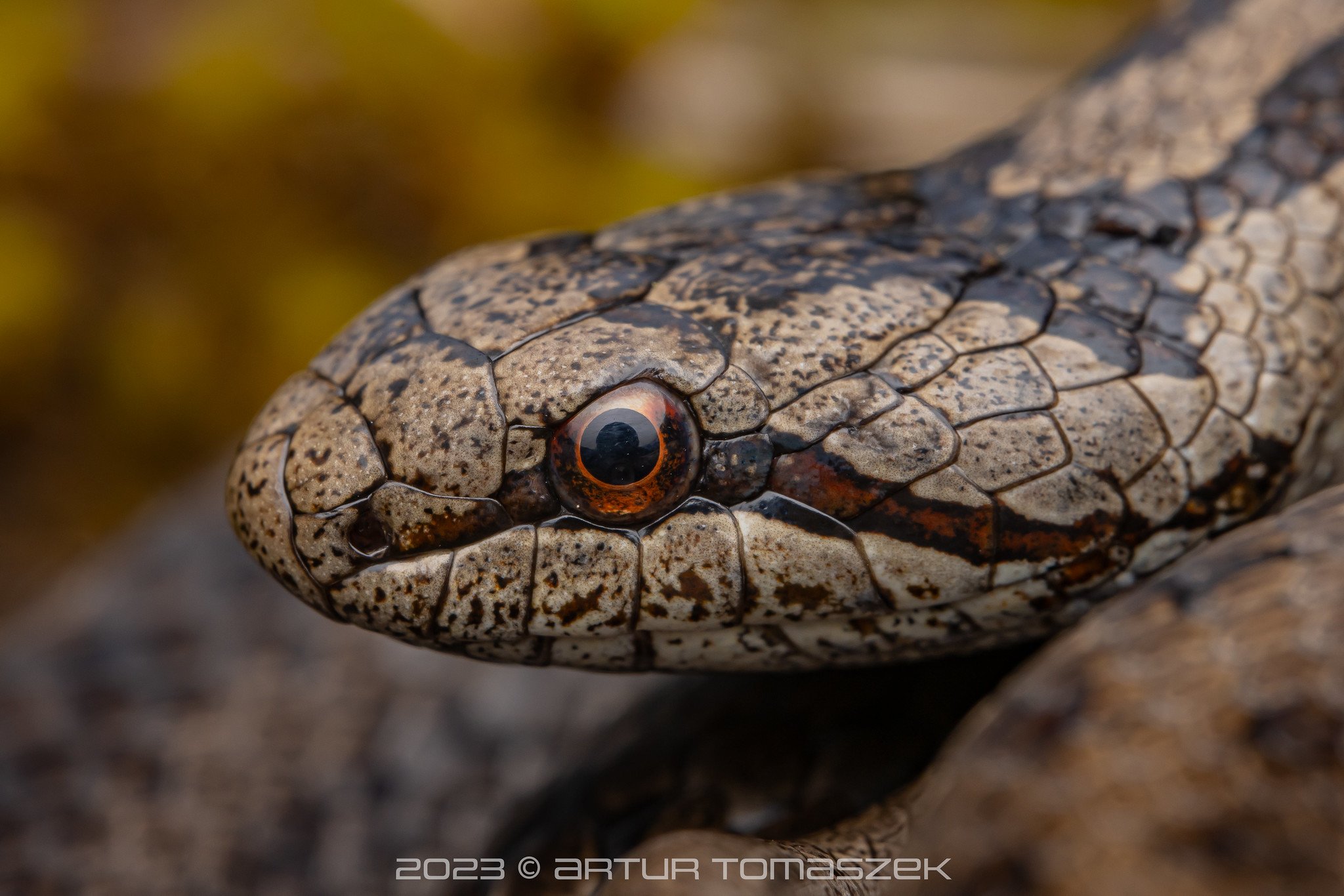
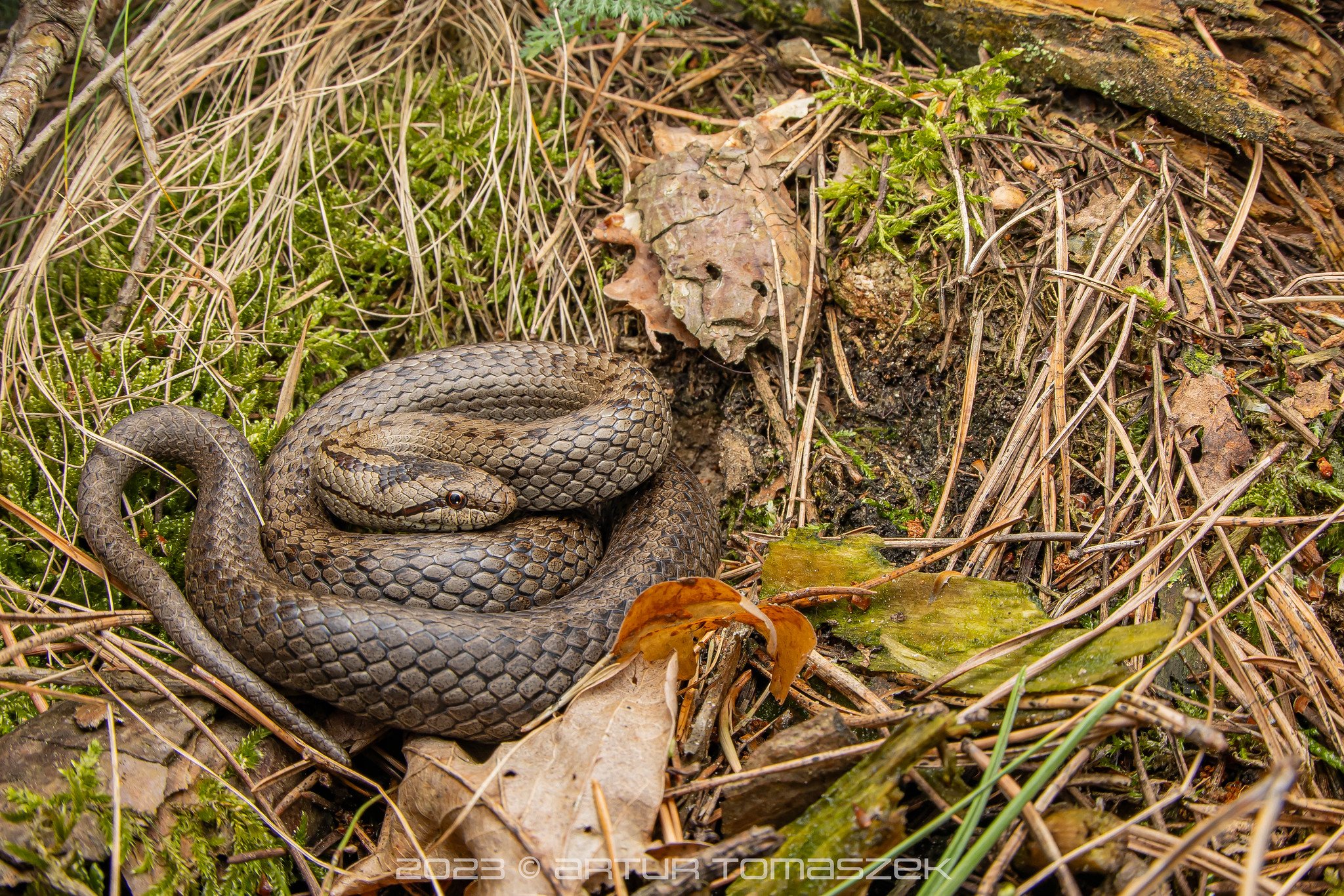
The initial idea was to find and photograph all reptiles in Poland and we’ve almost managed that - except for the Aesculapian snake (Zamenis longissimus) and the European pond turtle (Emys orbicularis), which we could not reach due to the distance we’d need to travel and bad weather conditions. One of the highlights for me was seeing a couple of common slowworms (Anguis fragilis), pl. padalec zwyczajny, which I had not encountered before even though they are rather common in the country.
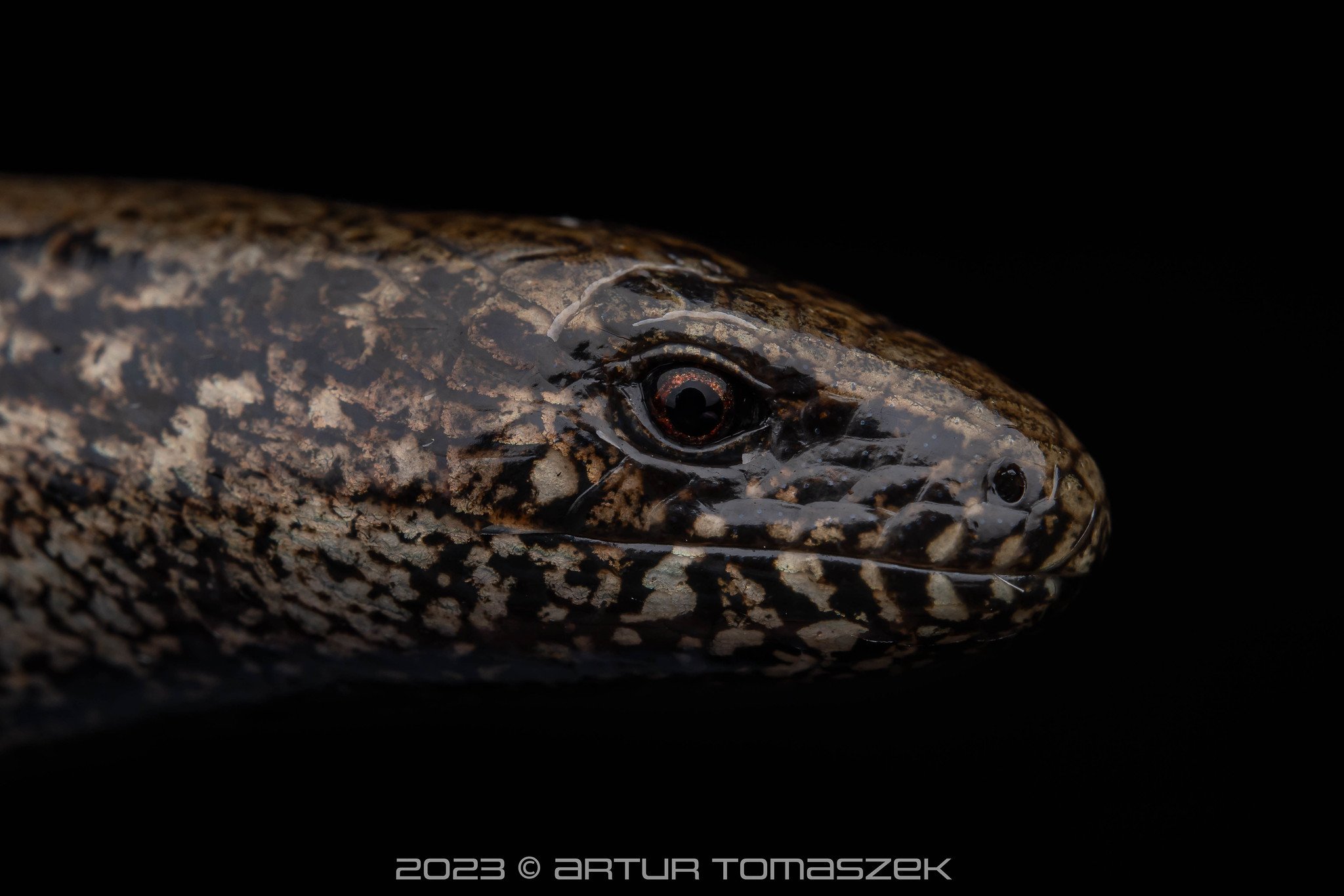
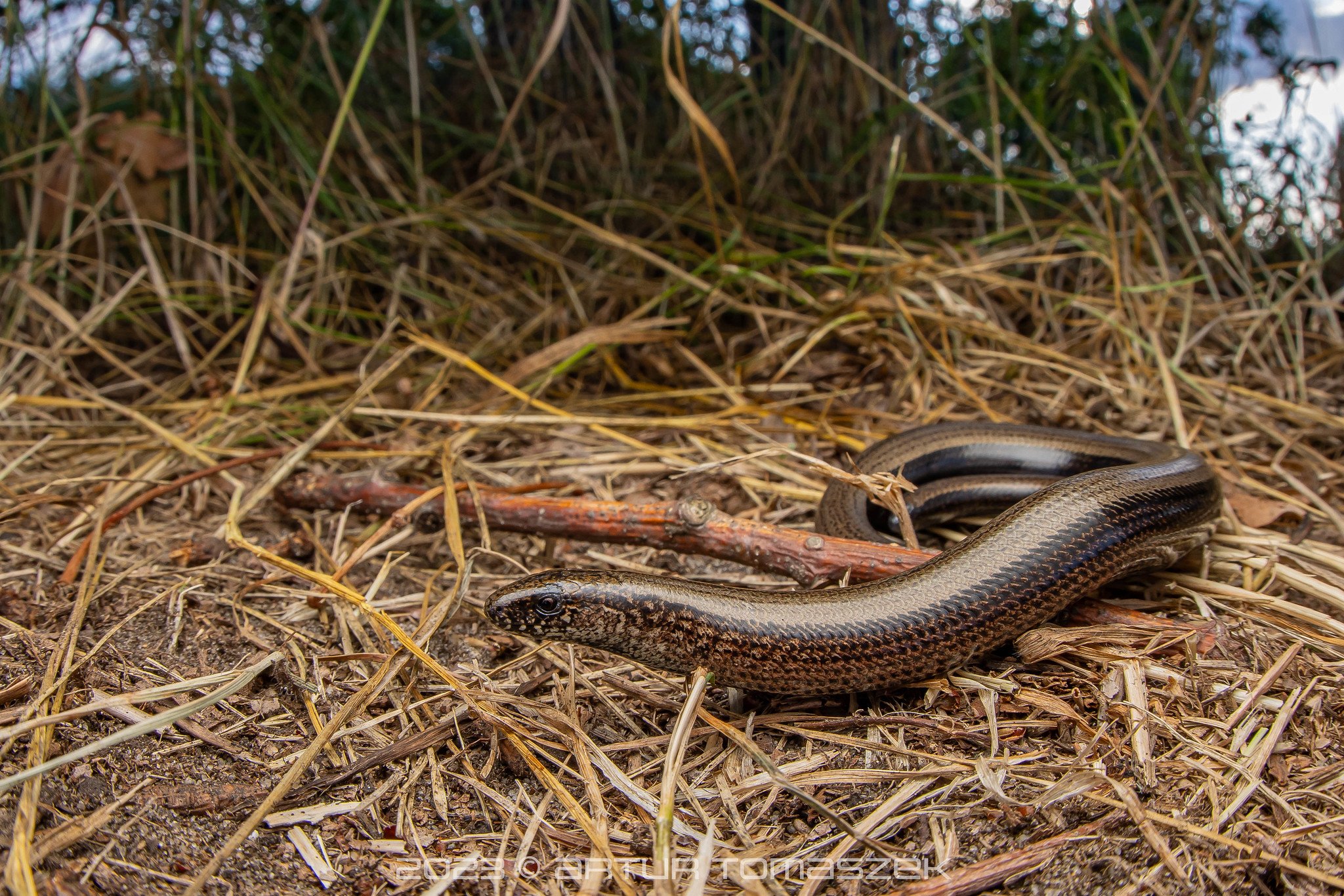
Another great highlight for us both was encountering a couple of European tree frogs (Hyla arborea), pl. rzekotka drzewna. Artur used to spot these as a child near his parents’ garden; sadly, they’re now gone from that area. We did some research and found another spot which was likely to provide a suitable habitat for this species and… bingo! Stunning frogs, it’s special to see such creatures in a country with an overall cold climate.

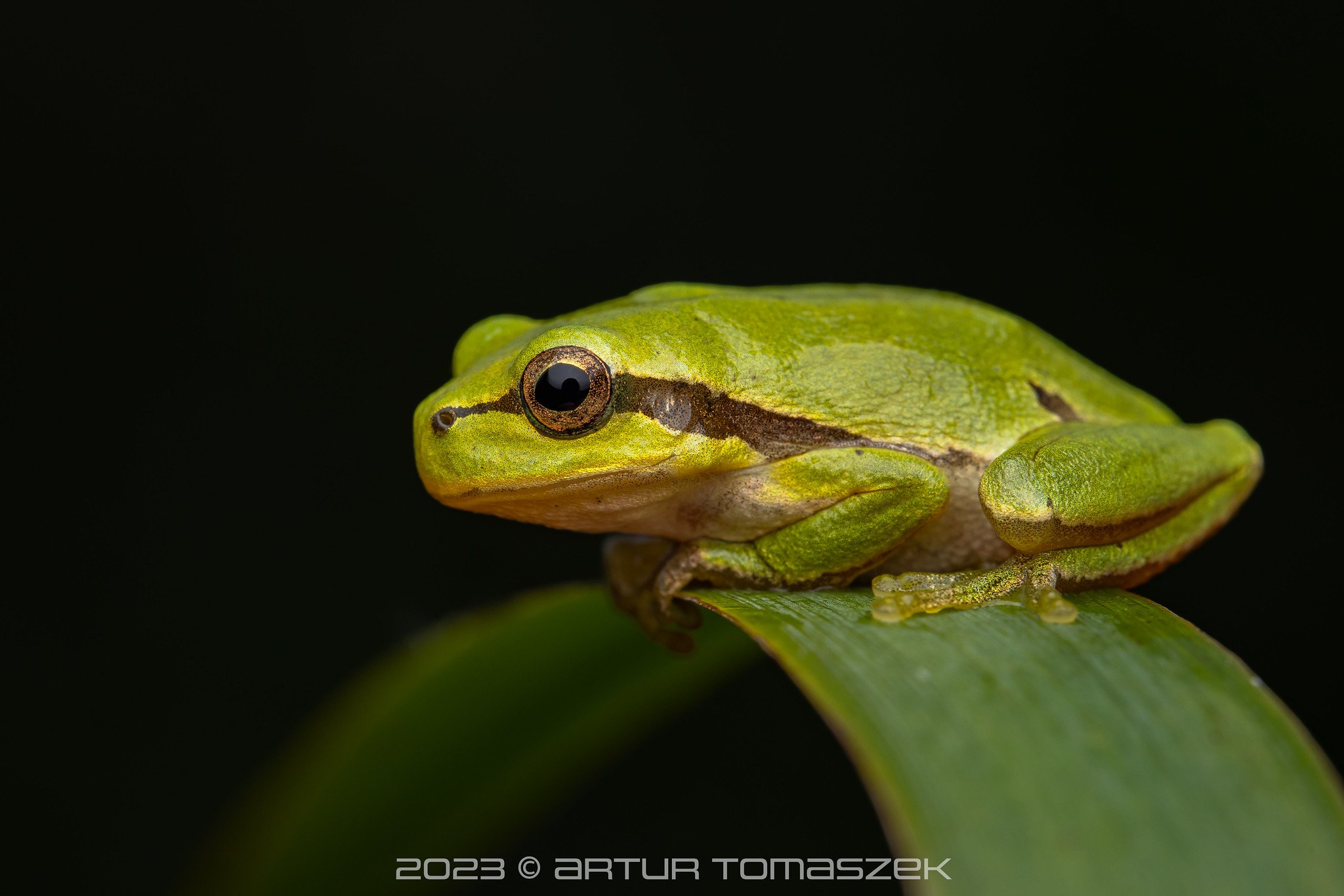
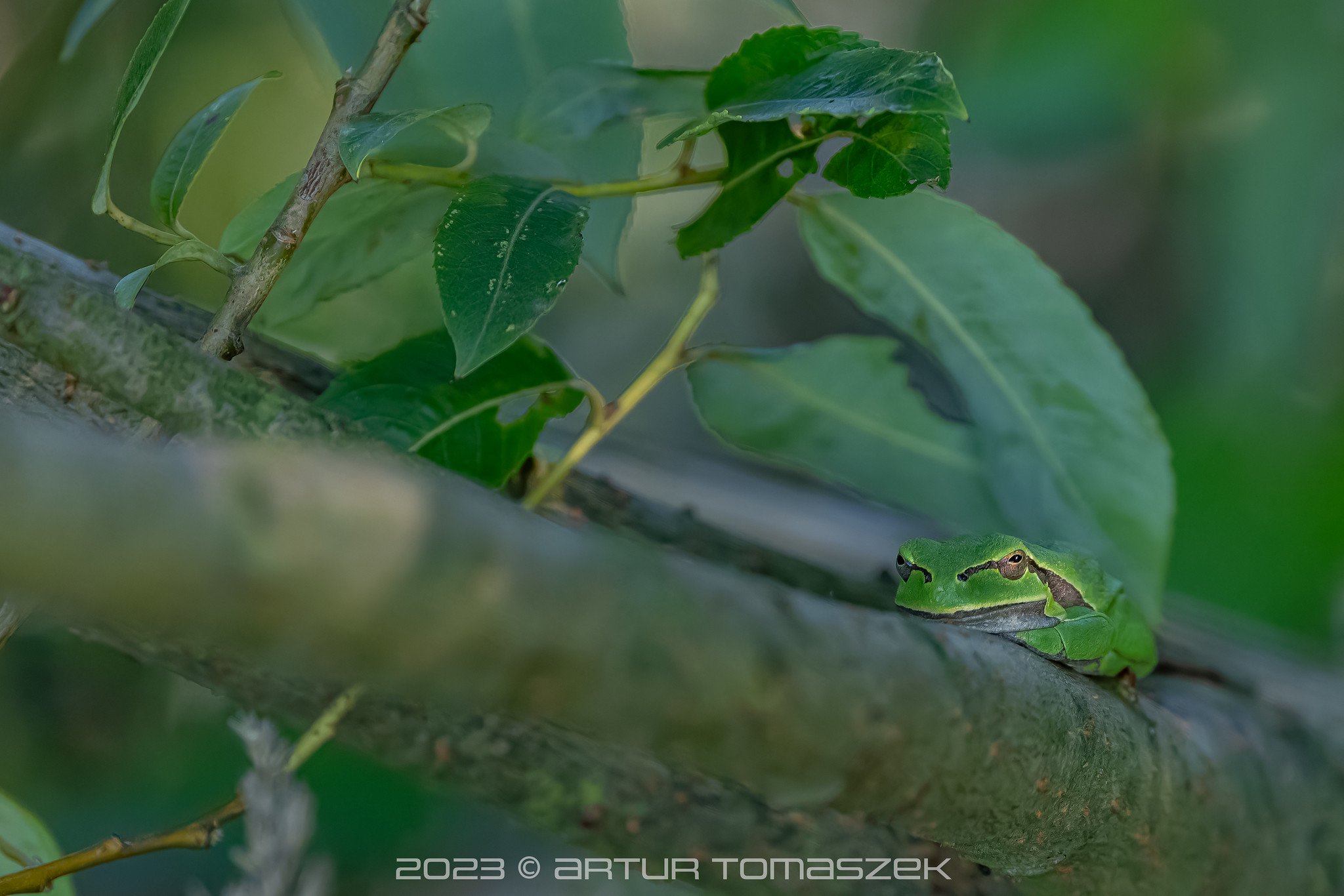
Grass snakes (Natrix natrix) pl. zaskroniec zwyczajny, as always, didn’t disappoint - we saw them in great numbers, especially near Warsaw!
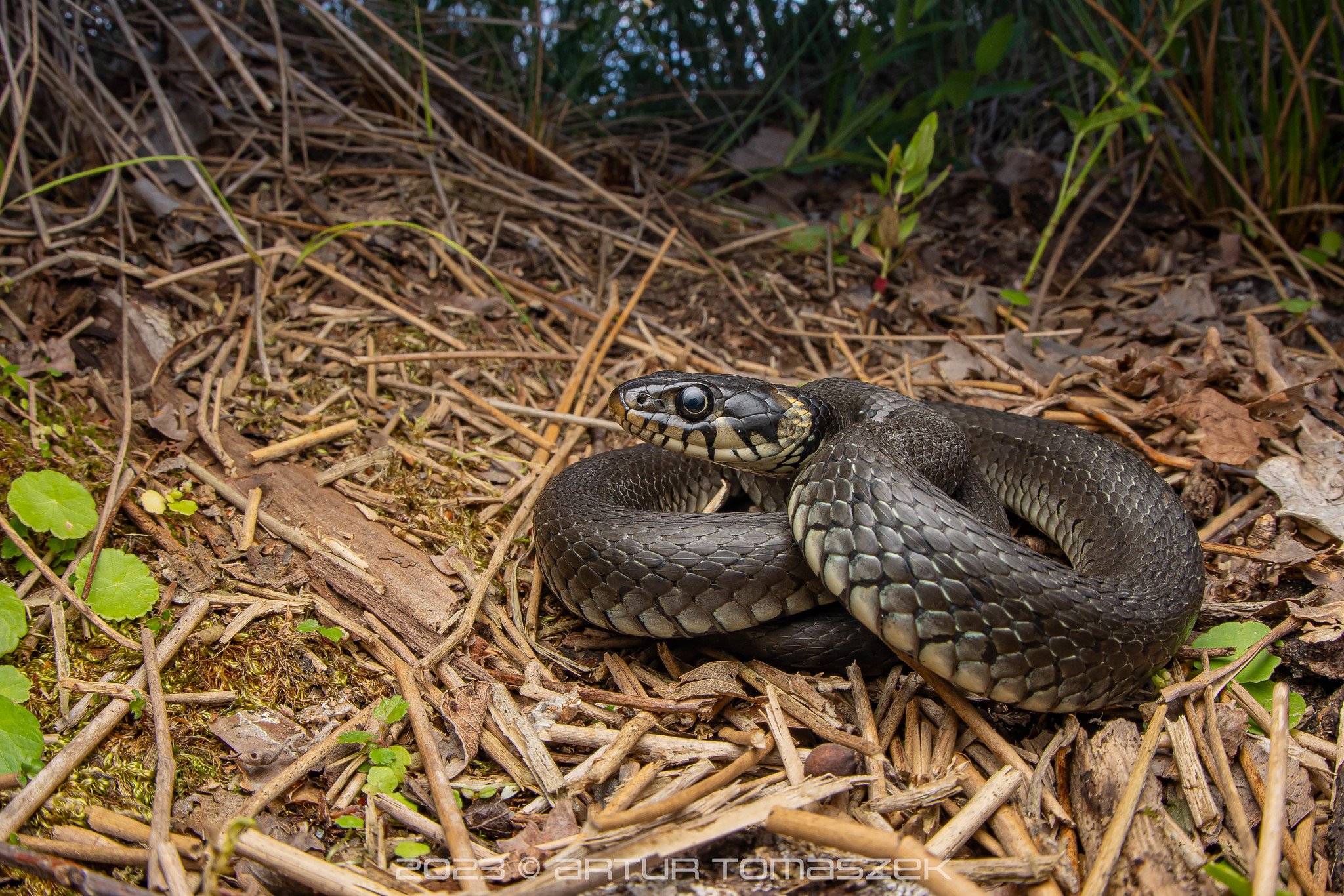
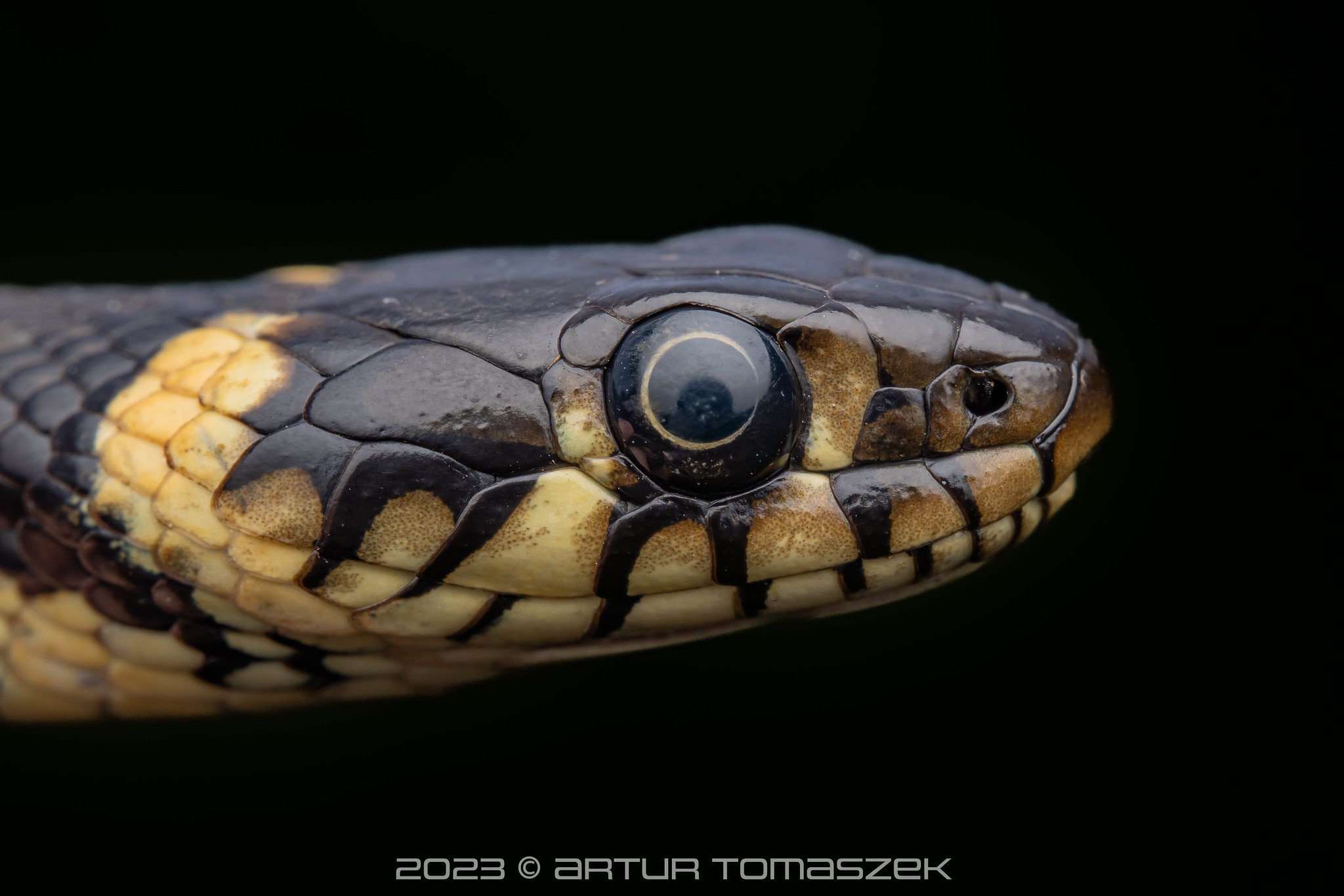
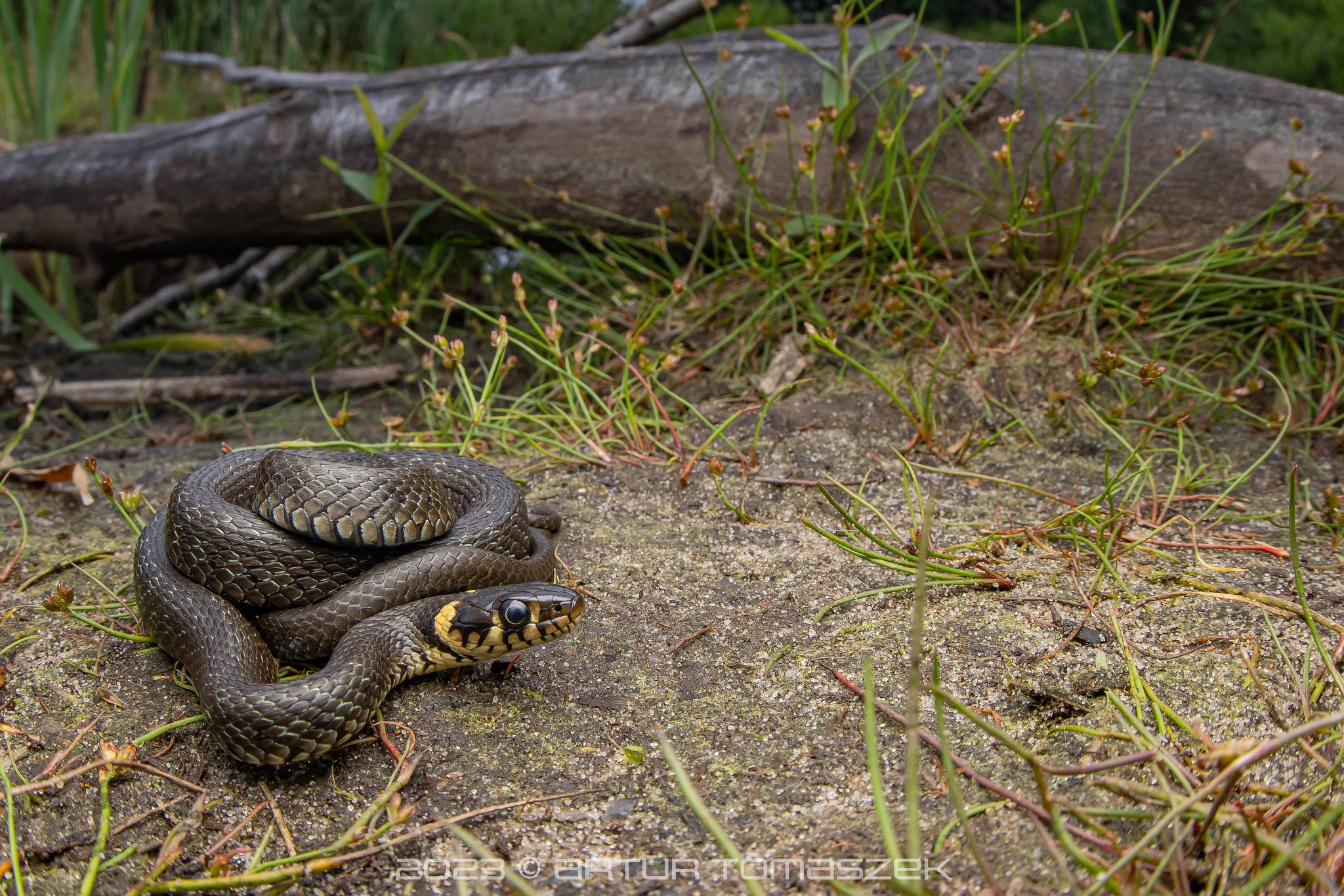
The adder (Vipera berus), pl. żmija zygzakowata, also made her appearance. We usually find them near Artur’s place which was massively overgrown this summer, making it difficult to explore; seeing vipers is much easier in spring, when they tend to come out to warm up in the sun and since the grass isn’t that tall yet, they can be easily spotted.

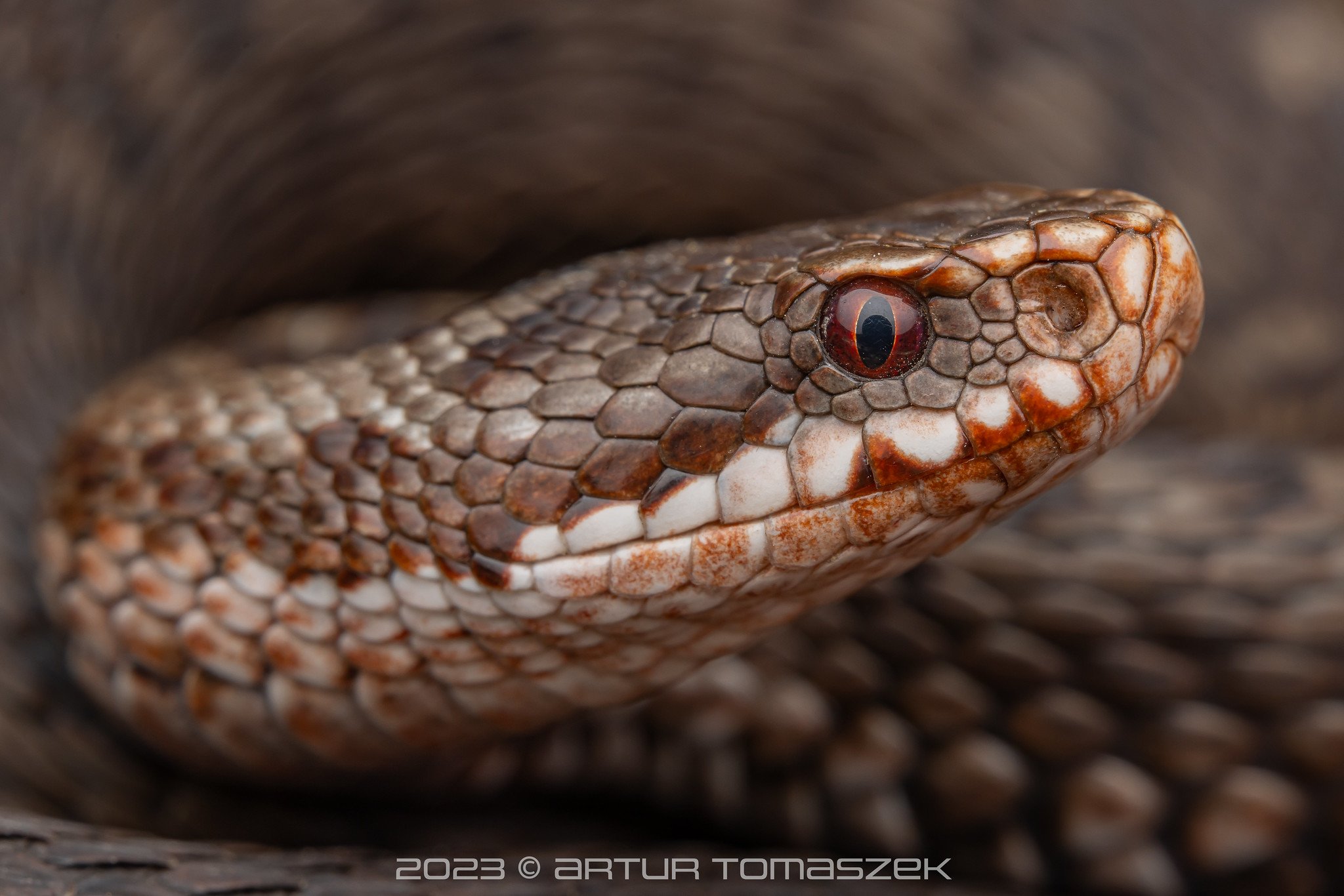
Artur was very excited to find both Bombina species - the European fire-bellied toad, Bombina bombina (first photo below, pl. kumak nizinny) and the yellow-bellied toad, Bombina variegata (second photo below, pl. kumak górski). Both species have lovely bellies and they enjoy bathing in puddles.
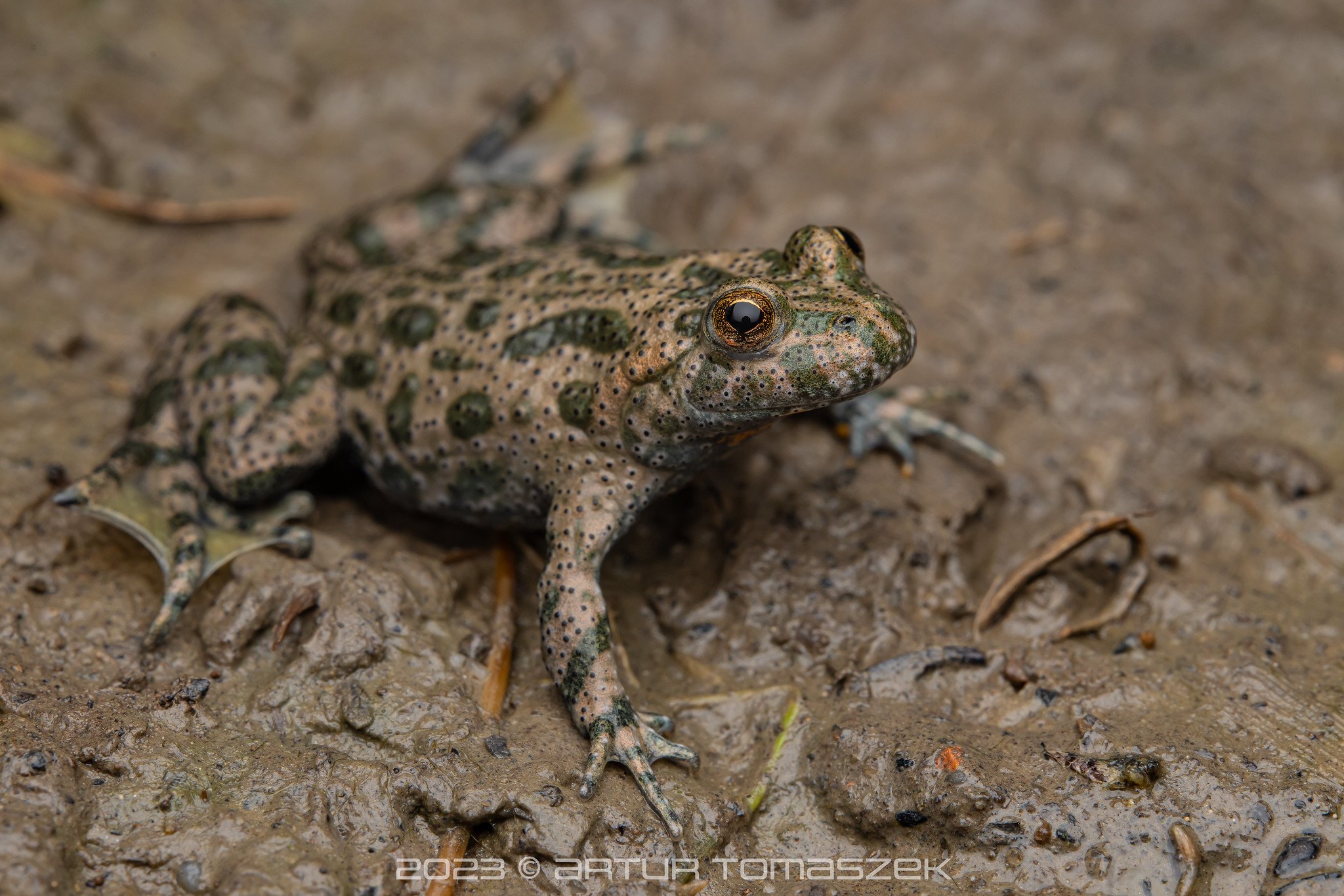
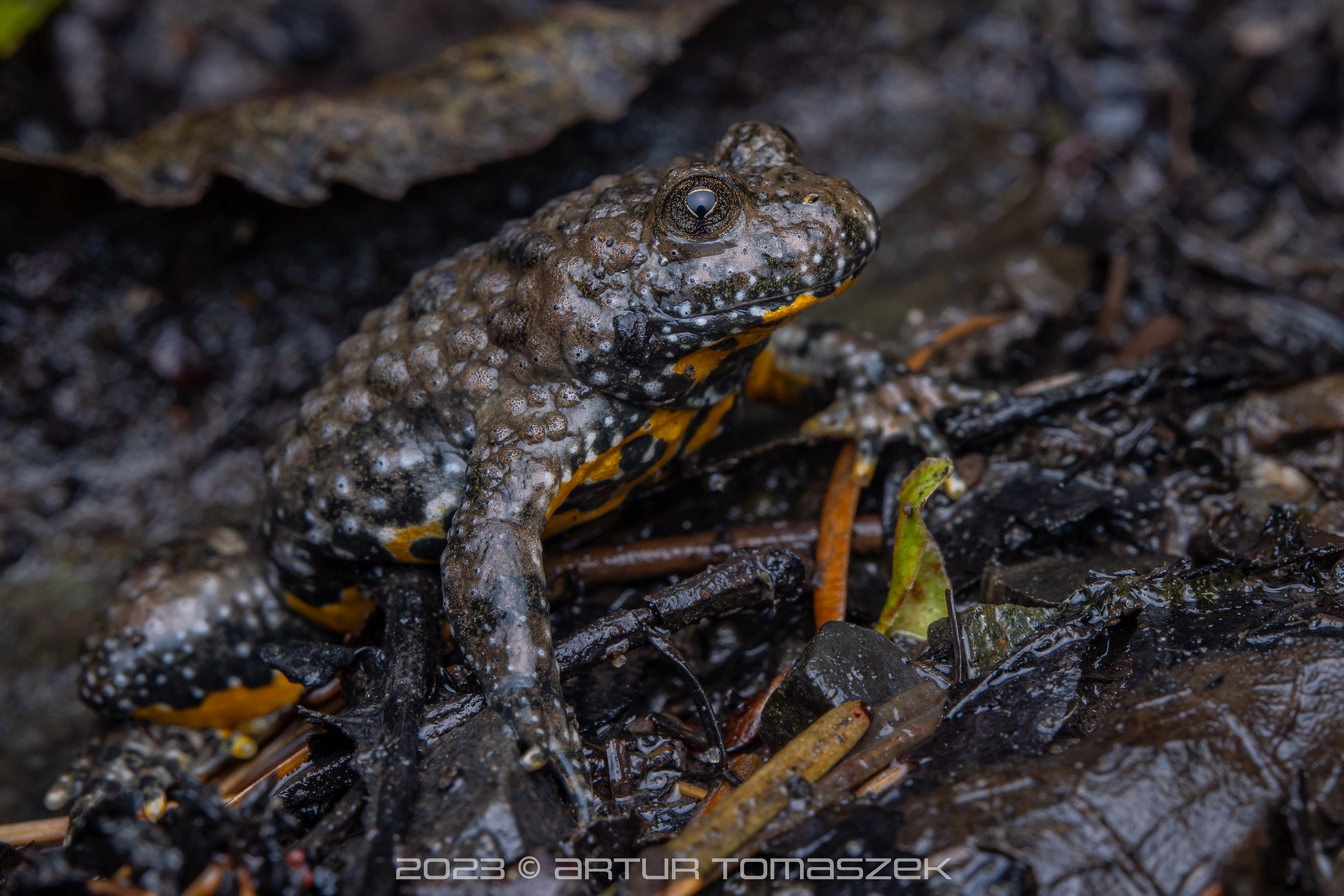
We also bumped into sand lizards (Lacerta agilis), pl. jaszczurka zwinka and viviparous lizards (Zootoca vivipara), pl. jaszczurka żyworodna, both relatively common in Poland.
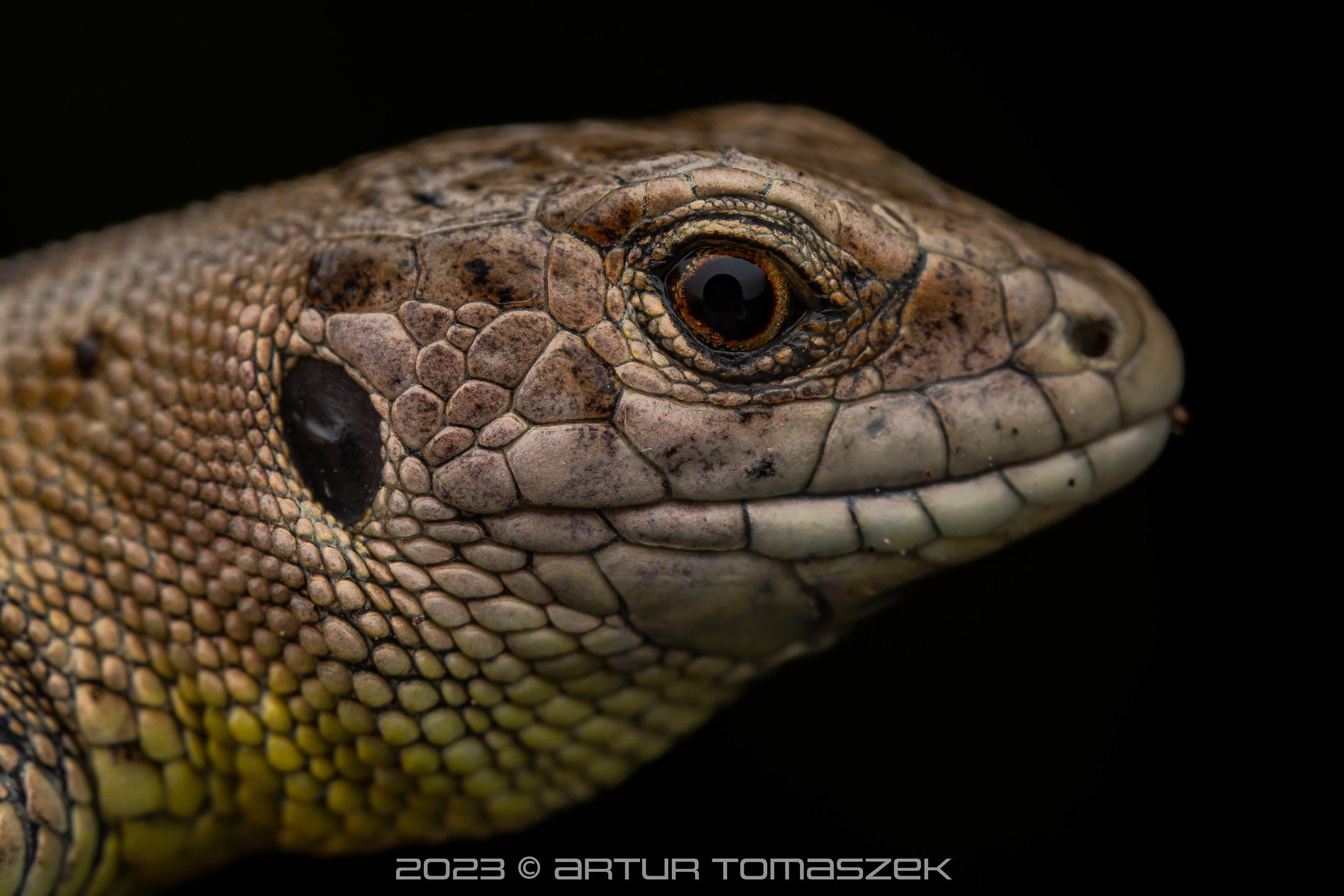
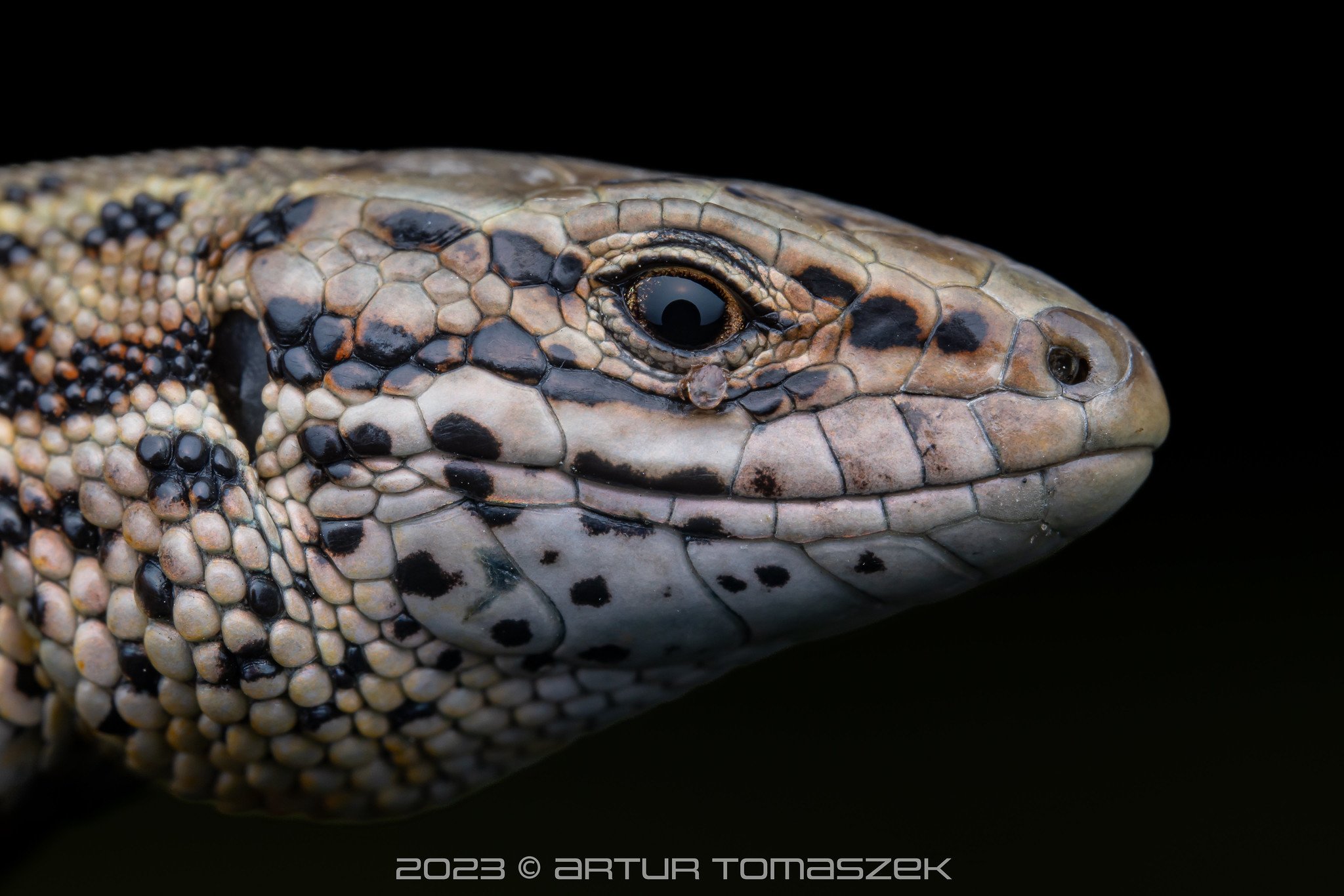
While exploring different areas at different times of the day (also through trail cameras - see the beaver video), we often had a chance to observe mammals and birds.
In the gallery below: striped field mouse (Apodemus agrarius, pl. myszarka polna) - mute swan (Cygnus olor, pl. łabędź niemy) - white stork (Ciconia ciconia, pl. bocian biały) - red fox (Vulpes vulpes, pl. lis rudy).
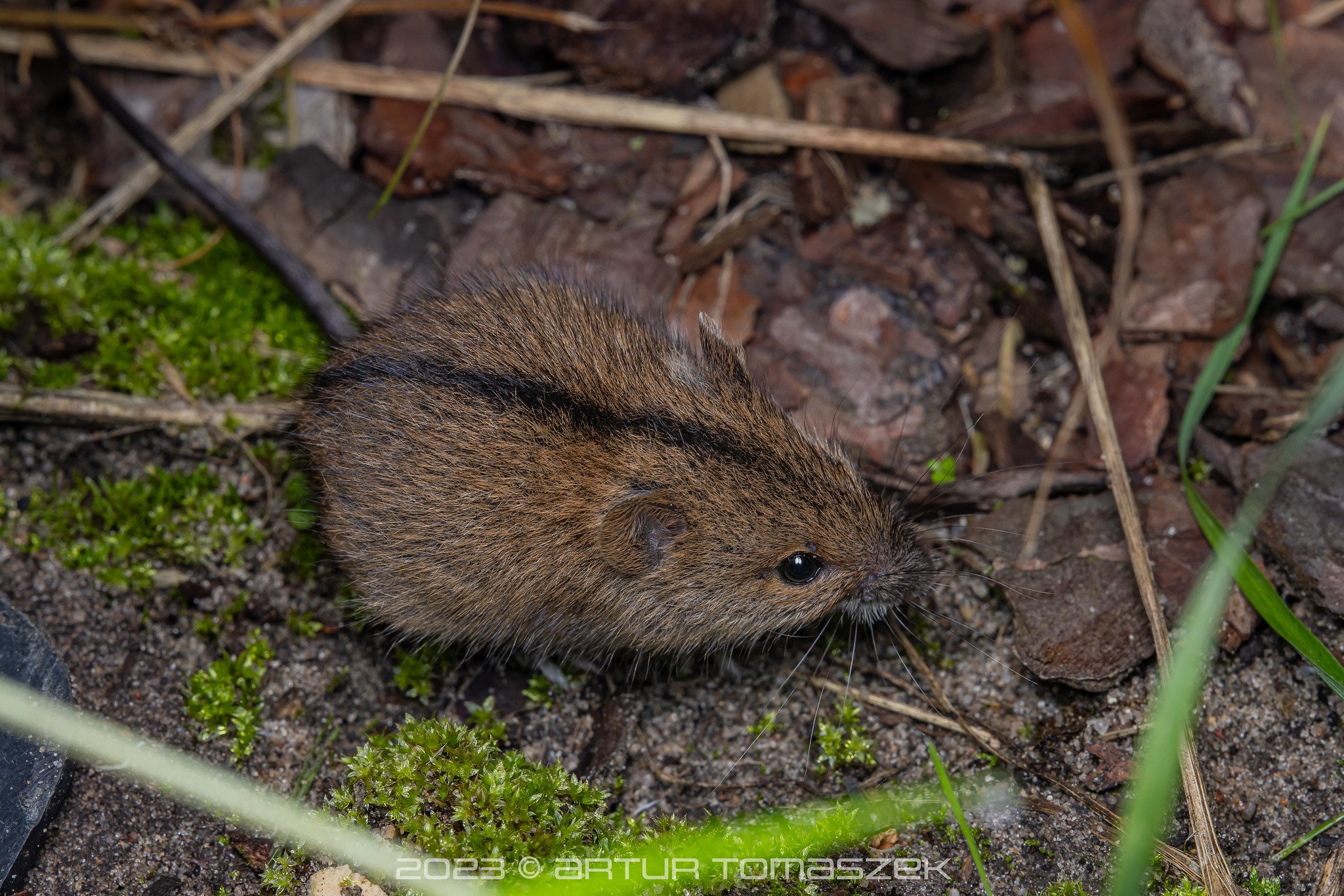
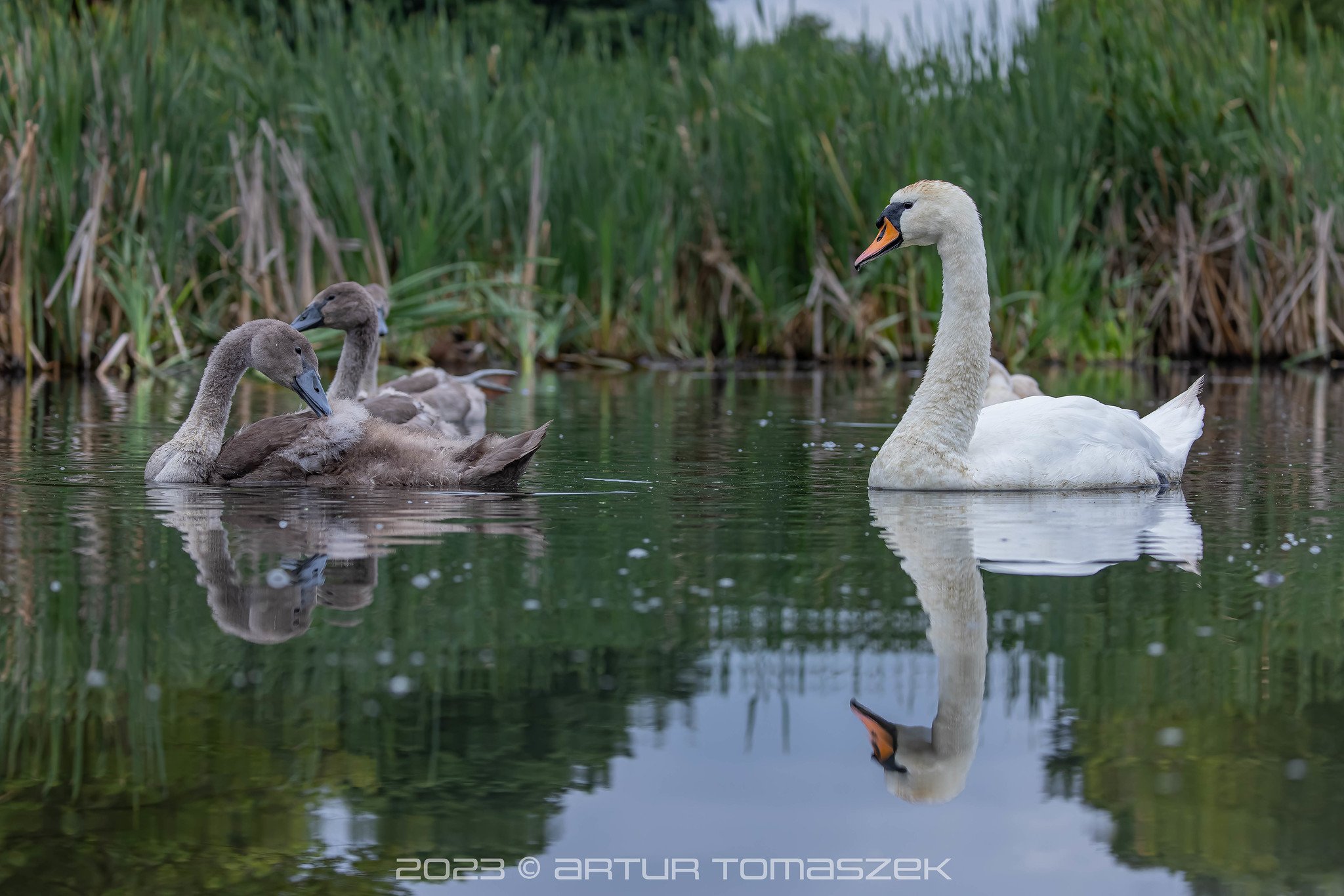
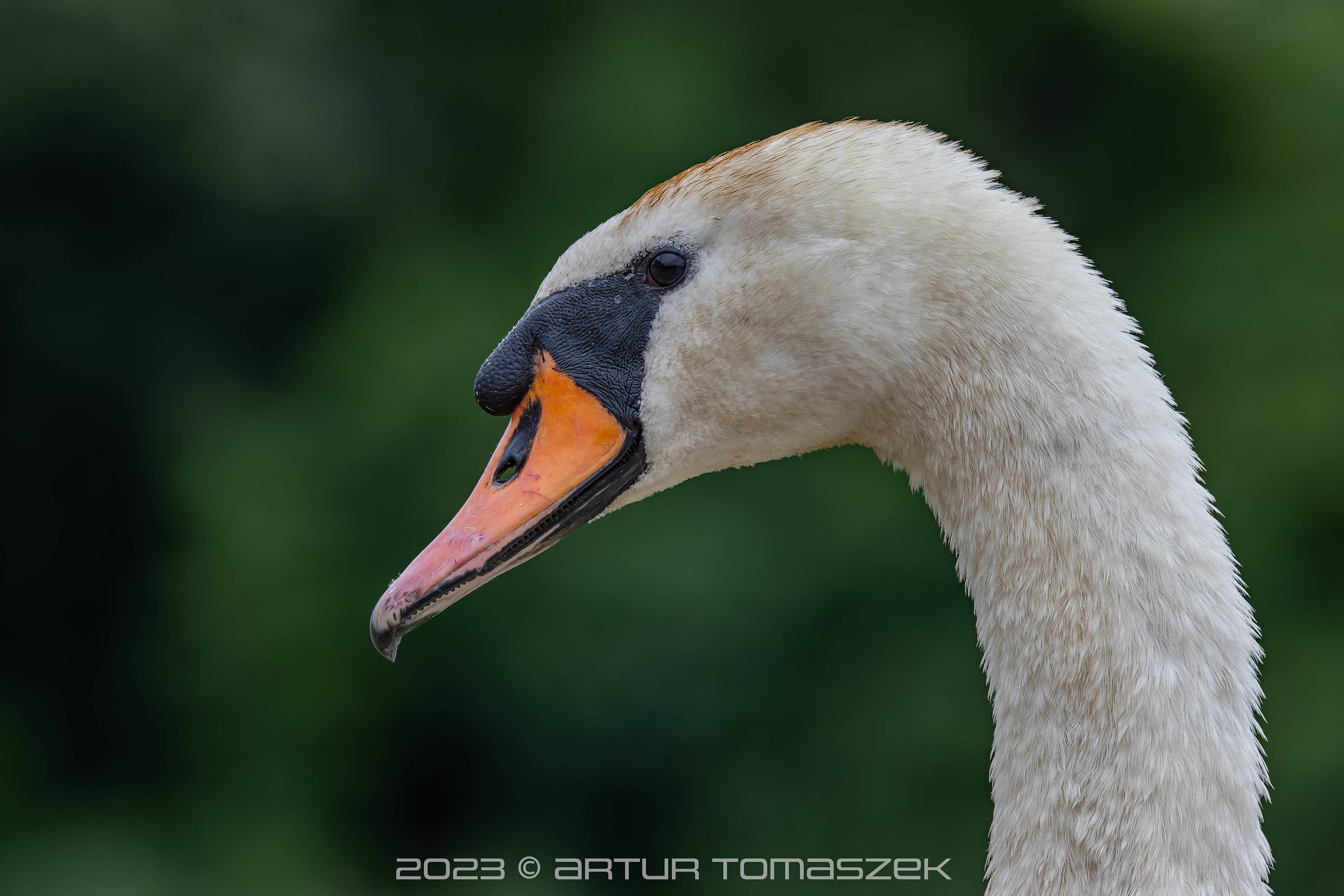
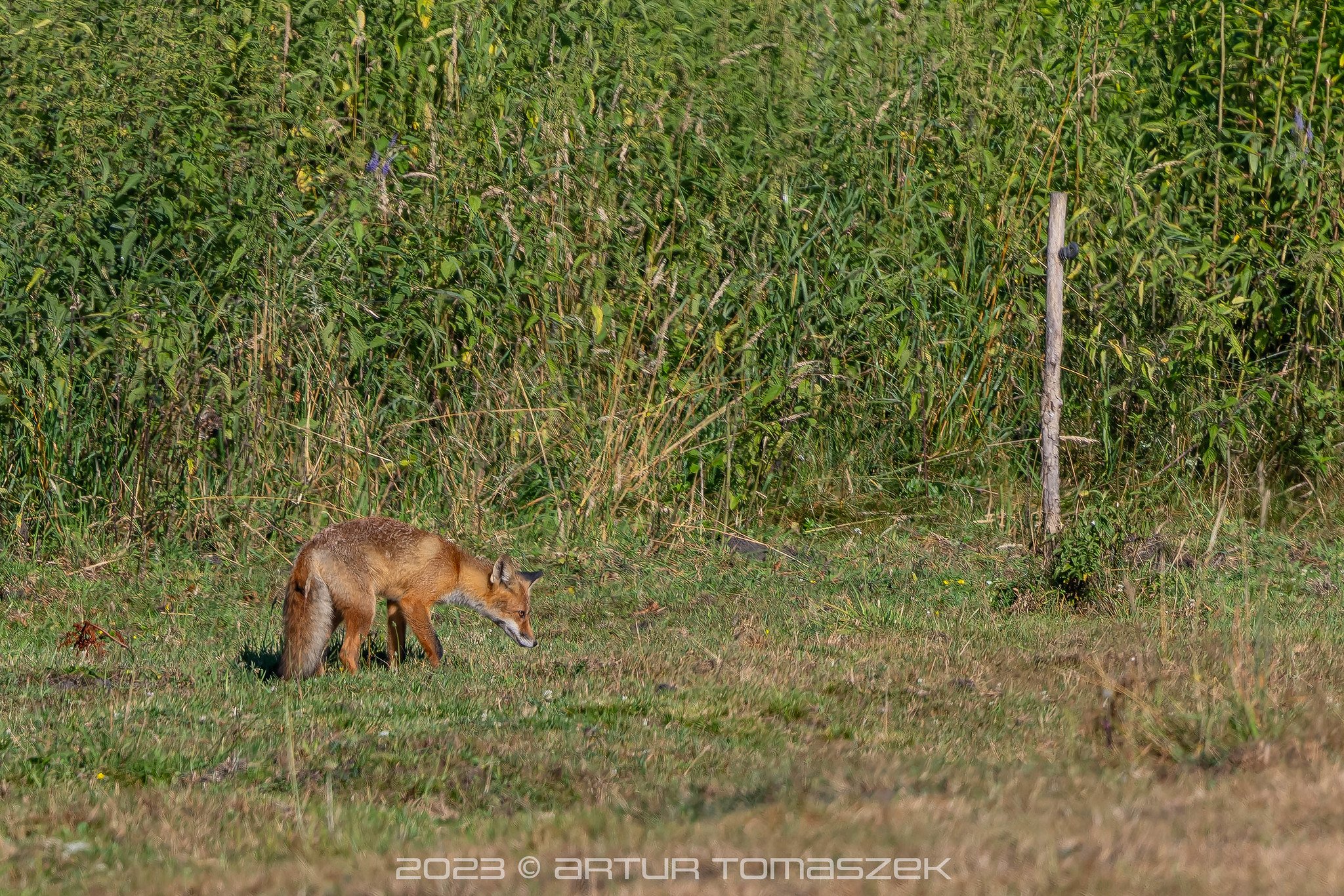
A stork assembly (pl. sejmik bociani) - when storks are getting ready to migrate, they start gathering in groups of even 50 individuals, which we call stork assemblies. They feed in large numbers on meadows, getting ready for the long journey from Poland to Africa. They usually leave around September and come back in spring. We saw two stork assemblies in early August - maybe a harsh winter is coming?
Eurasian beaver (Castor fiber, pl. bóbr europejski)
And then there were moths! Mother Nature granted us only a couple of warm, productive nights (late July and August in Poland are - or used to be, the times they are a-changin'! - known for hot days and a large temperature drop at night). And that was enough to see some wonderful critters! The gallery below includes both moths and butterflies.
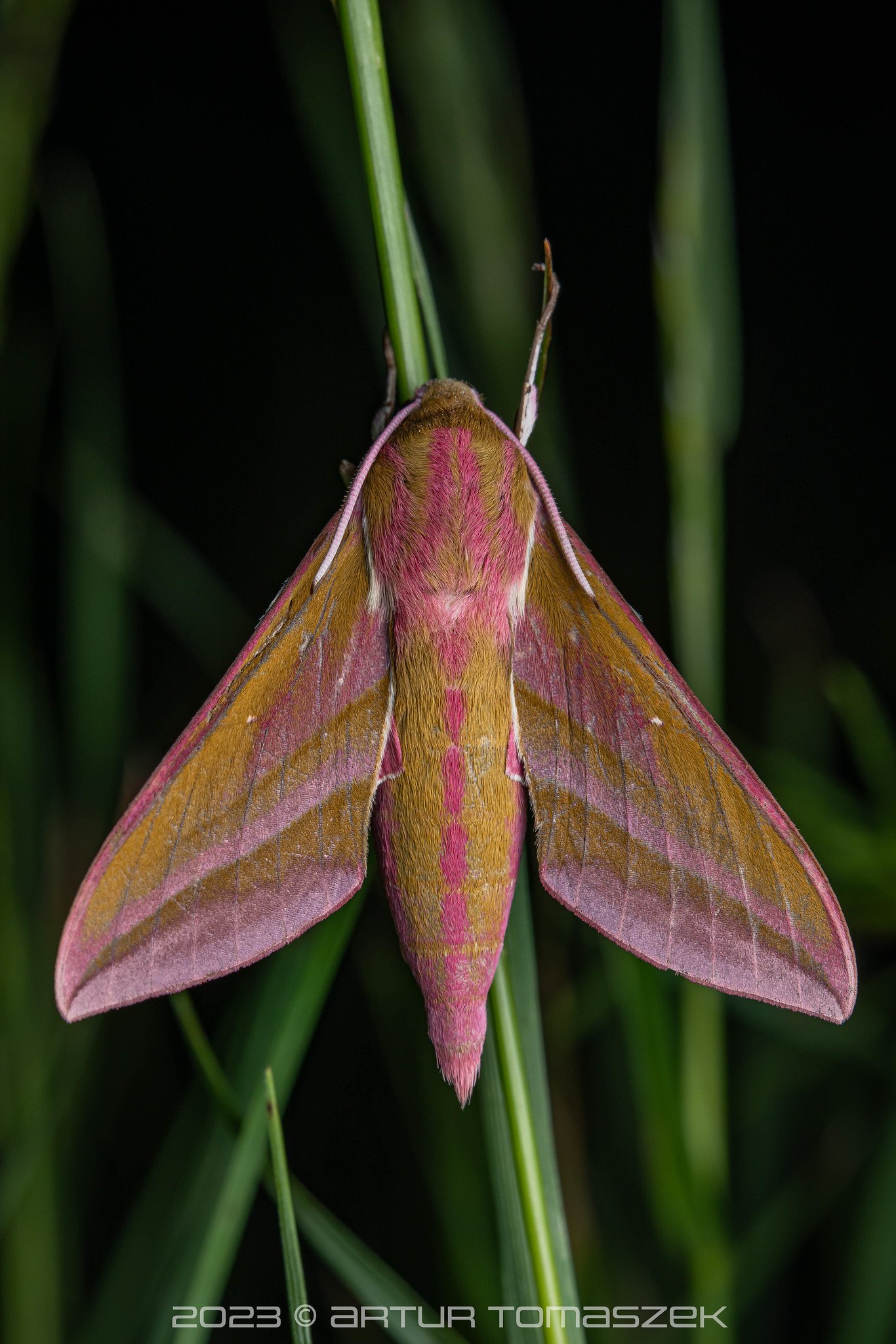
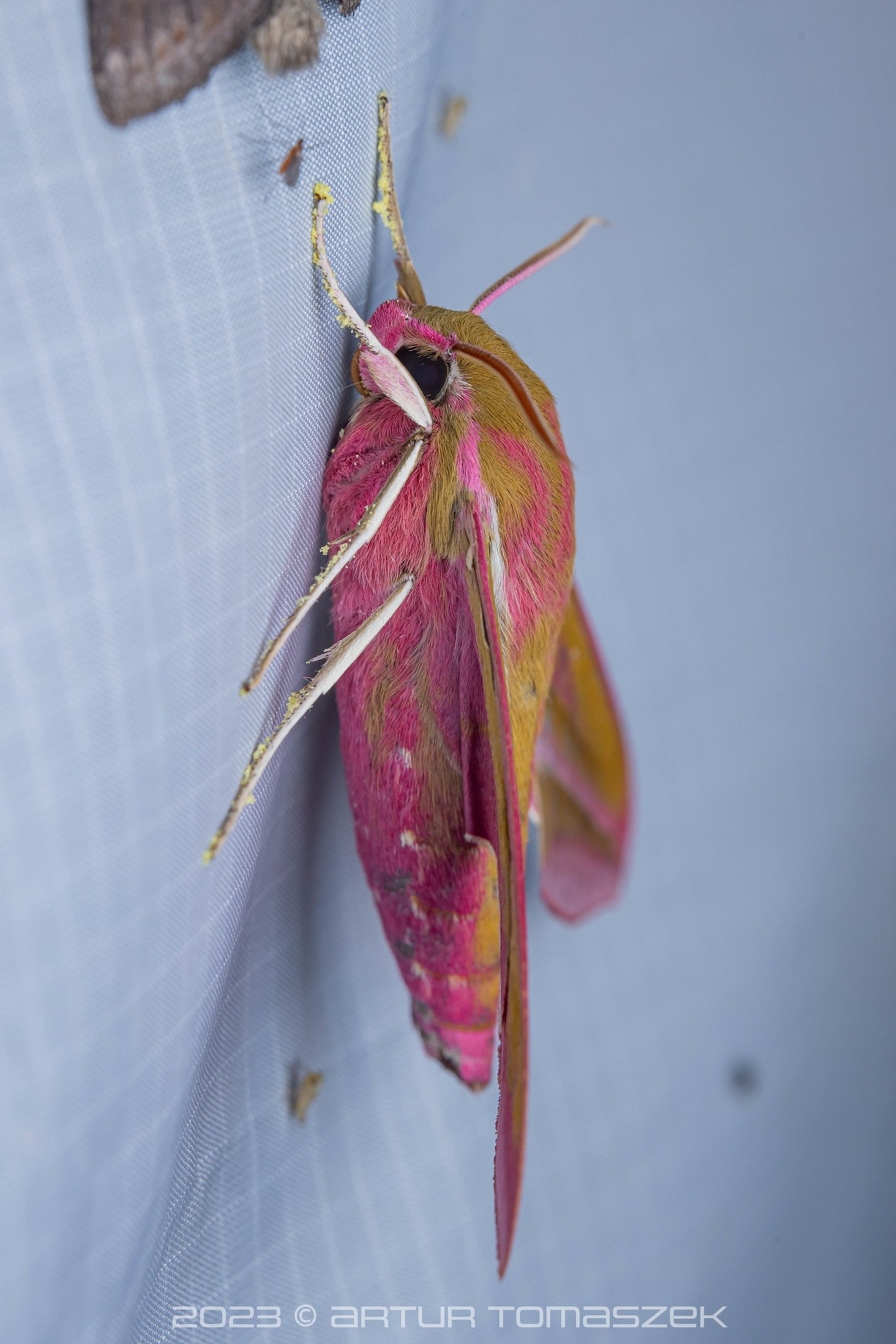

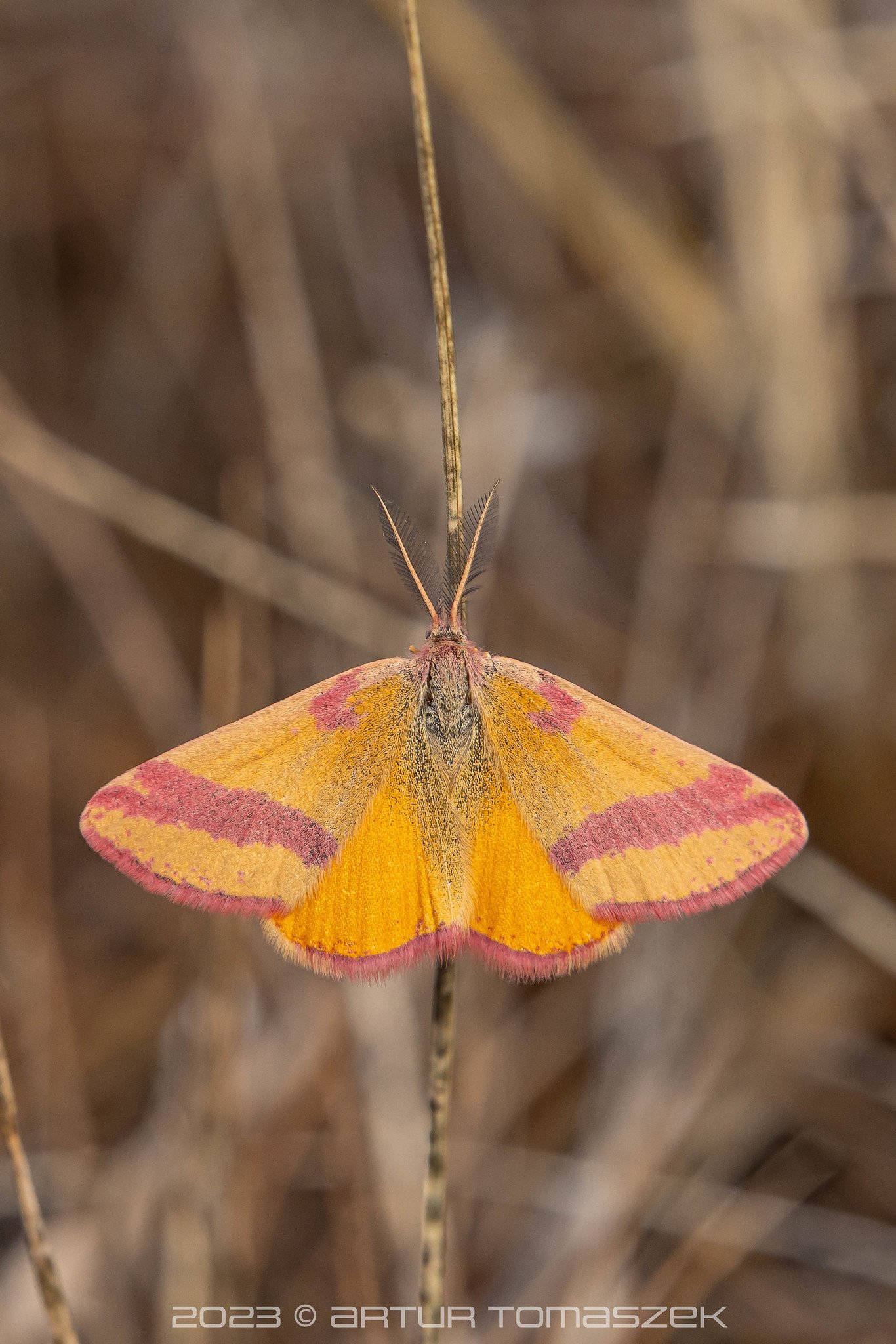
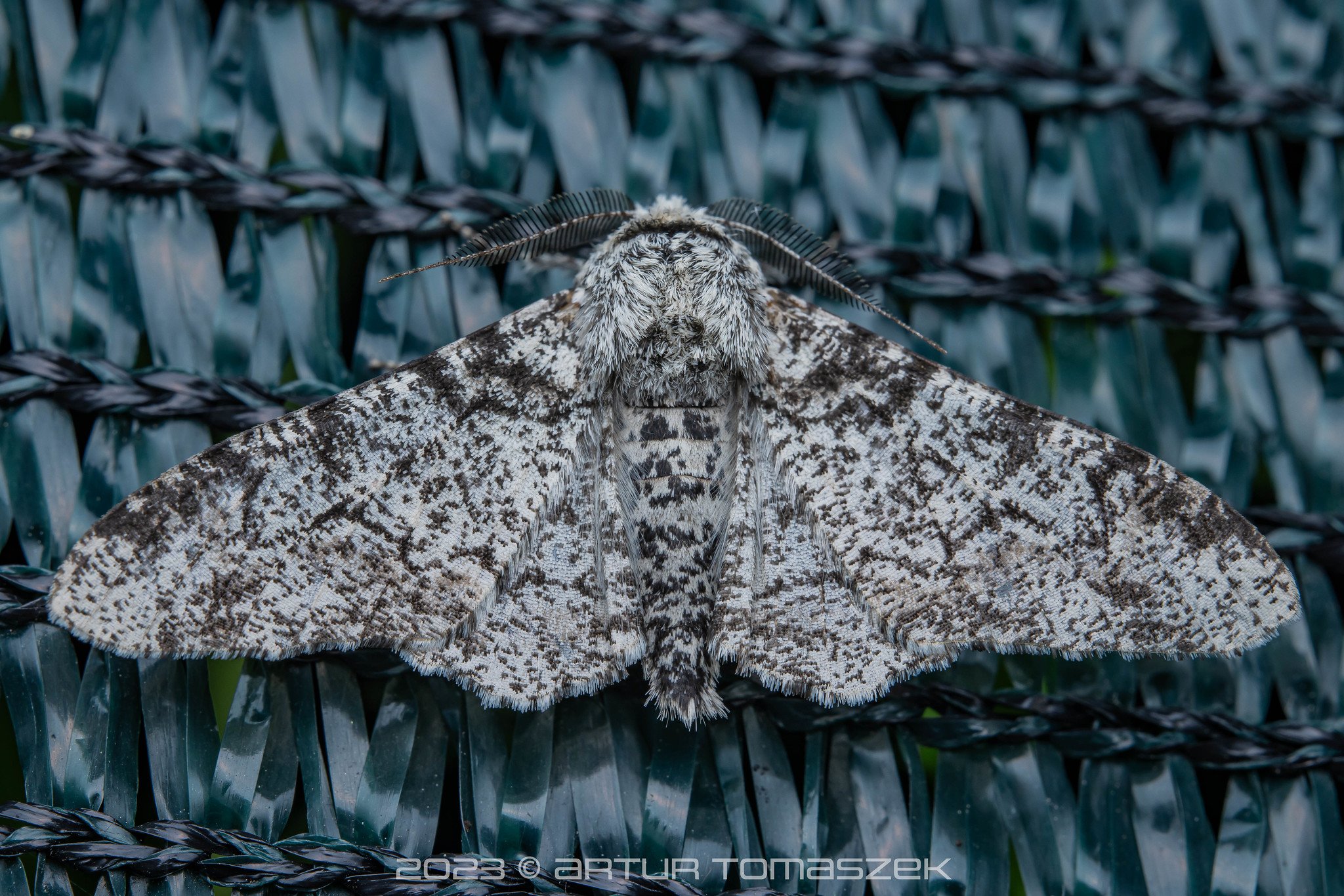
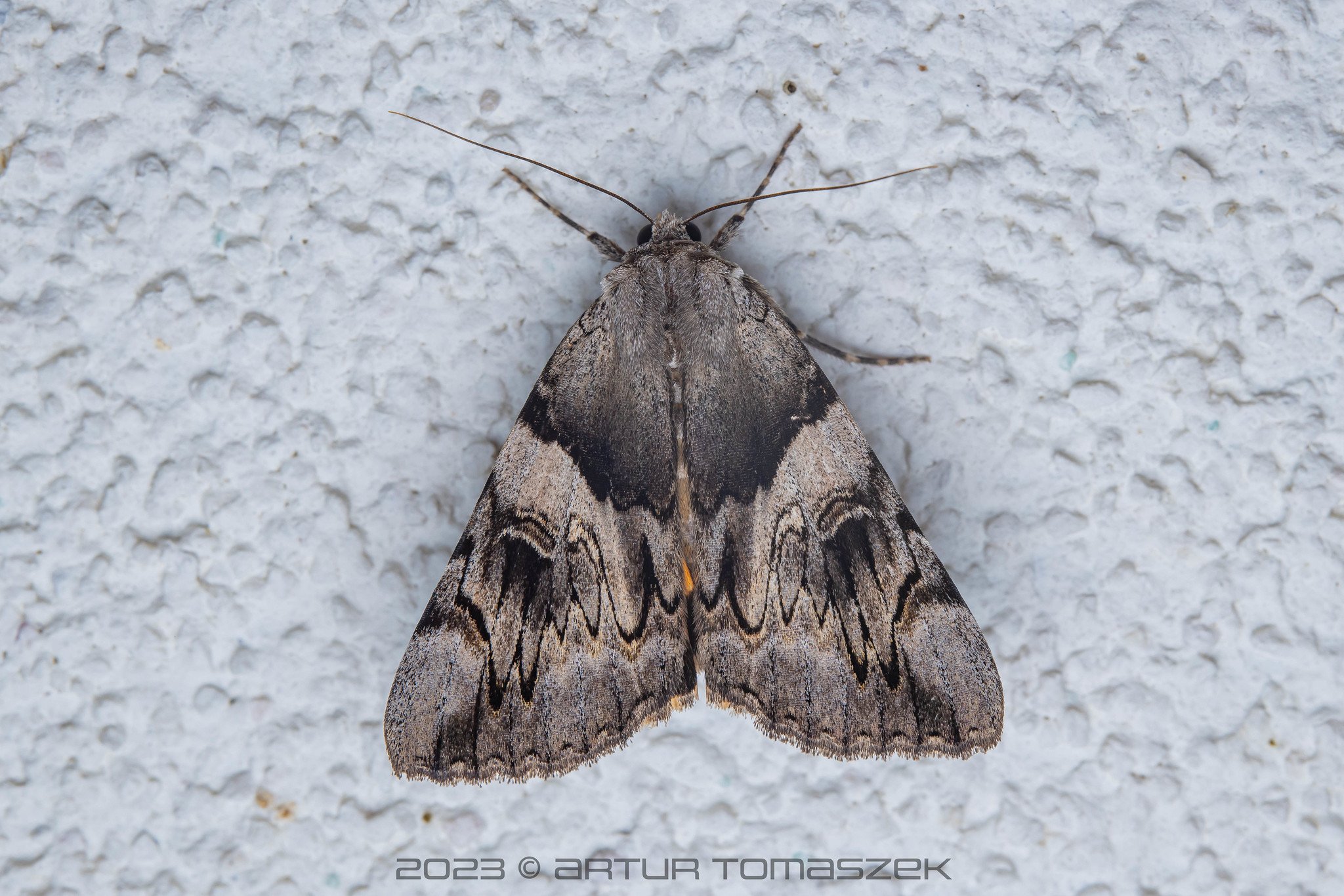

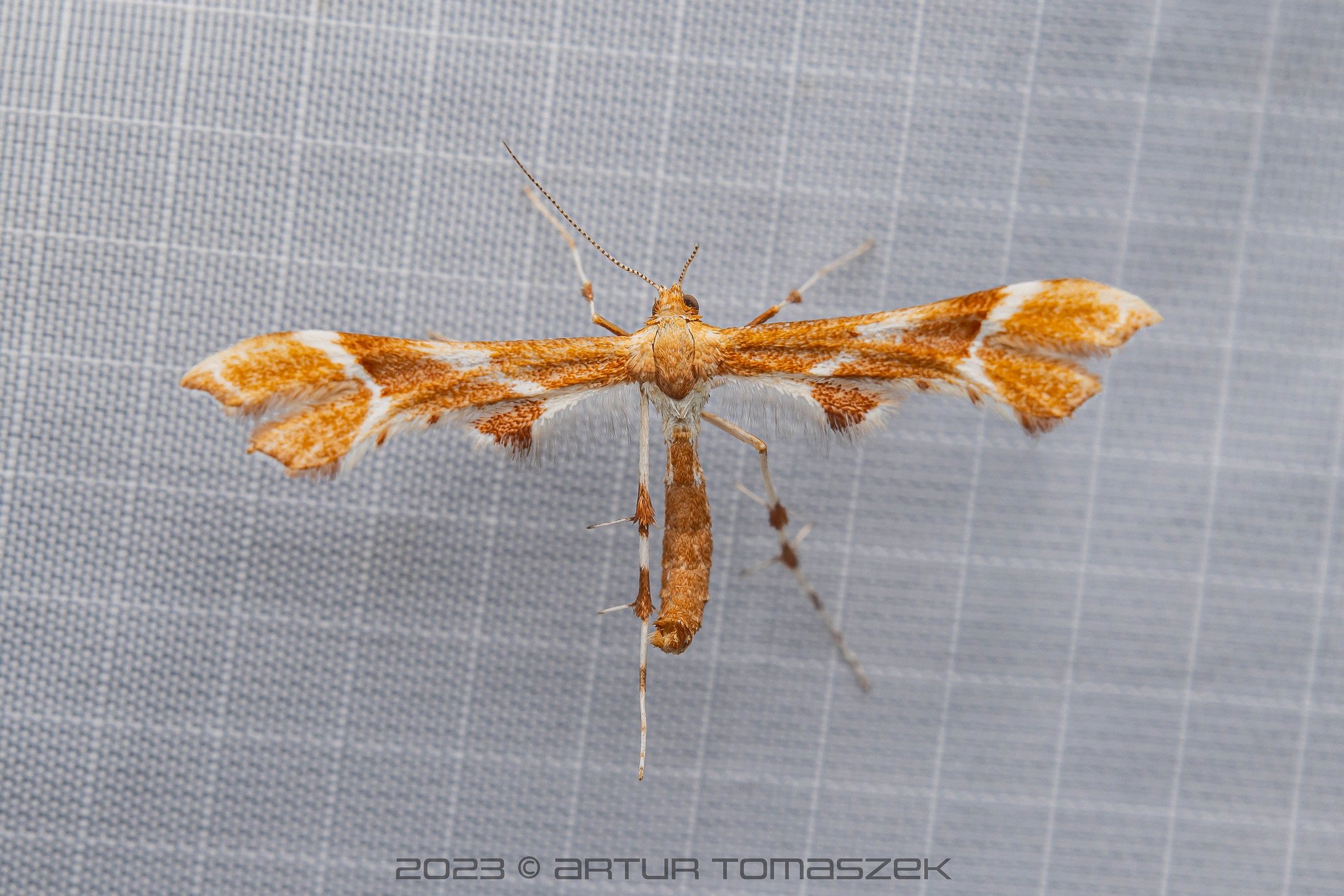
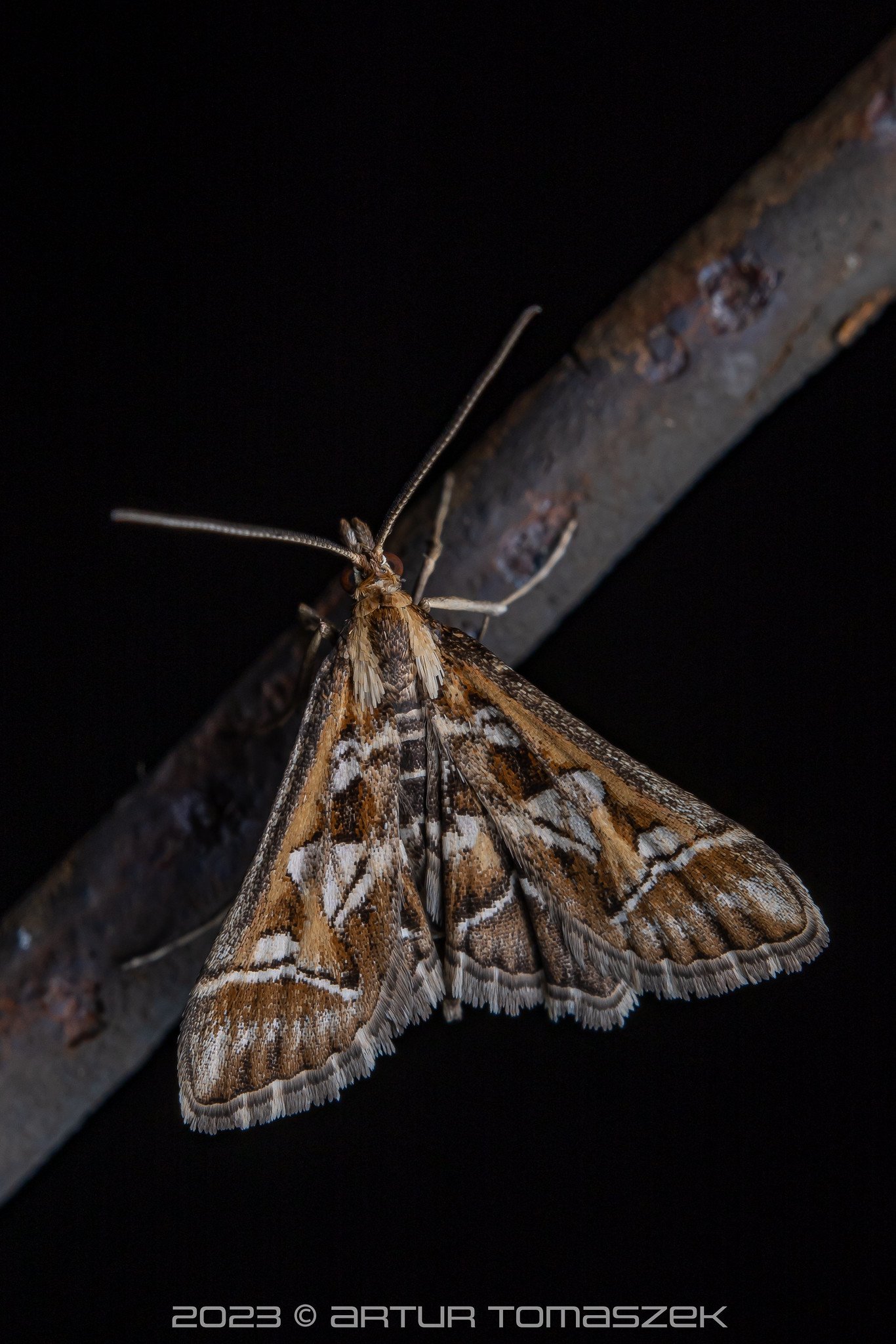
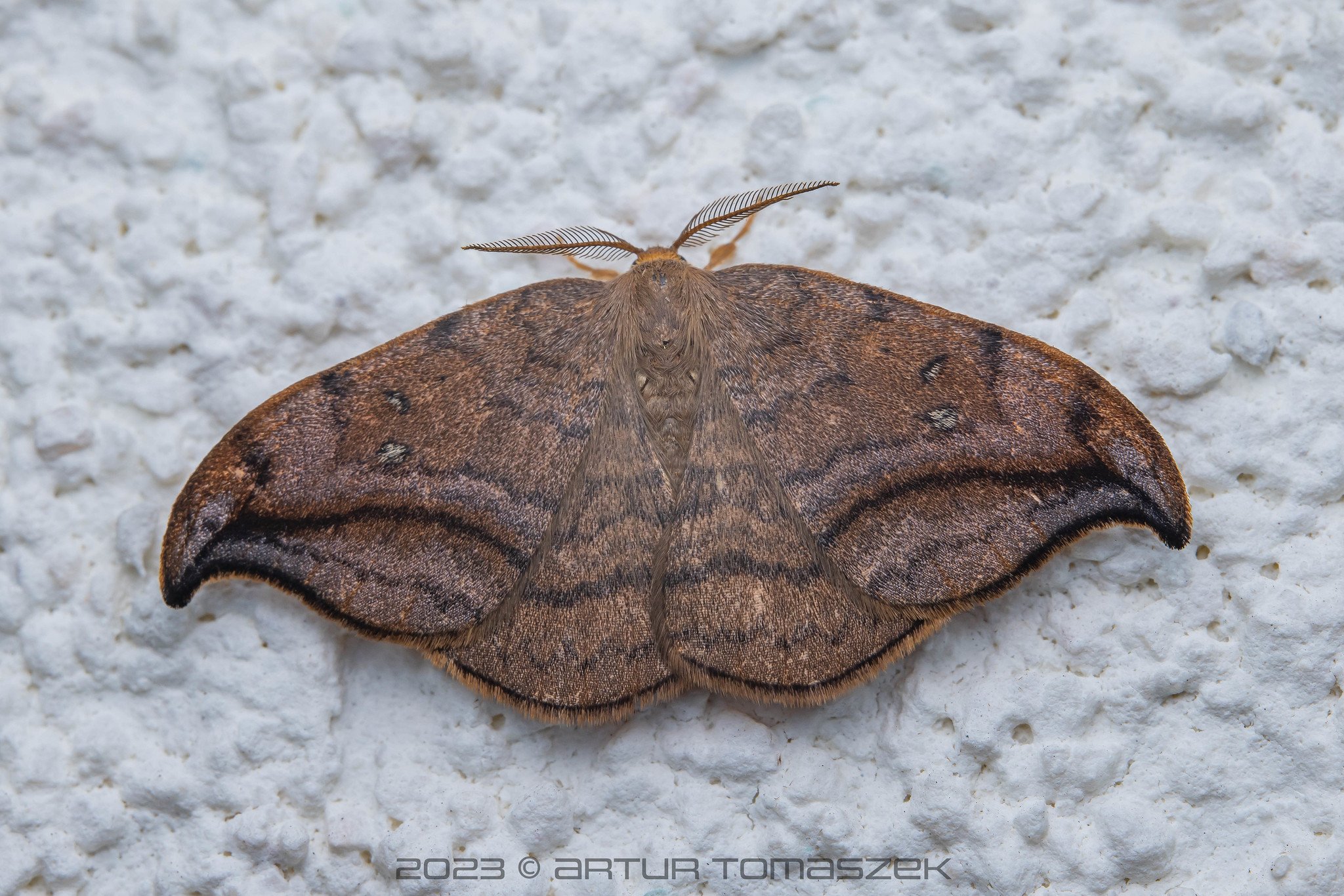
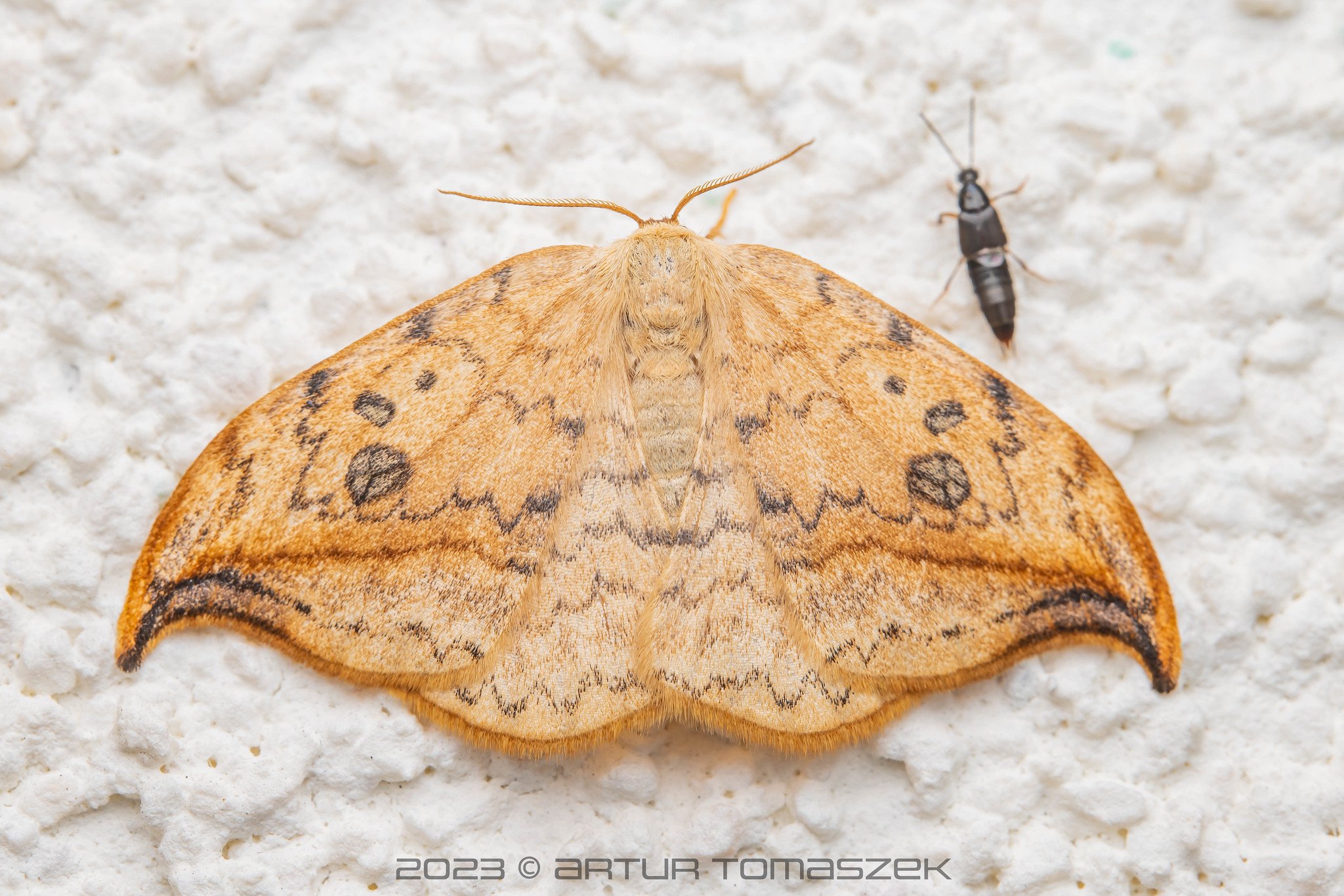
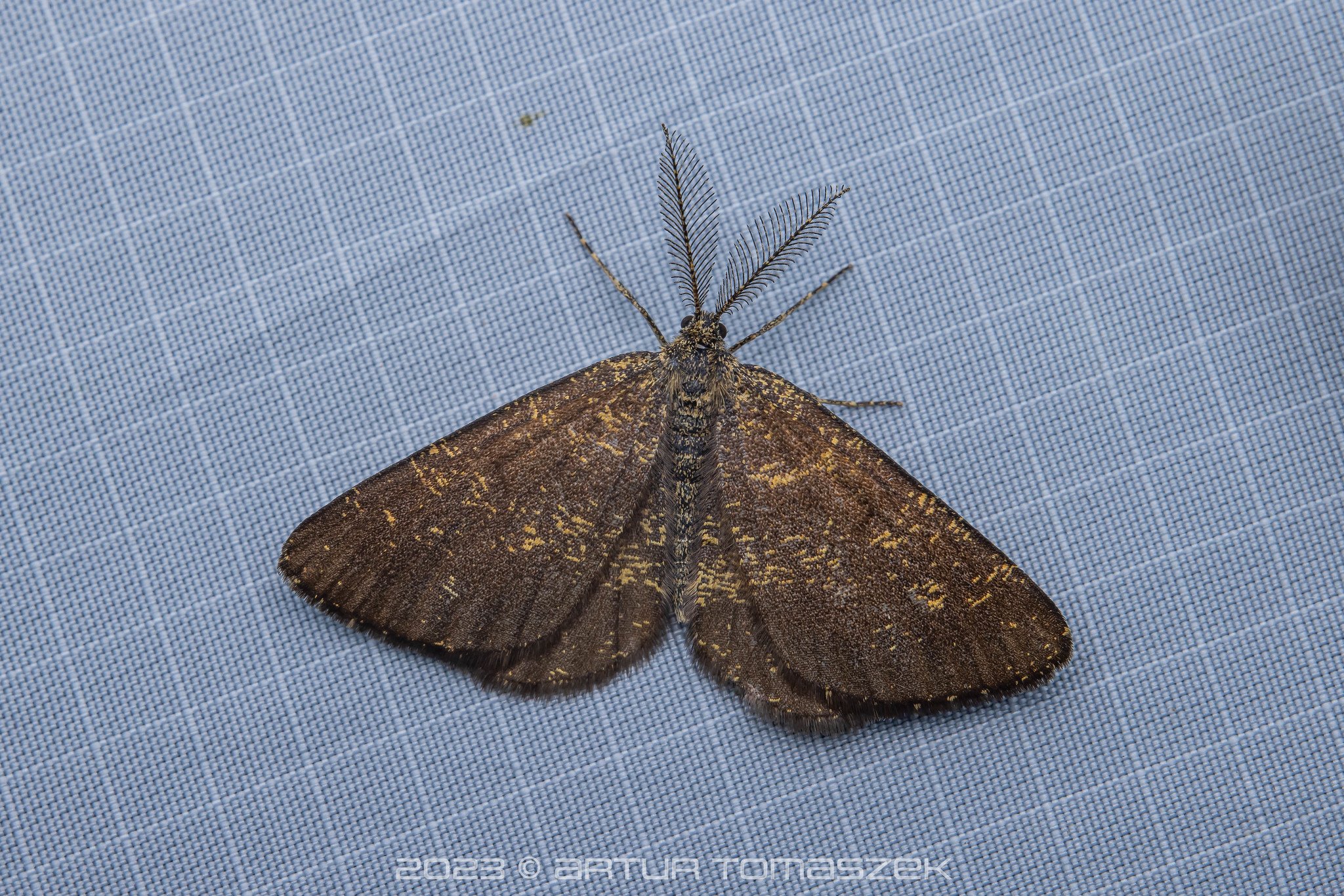
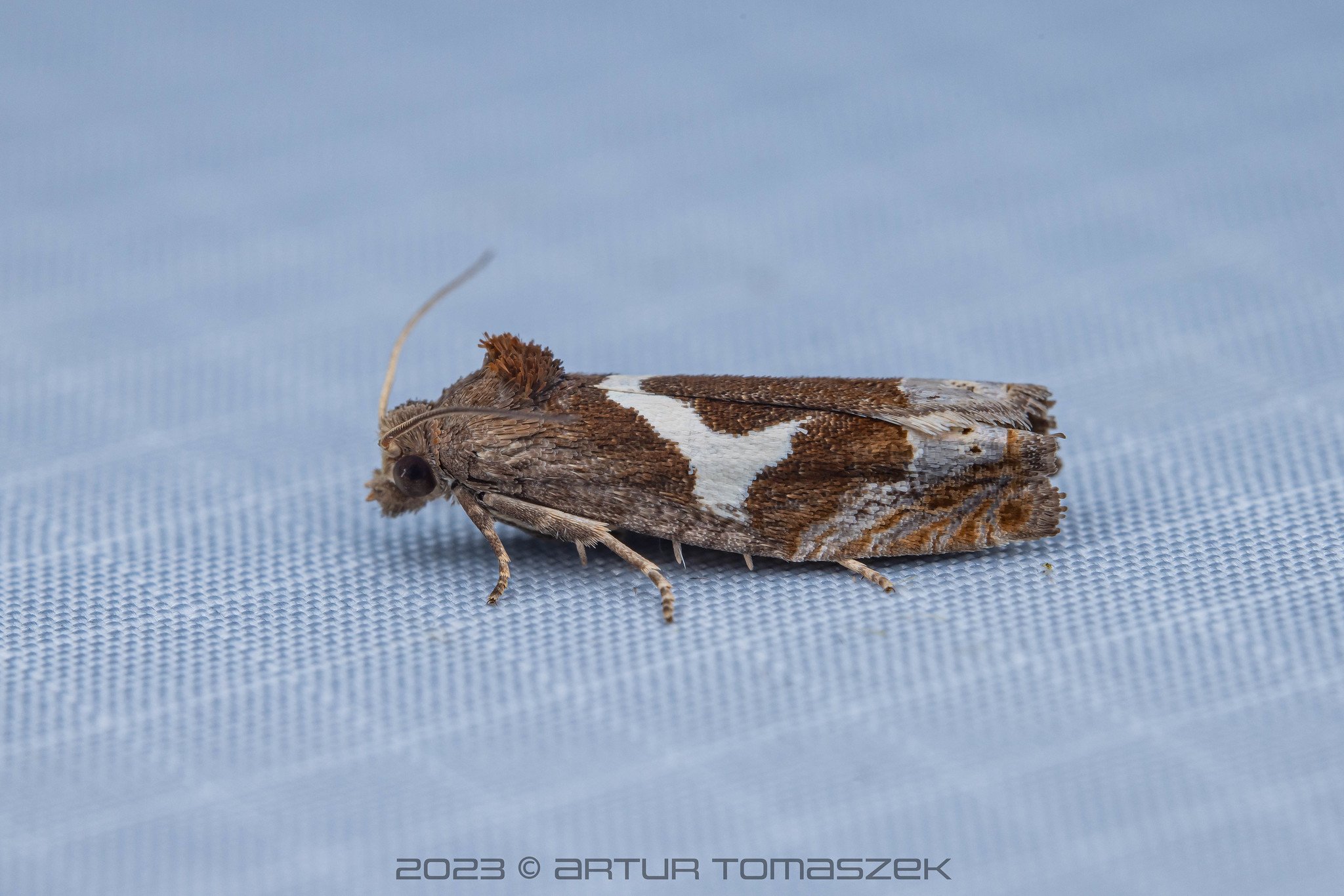
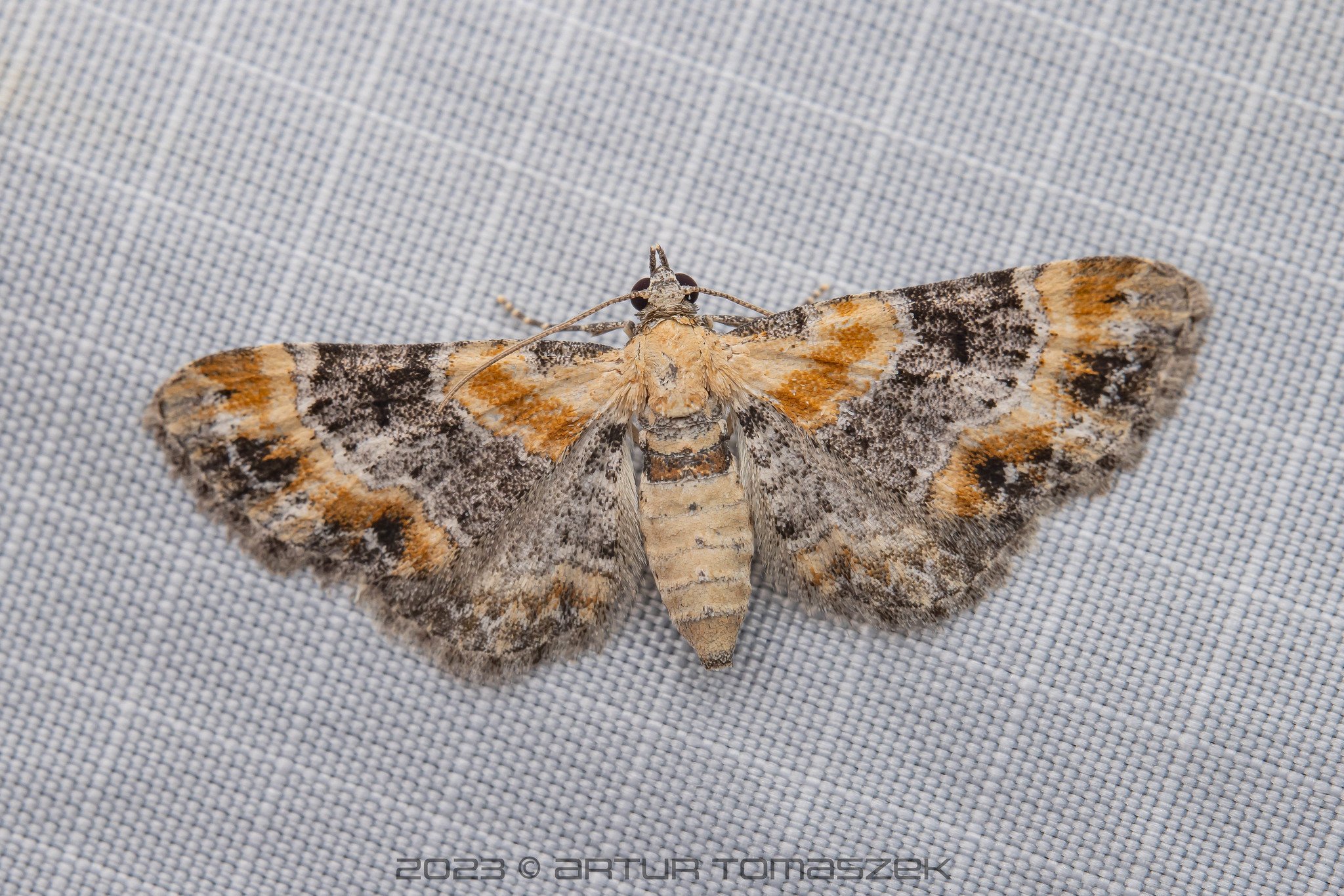
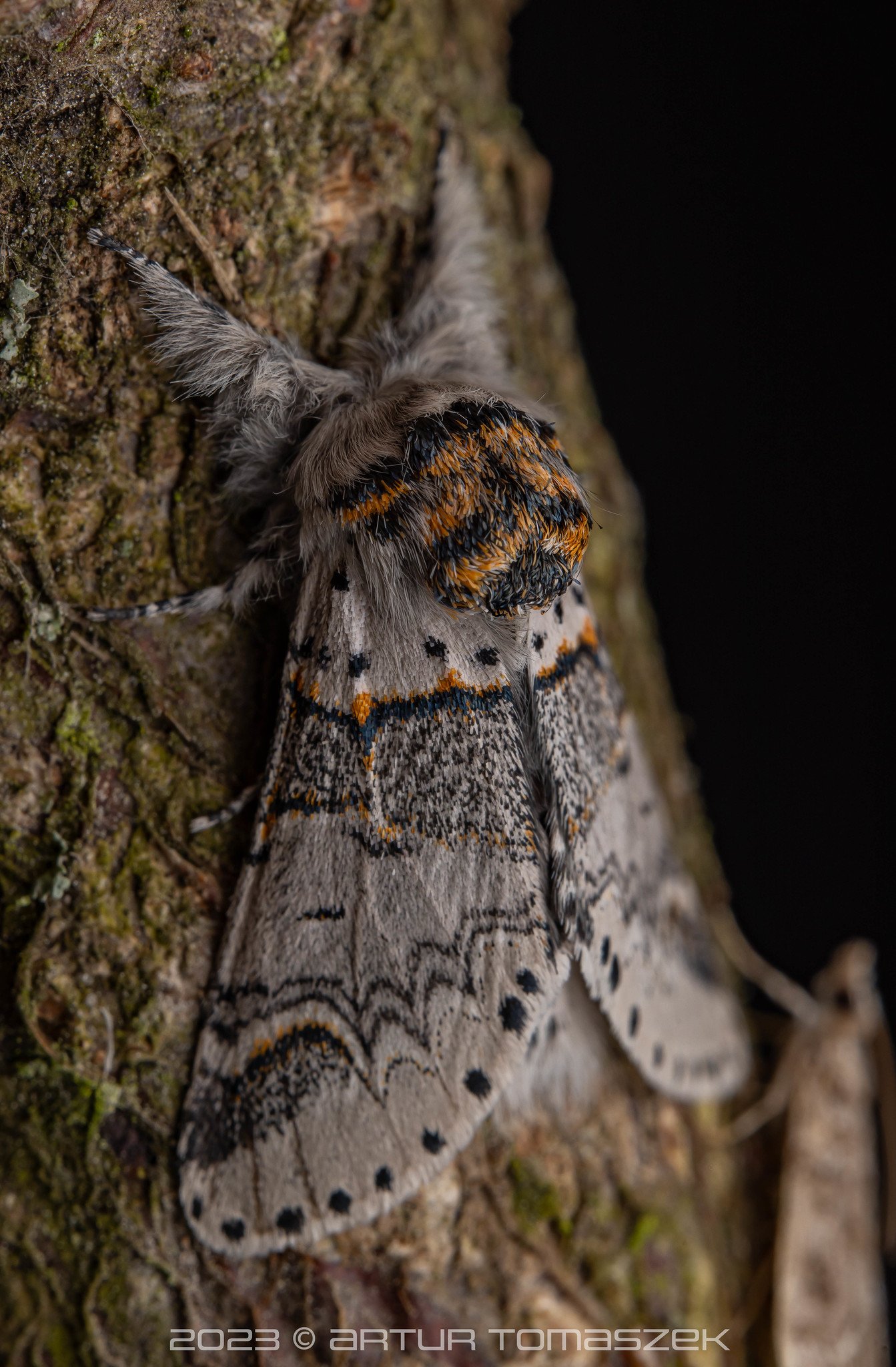
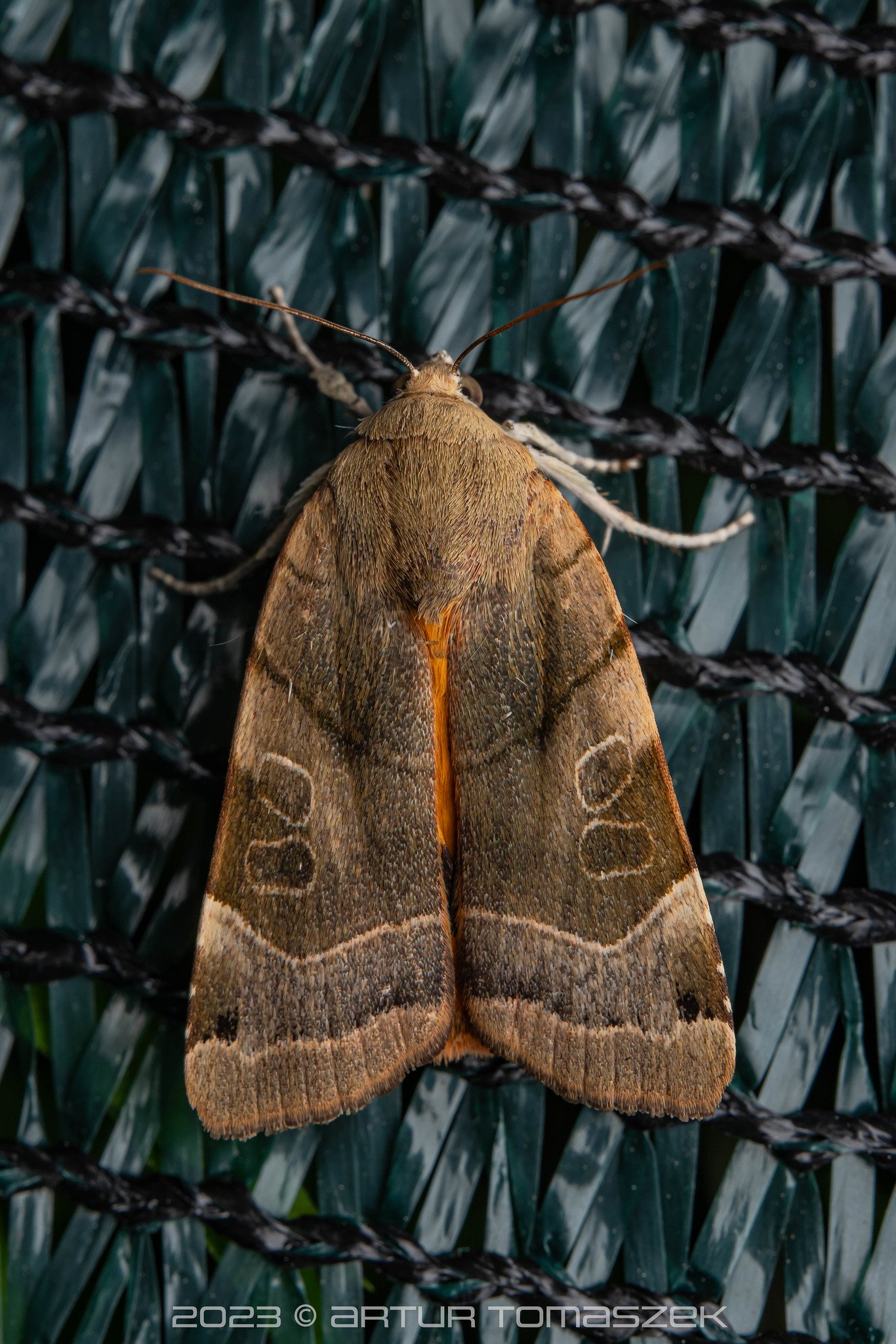

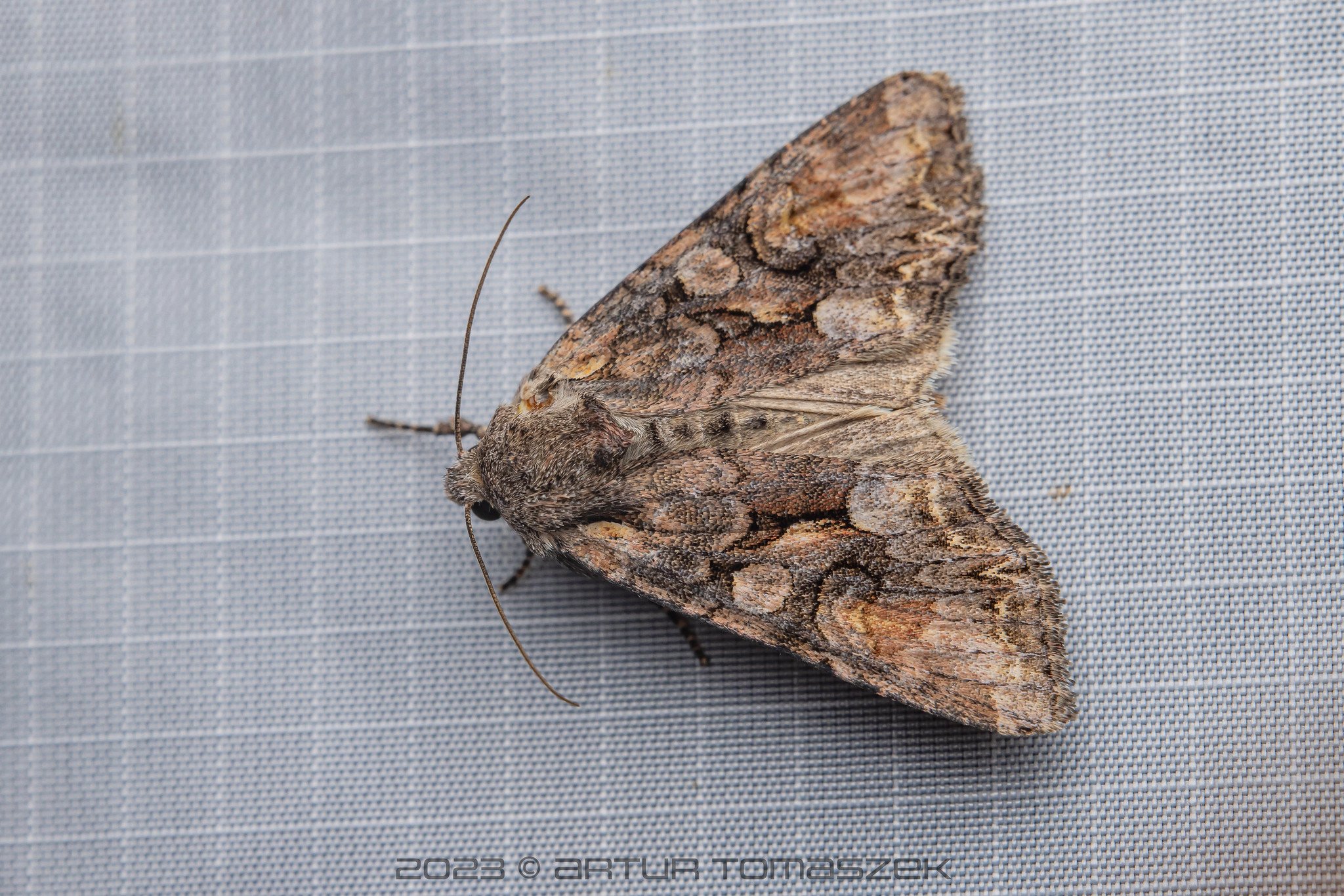
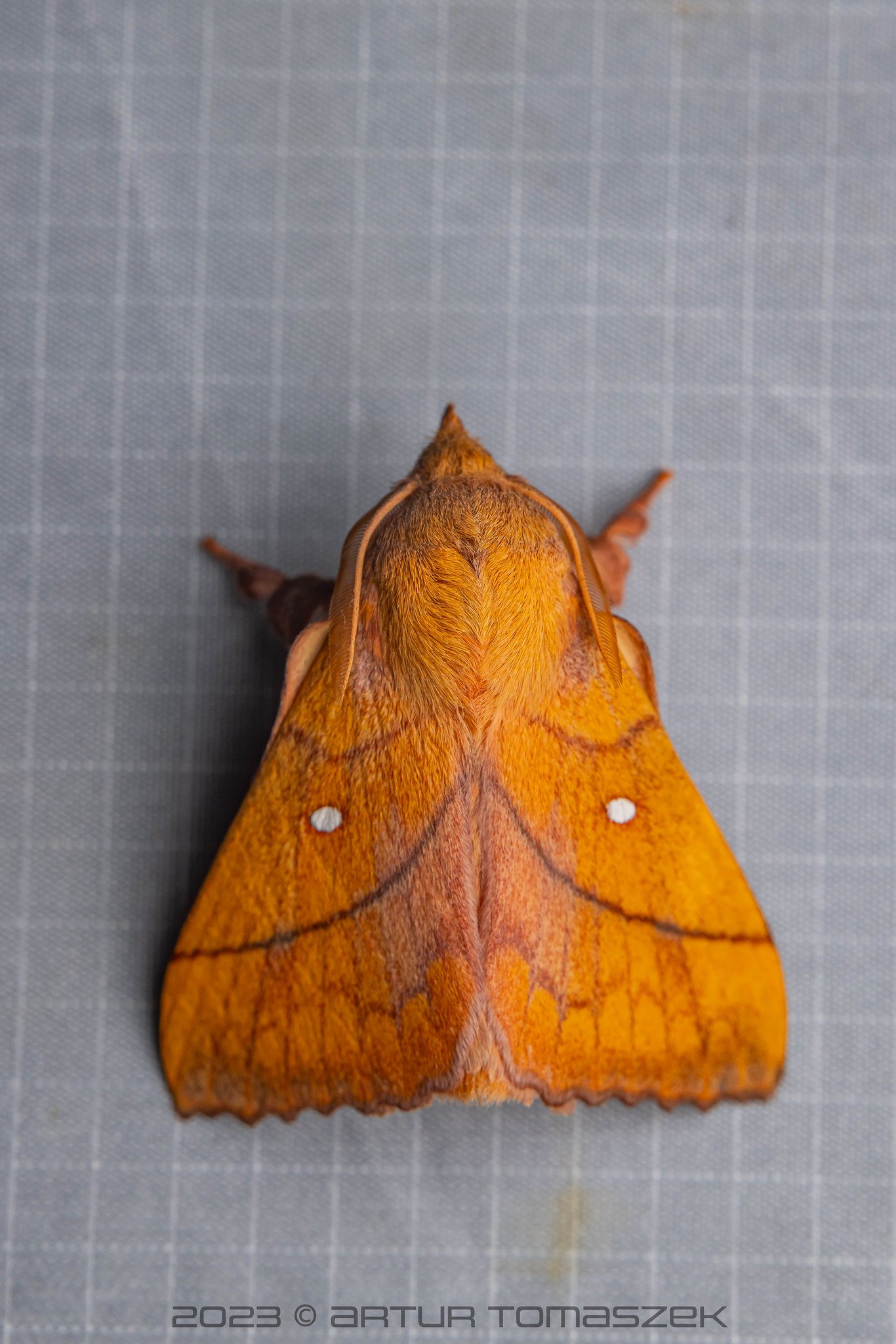
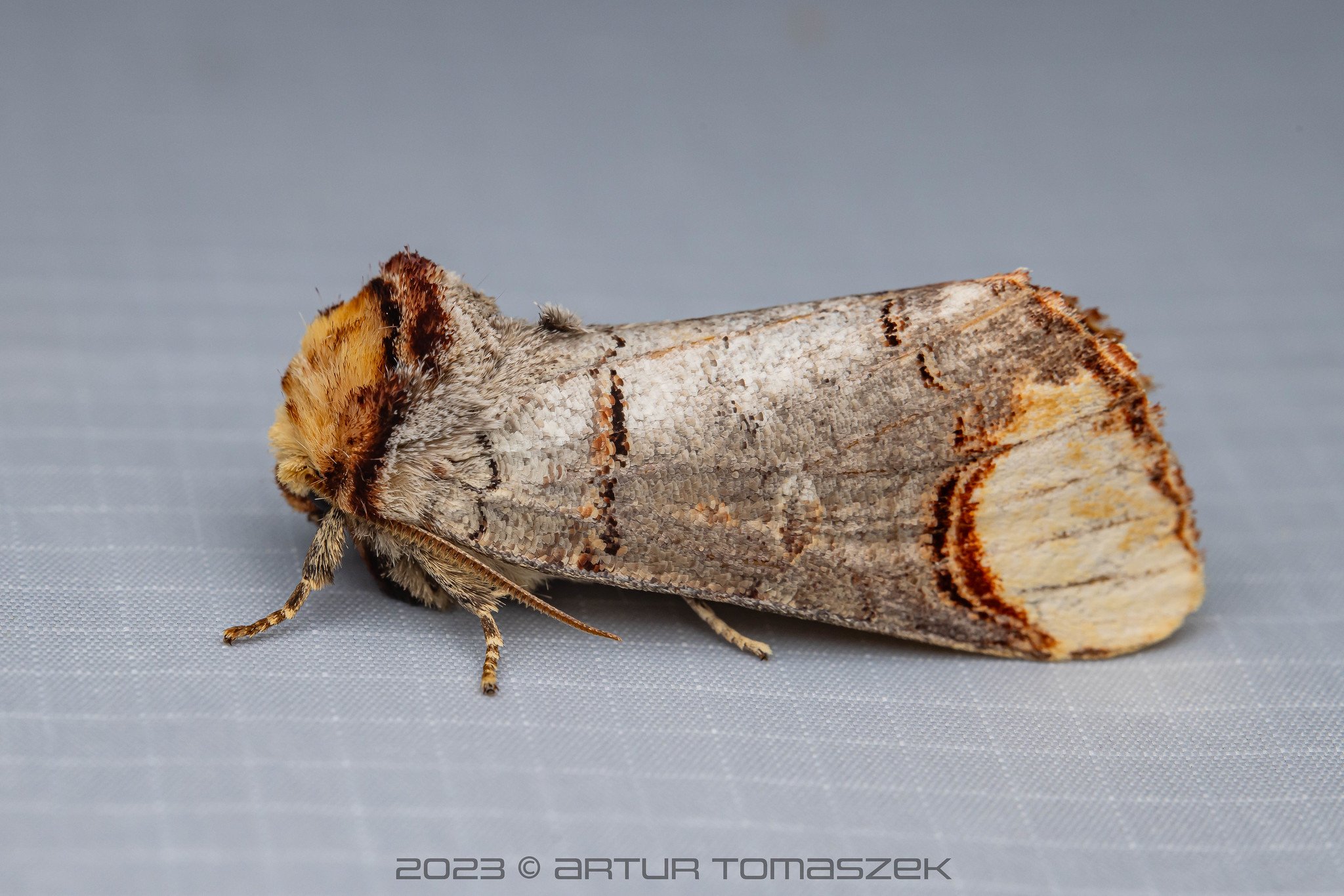
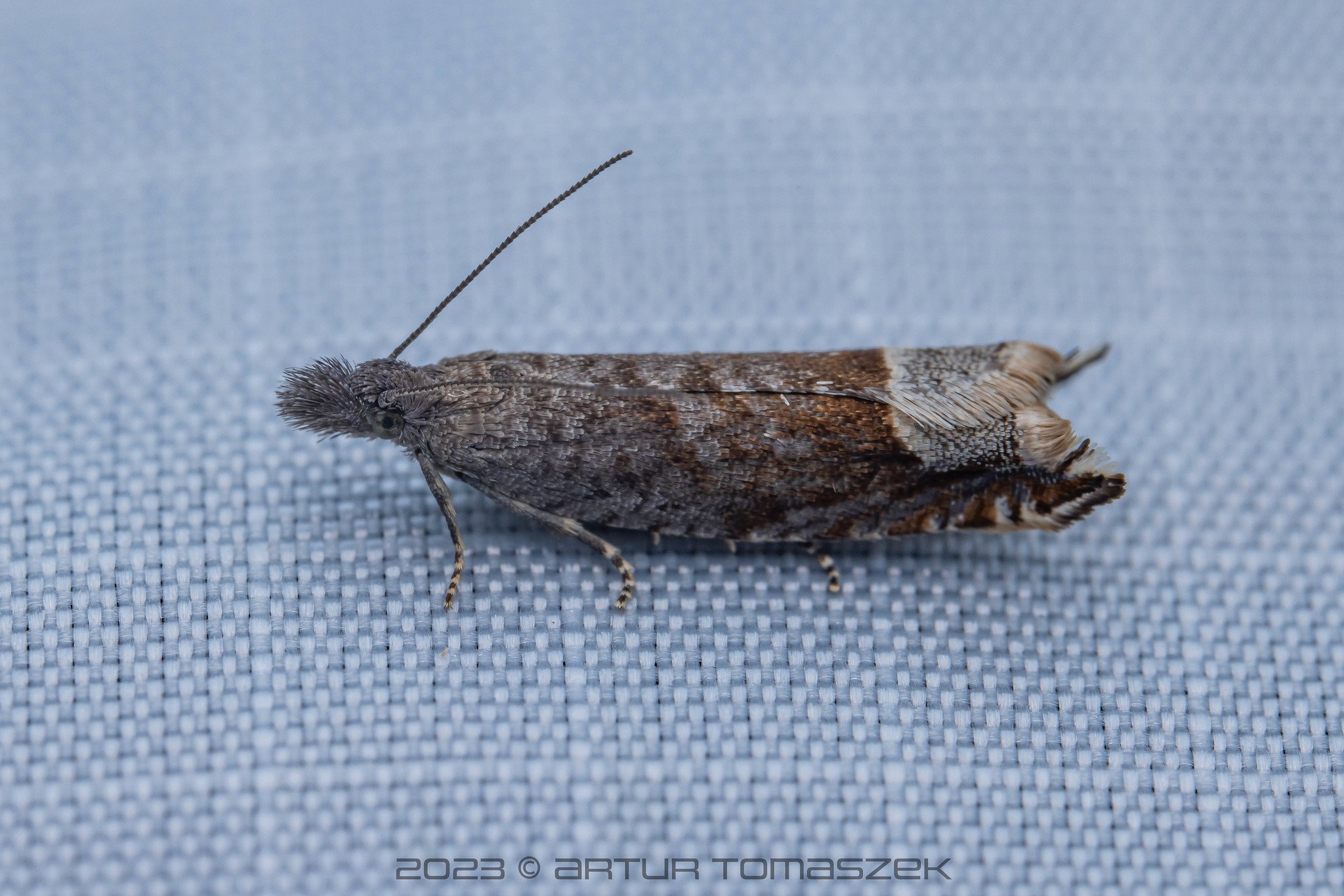
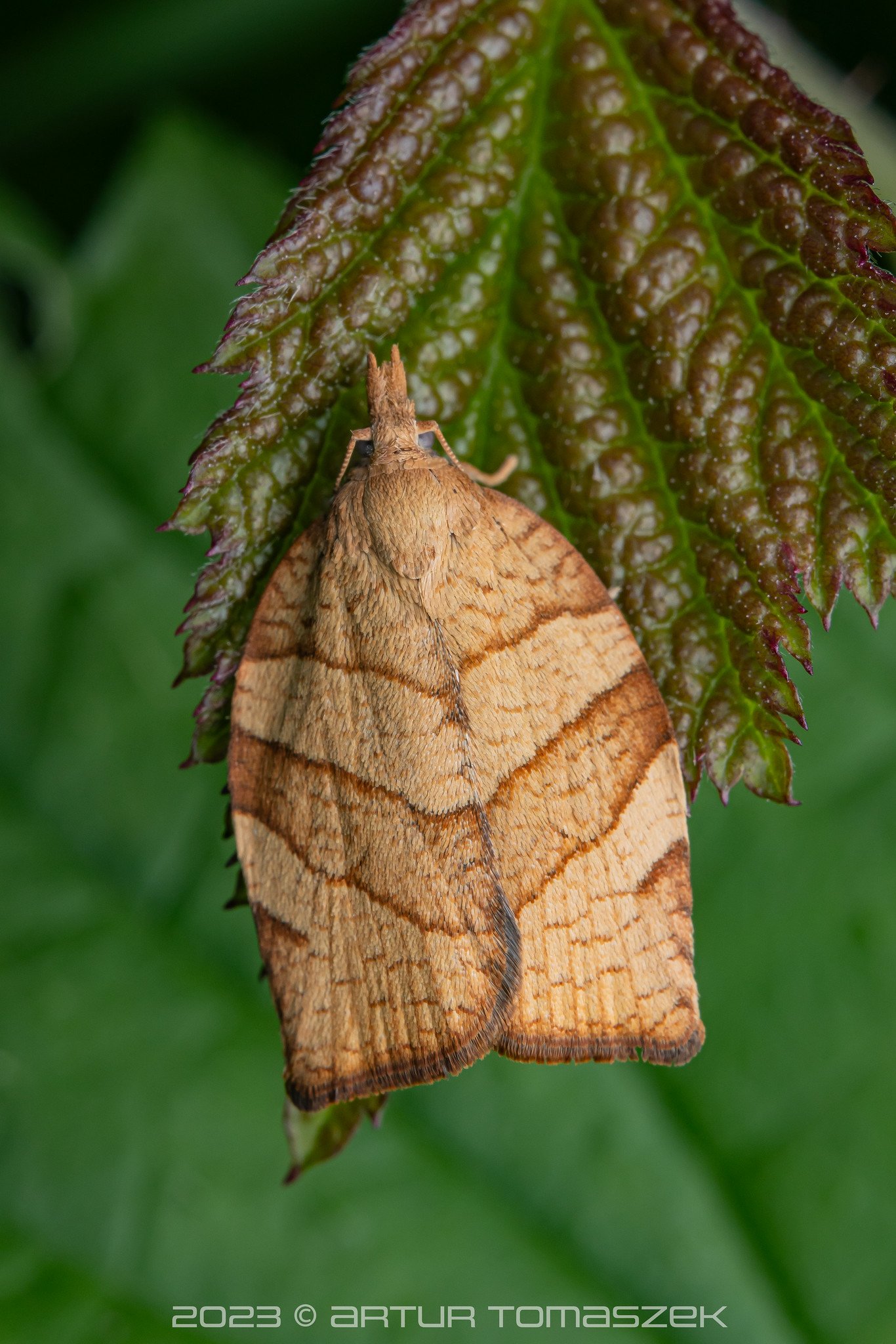
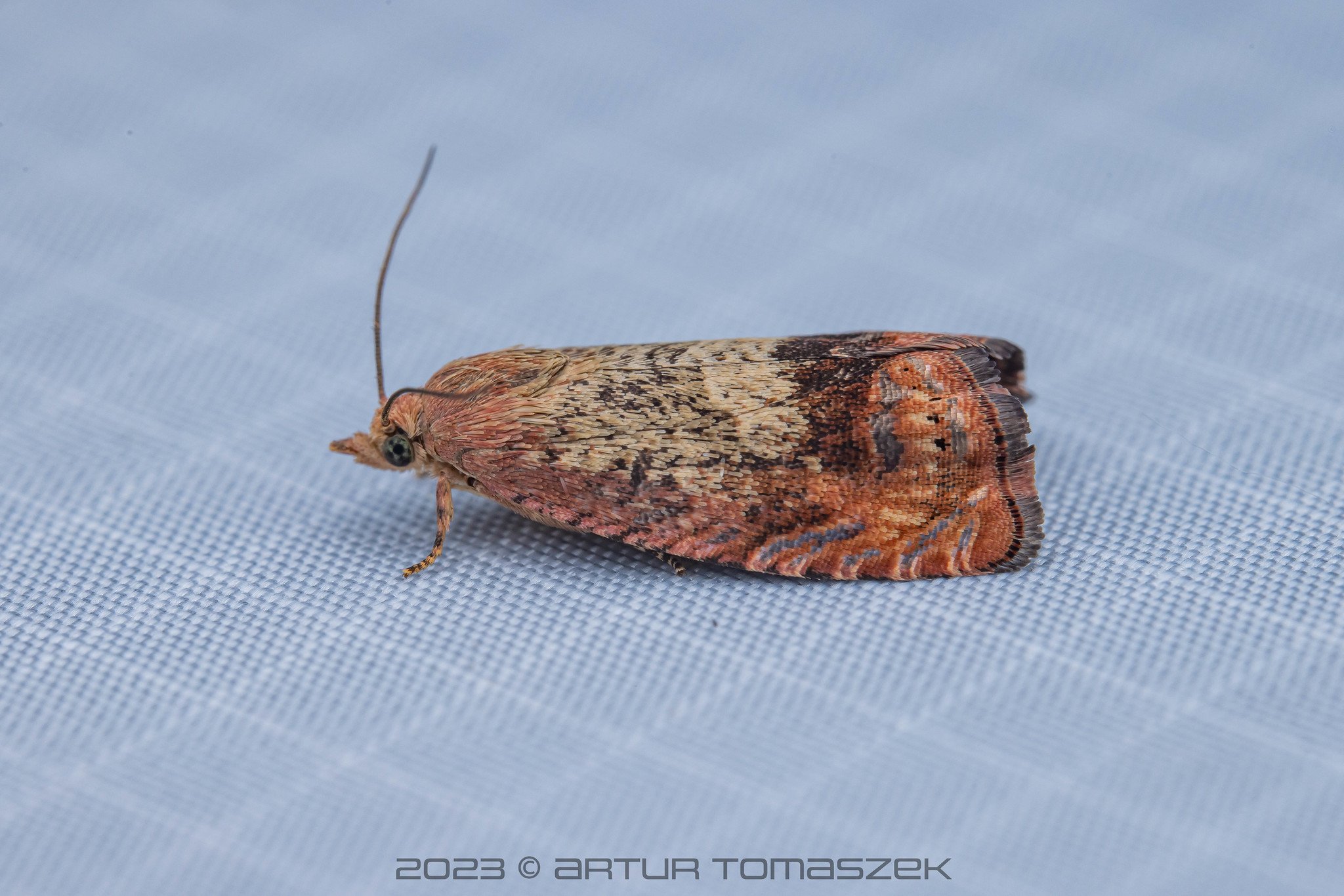
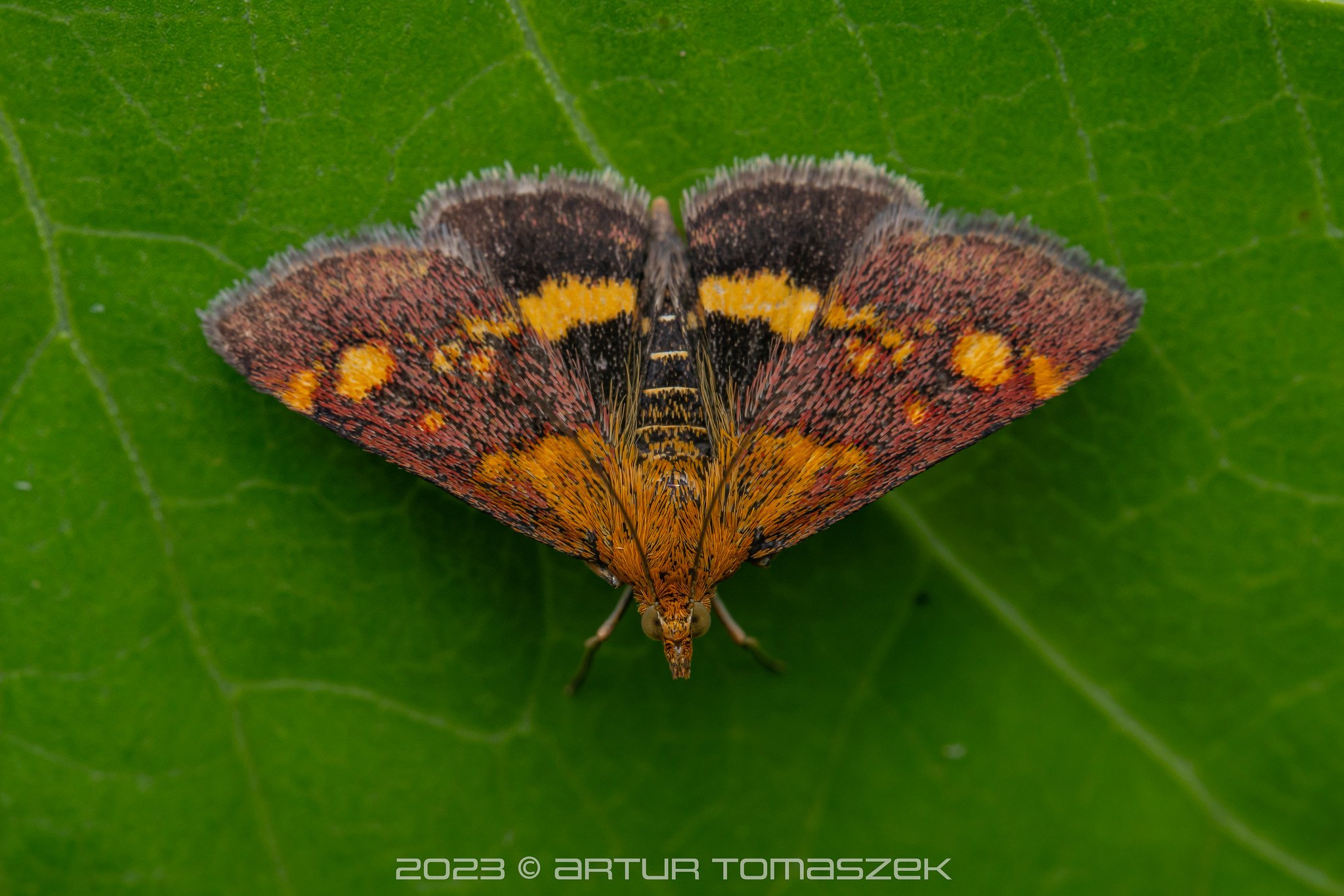
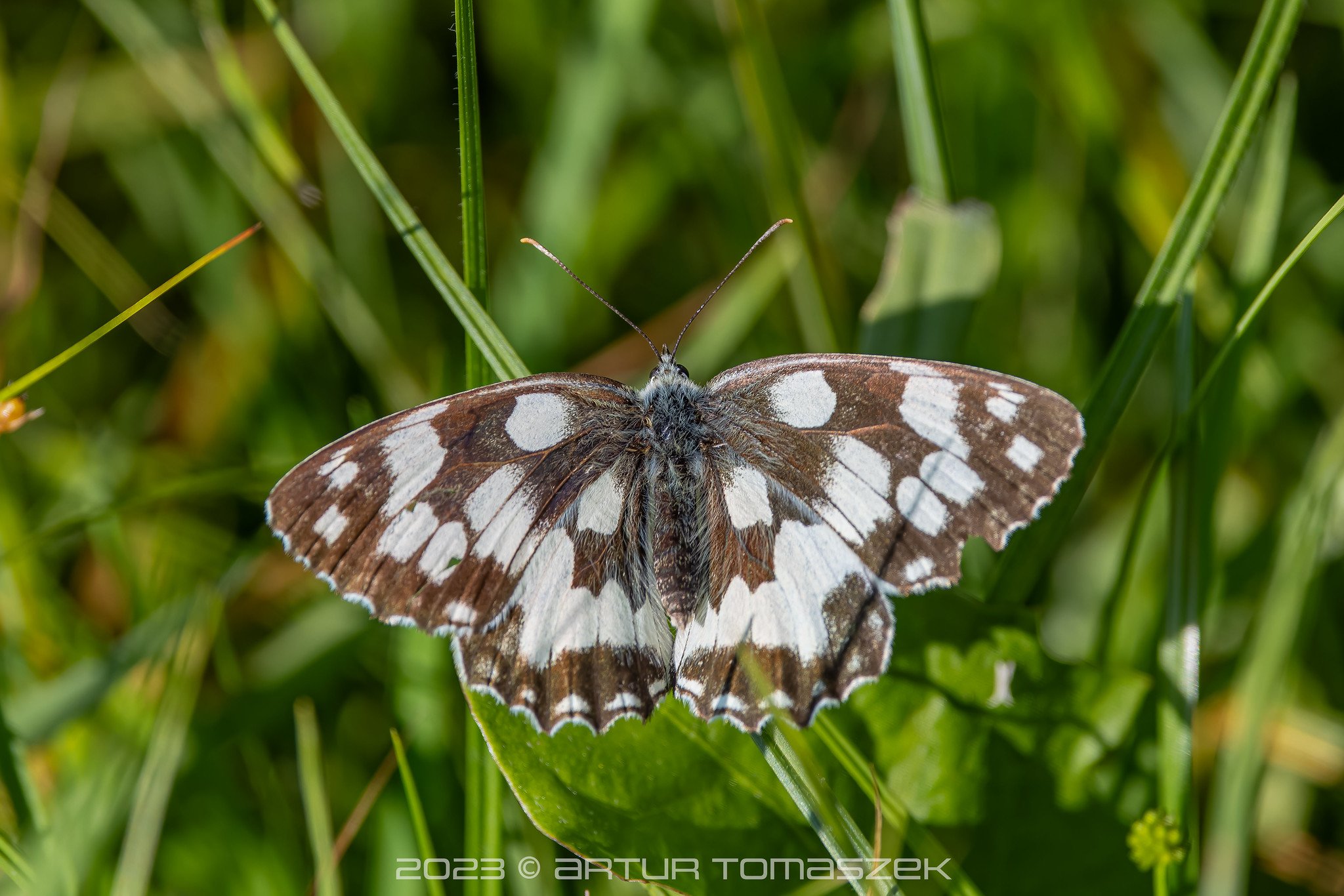
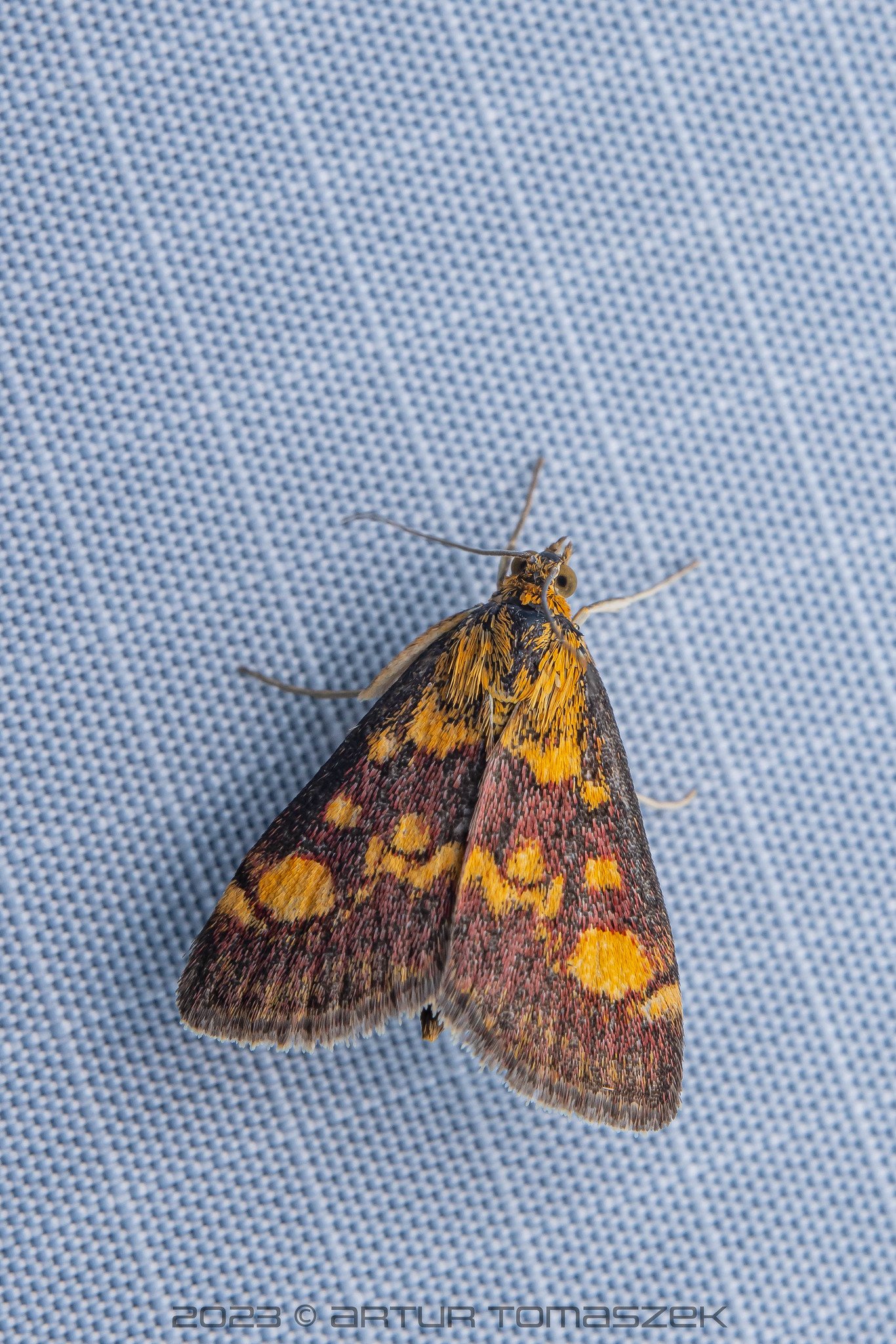

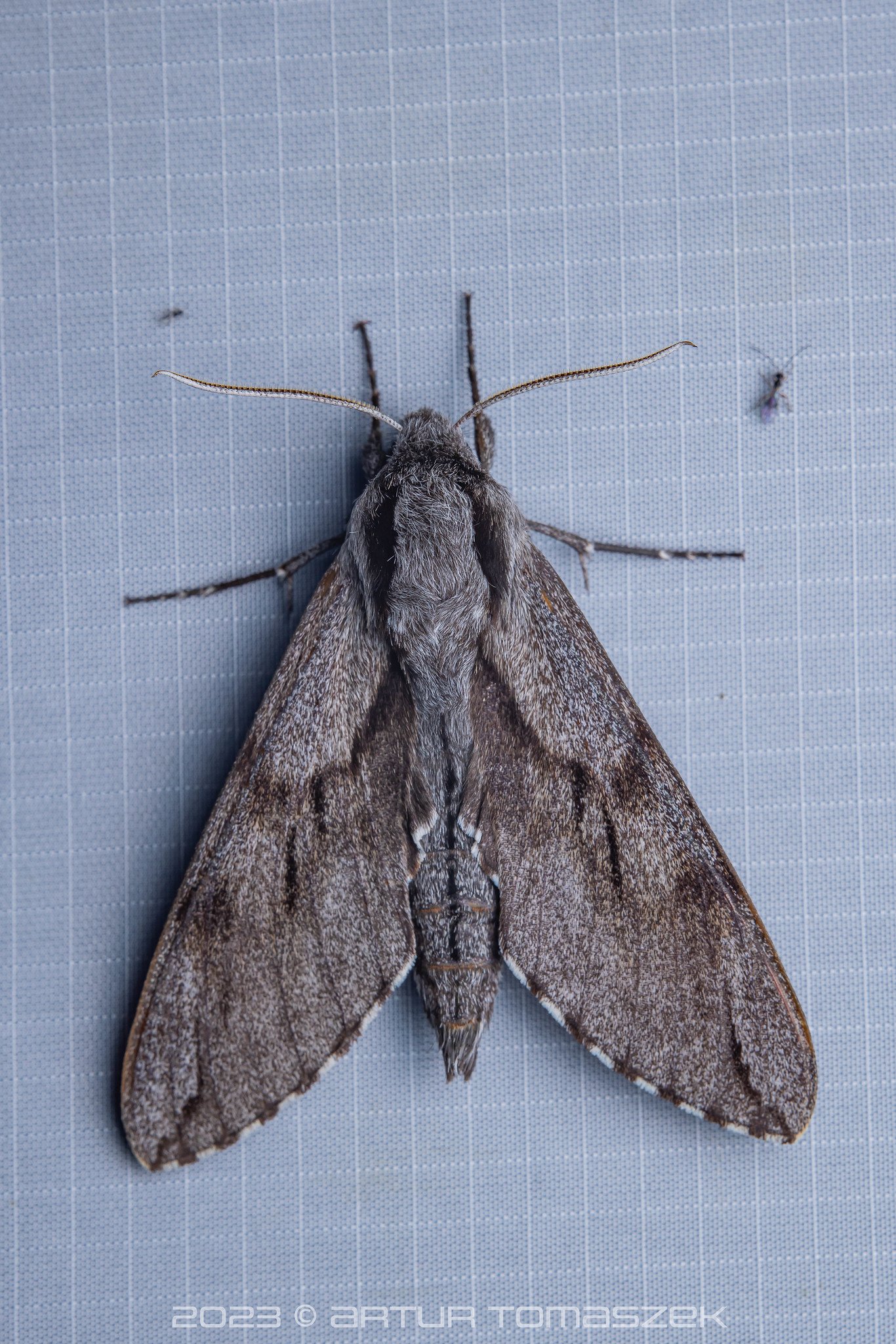
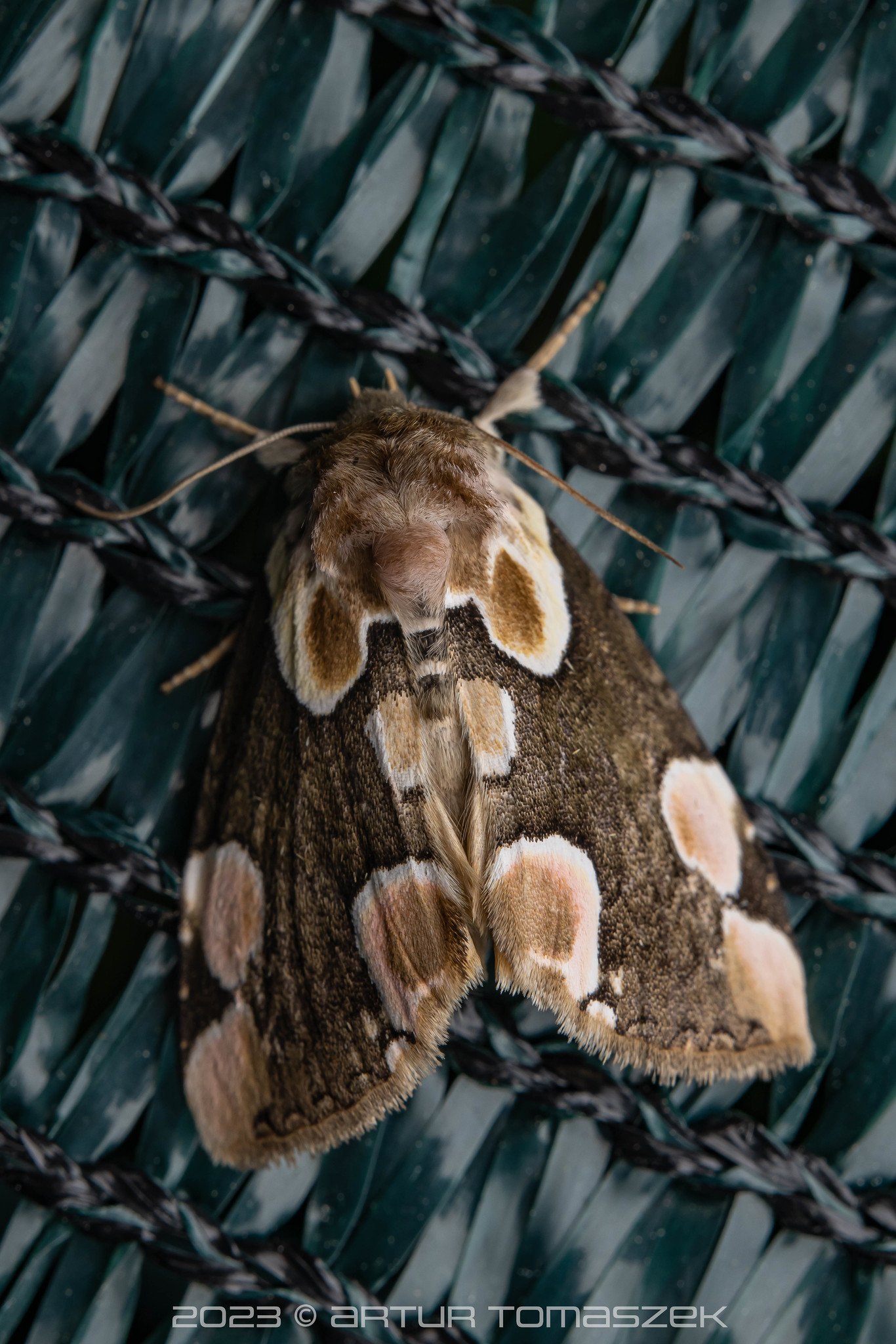

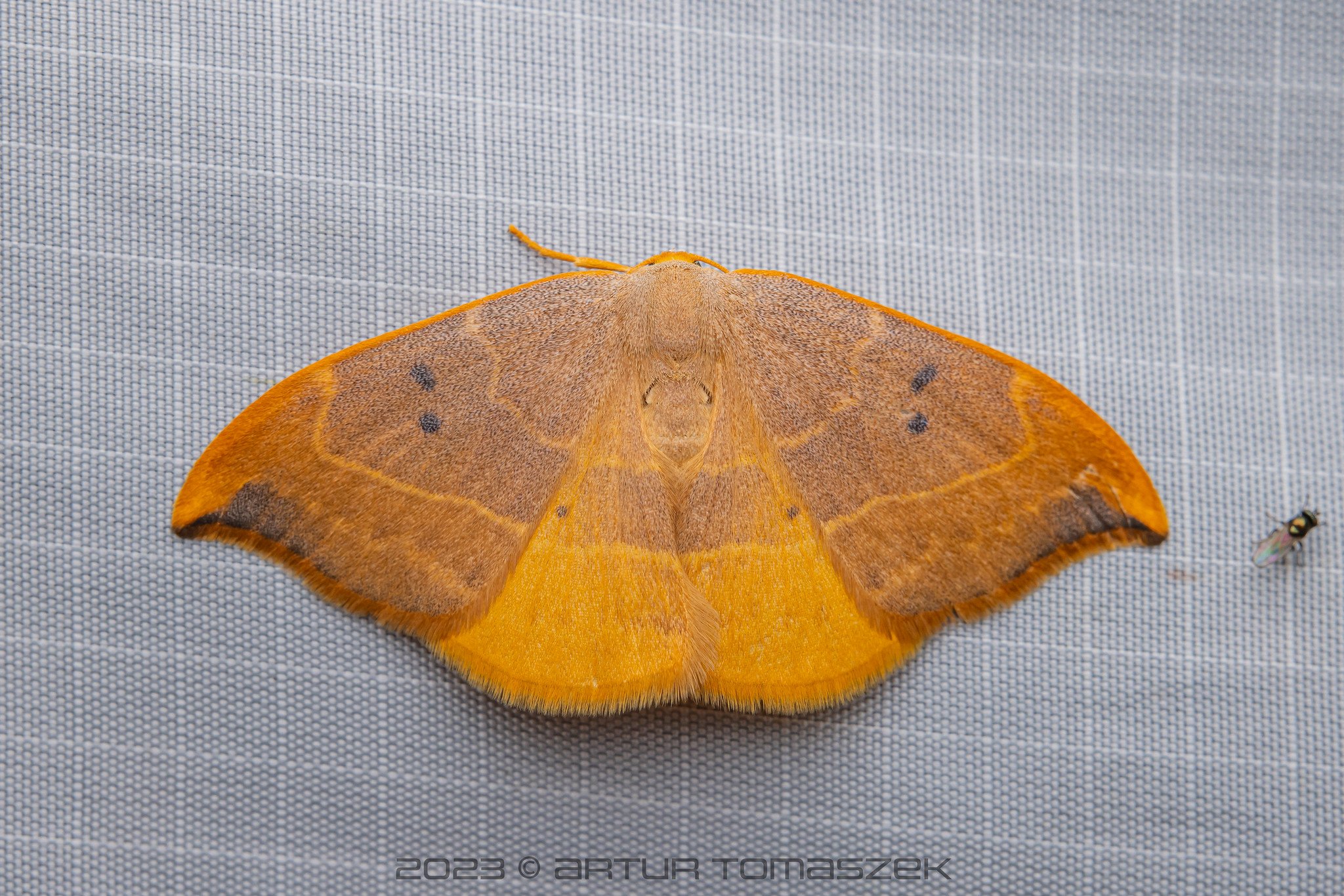
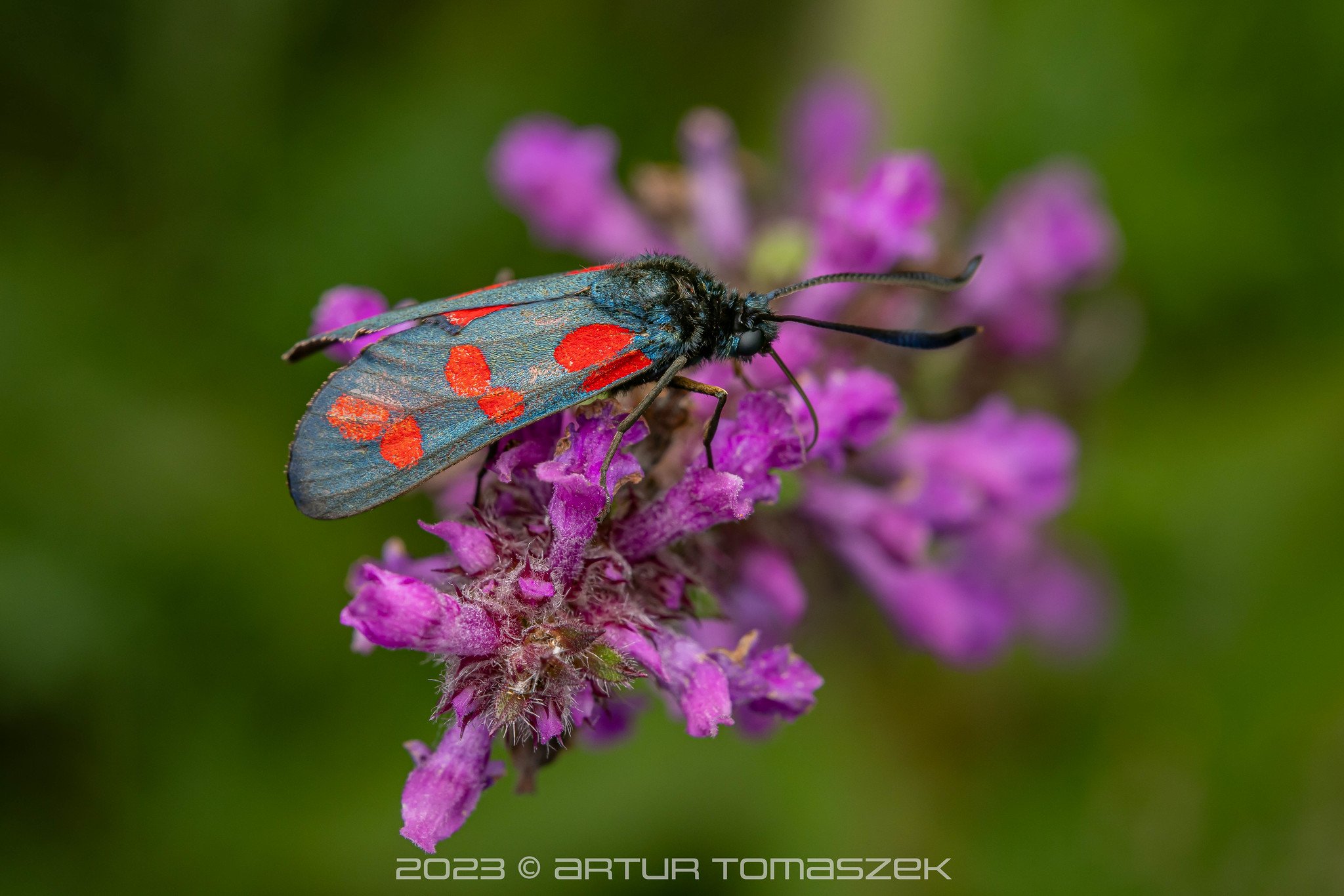
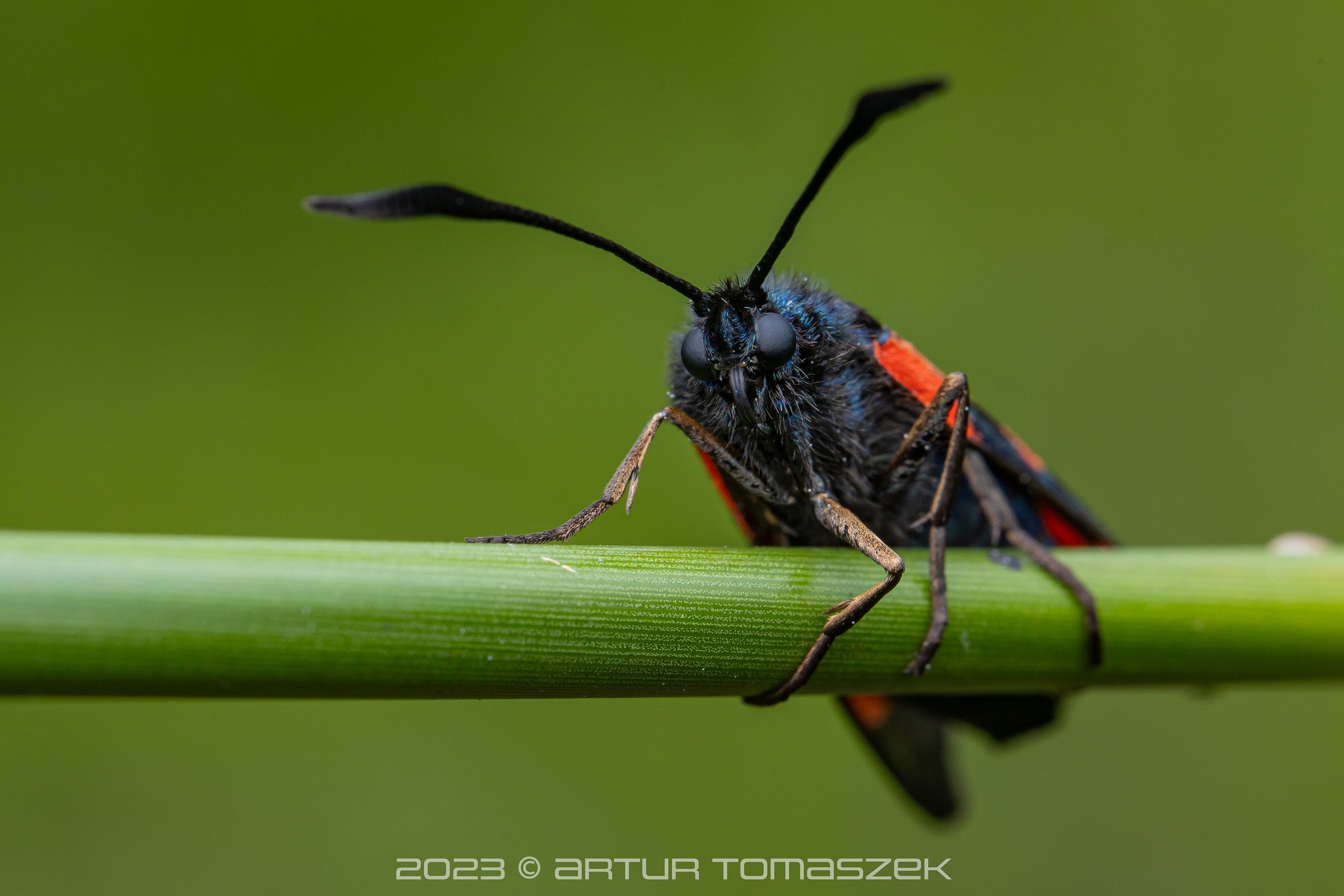
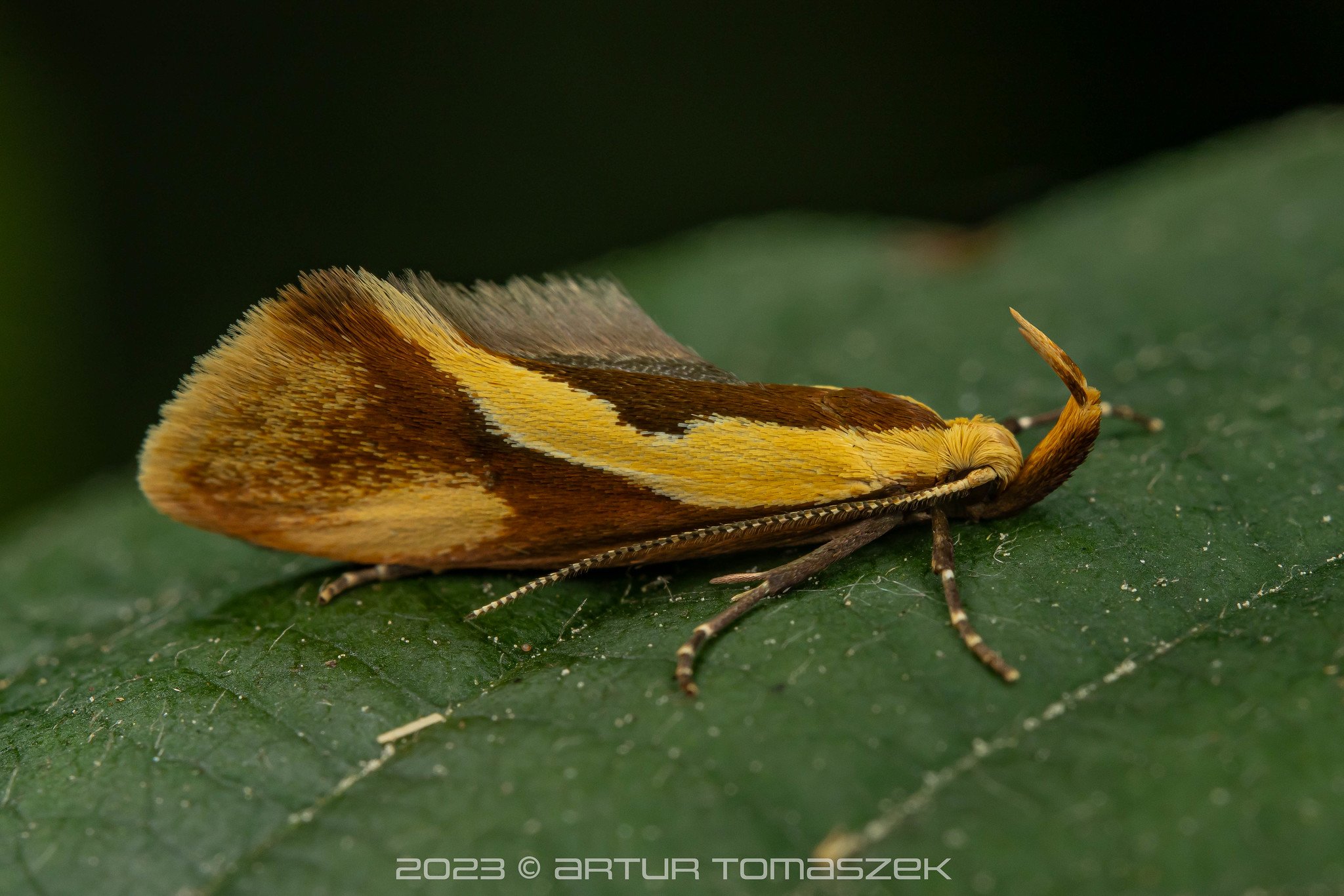
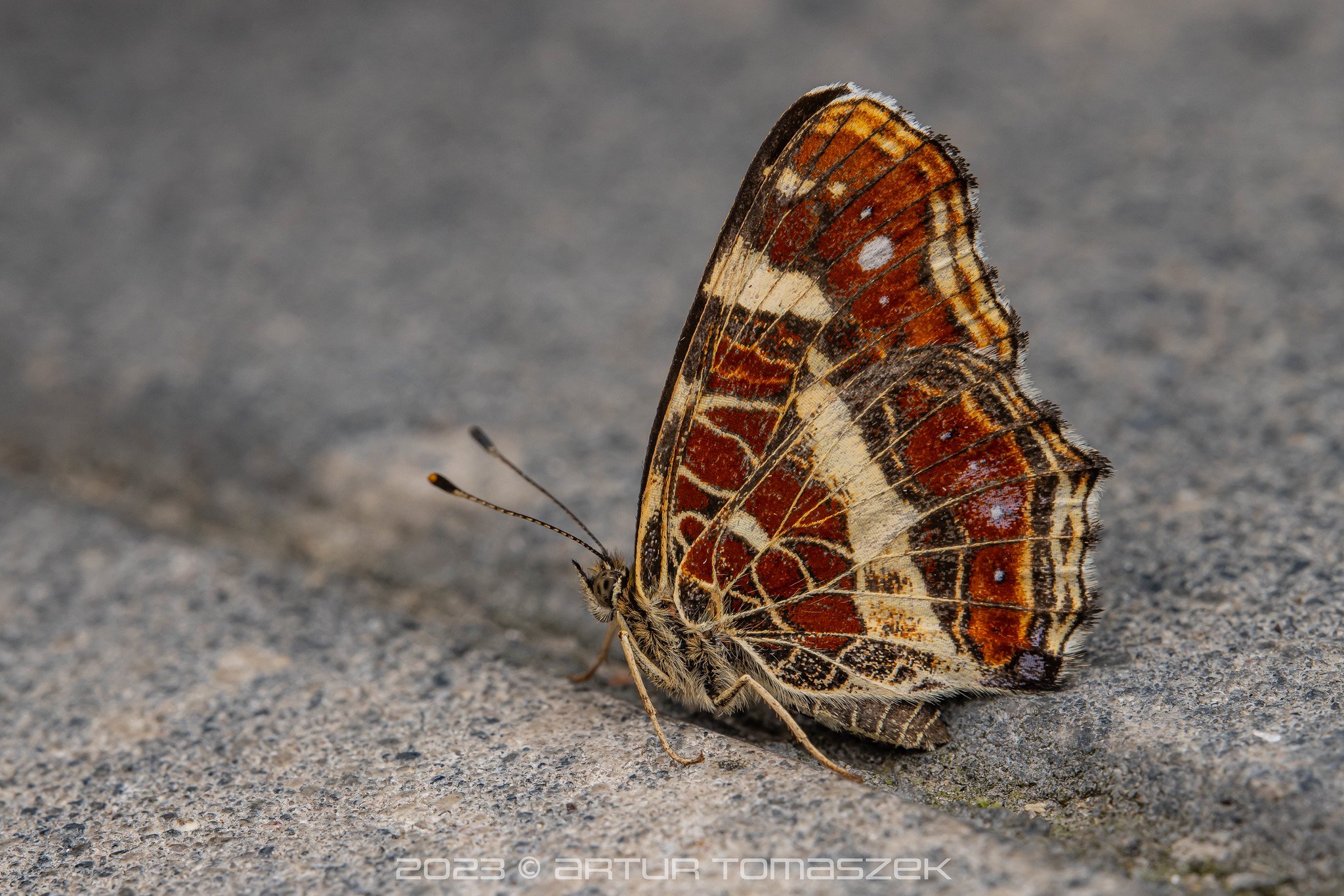
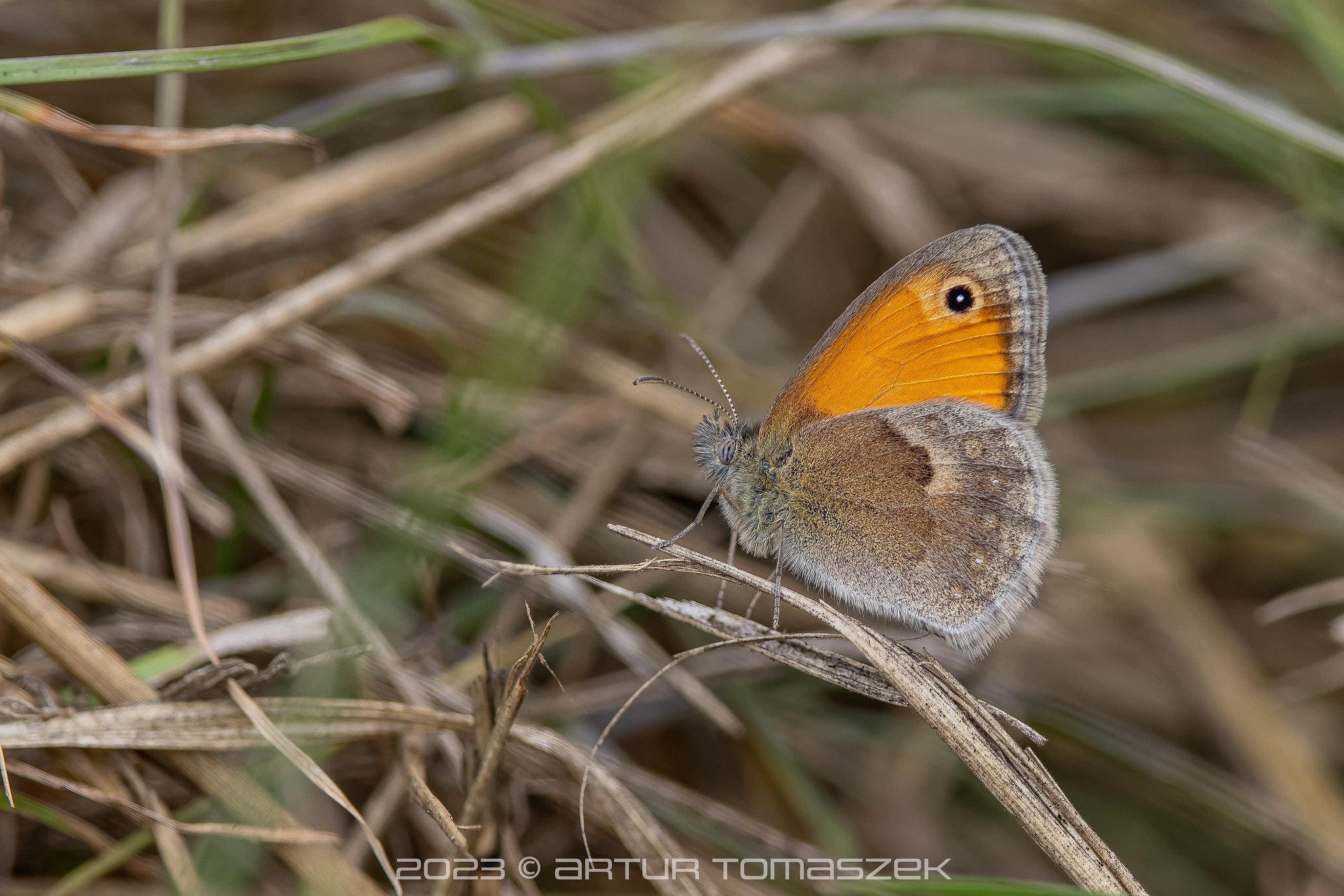
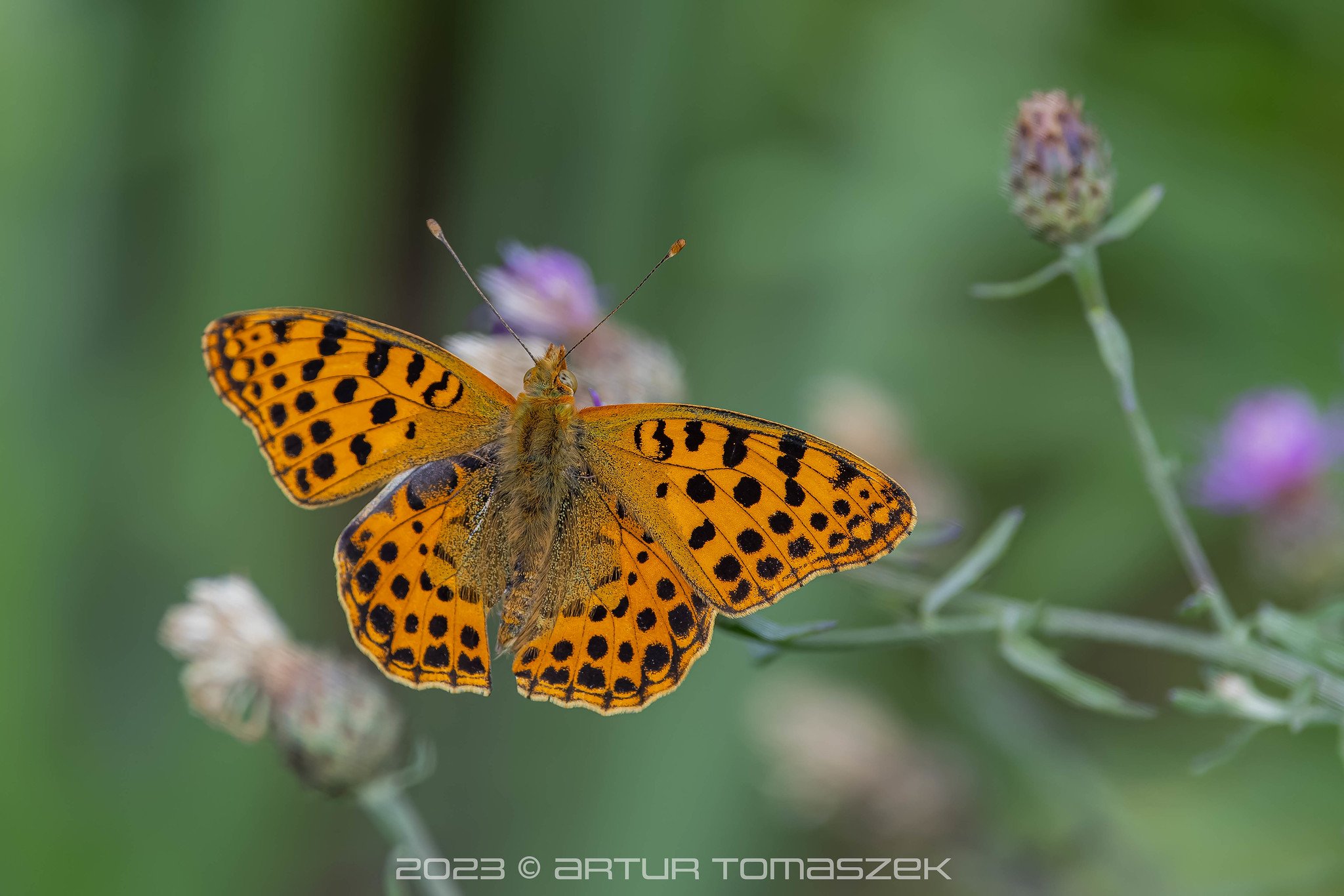
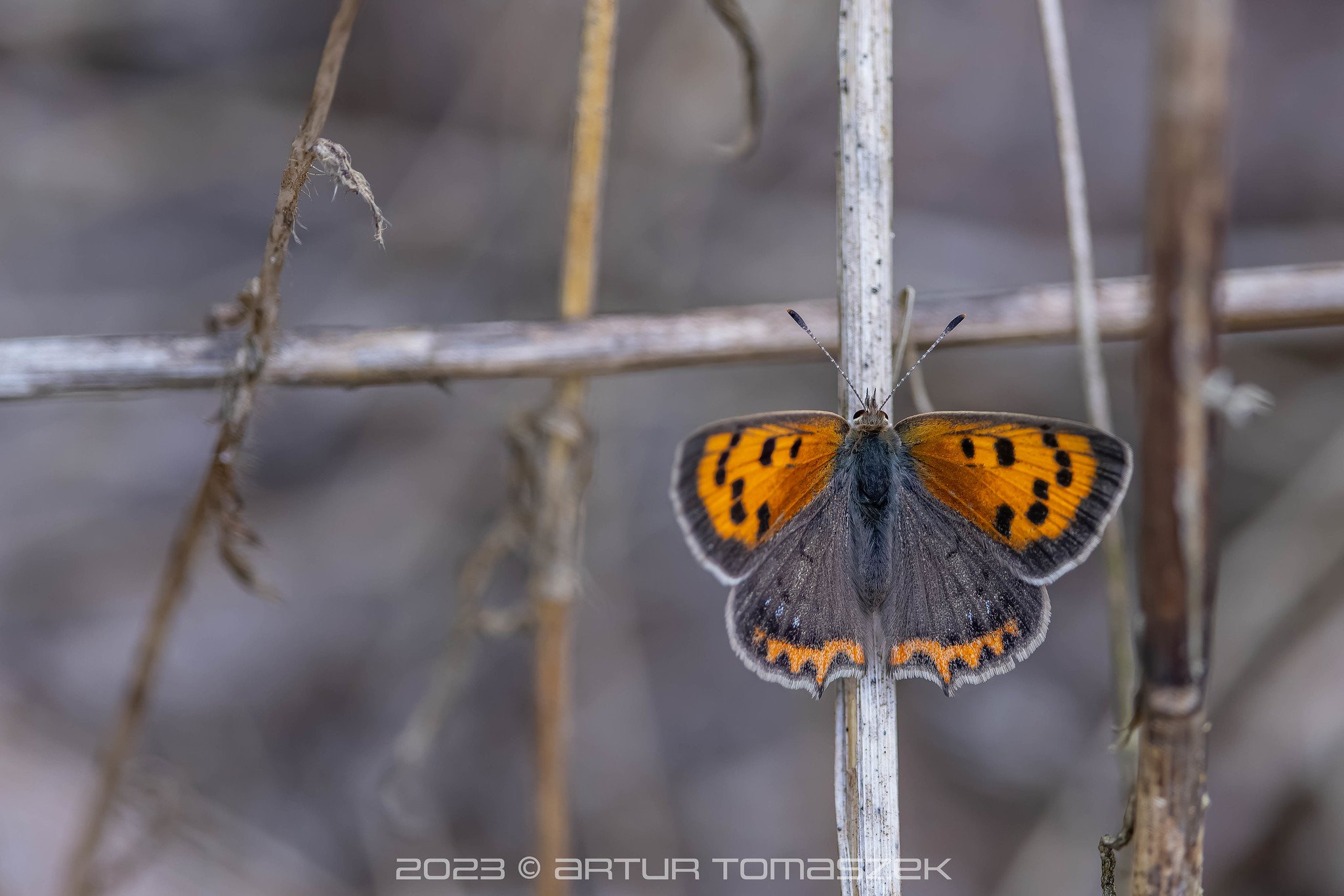
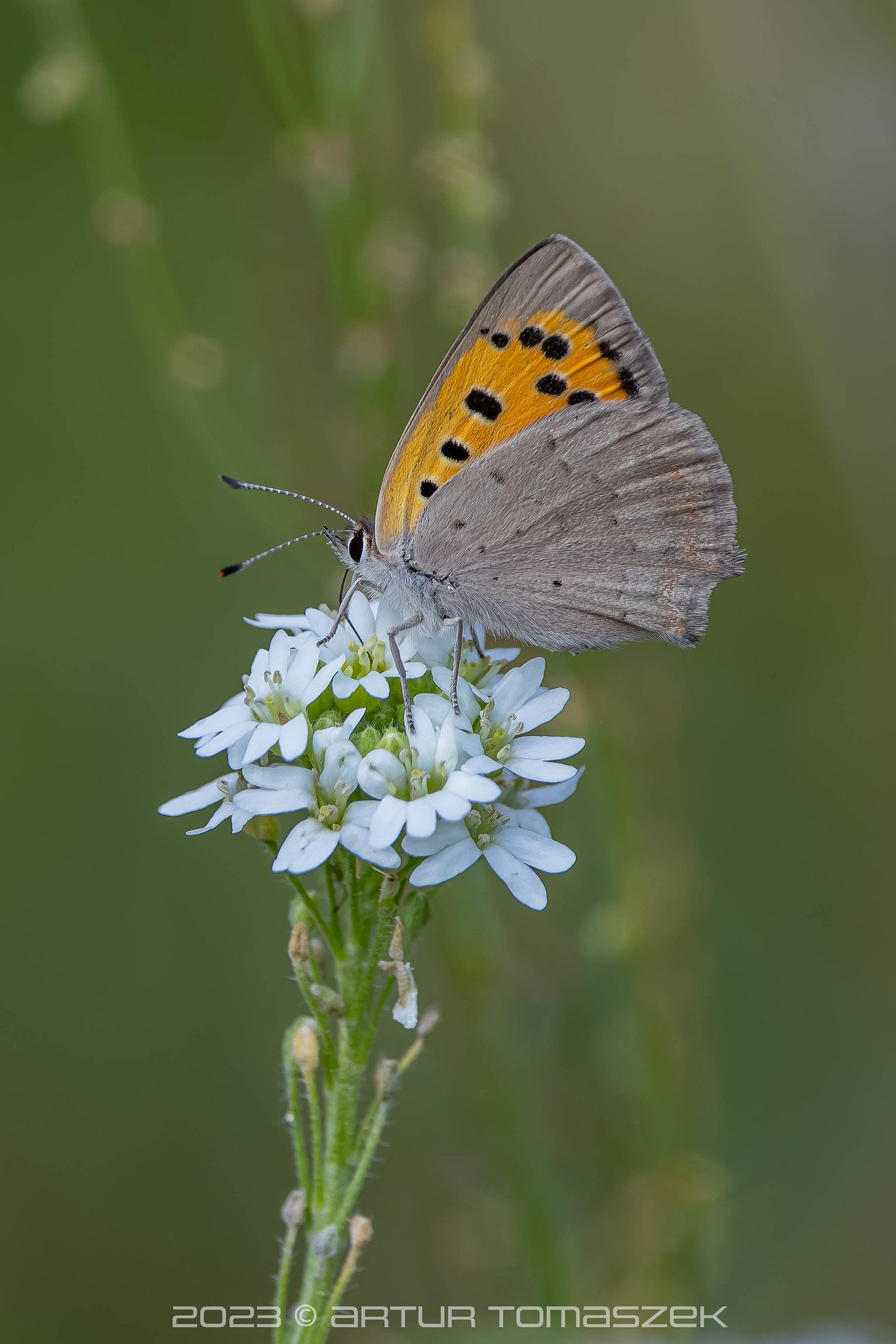
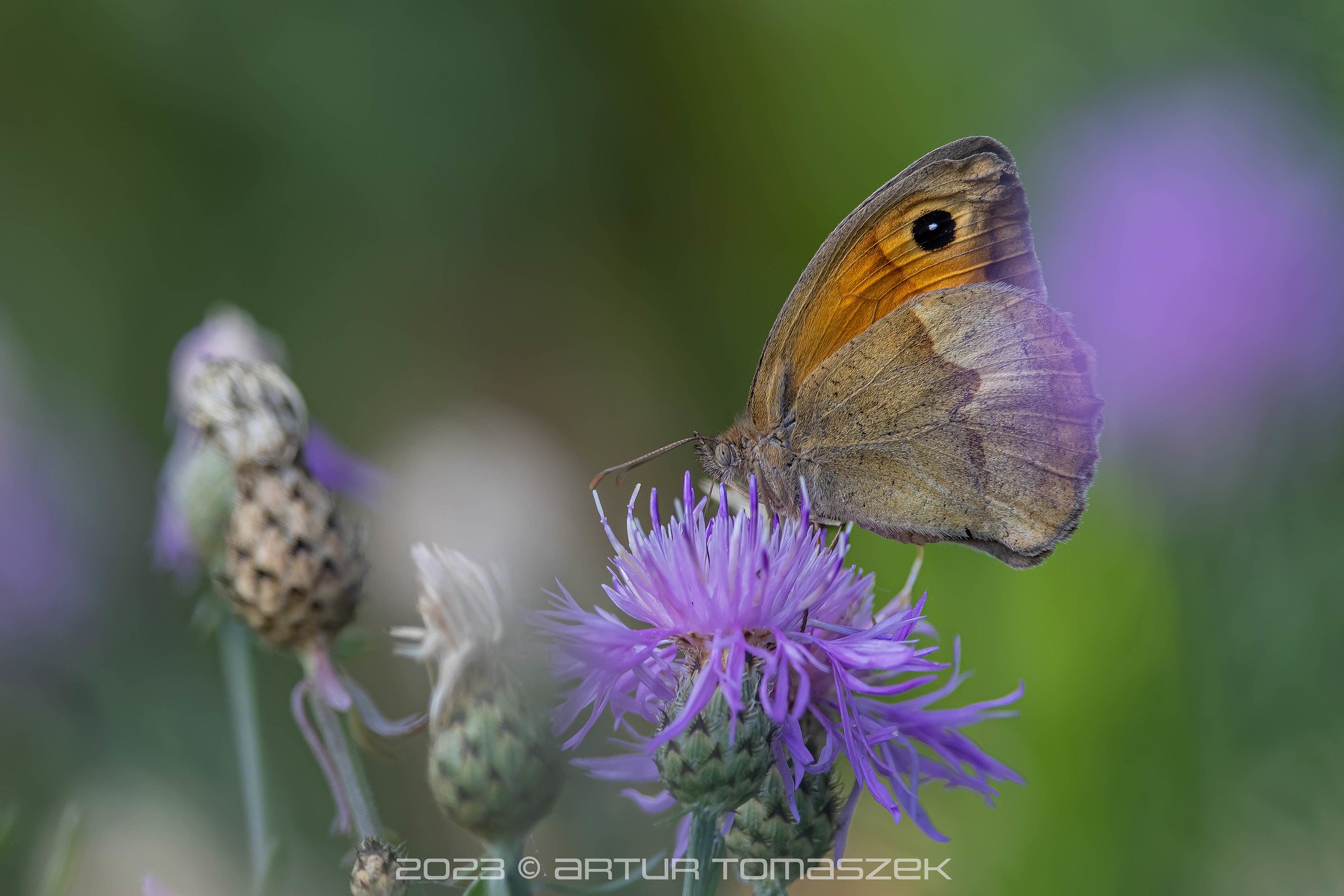
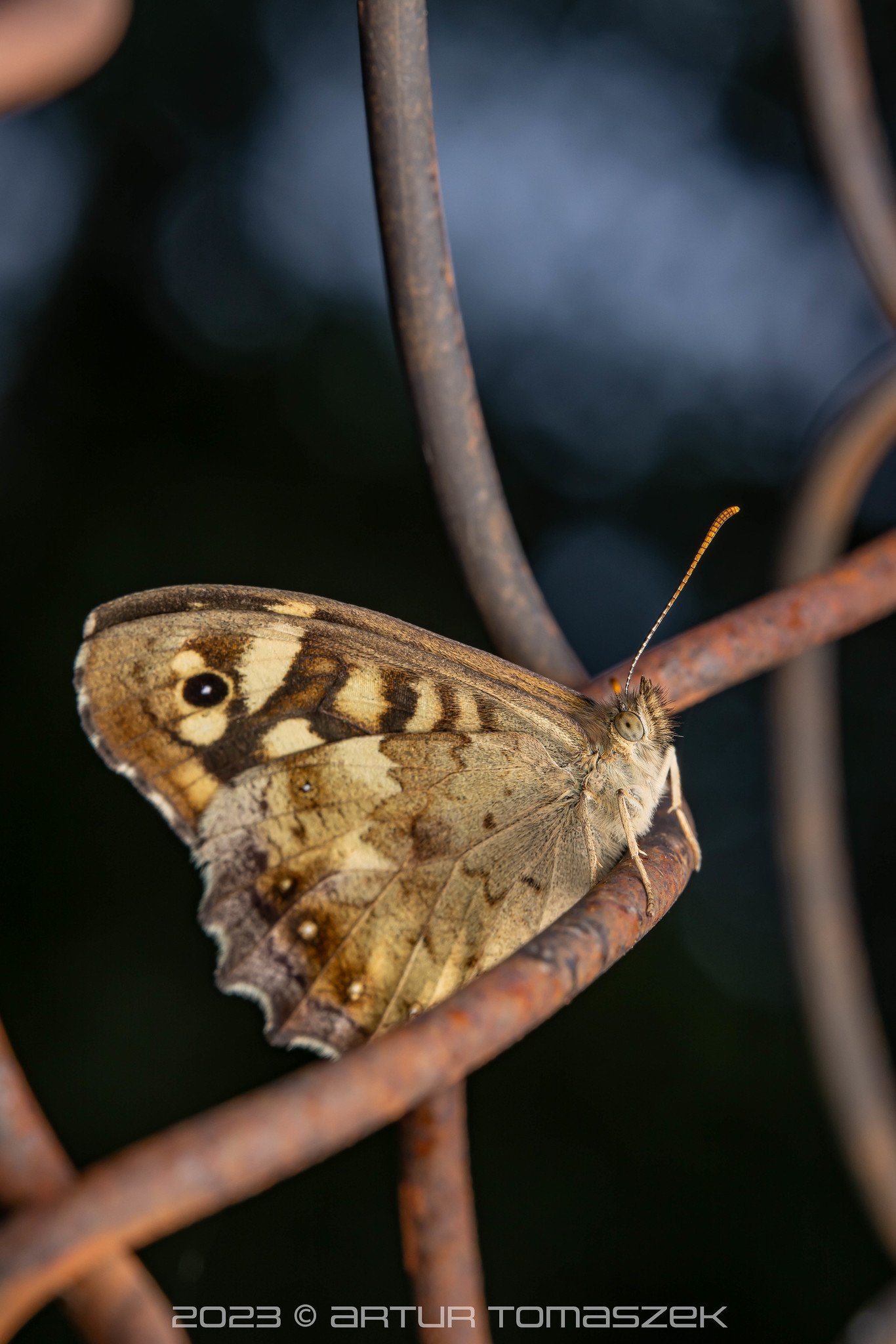
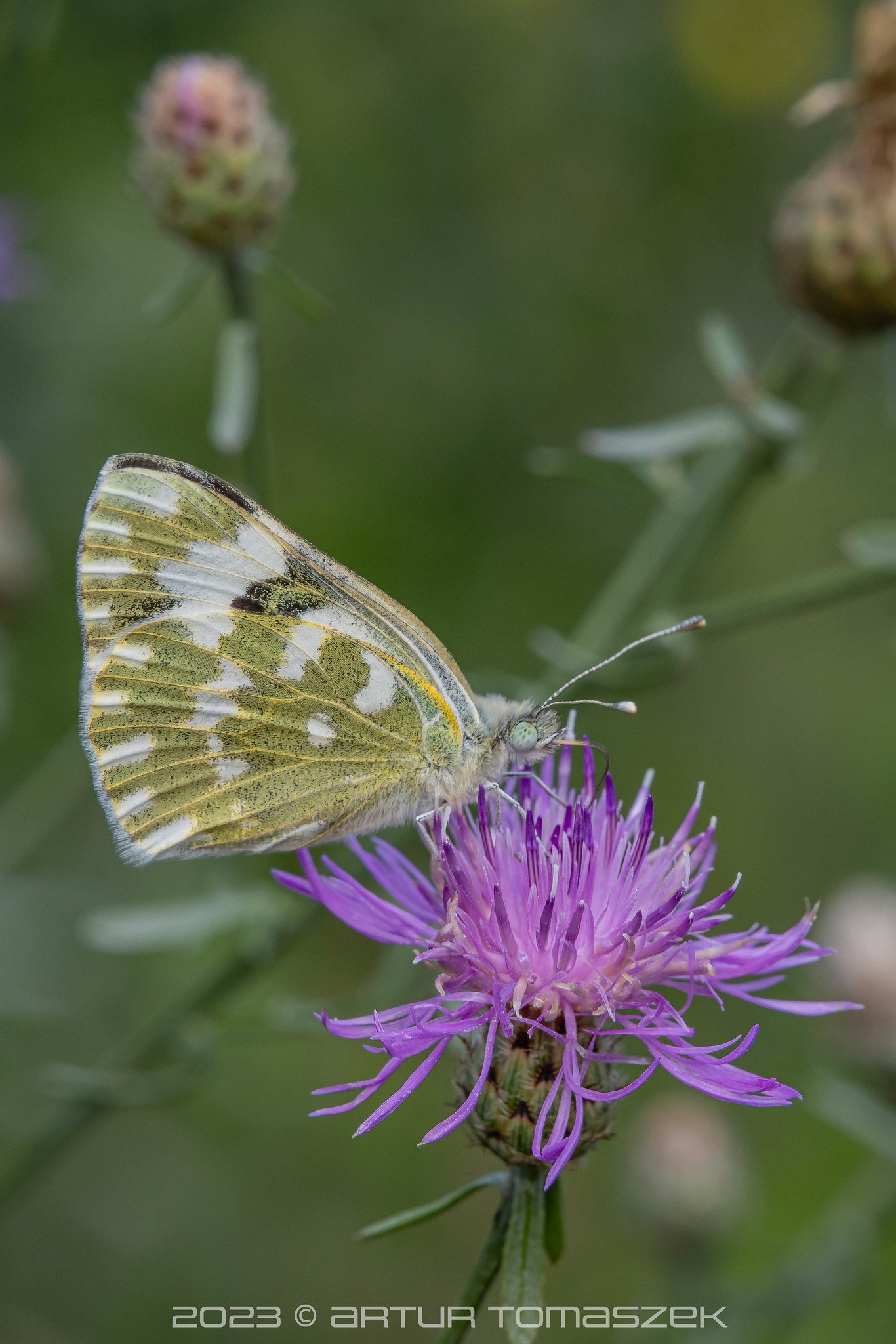
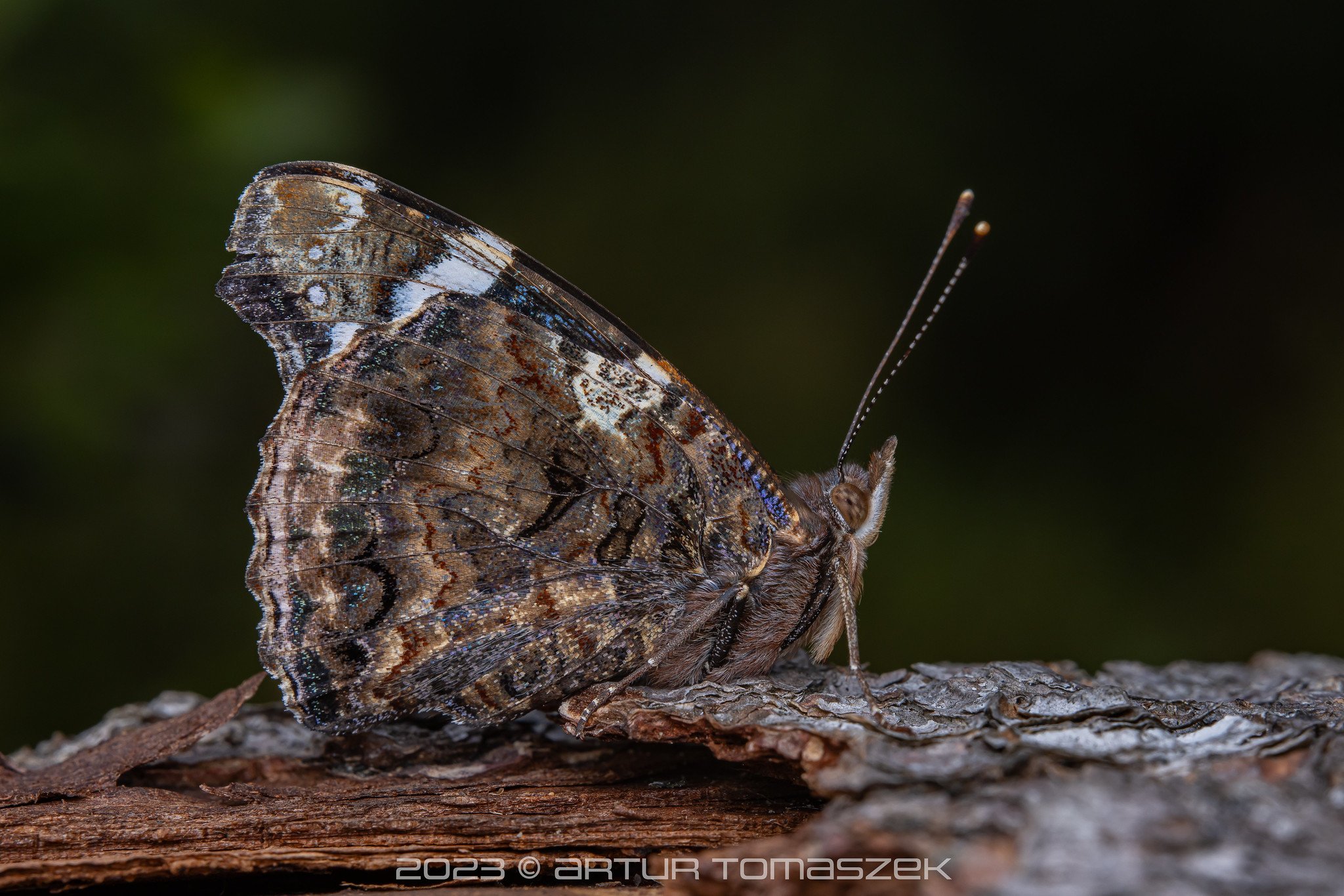
We didn’t forget about jumping spiders. On top of our own searches near Warsaw and in southern Poland, we had a brilliant company in Włocławek (central Poland) where we found a surprisingly large number of jumpers and other arachnids. Special thanks to Hubert and Adrian for accompanying us :) Our lush finds included Aelurillus v-insignitus, Asianellus festivus, Attulus pubescens, Yllenus arenarius, Philaeus chrysops, two Evarcha spp. and many, many more!
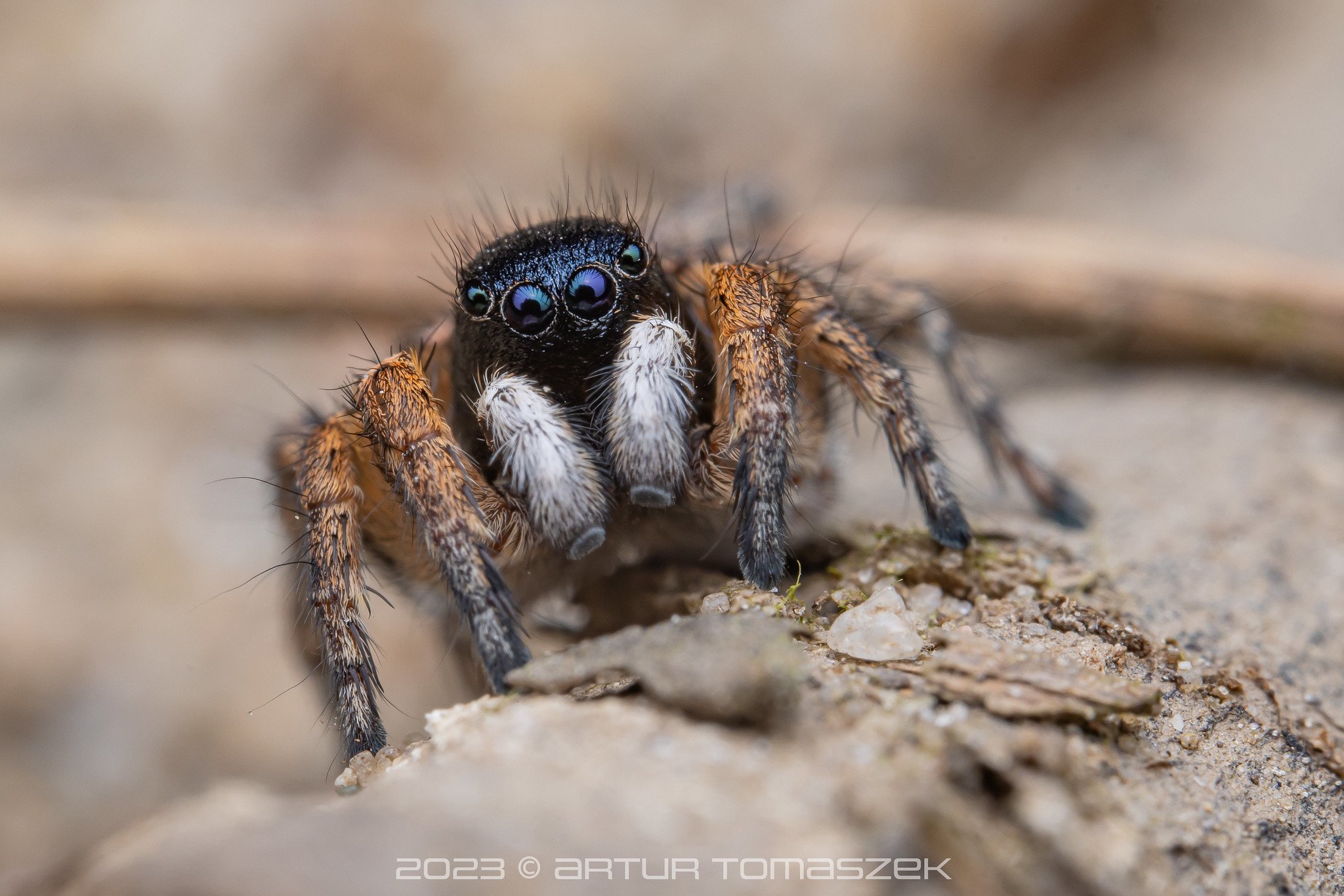

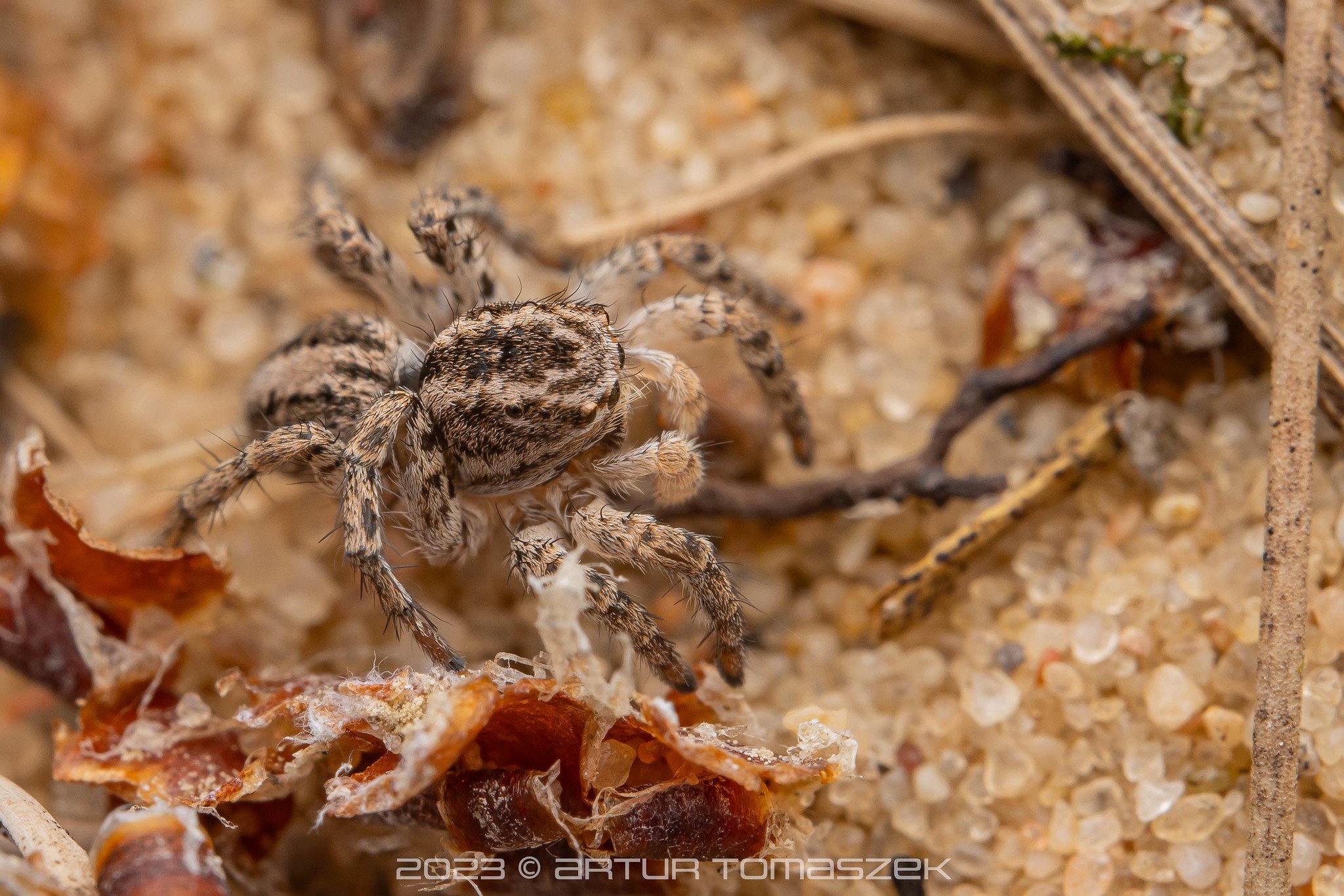
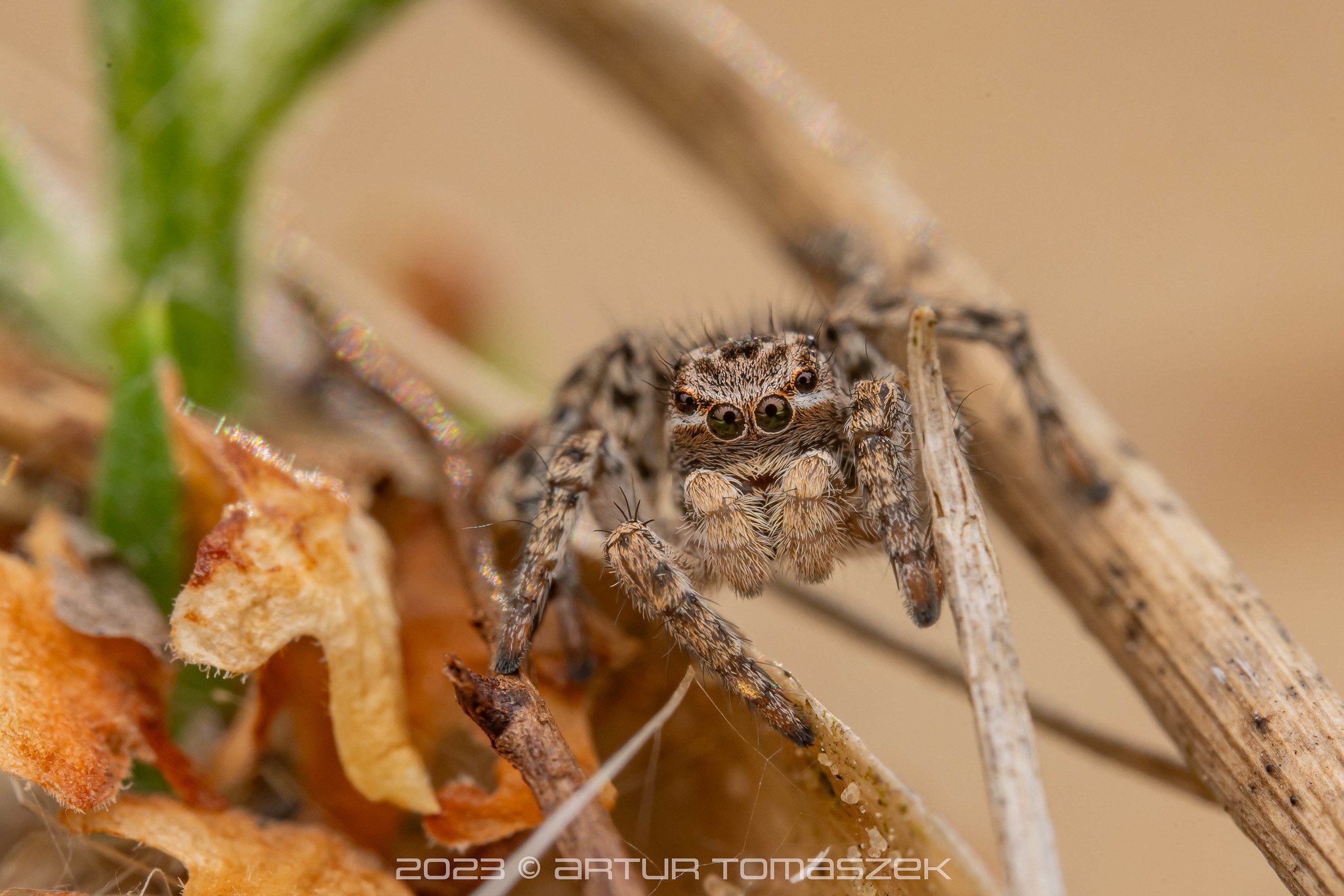
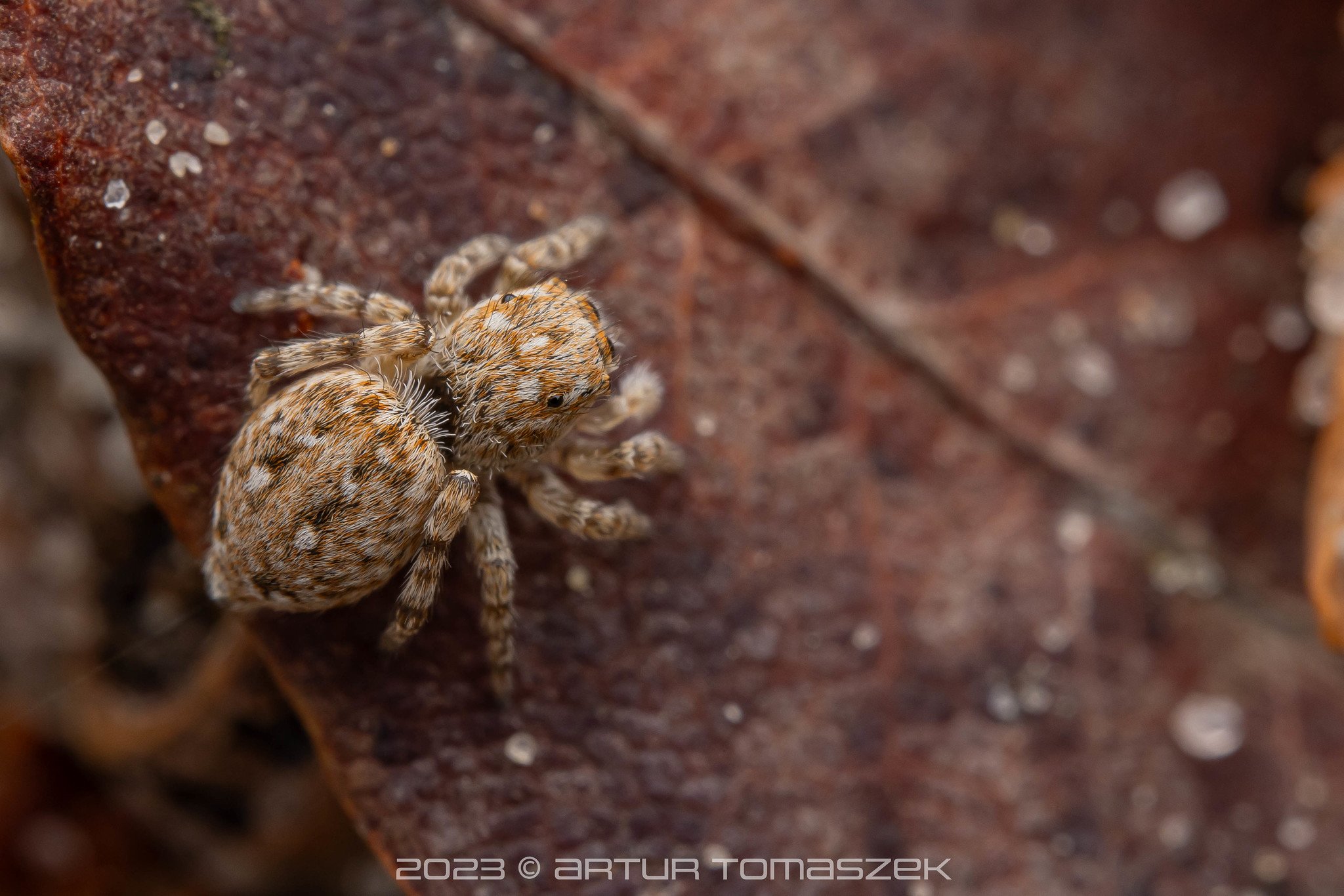
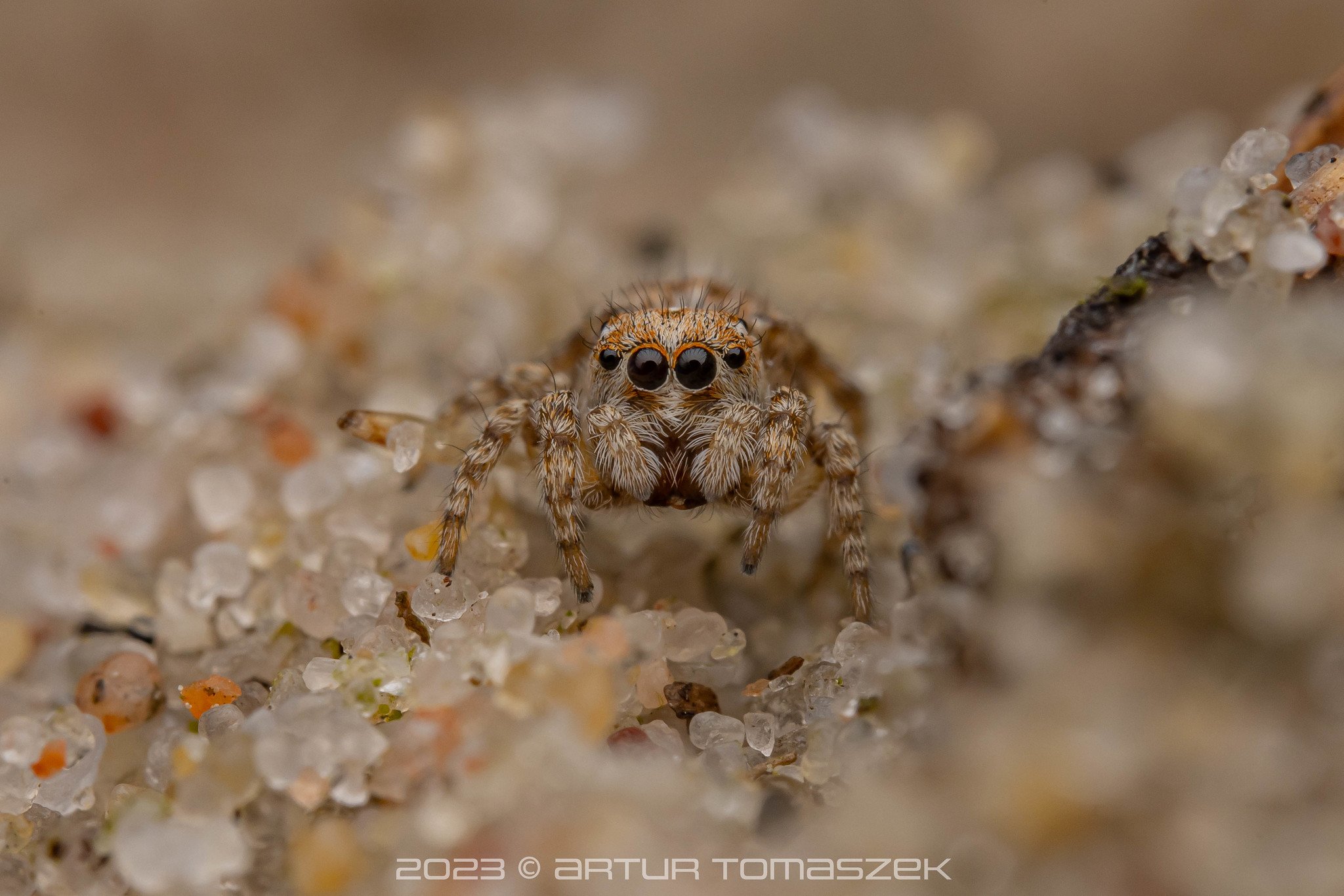
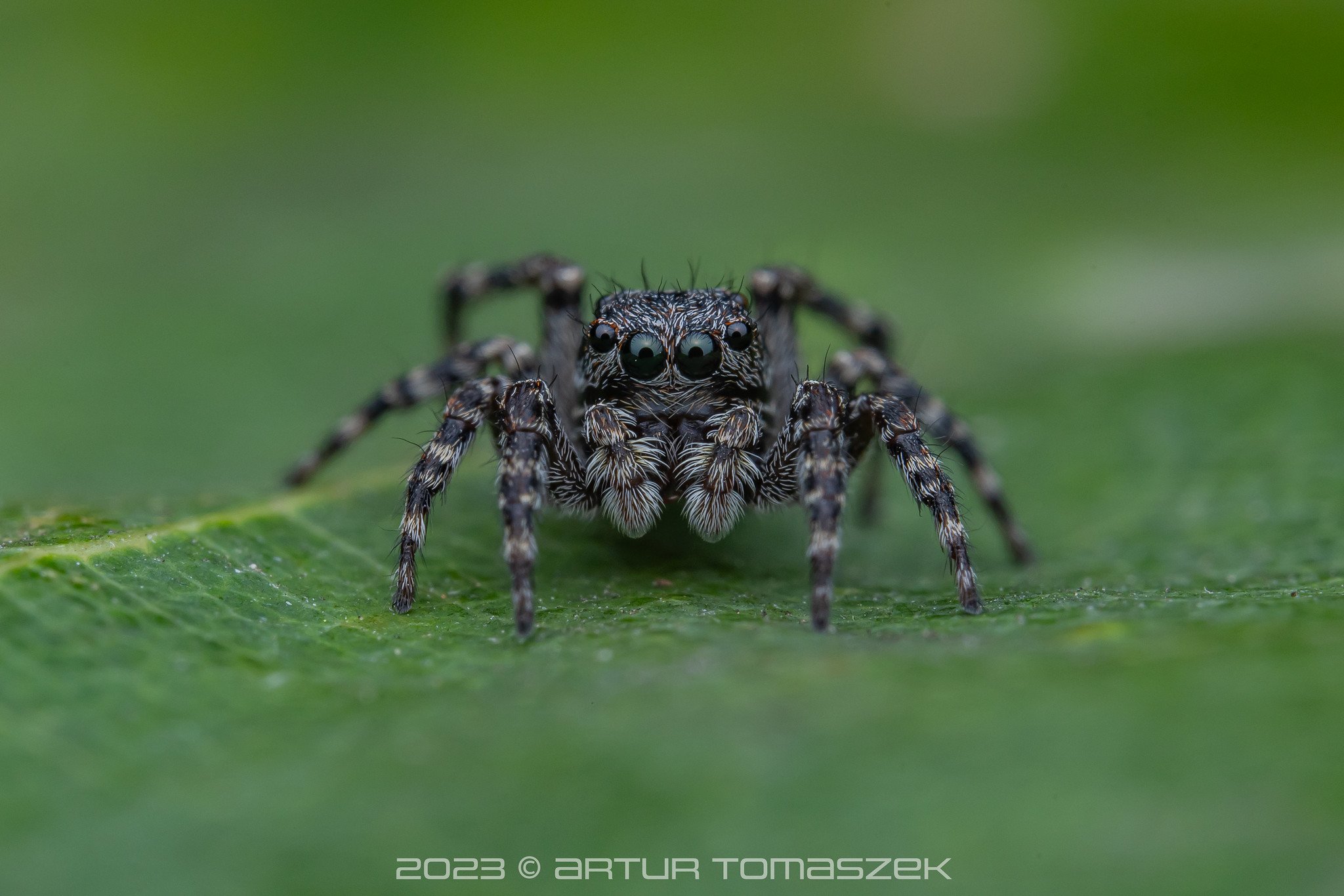
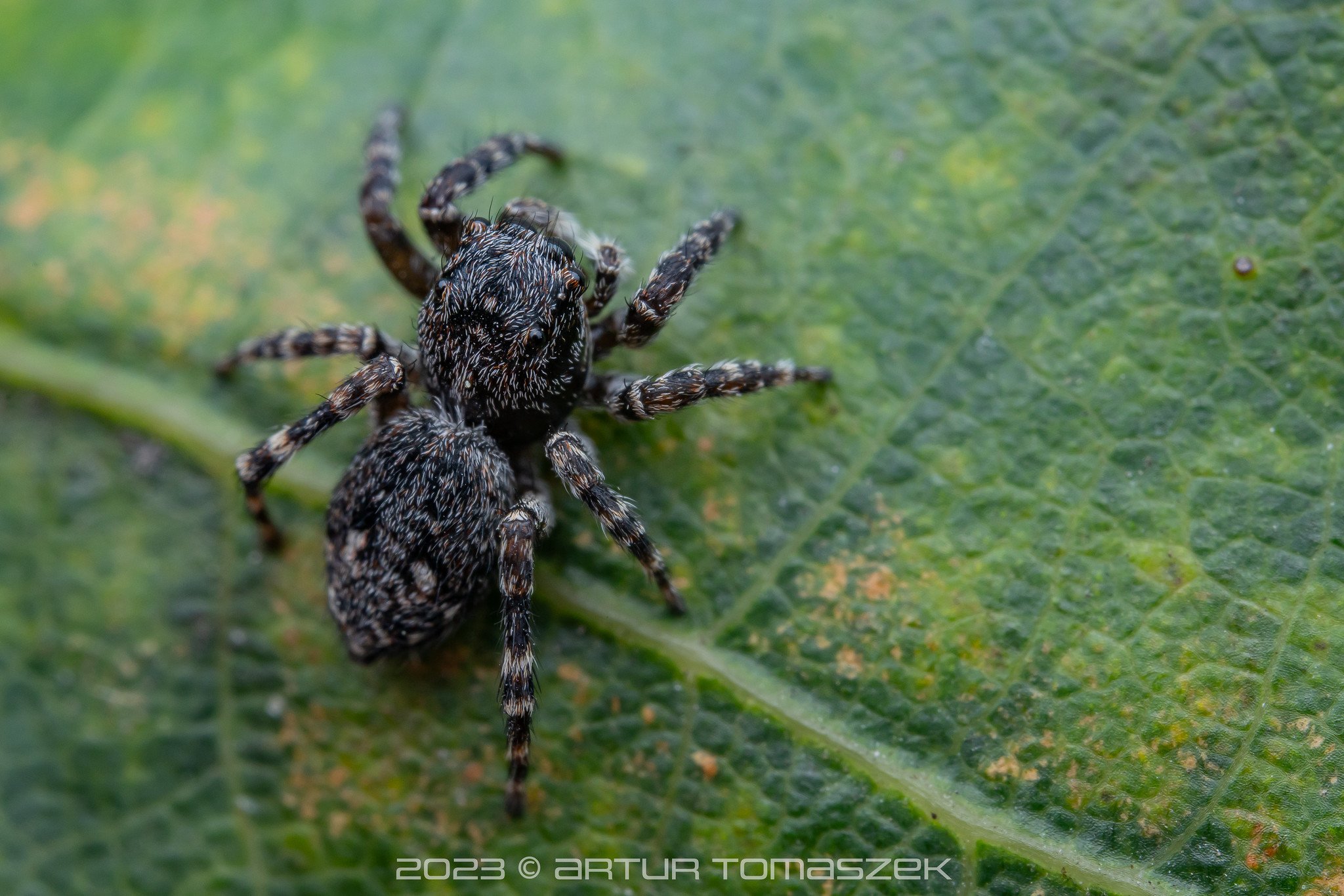
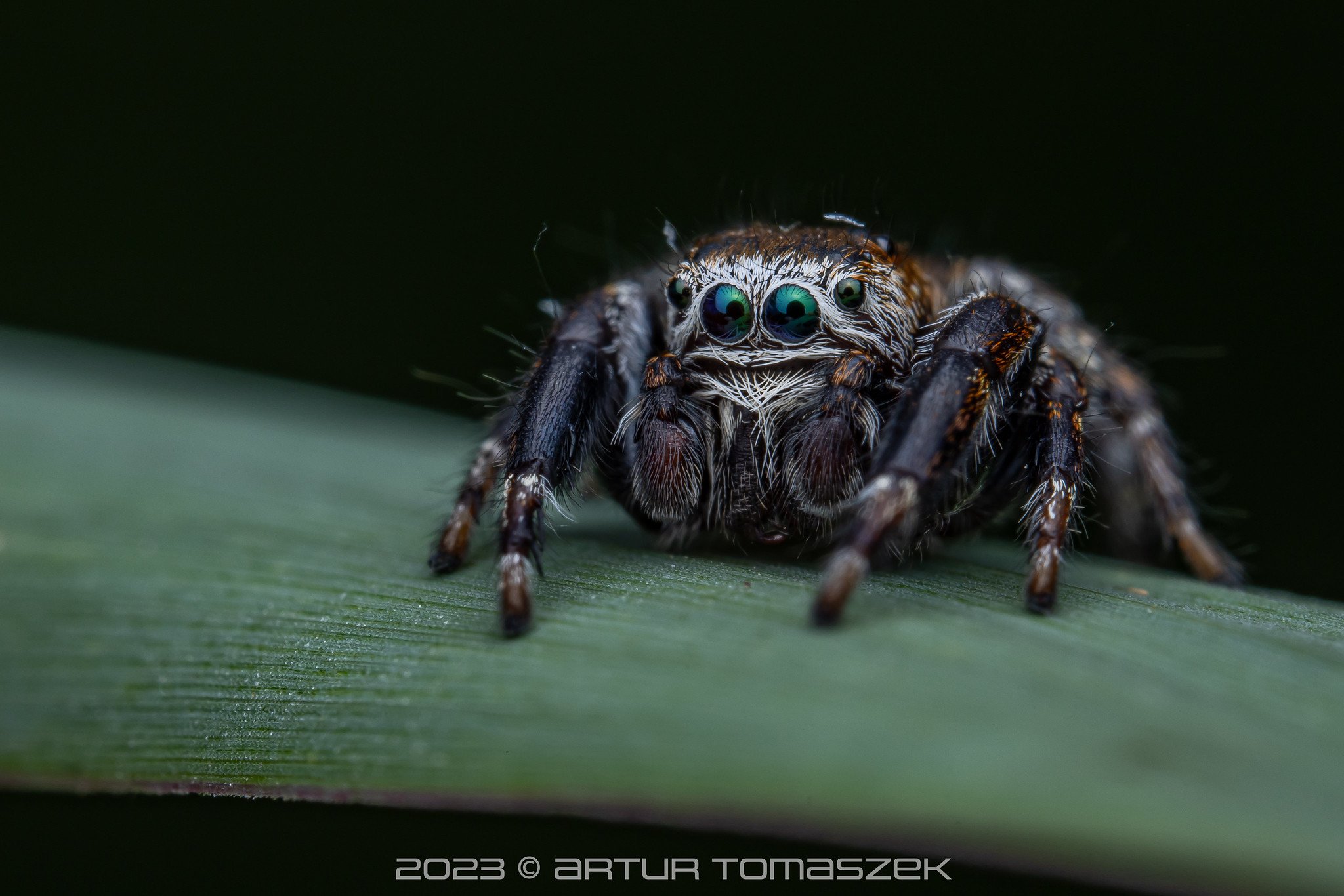
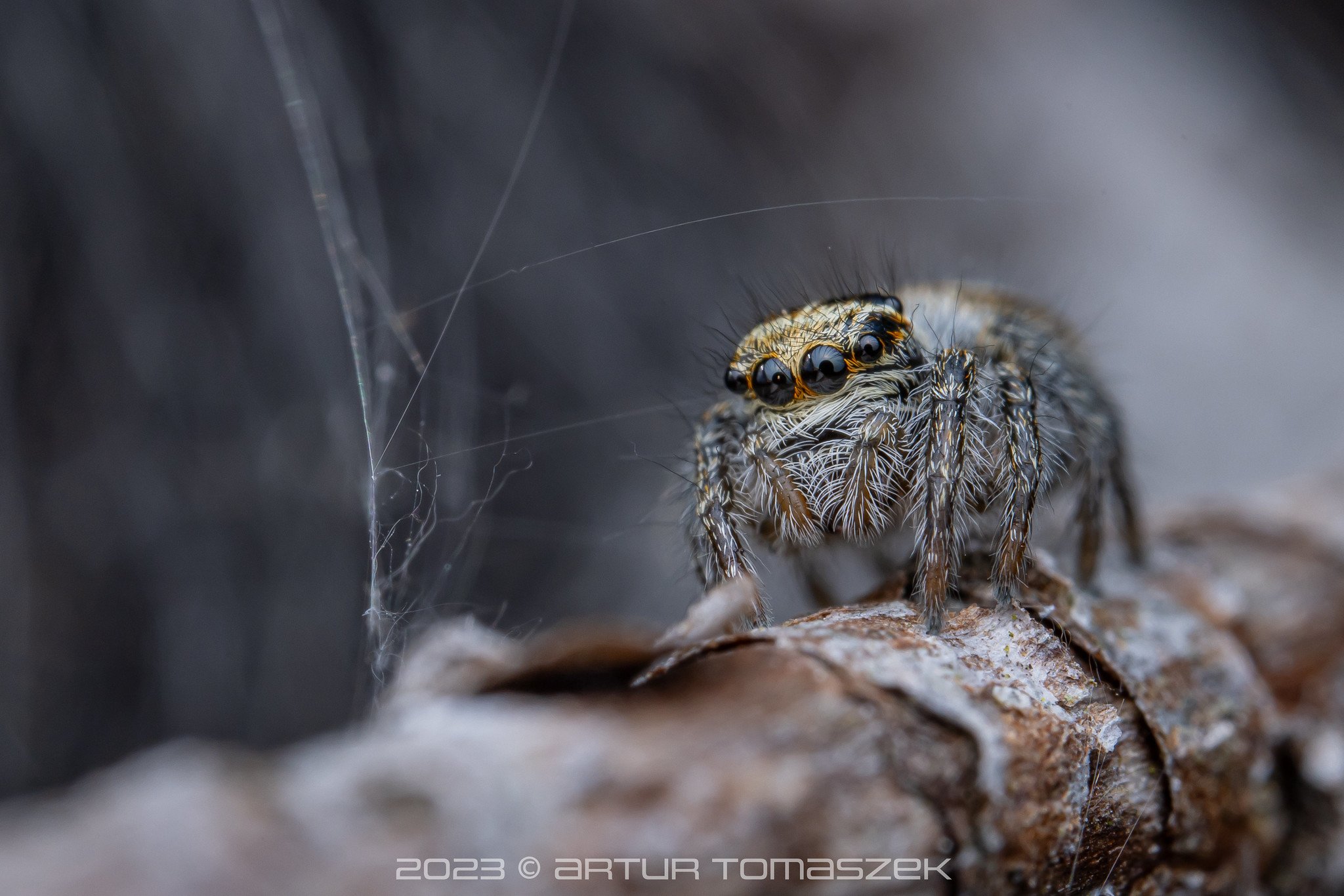
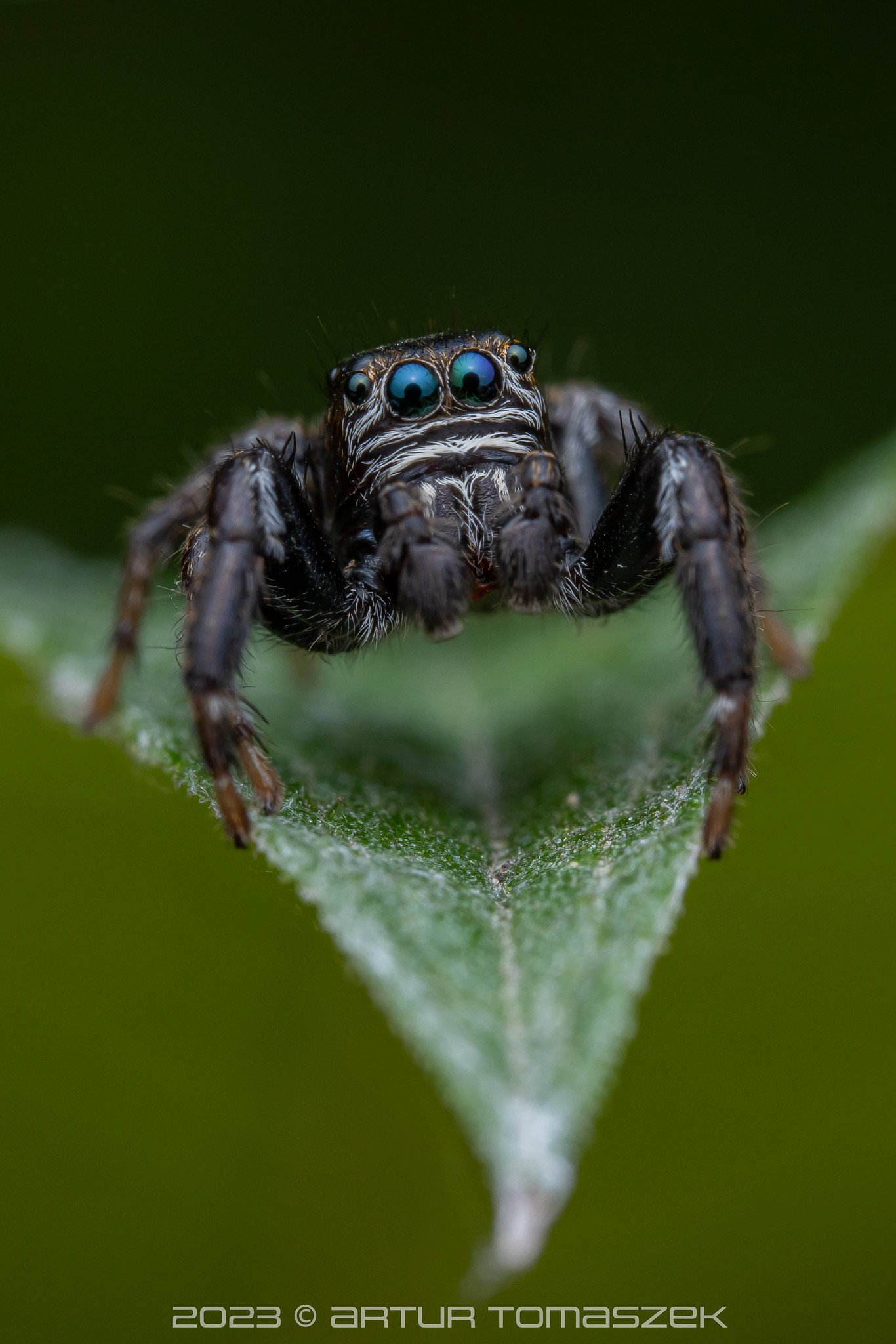

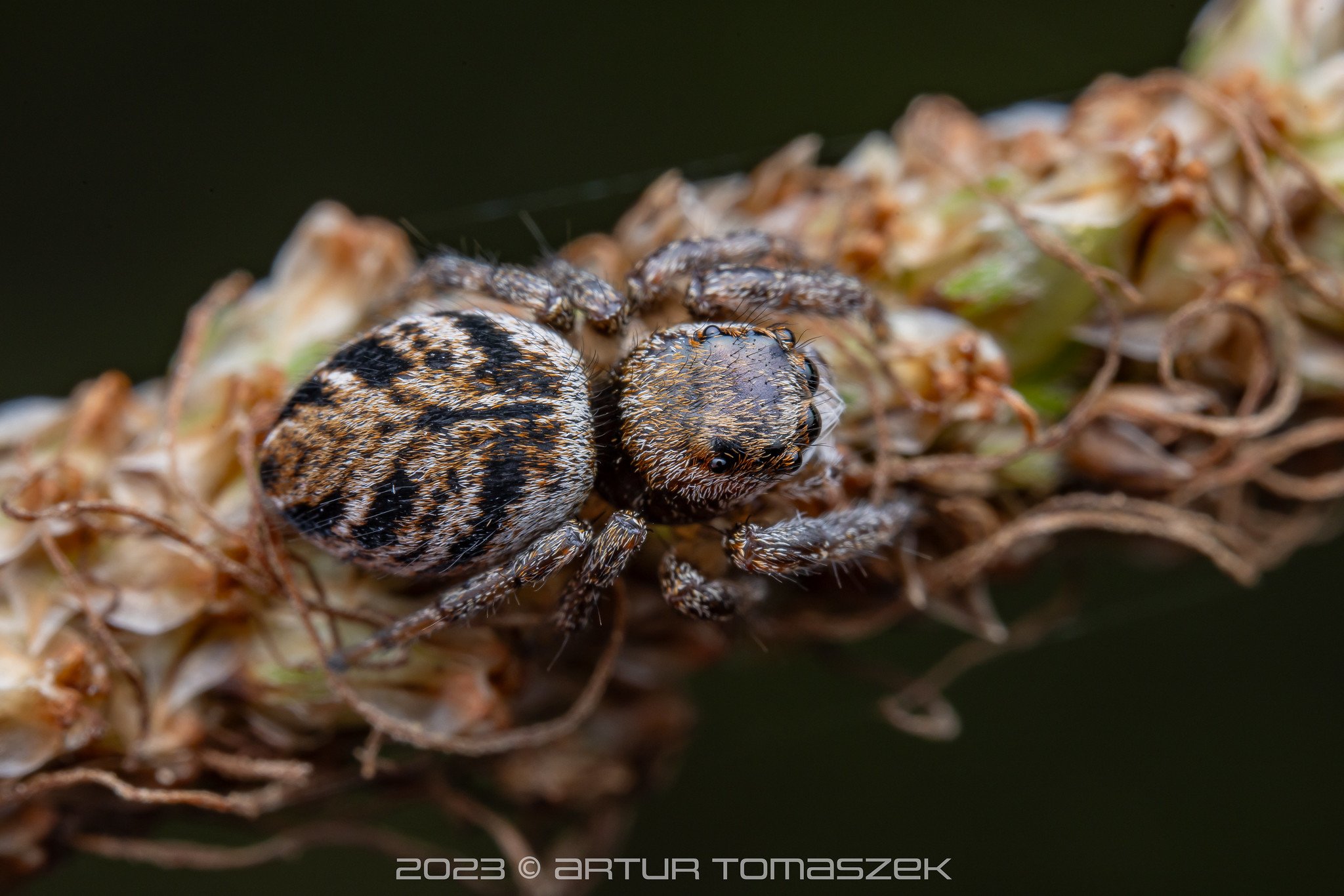
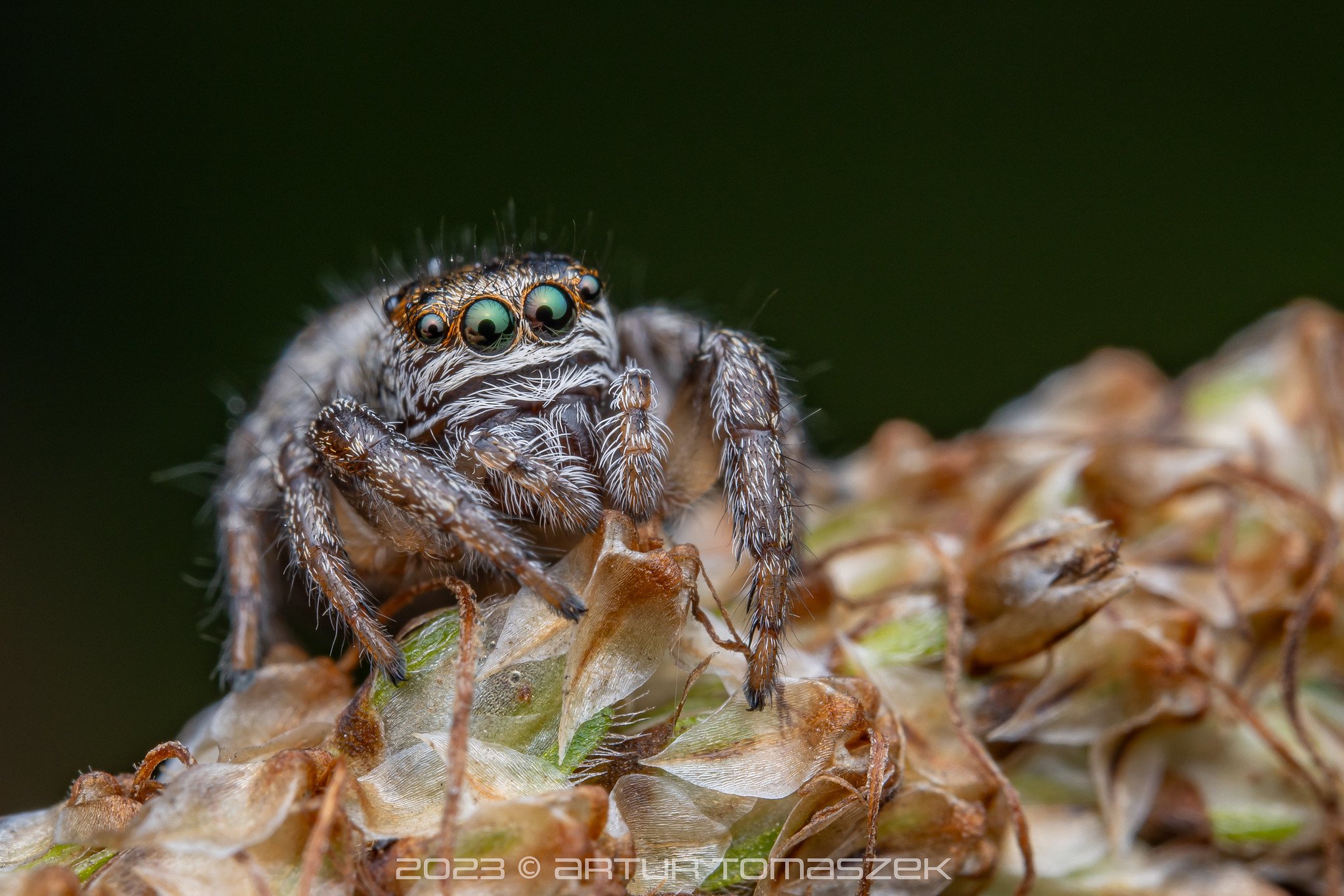
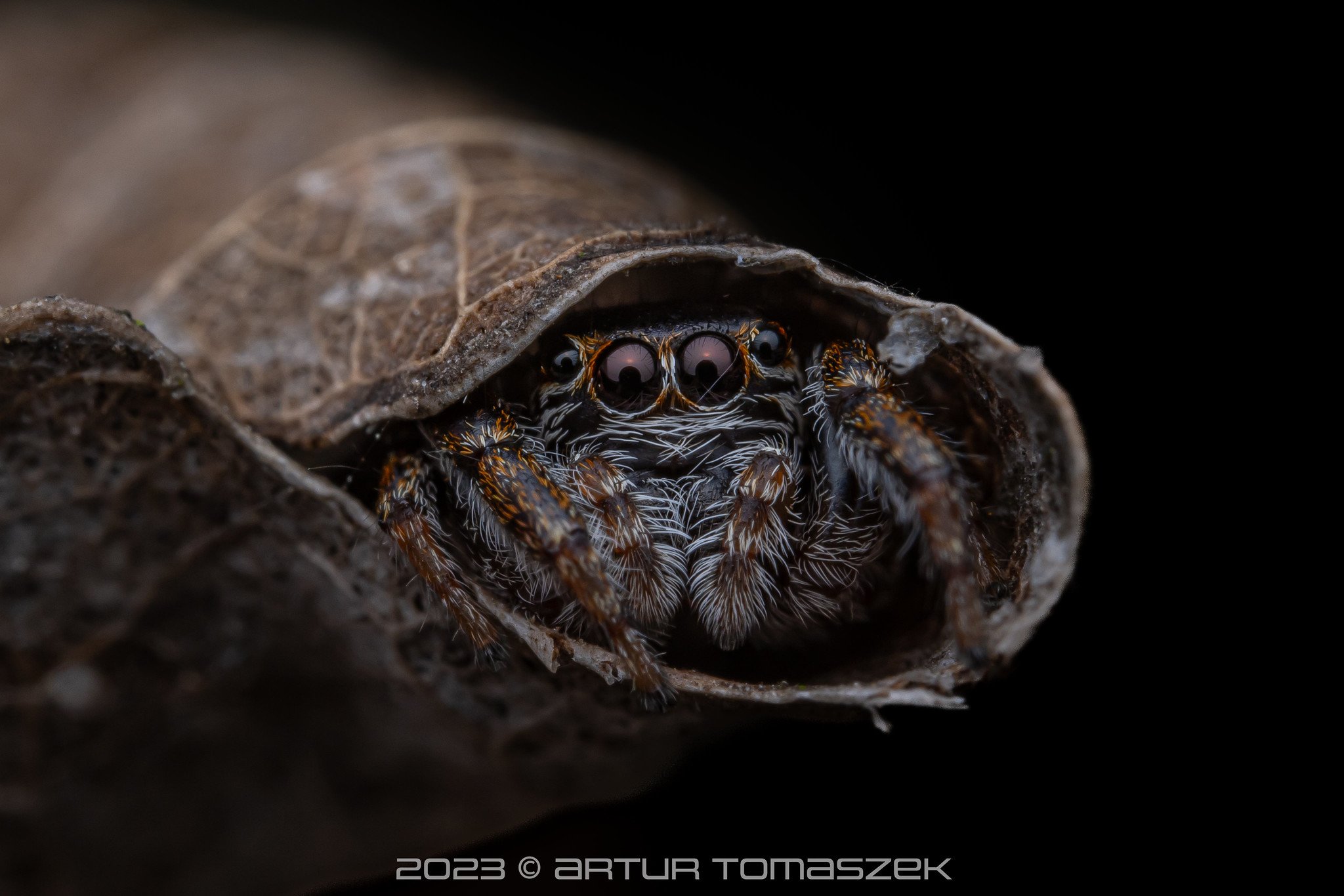
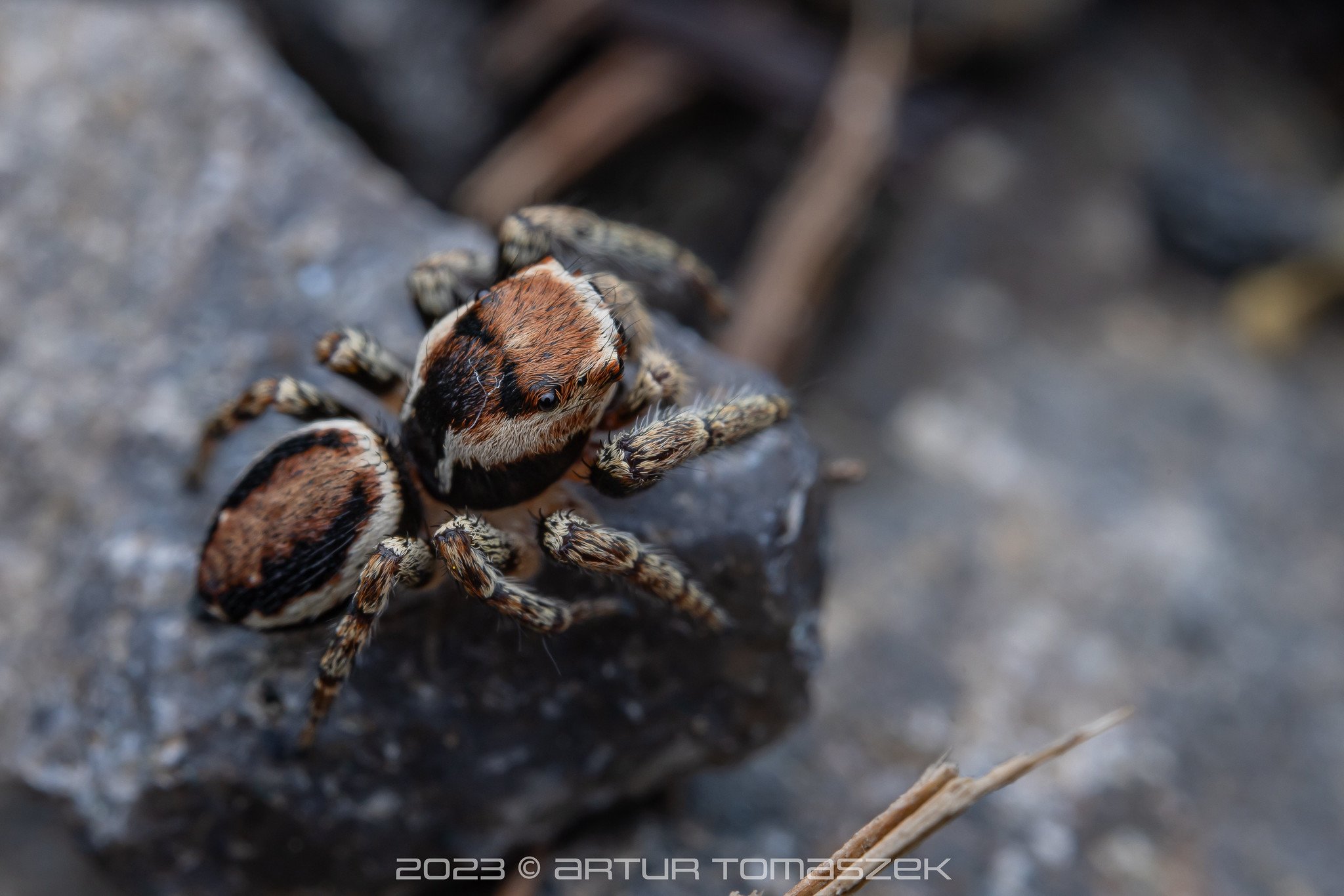


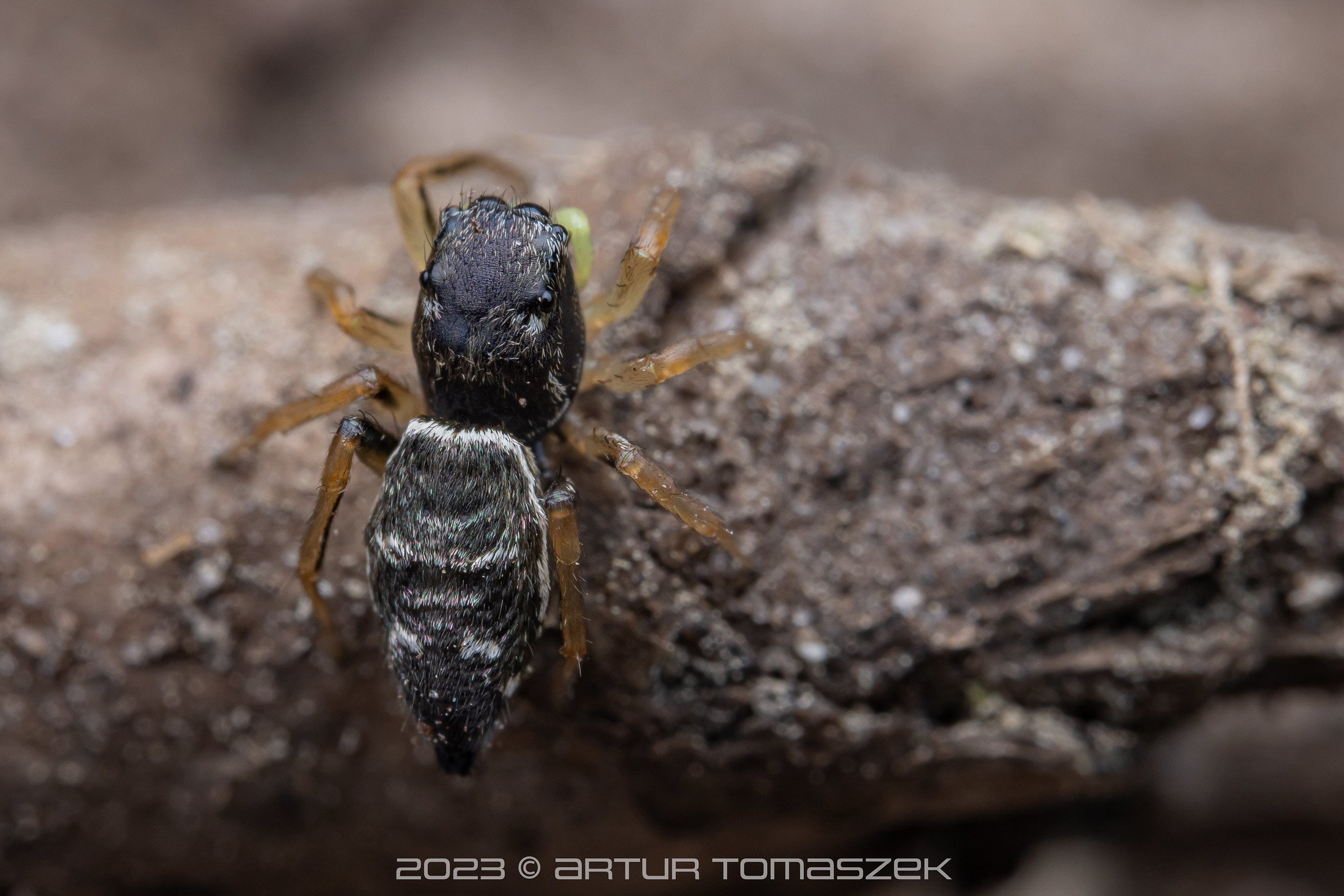
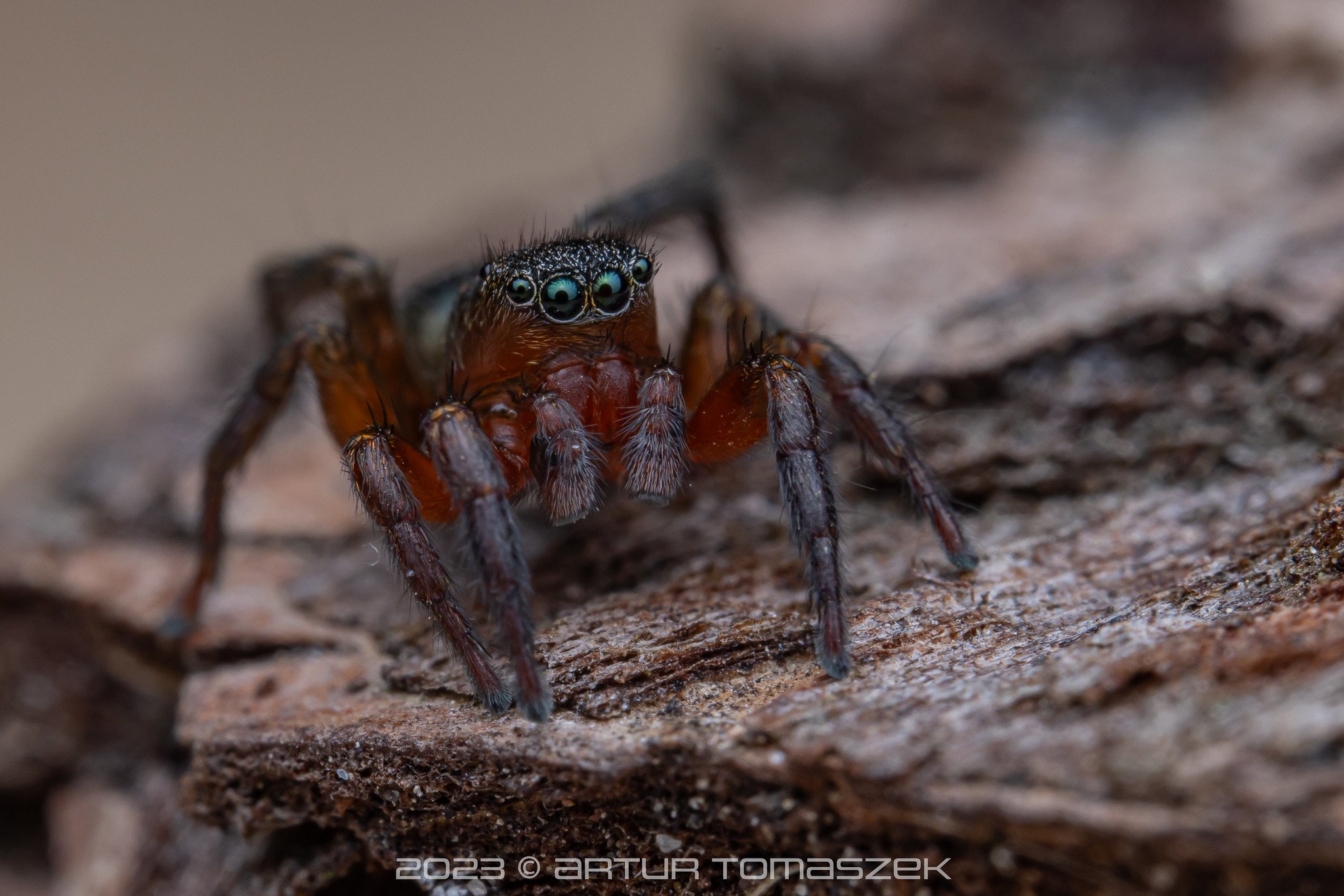
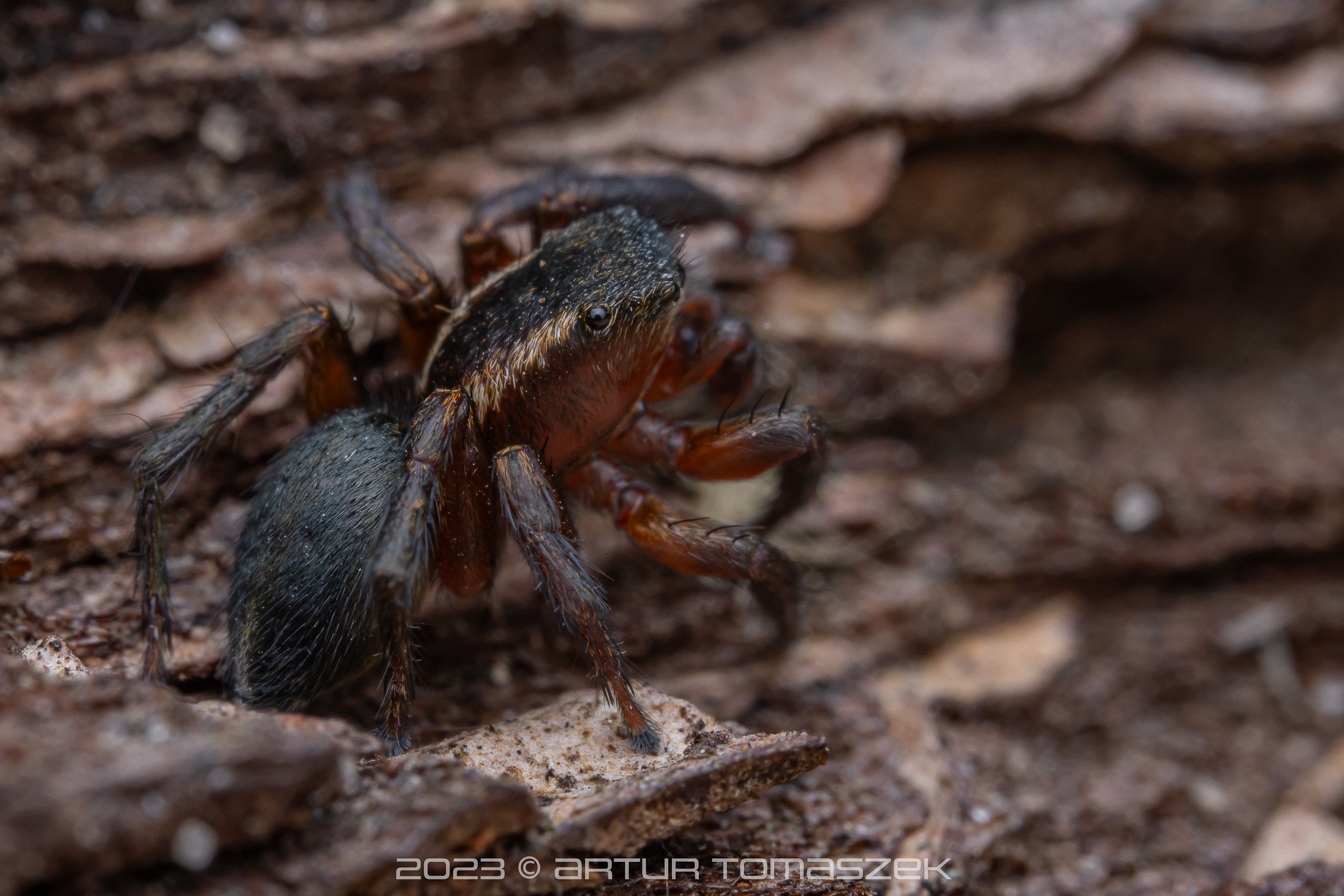
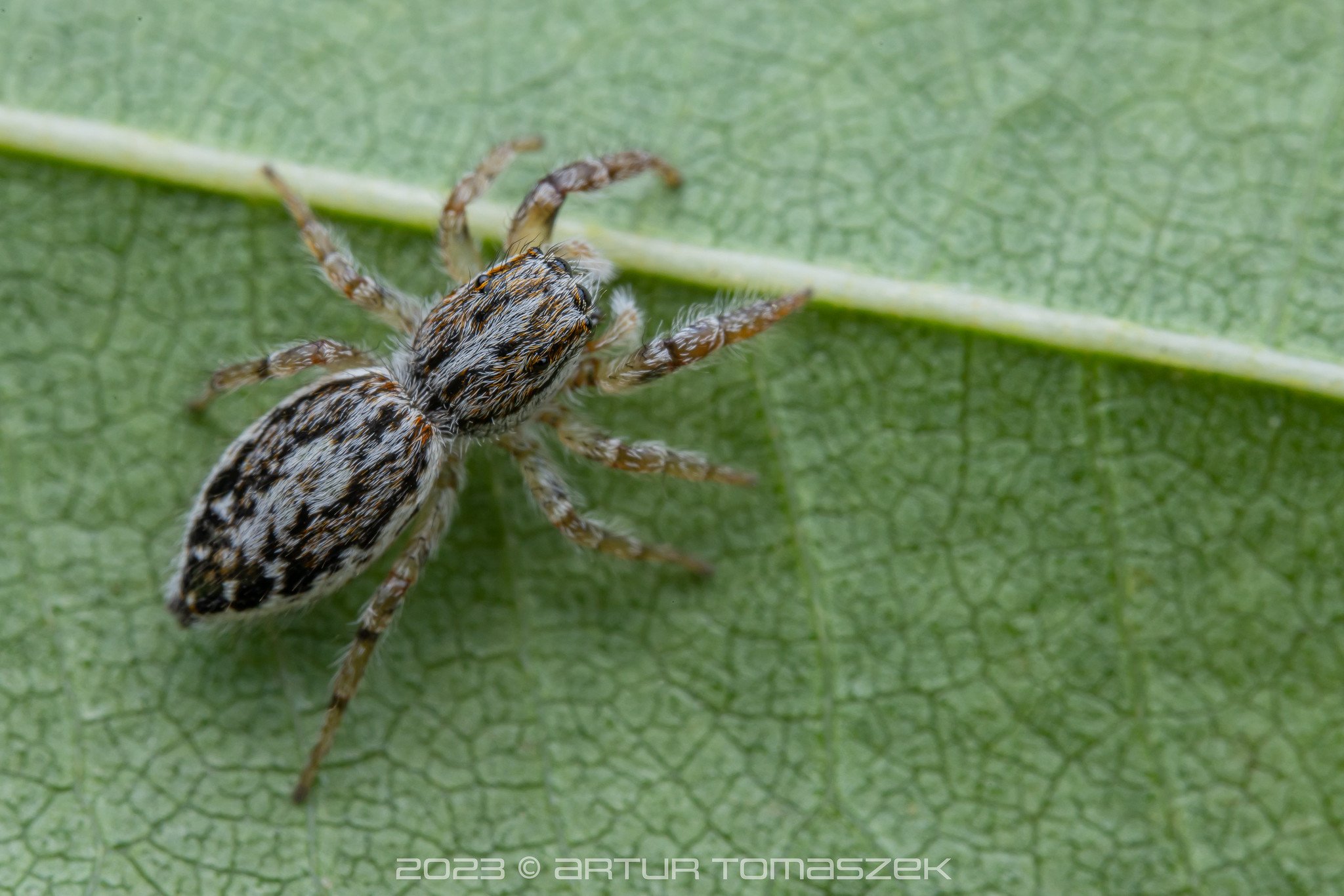

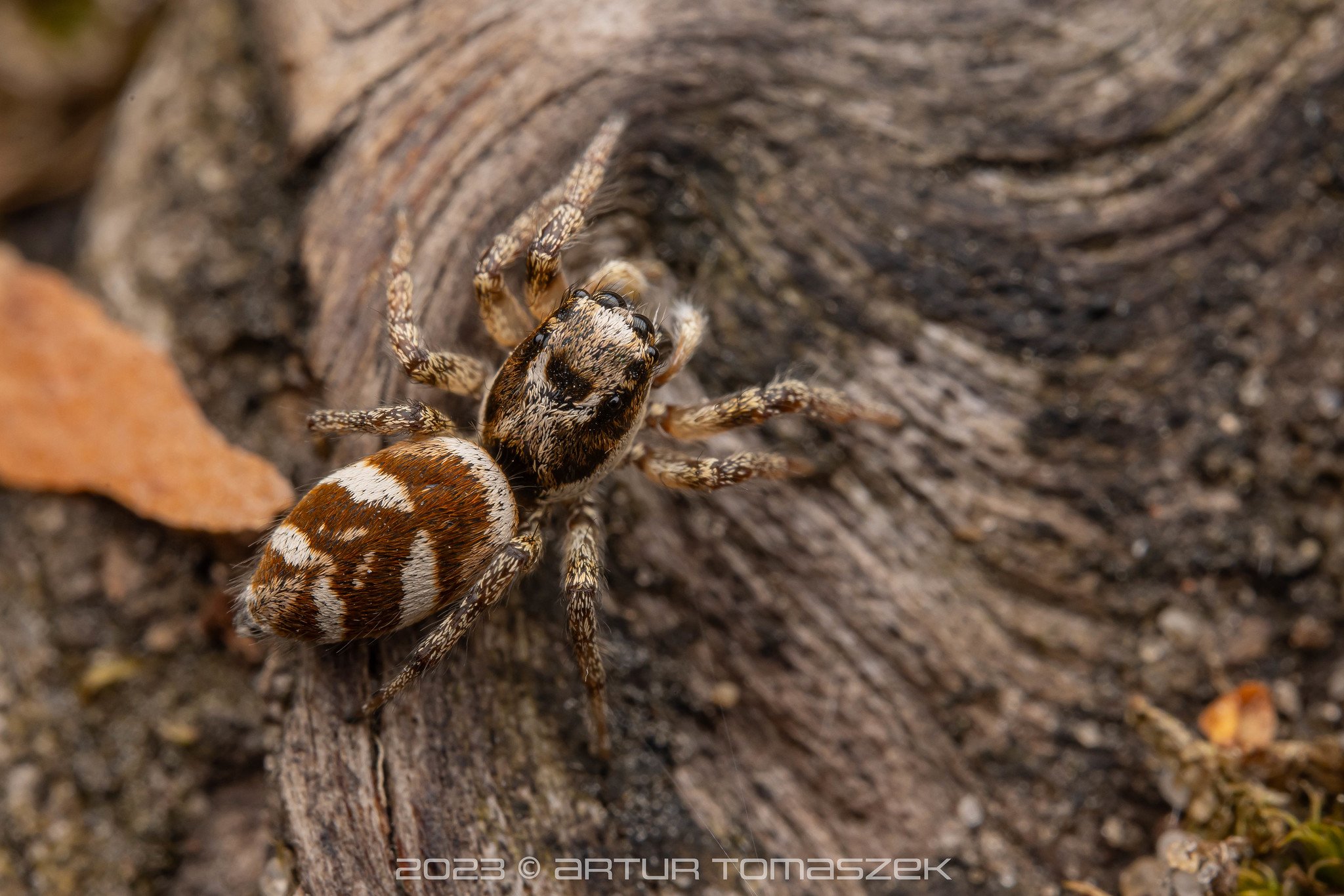
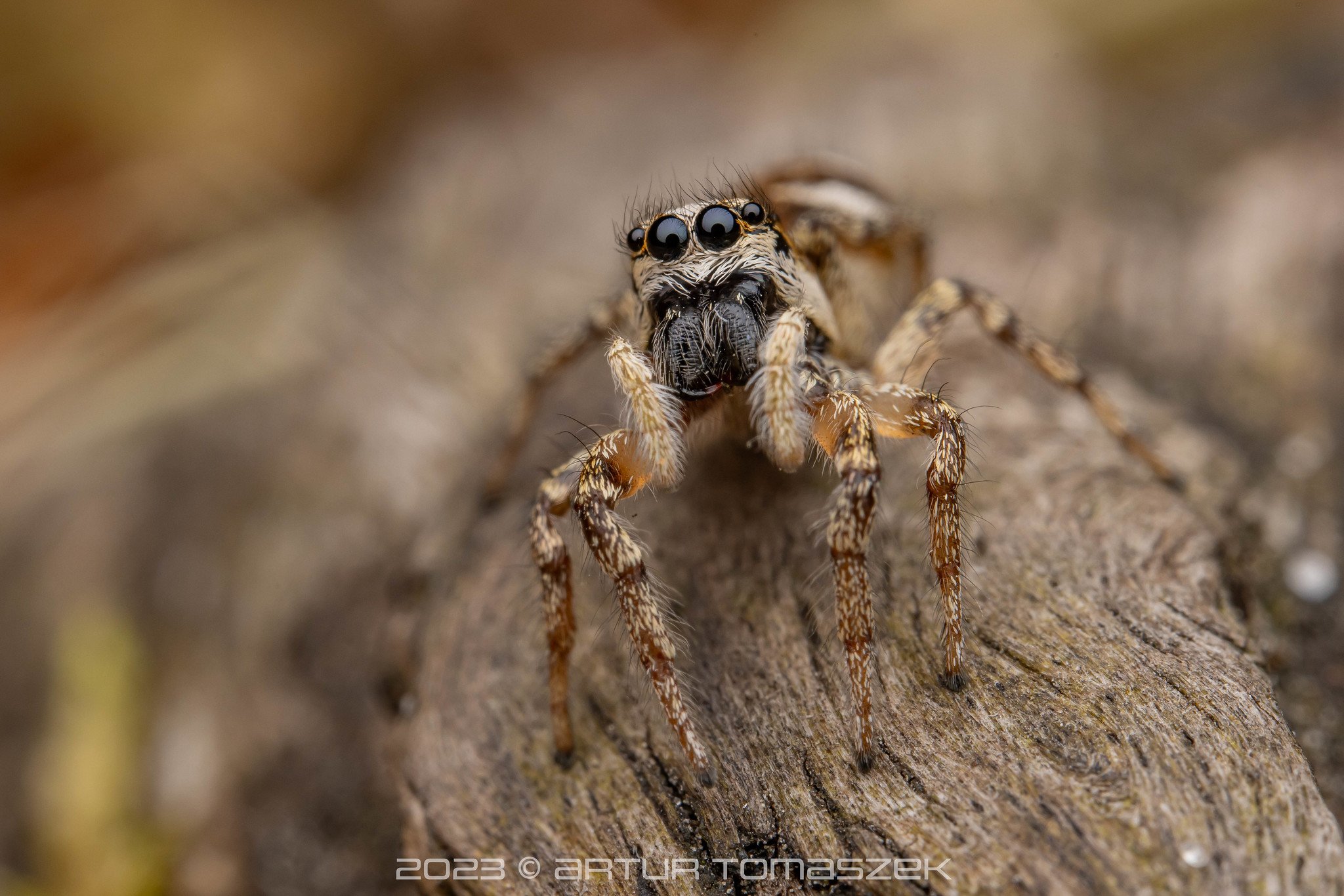
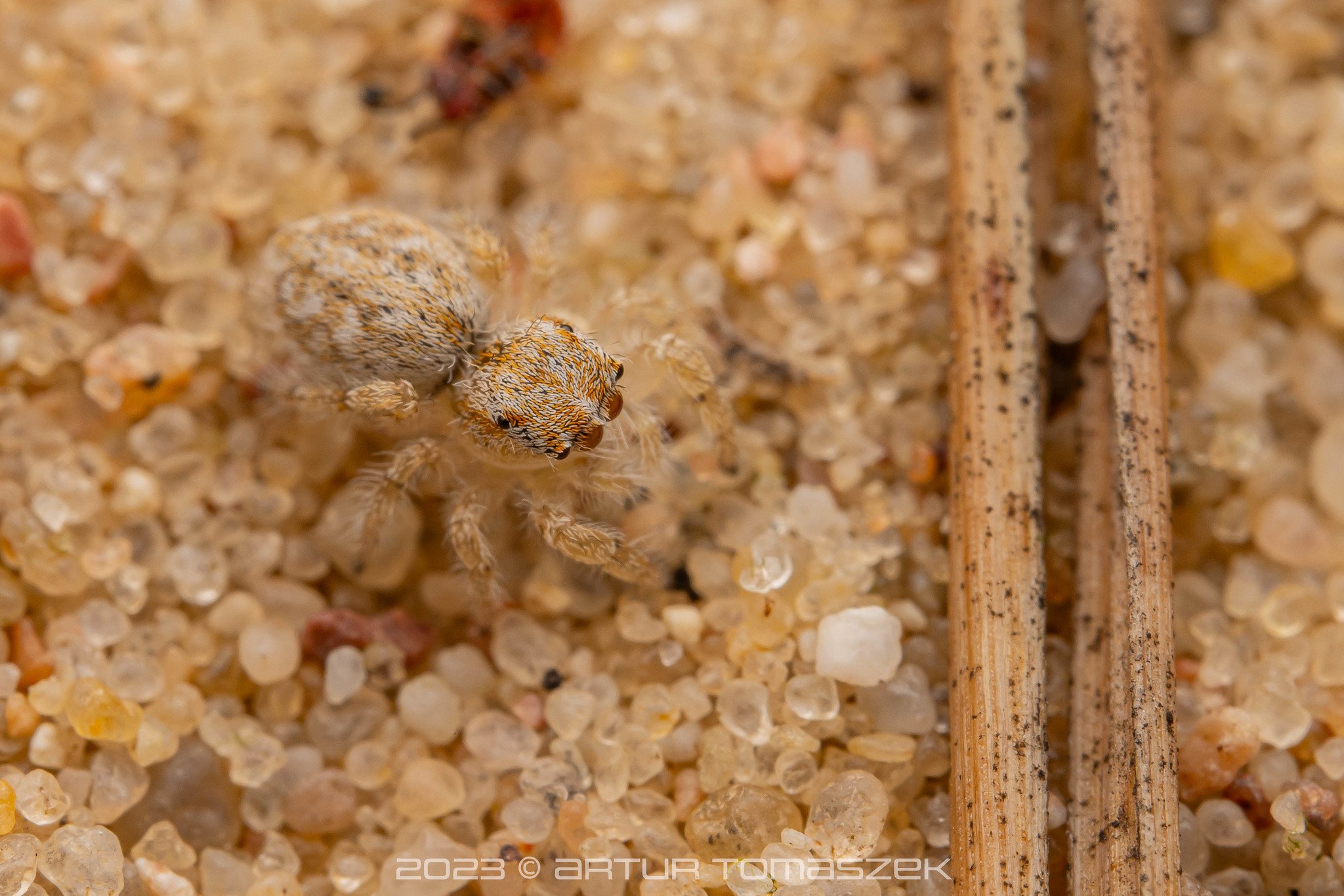
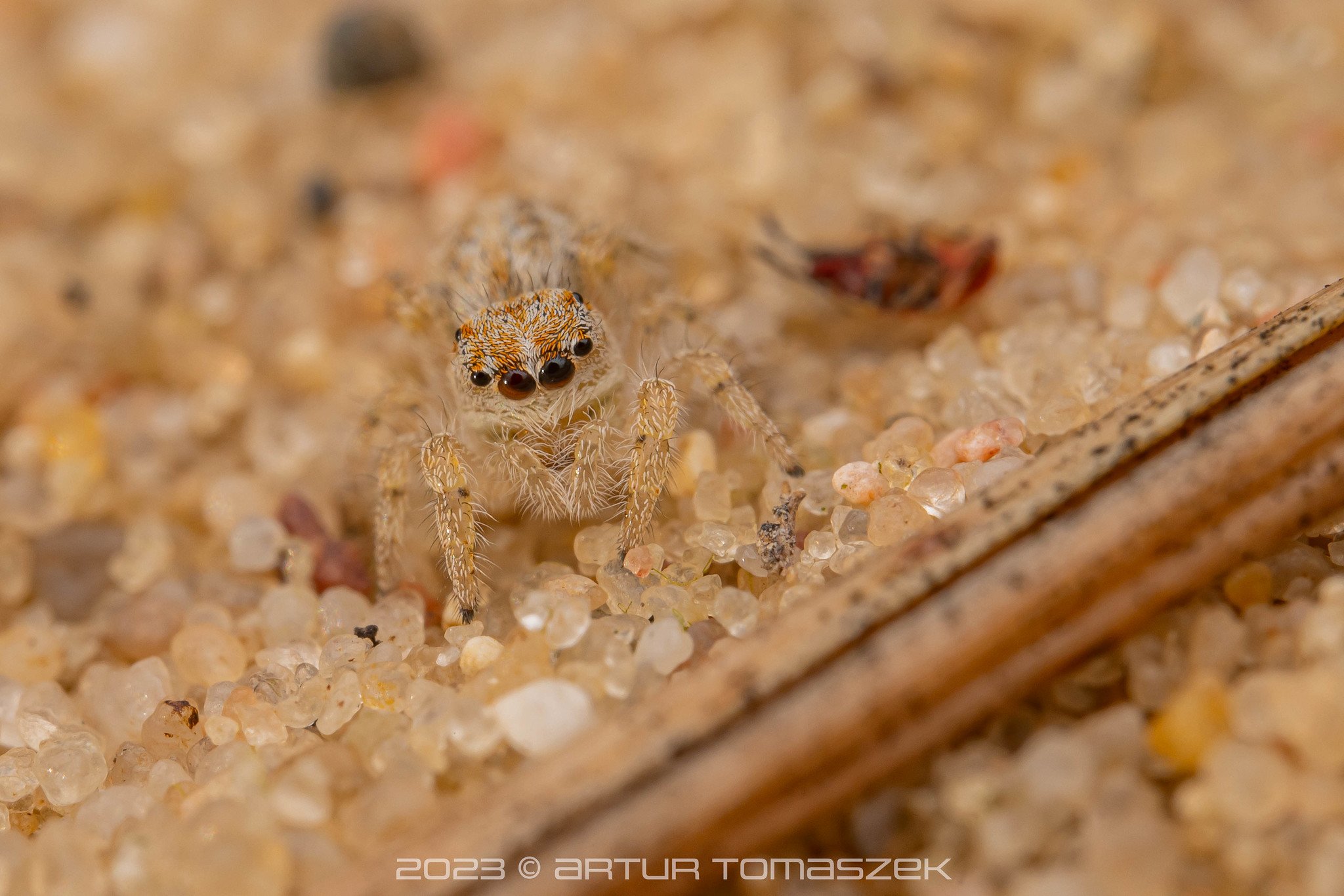
But that wasn’t all in the eight-legged department!
We were both super excited to finally see the ladybird spider (Eresus kollari, pl. poskocz krasny - photos 1-3 below), both females and a male. This species is found across Europe and it lives in colonies of a couple dozen spiders or more. They burrow up to 10 cm in depth; the juveniles stay in their mother’s burrow and feed on her after she dies.
On our very last day we also explored a new area in Warsaw where we found Heriaeus graminicola, pl. szkarlik zielony (photos 5-6), a hairy crab spider. It’s rare in Poland but once you find the right spot, they come in abundance. This species is considered vulnerable and it’s usually found in dense vegetation of humid areas.
Other spiders below include a strawberry spider (Araneus alsine, pl. krzyżak pomarańczowy - photo 7 below), wasp spiders (Argiope bruennichi, pl. tygrzyk paskowany - photo 4), a purse-web spider (Atypus sp., pl. gryziel), different crab spider and harvestmen (also known as daddy longlegs); fishing spiders (Dolomedes sp.); Kishidaia conspicua, pl. upstrzyn; European cave spider (Meta menardi, pl. sieciarz jaskiniowy); ant-mimicking Micaria formicaria, pl. kraśniak mrówkowaty; bordered orbweavers (Neoscona adianta, pl. potul kłosowiec); walnut orbweavers (Nuctenea umbratica, pl. kołosz szczelinowy), Philodromus fuscomarginatus, pl. ślizgun sosnowy; pirate otter spiders (Pirata piraticus, pl. korsarz piratnik); European nursery web spider (Pisaura mirabilis, pl. darownik przedziwny) and again - many, many more.

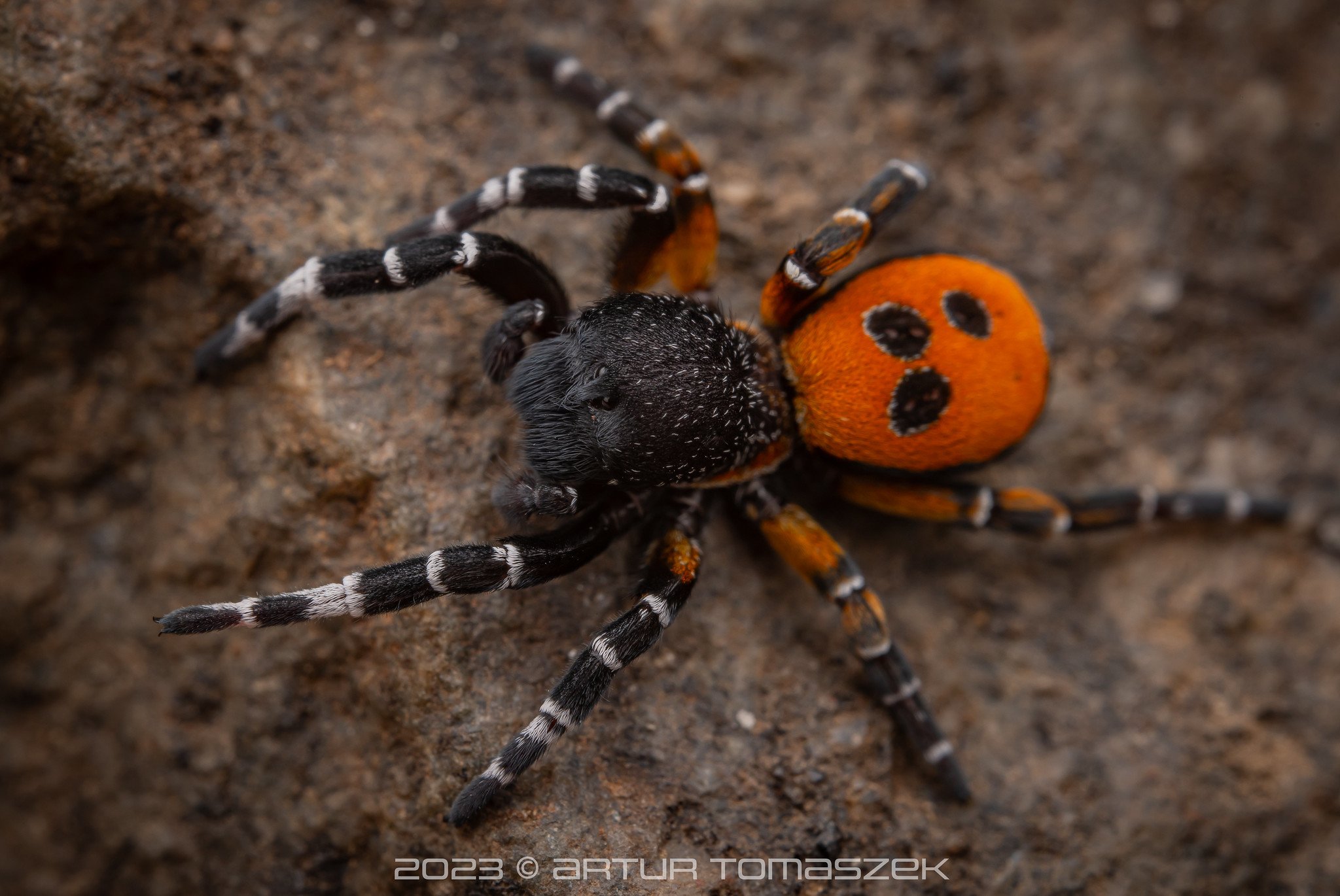
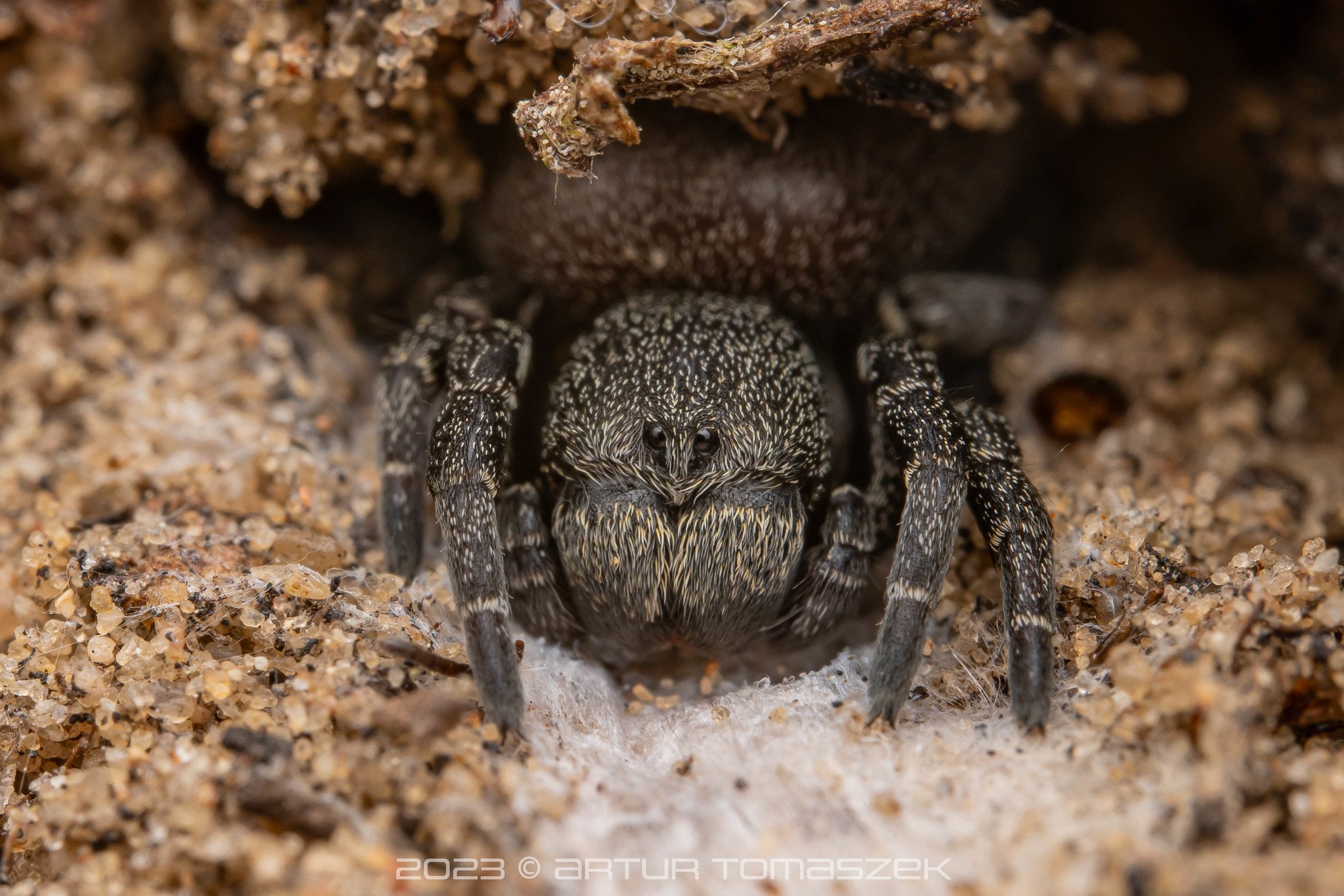
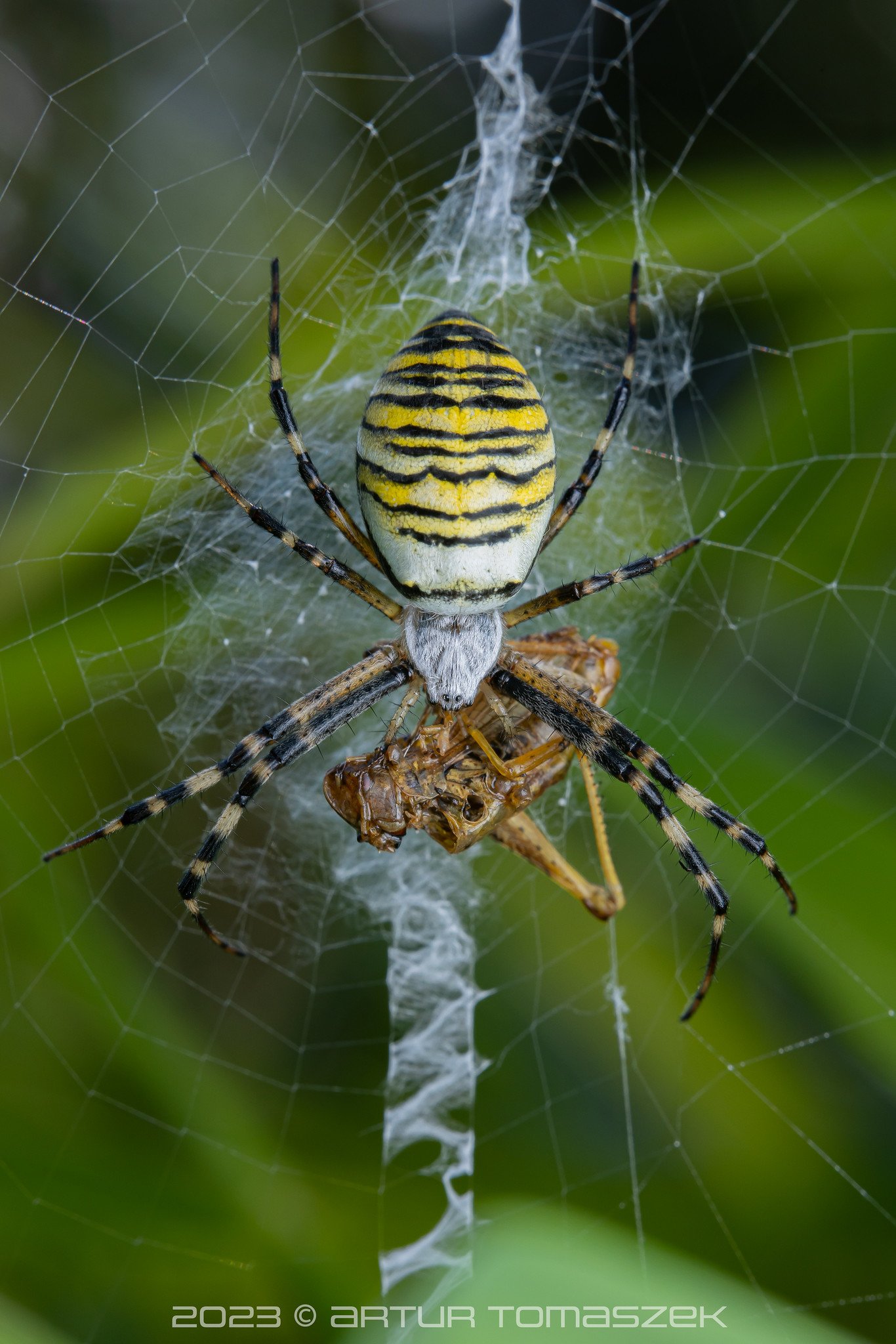
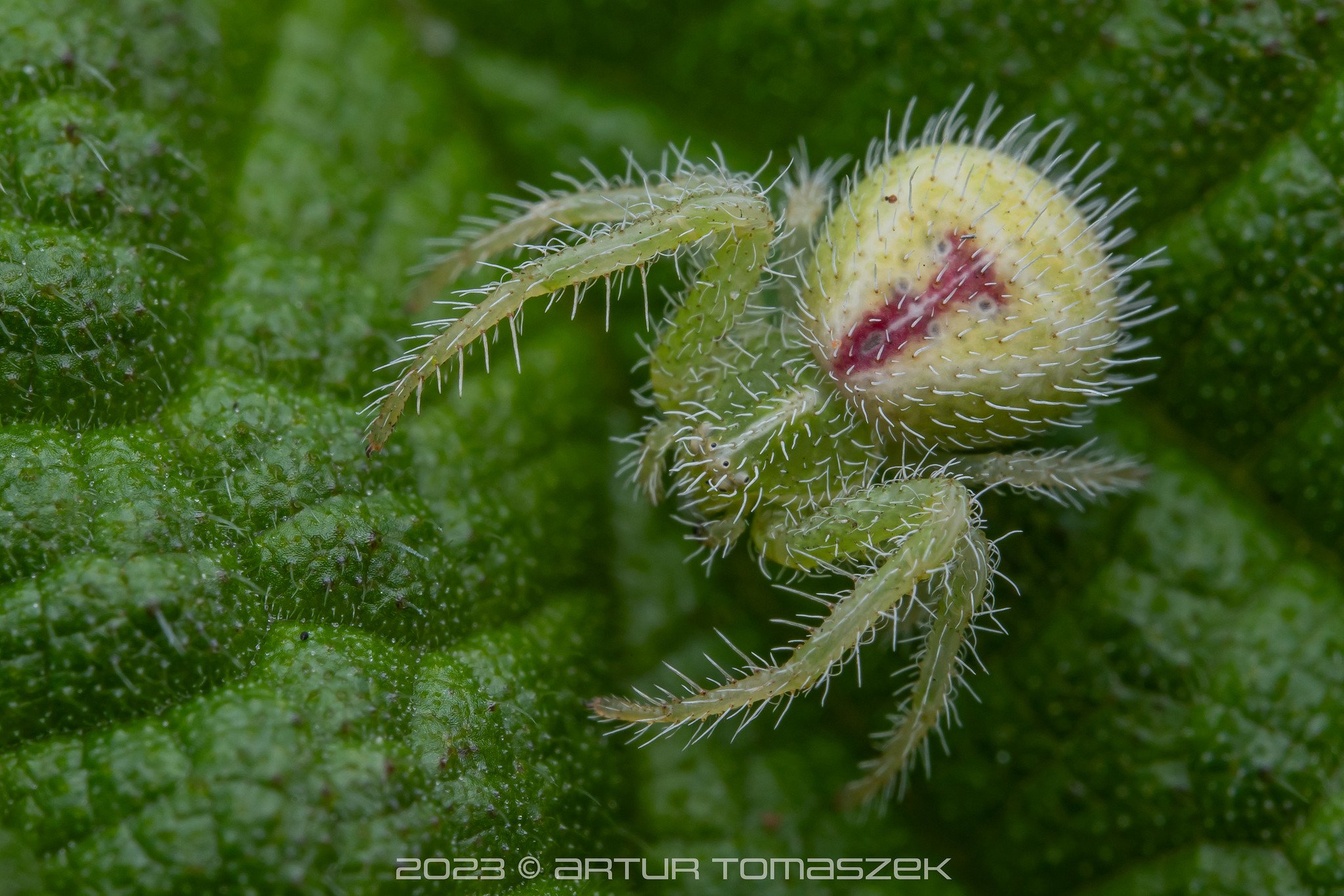
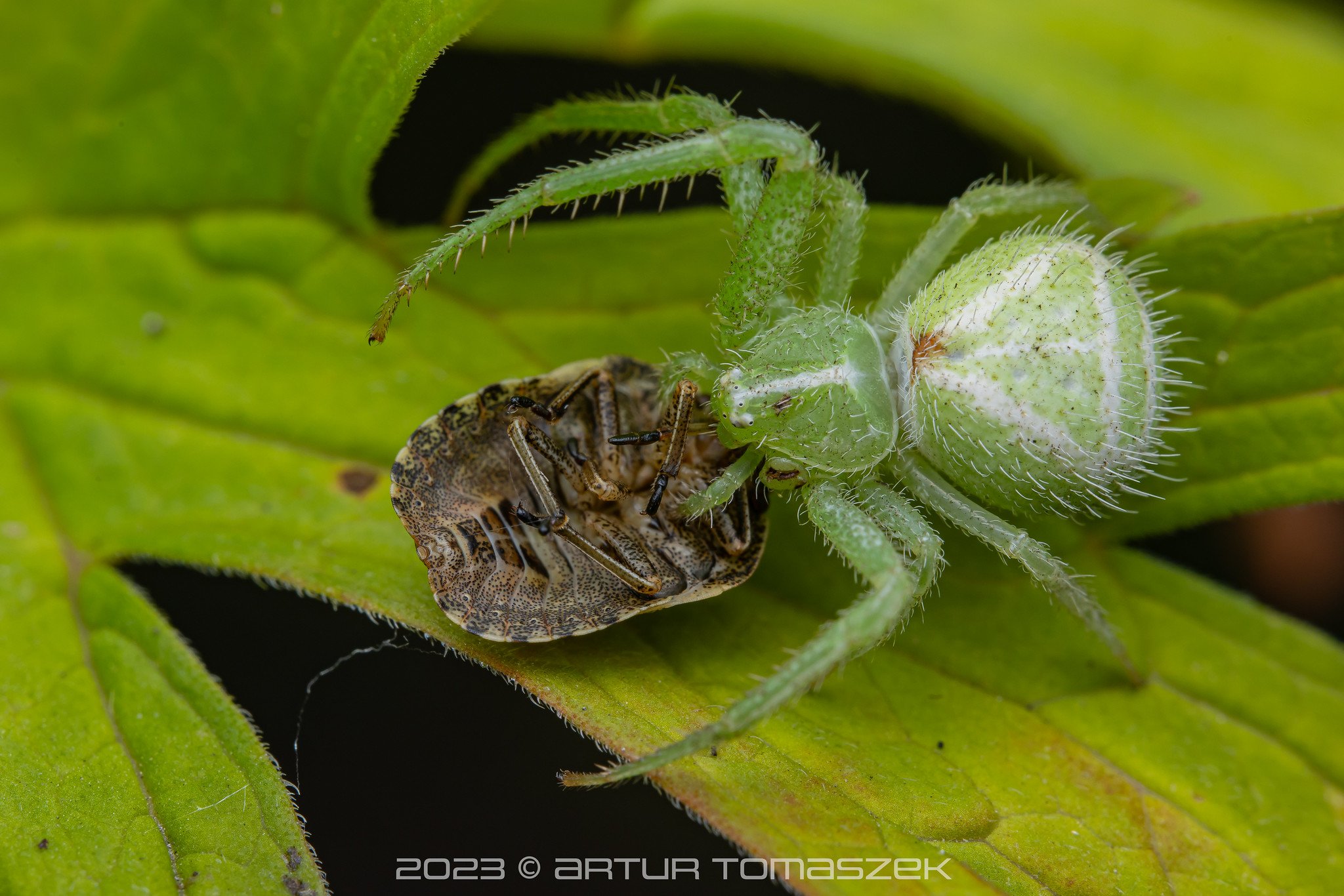
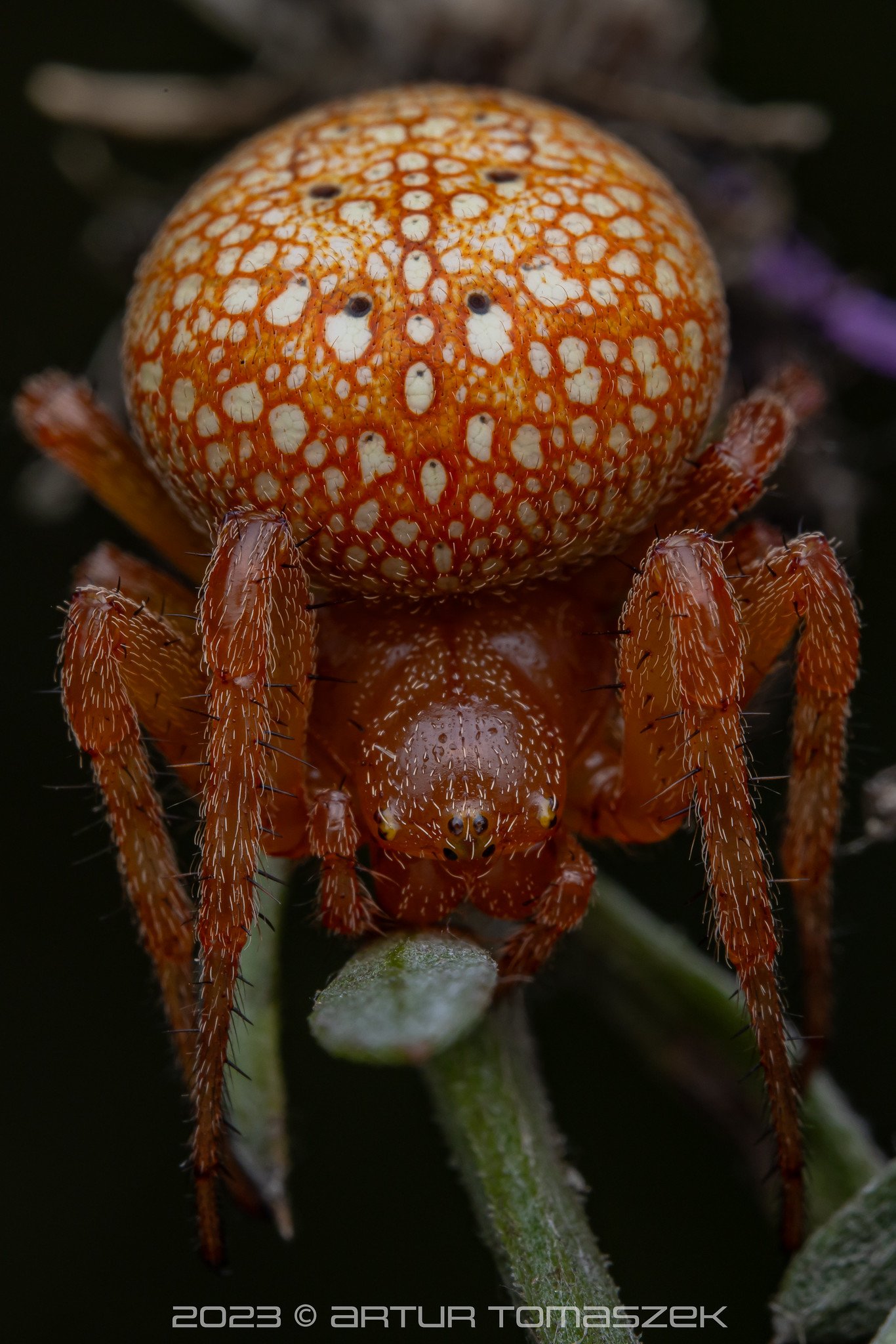
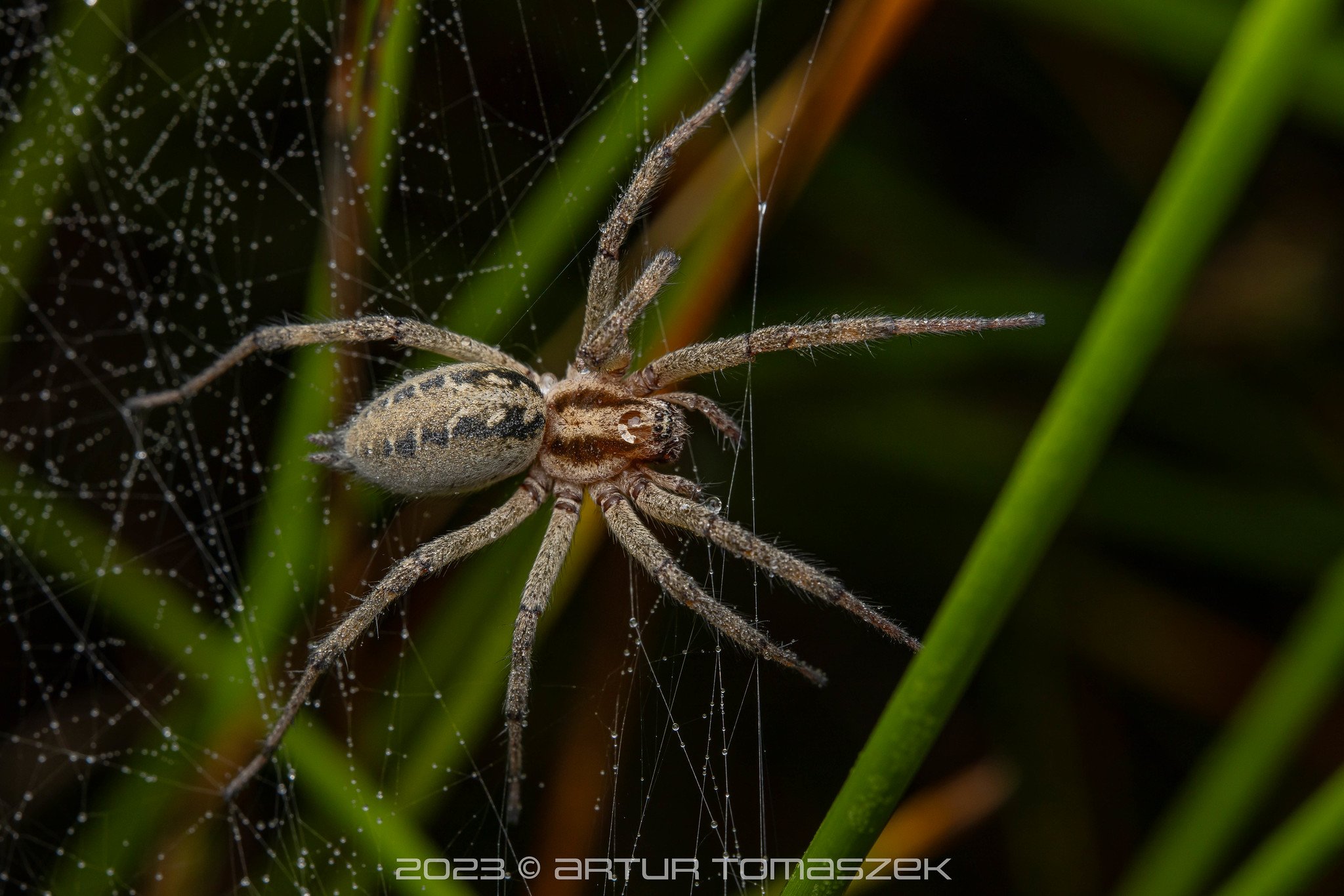
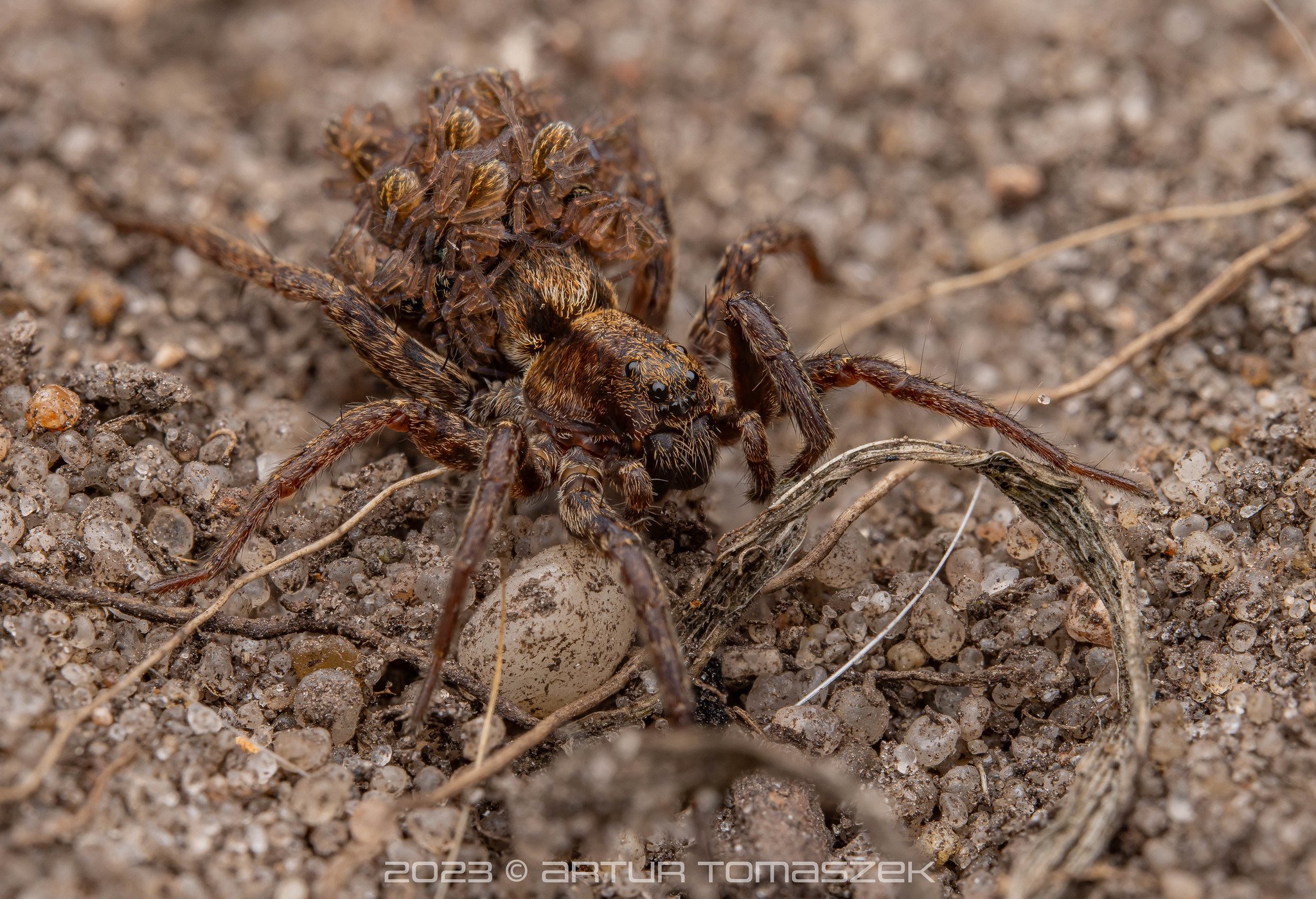
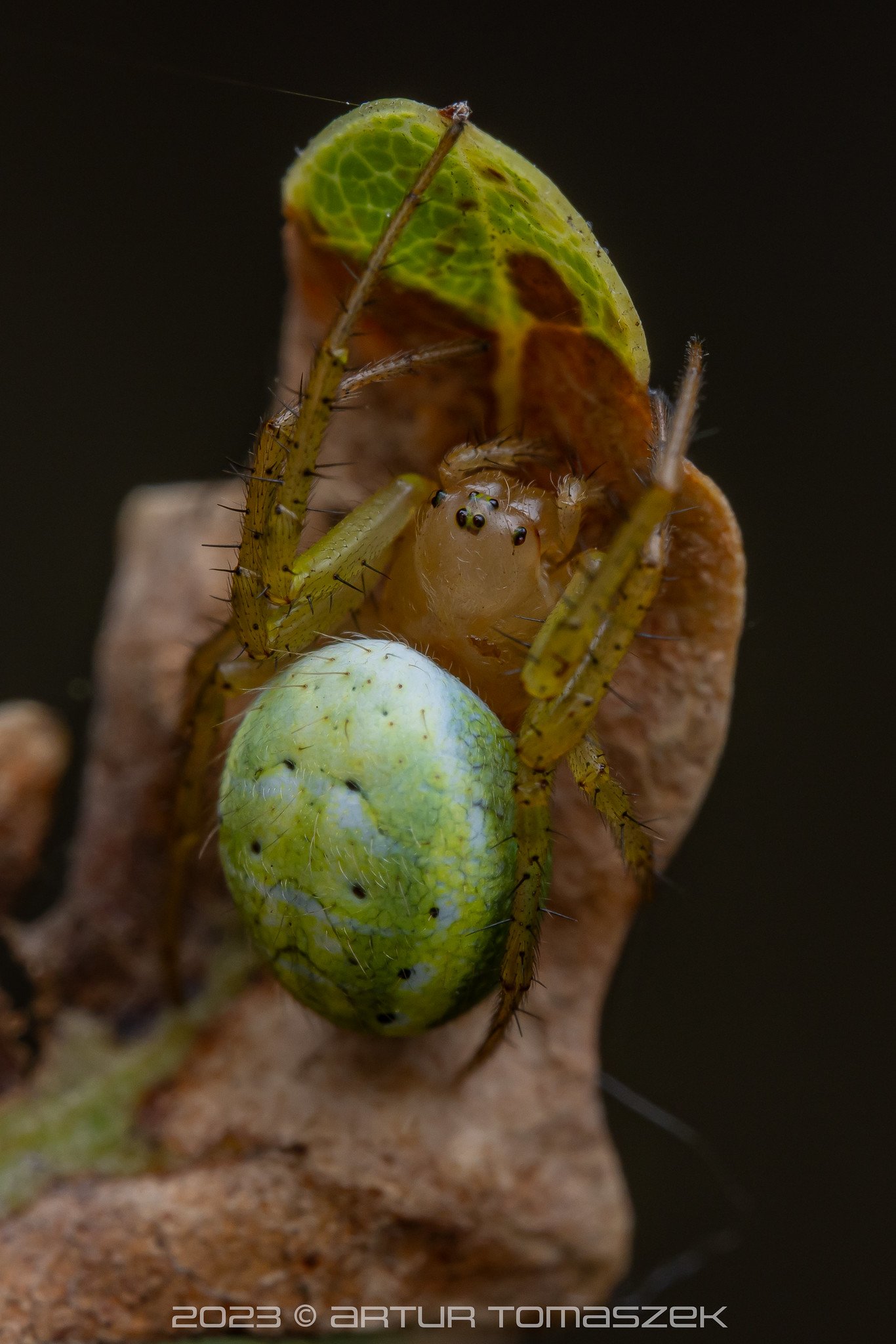
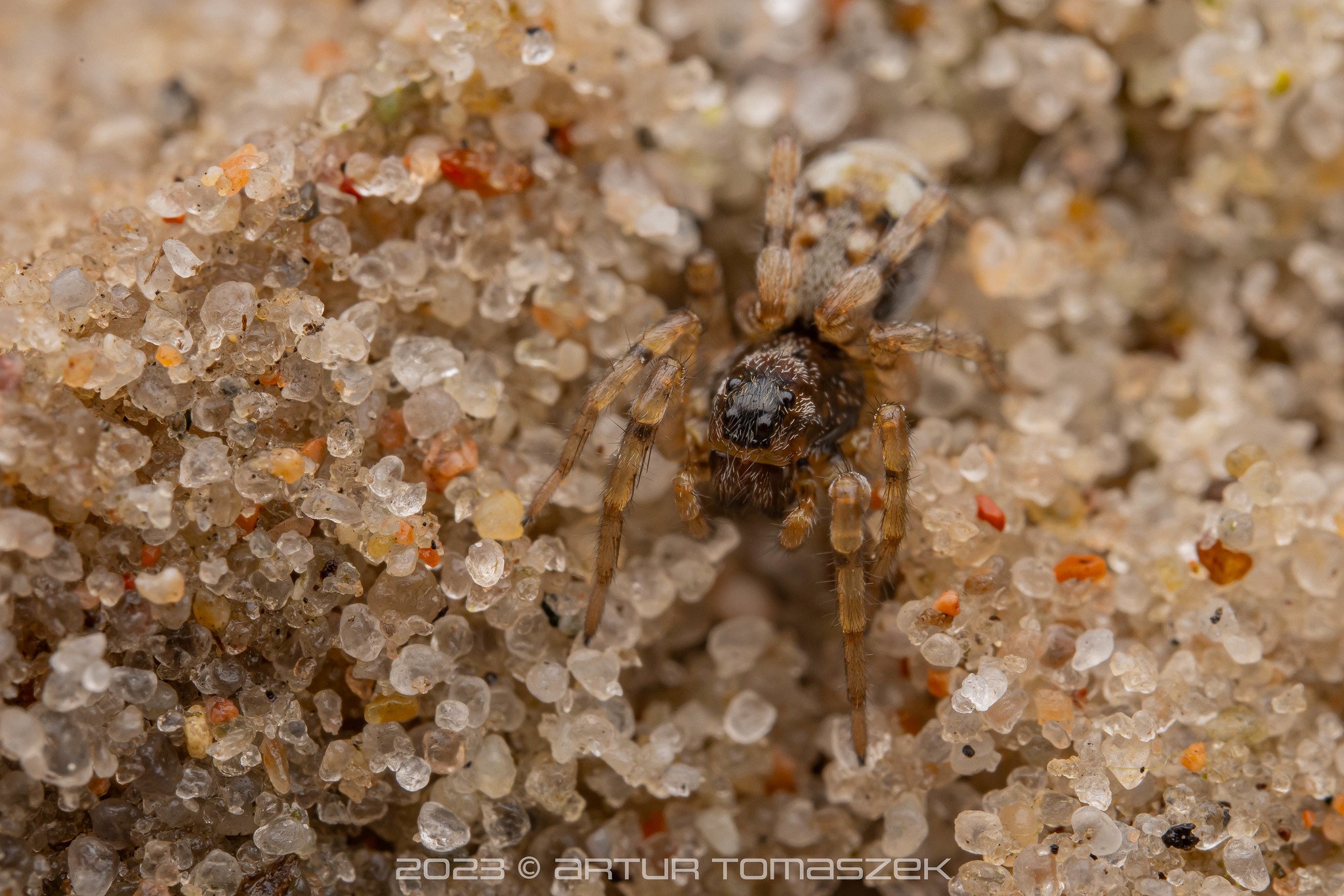
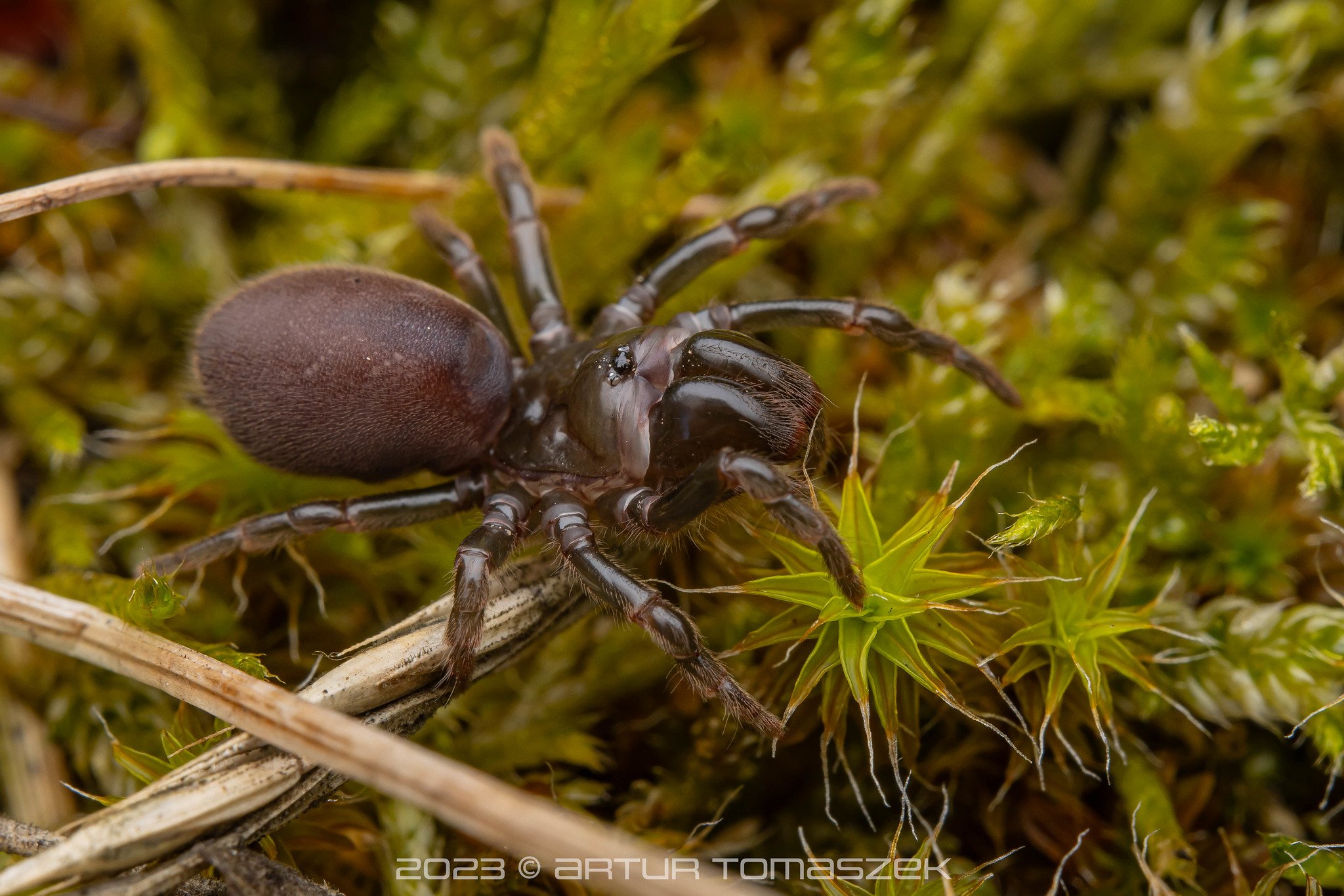
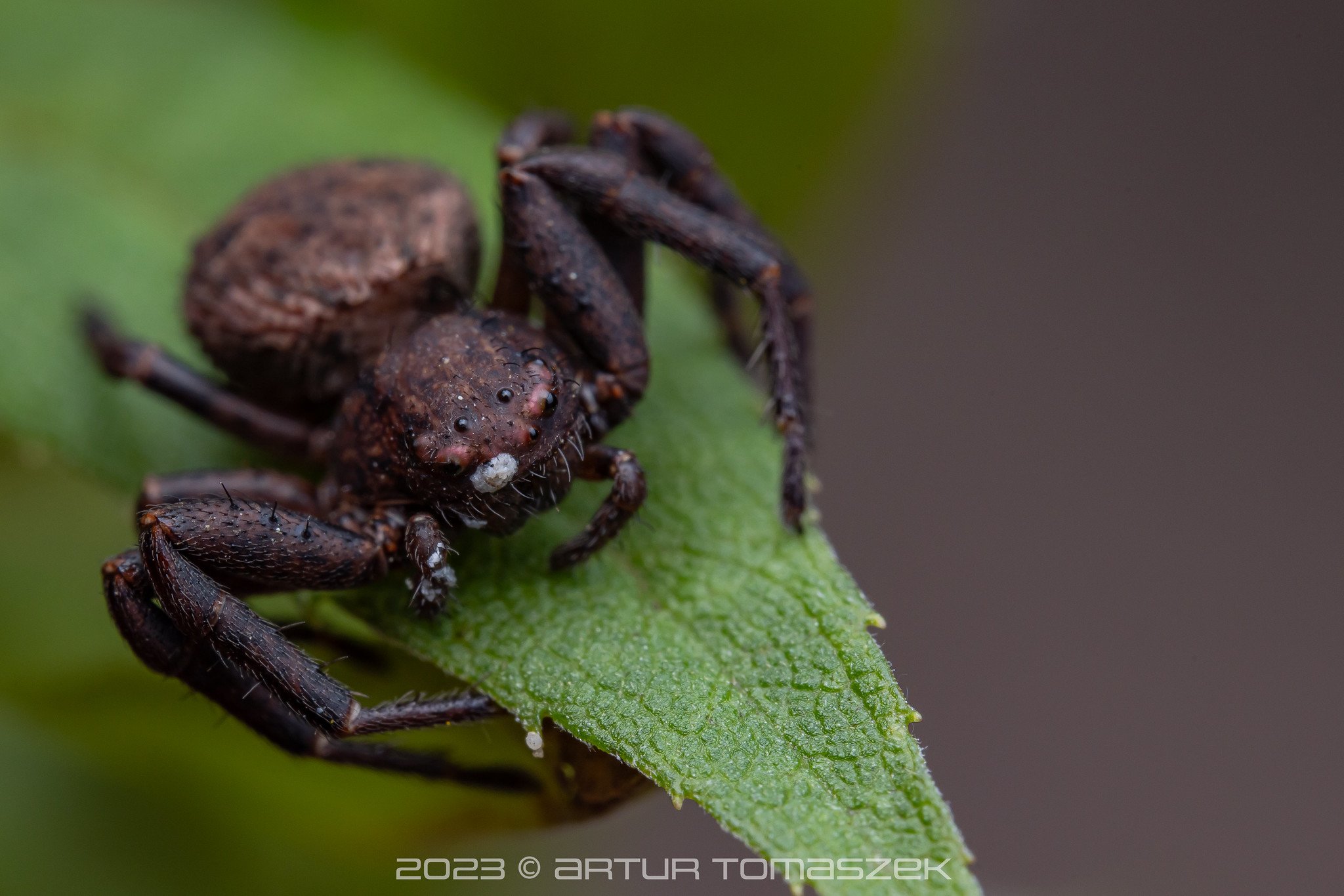
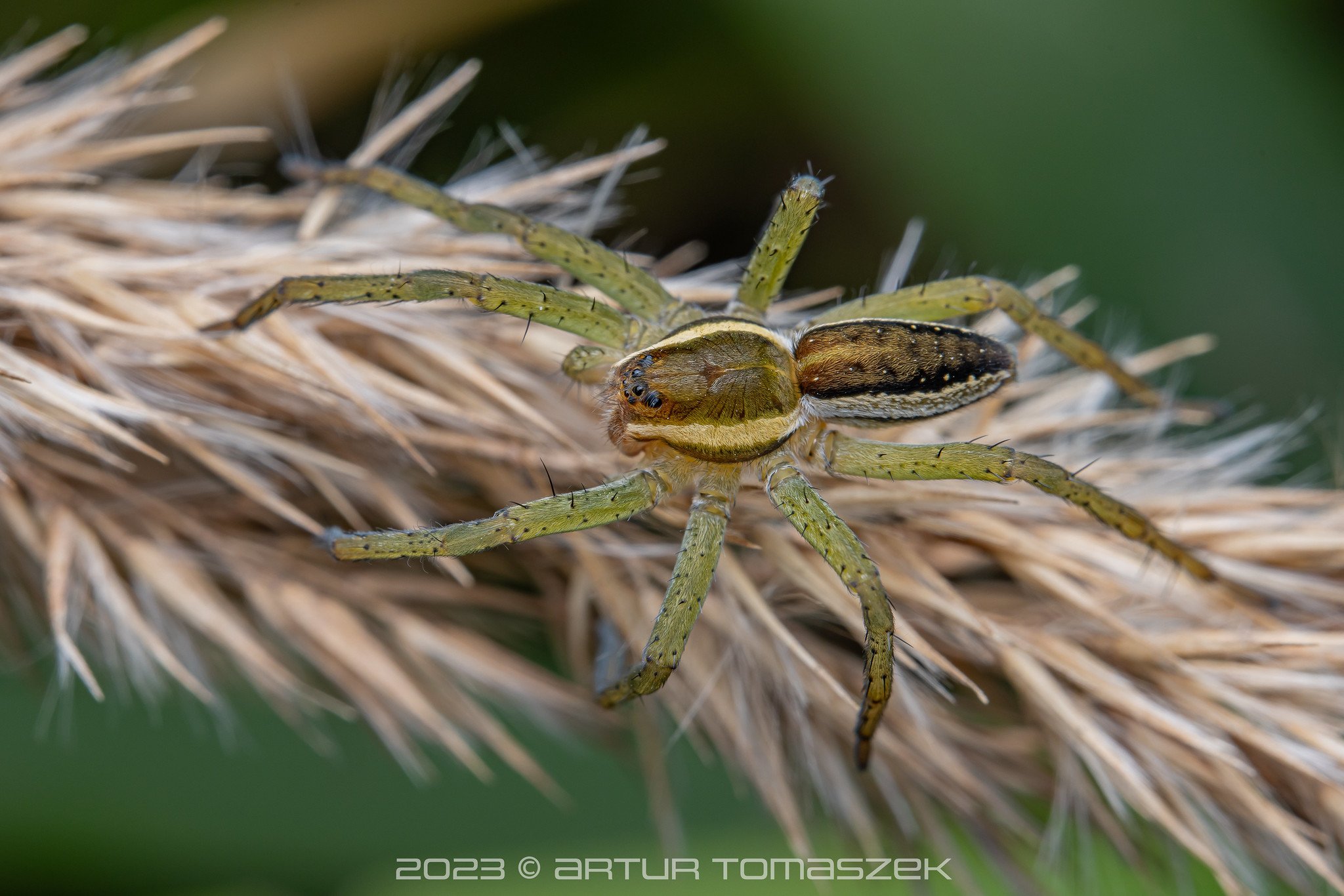

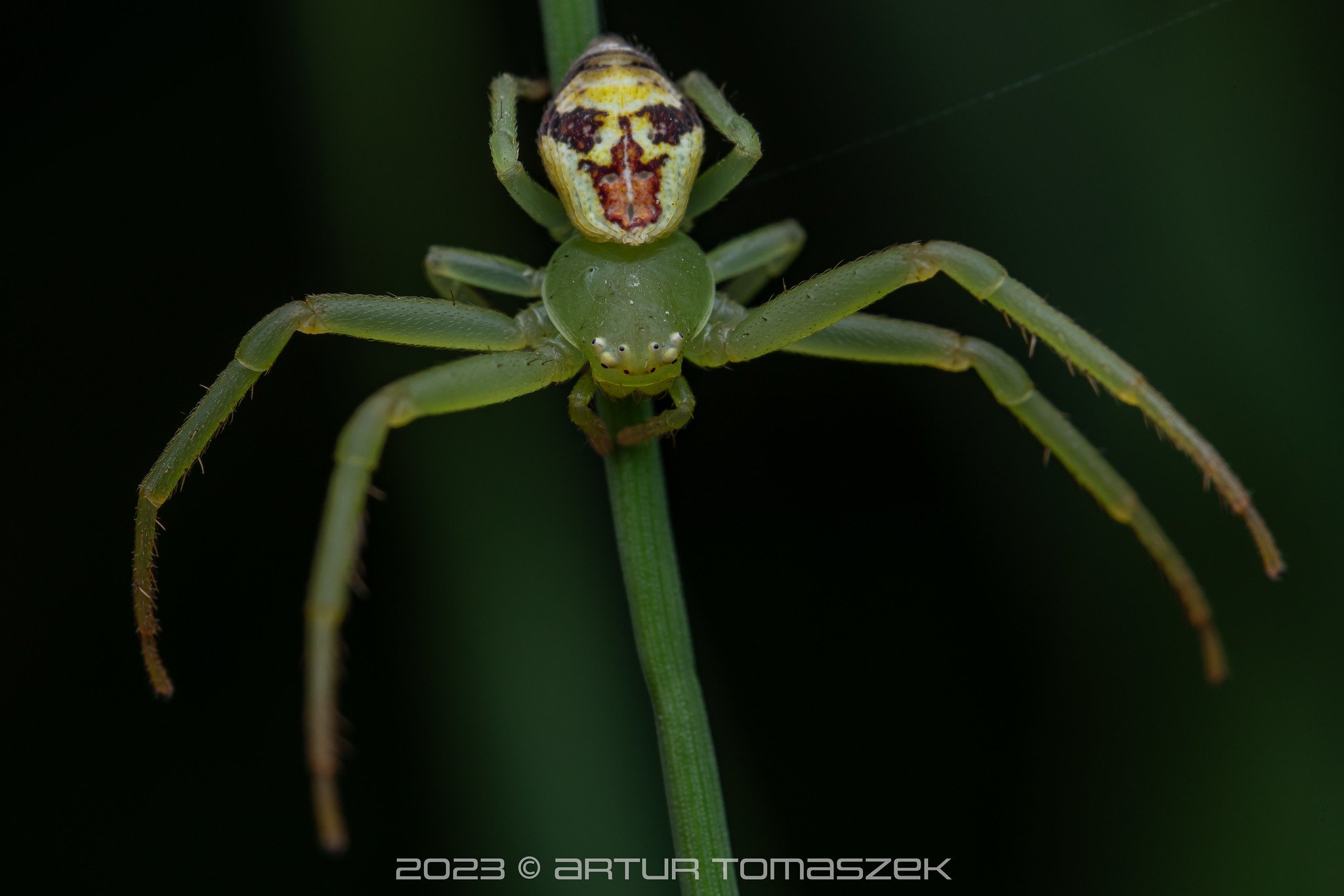
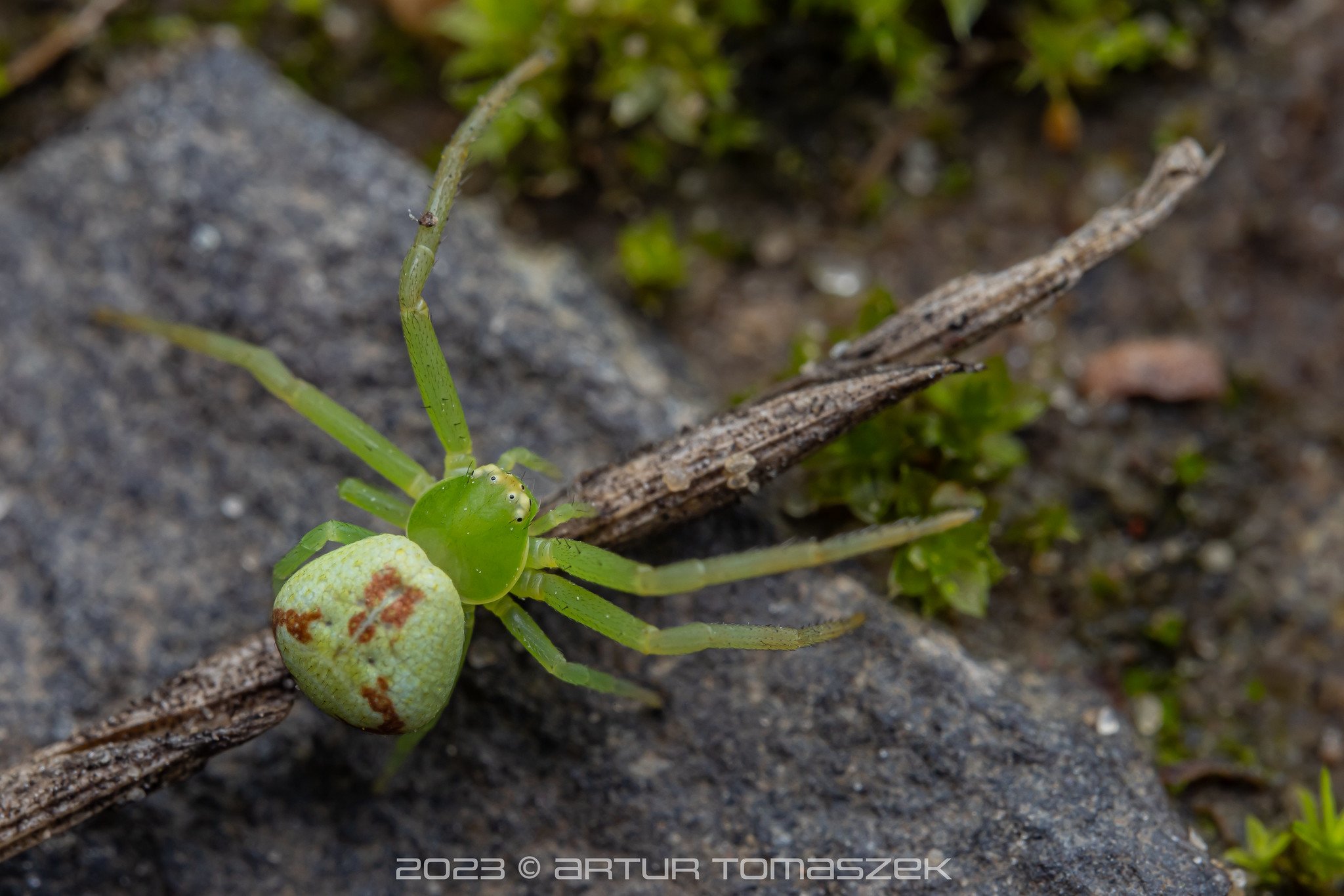
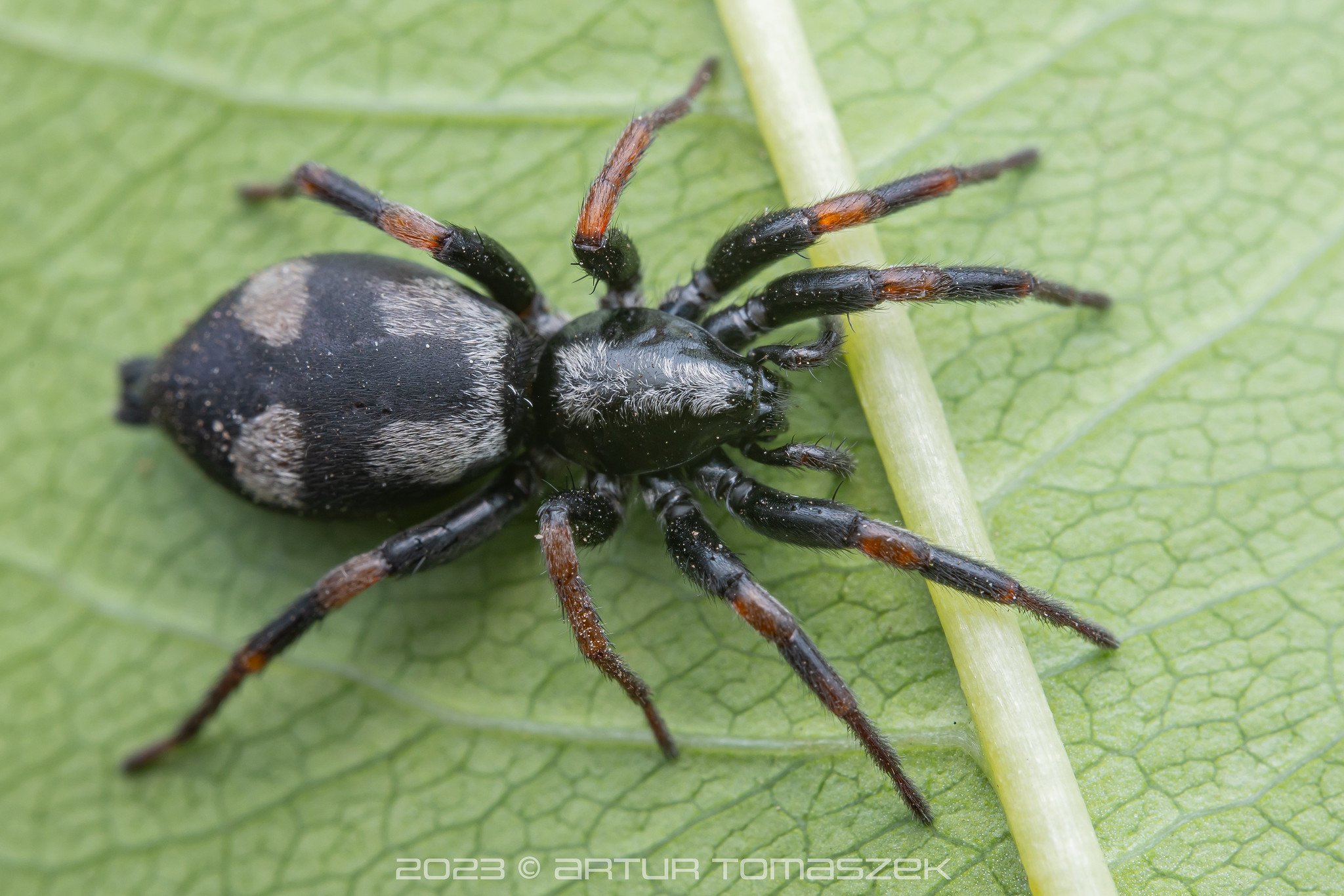
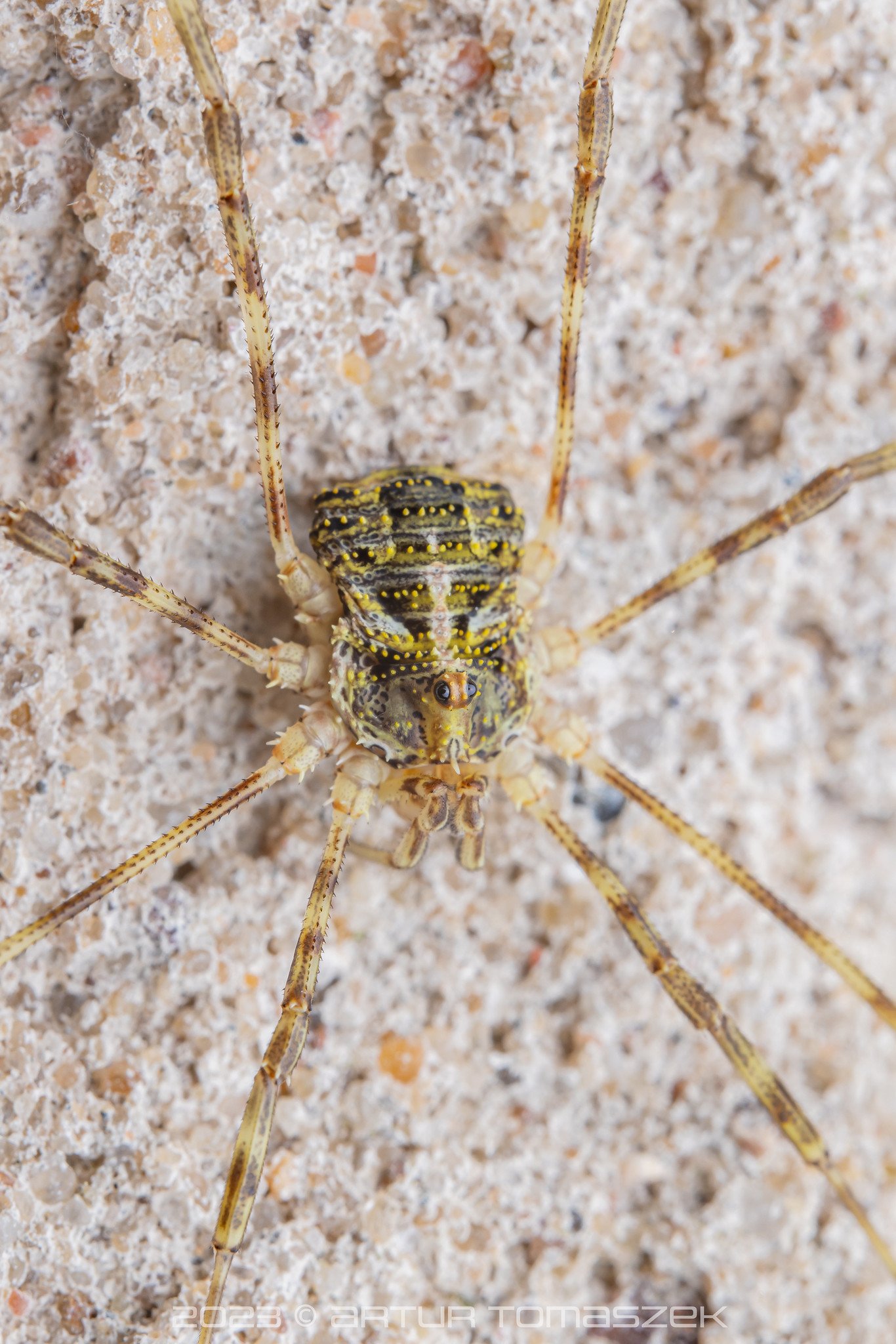

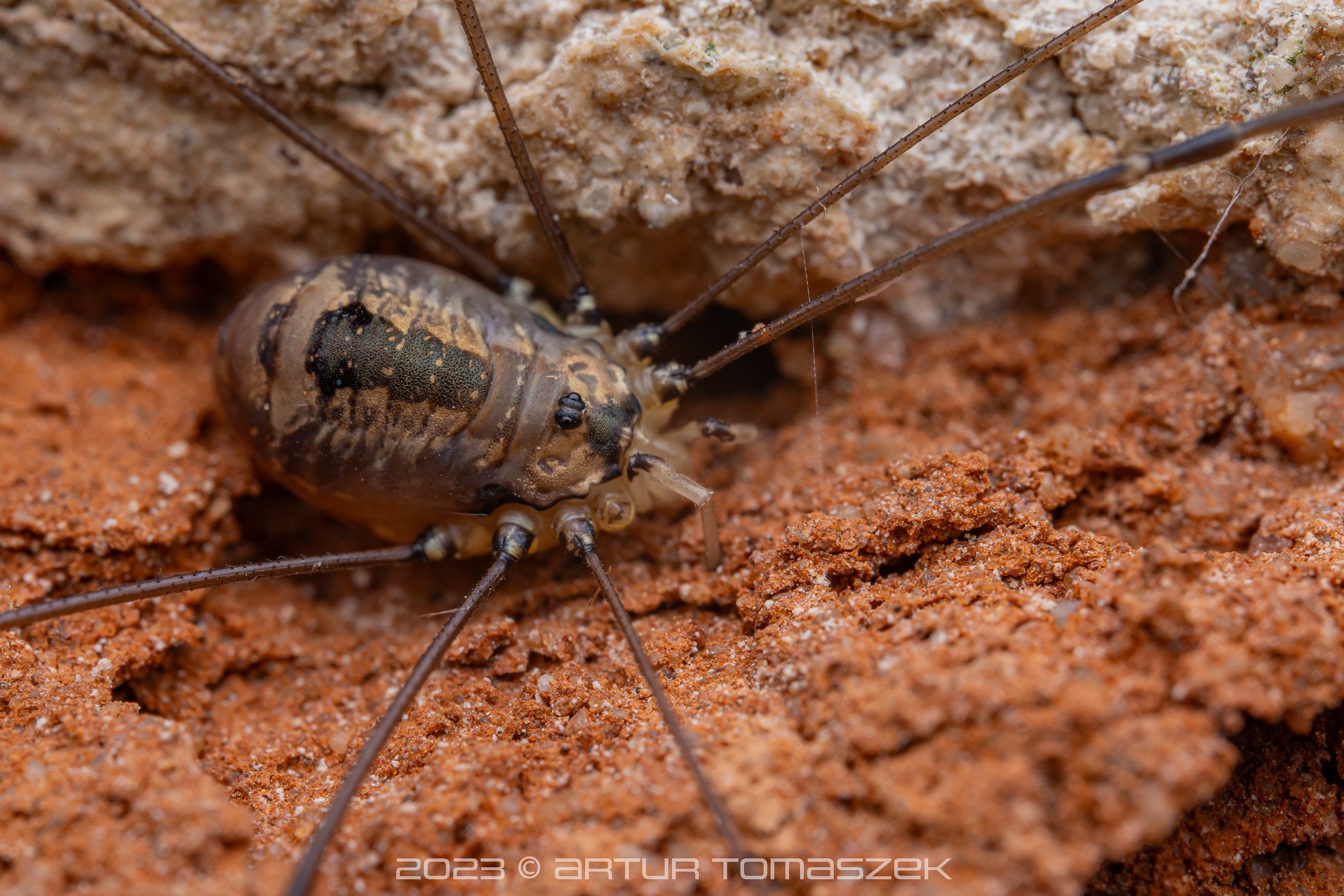
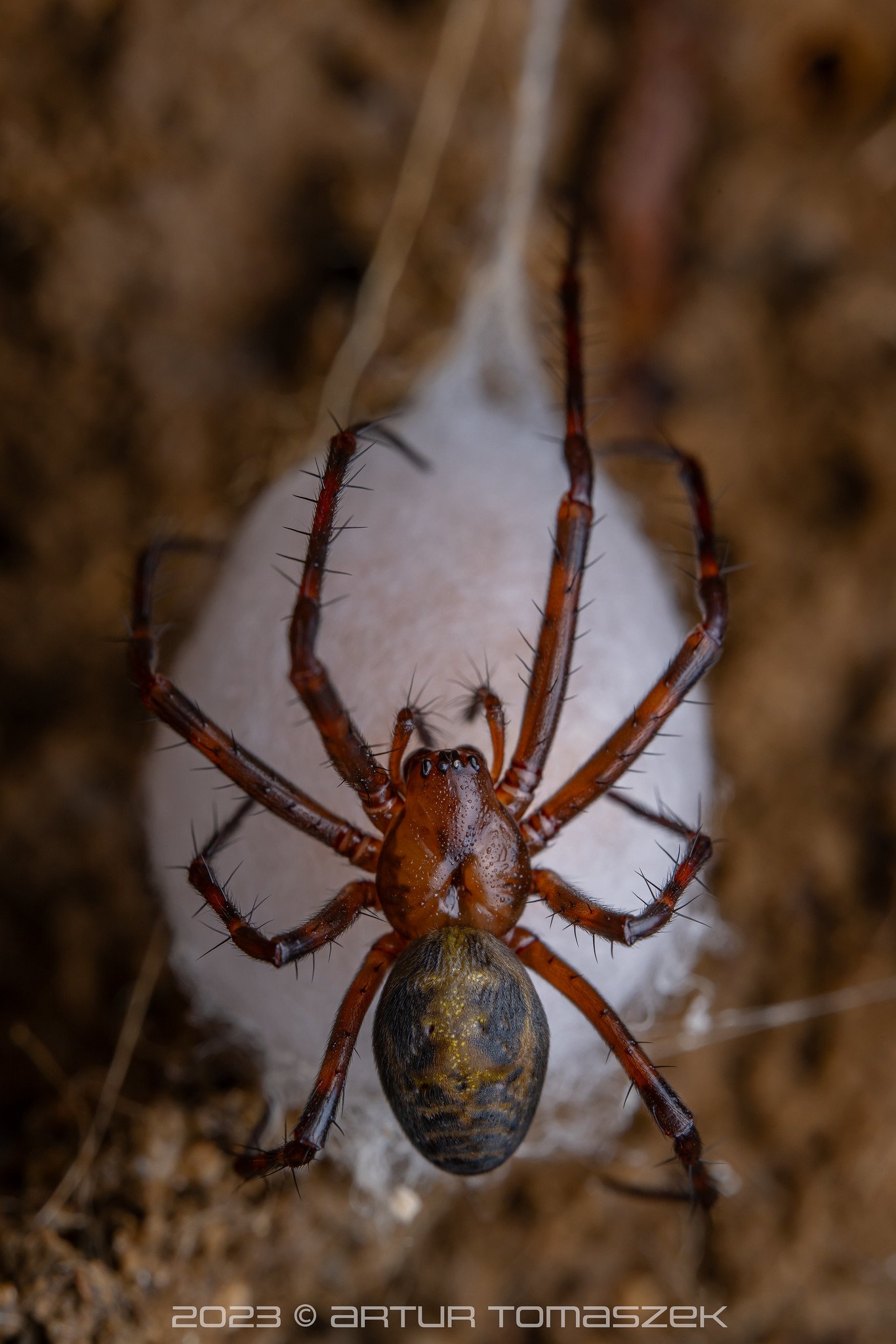
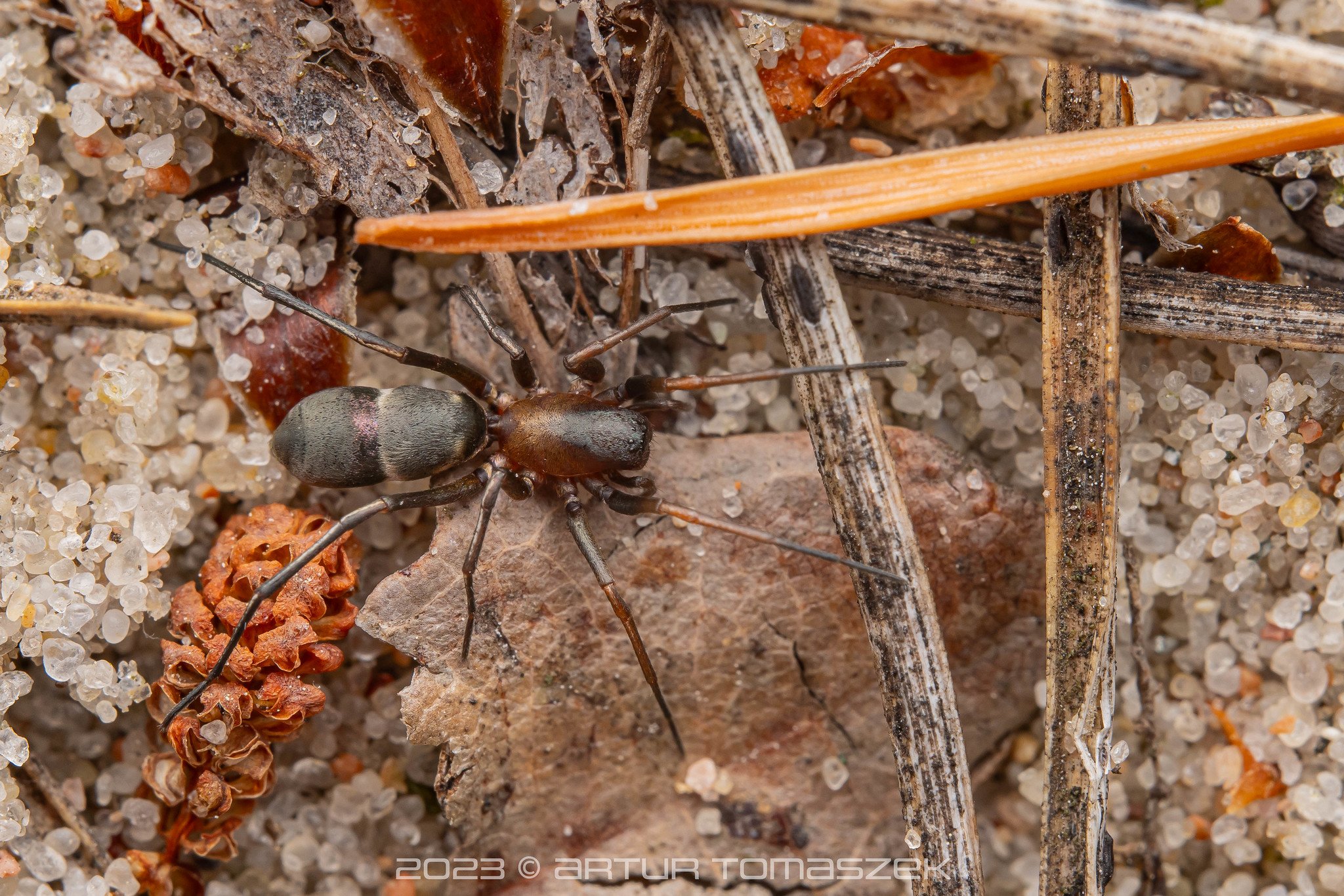
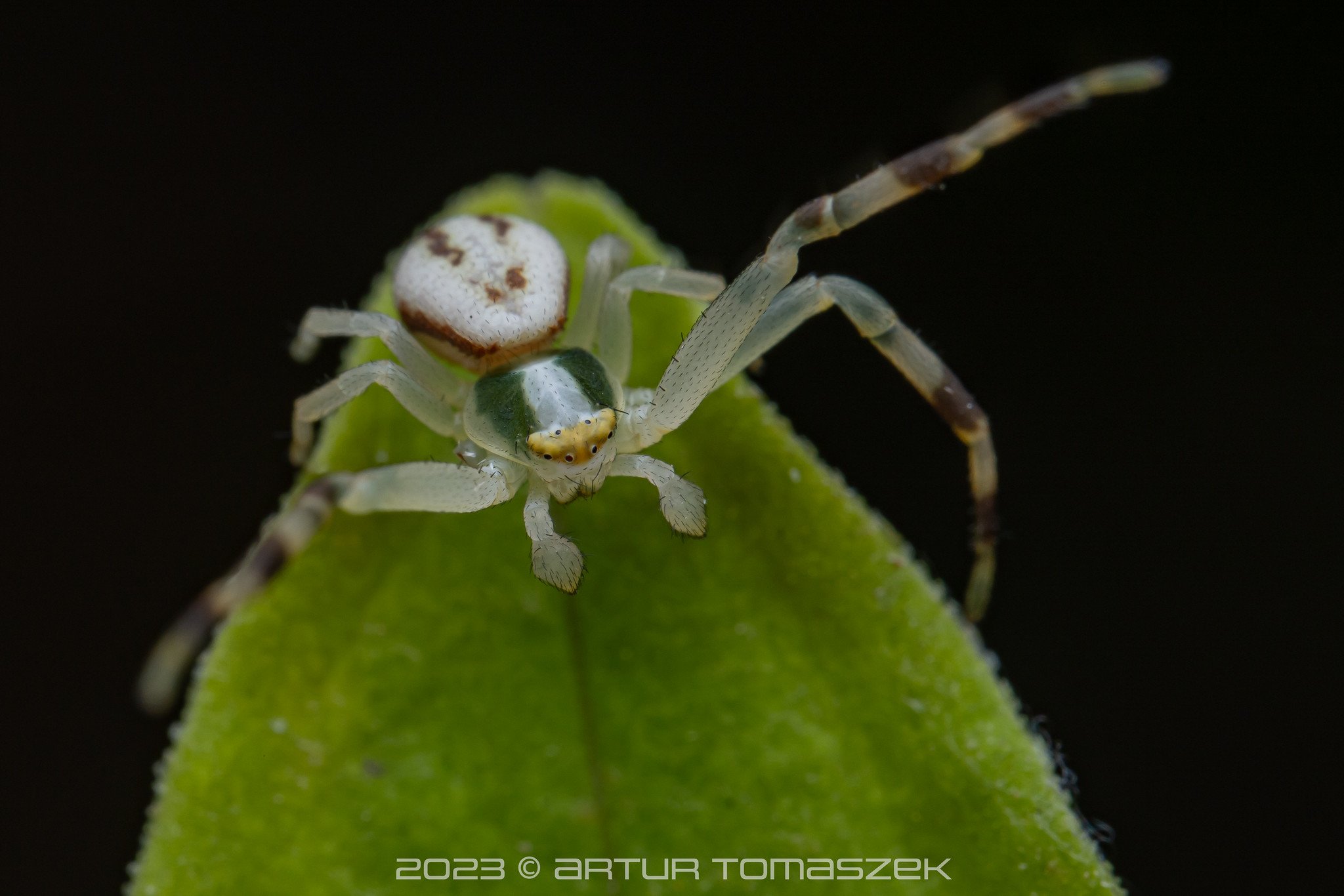
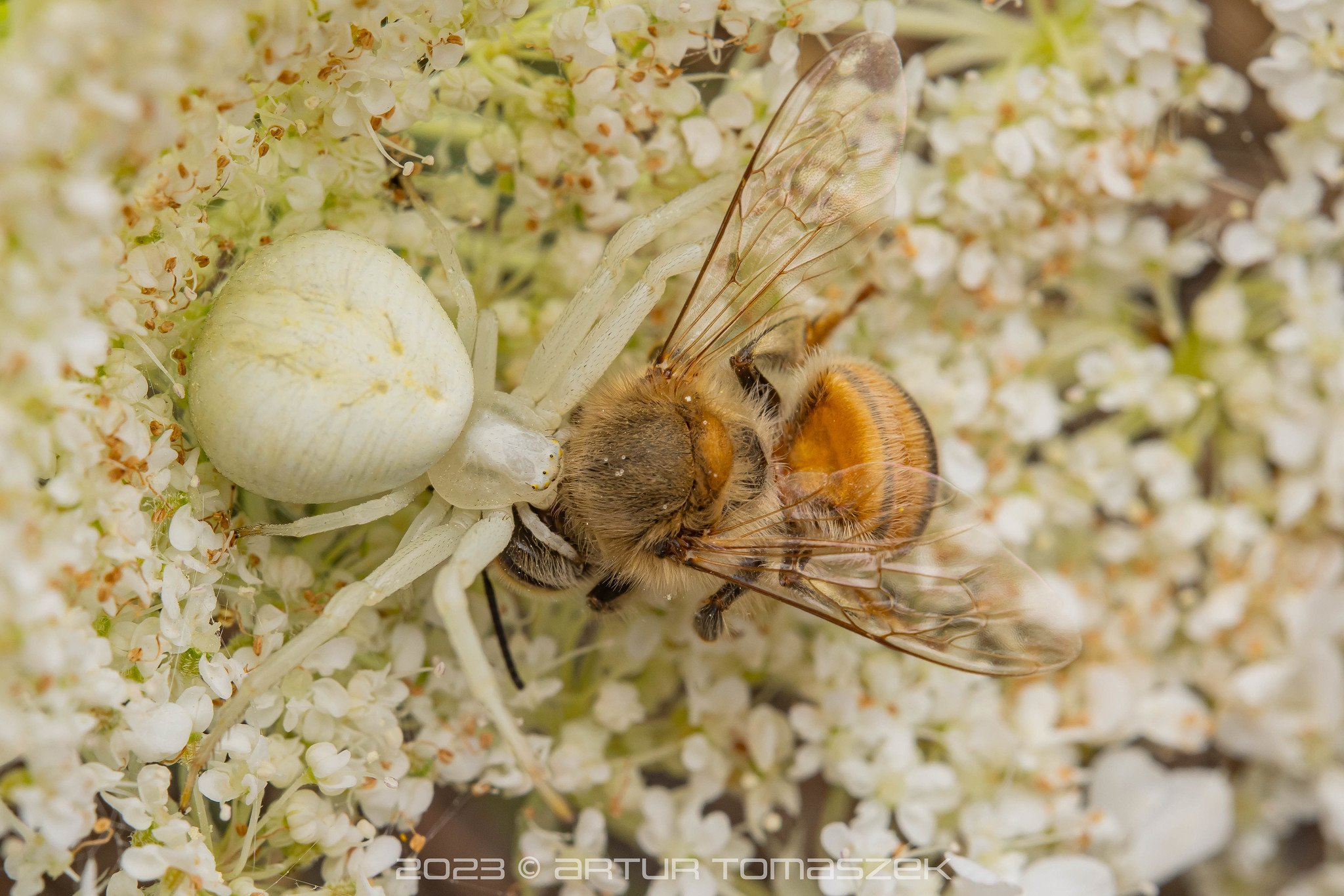
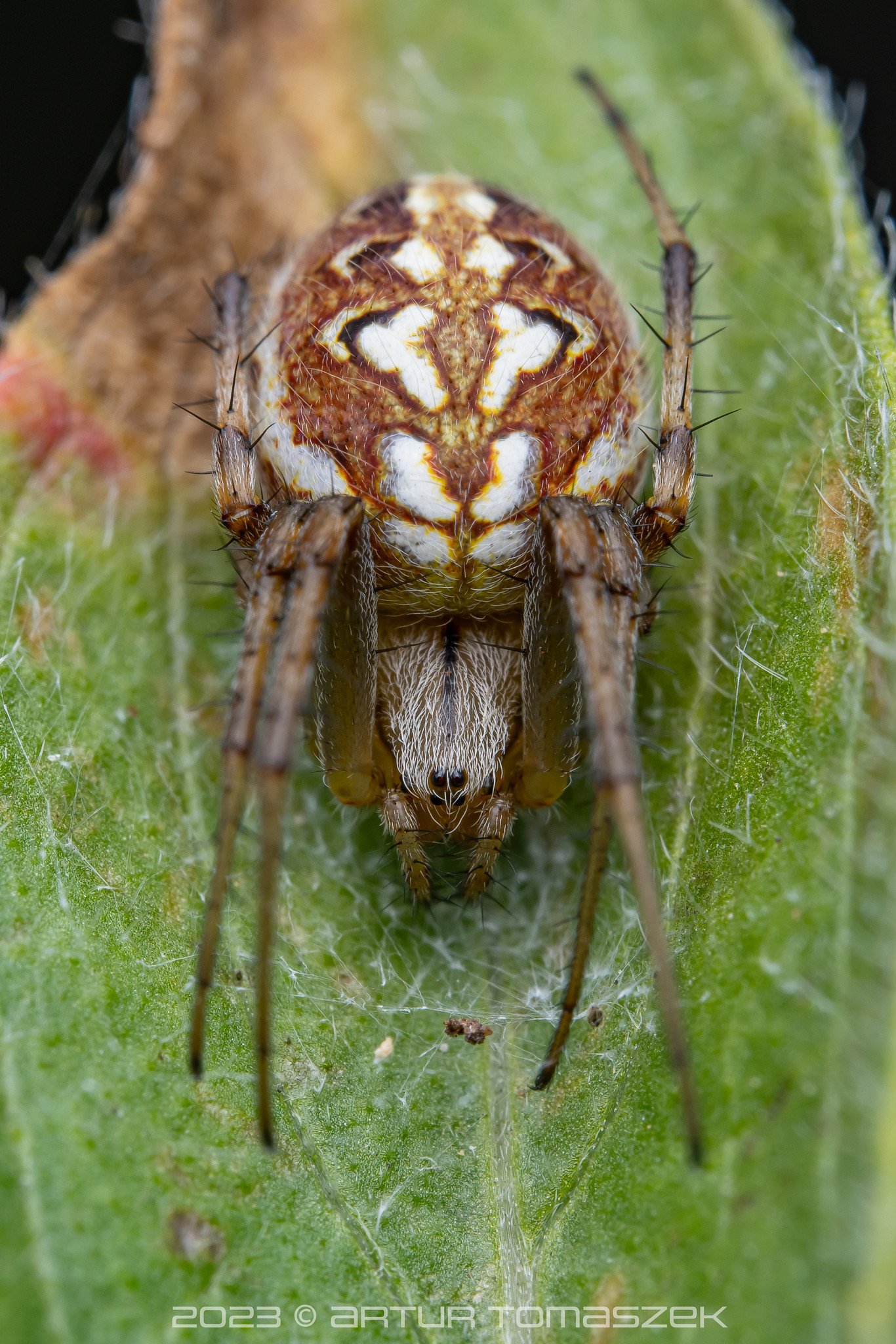
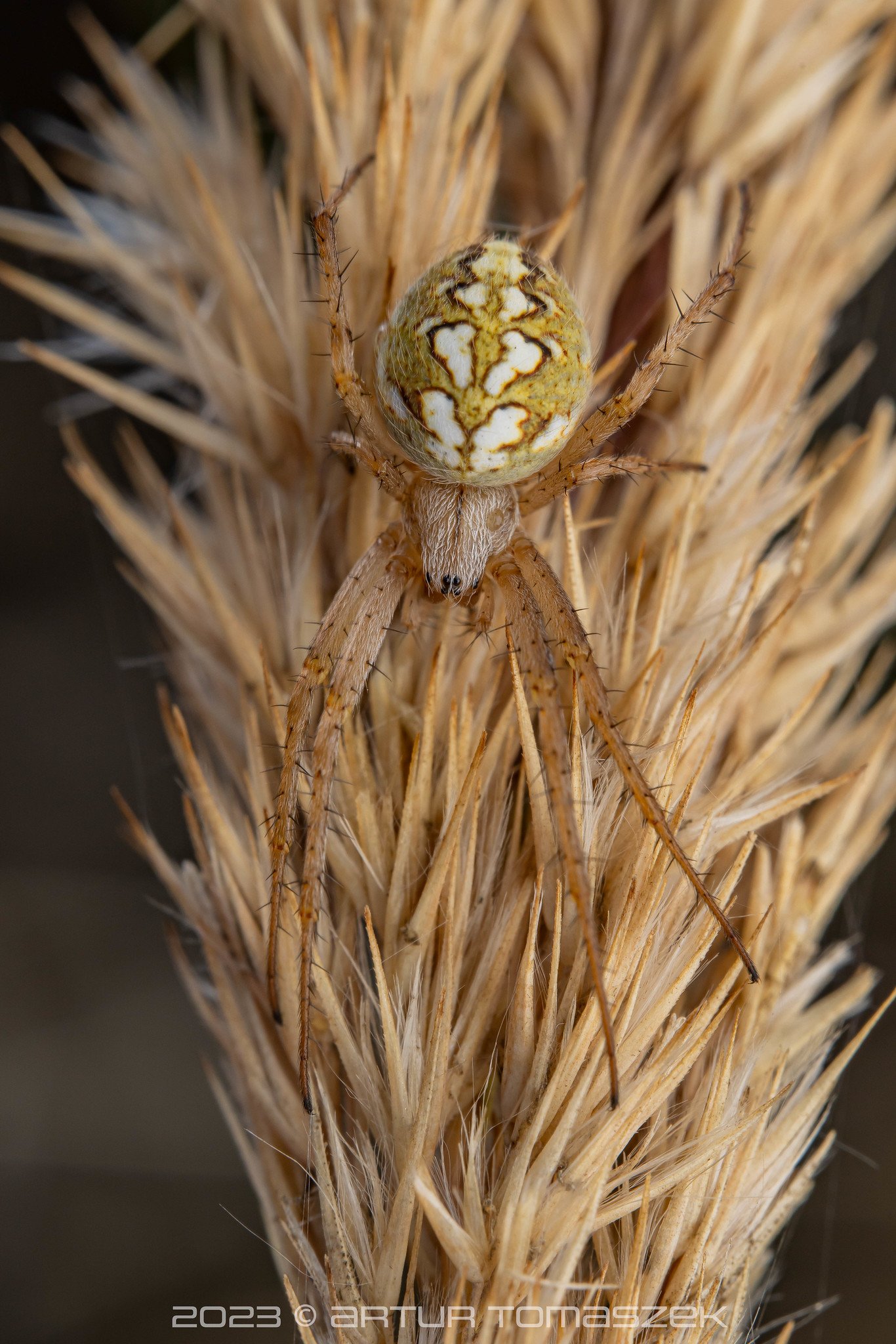
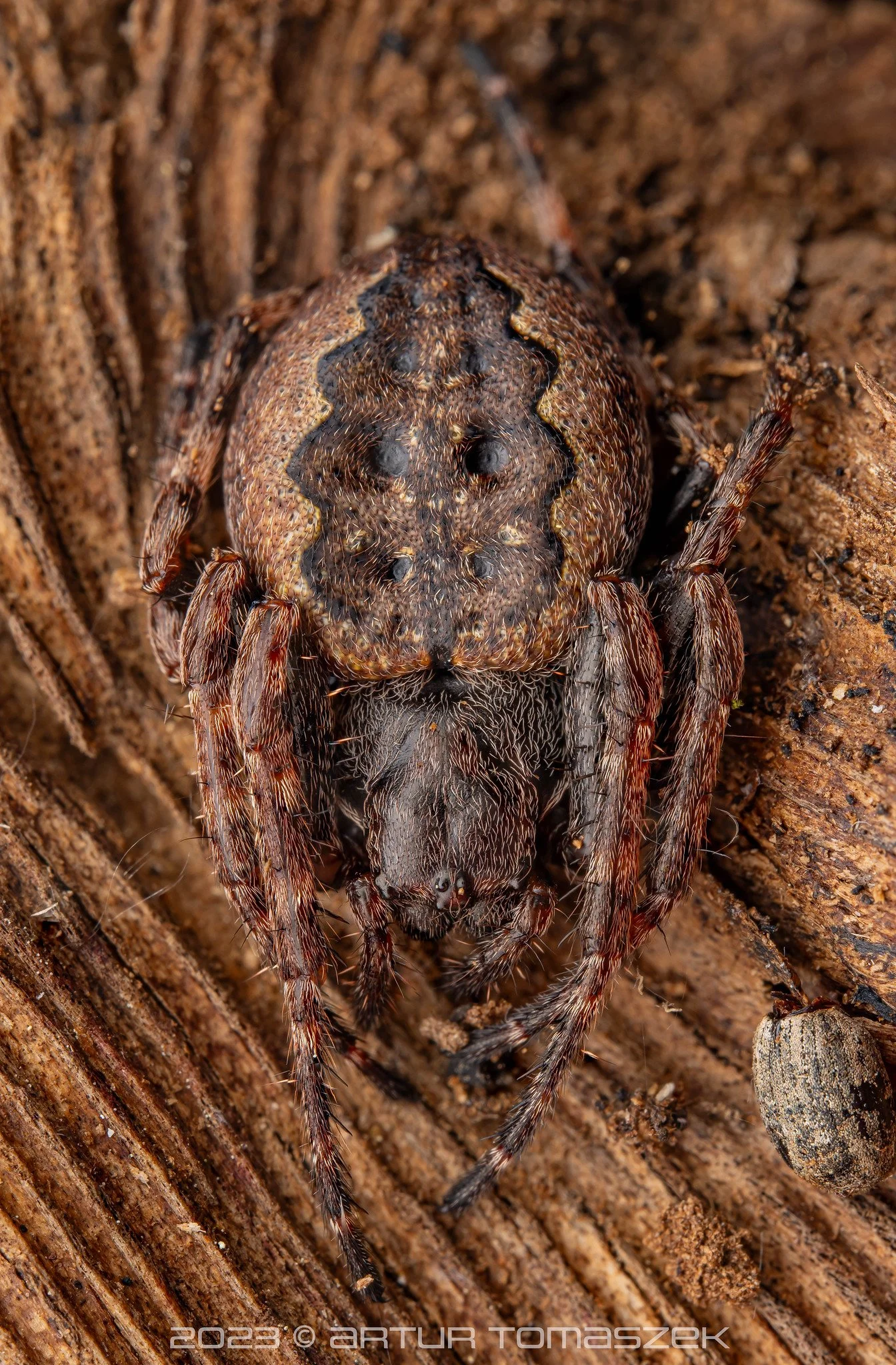
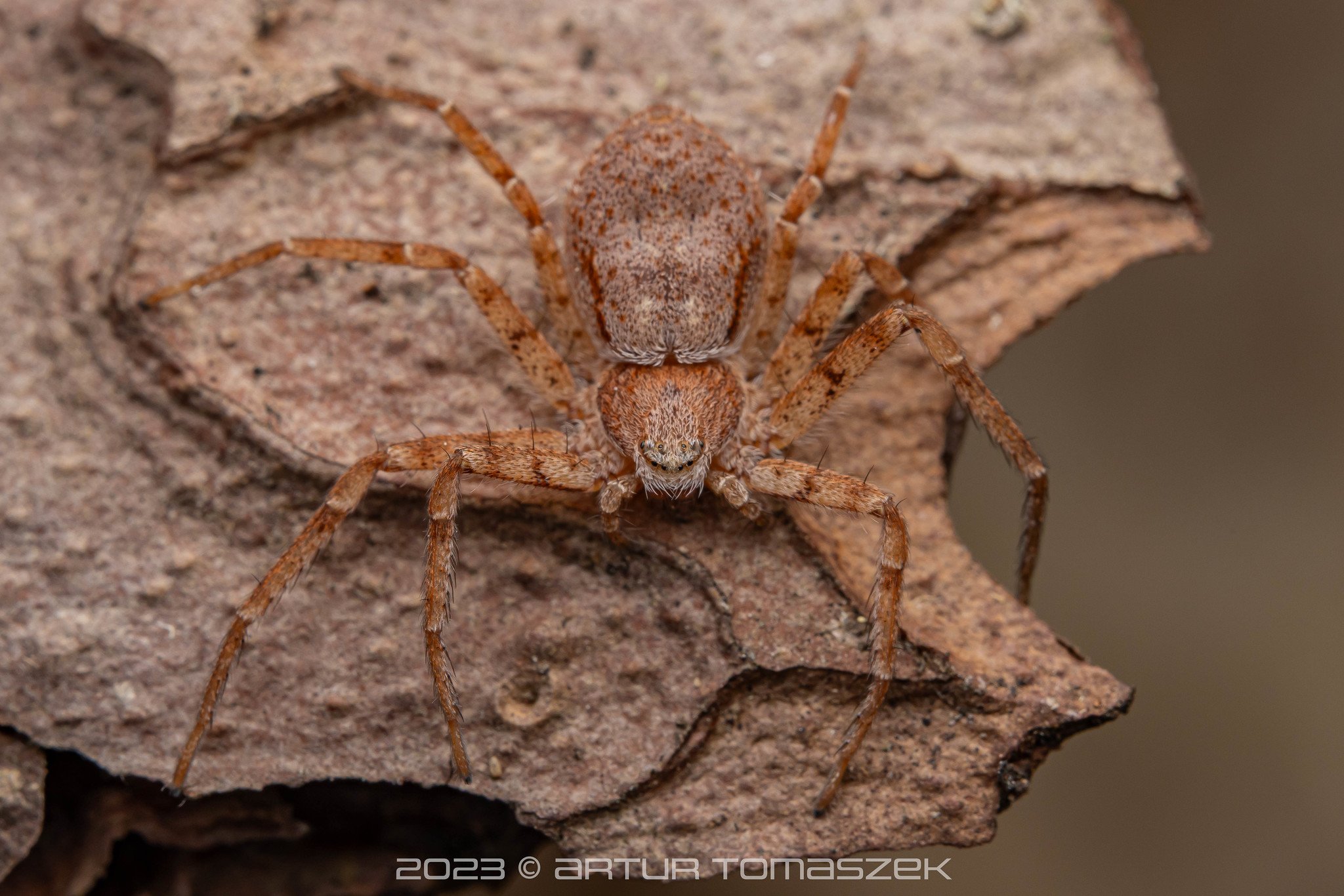
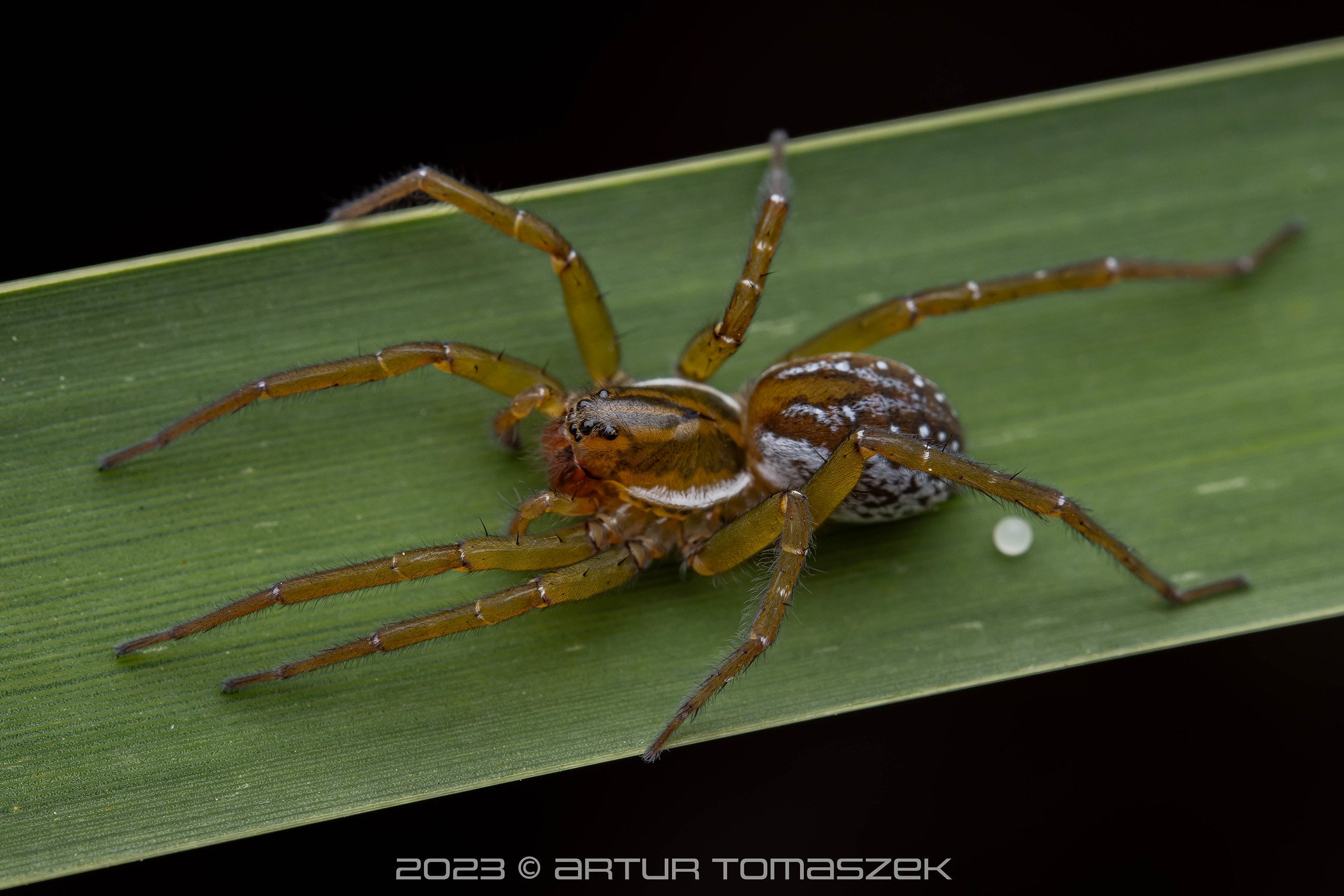
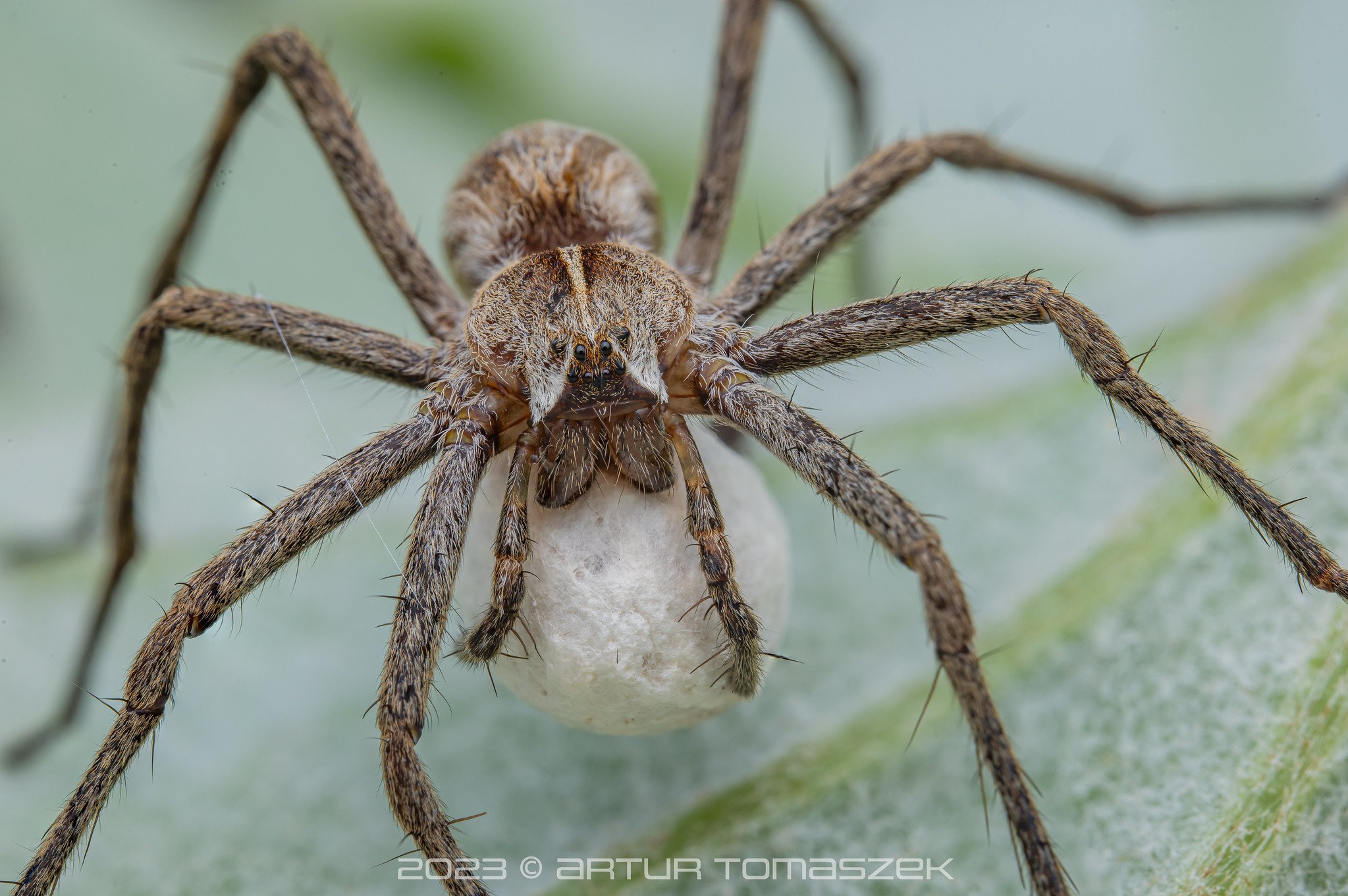
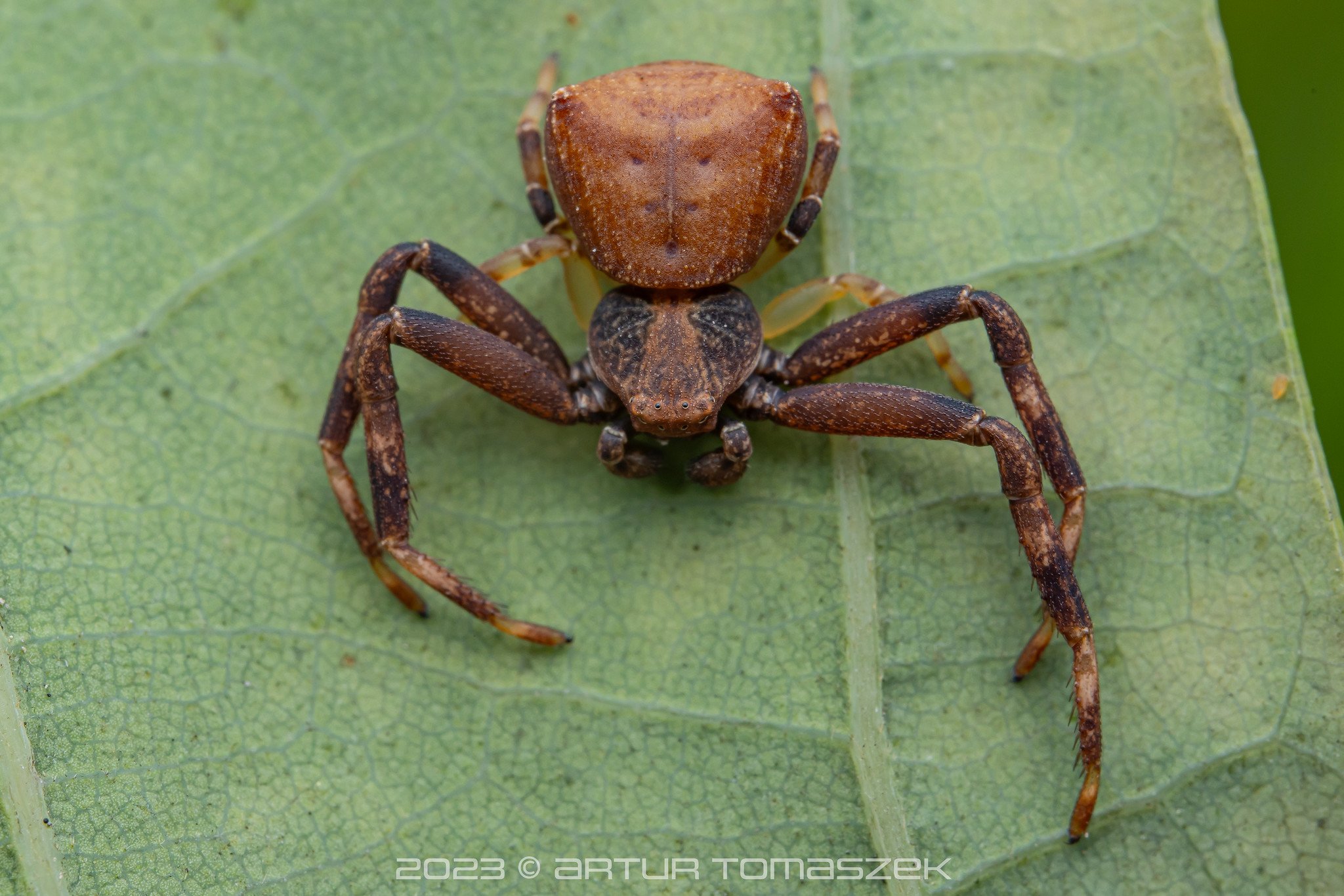
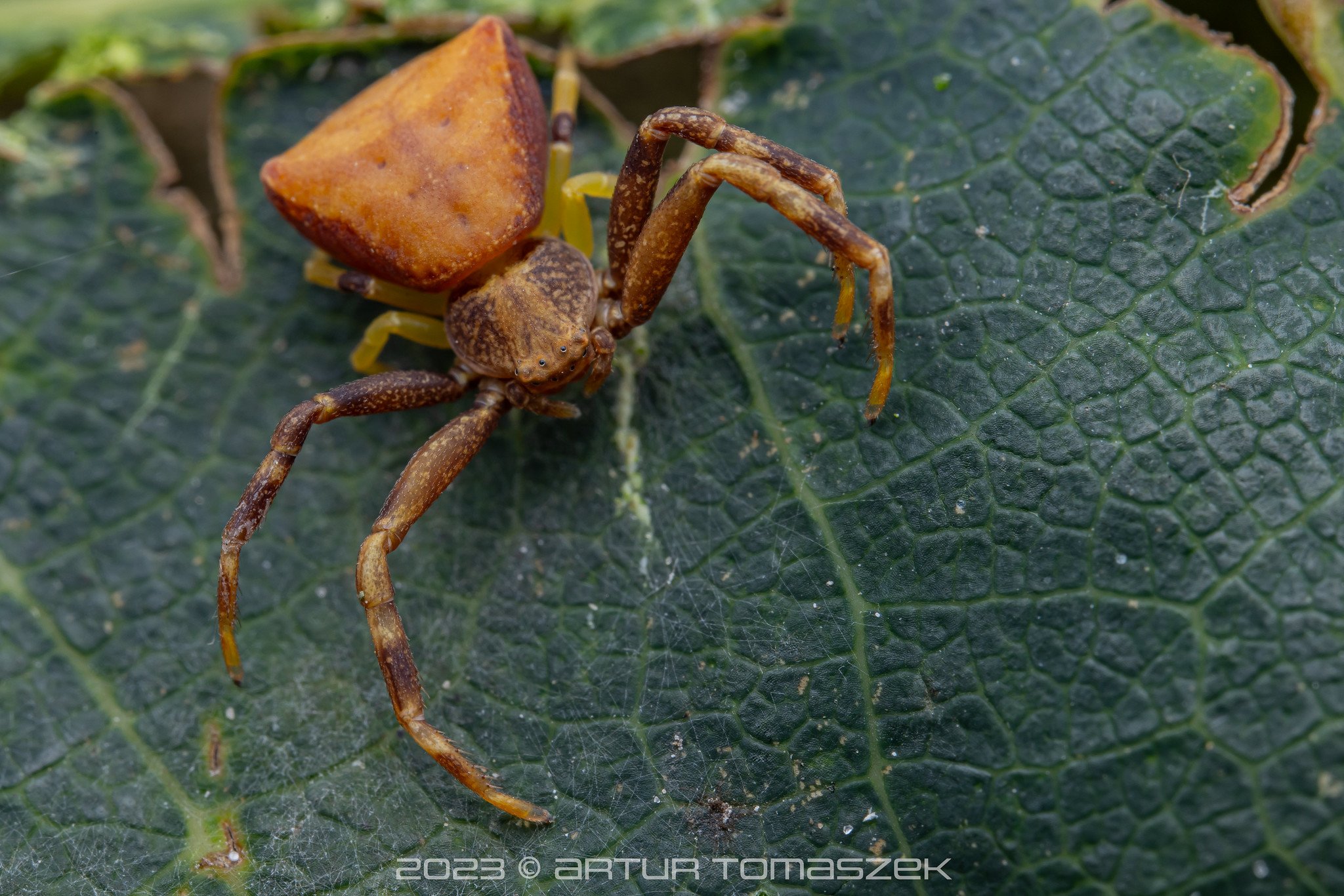
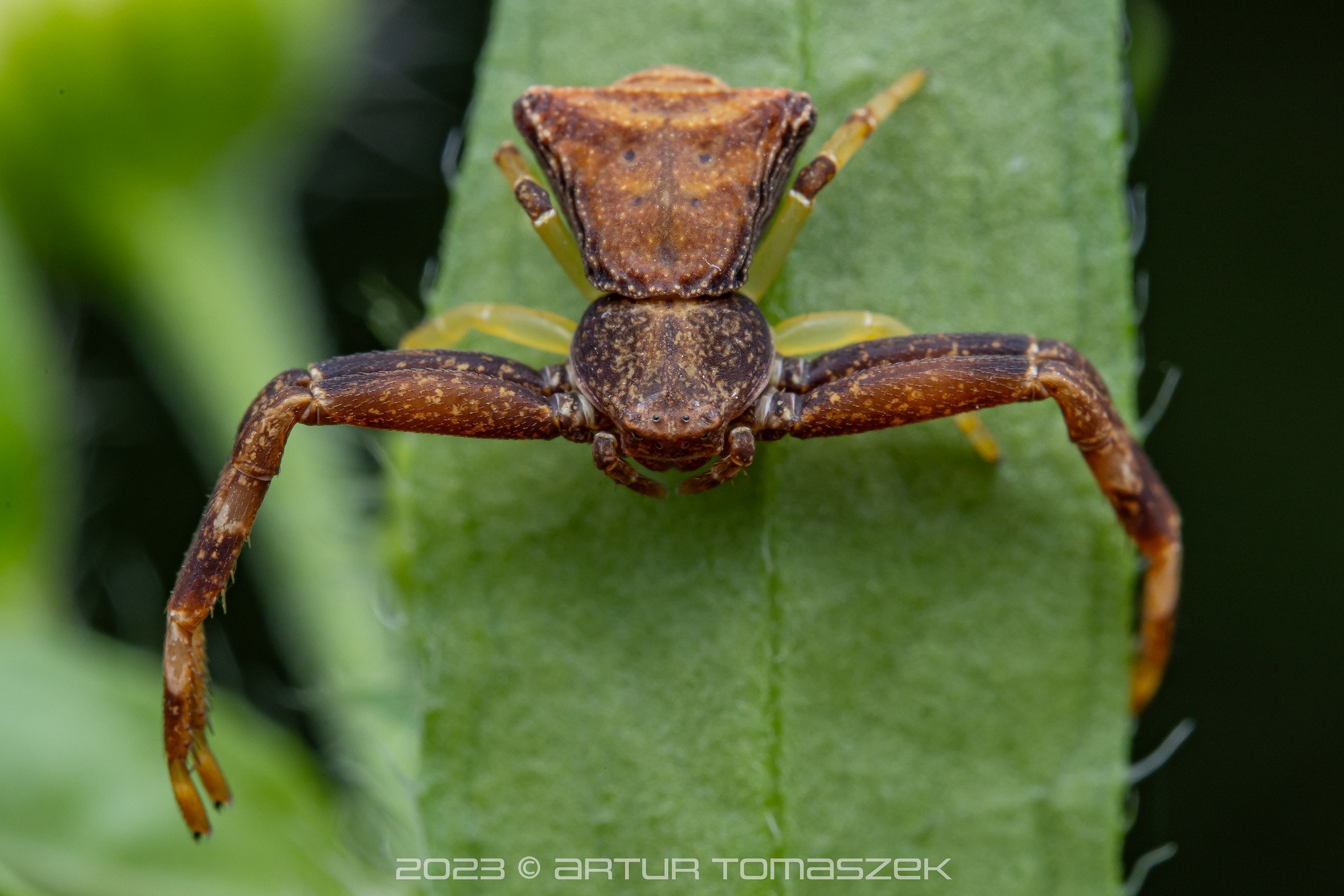
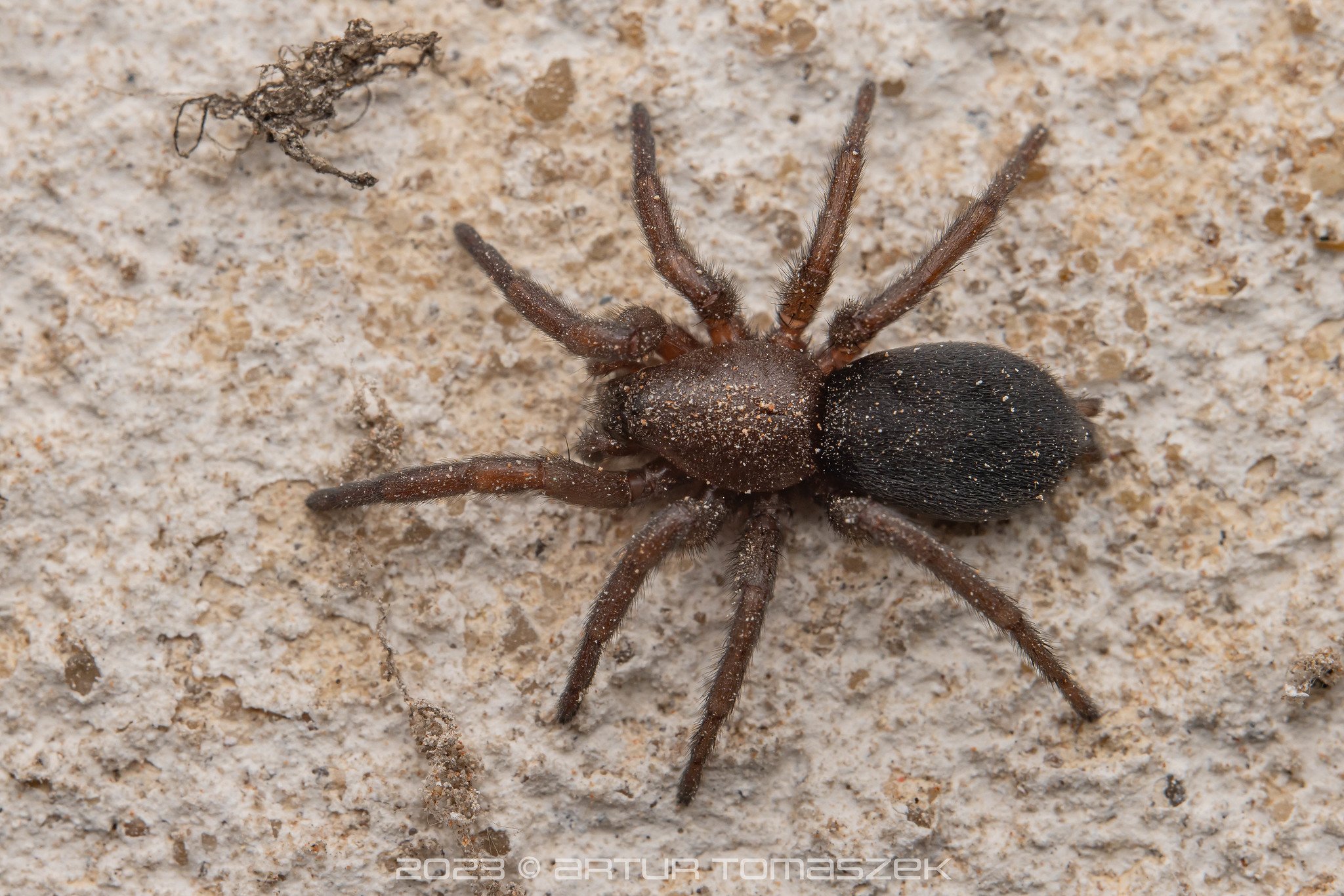
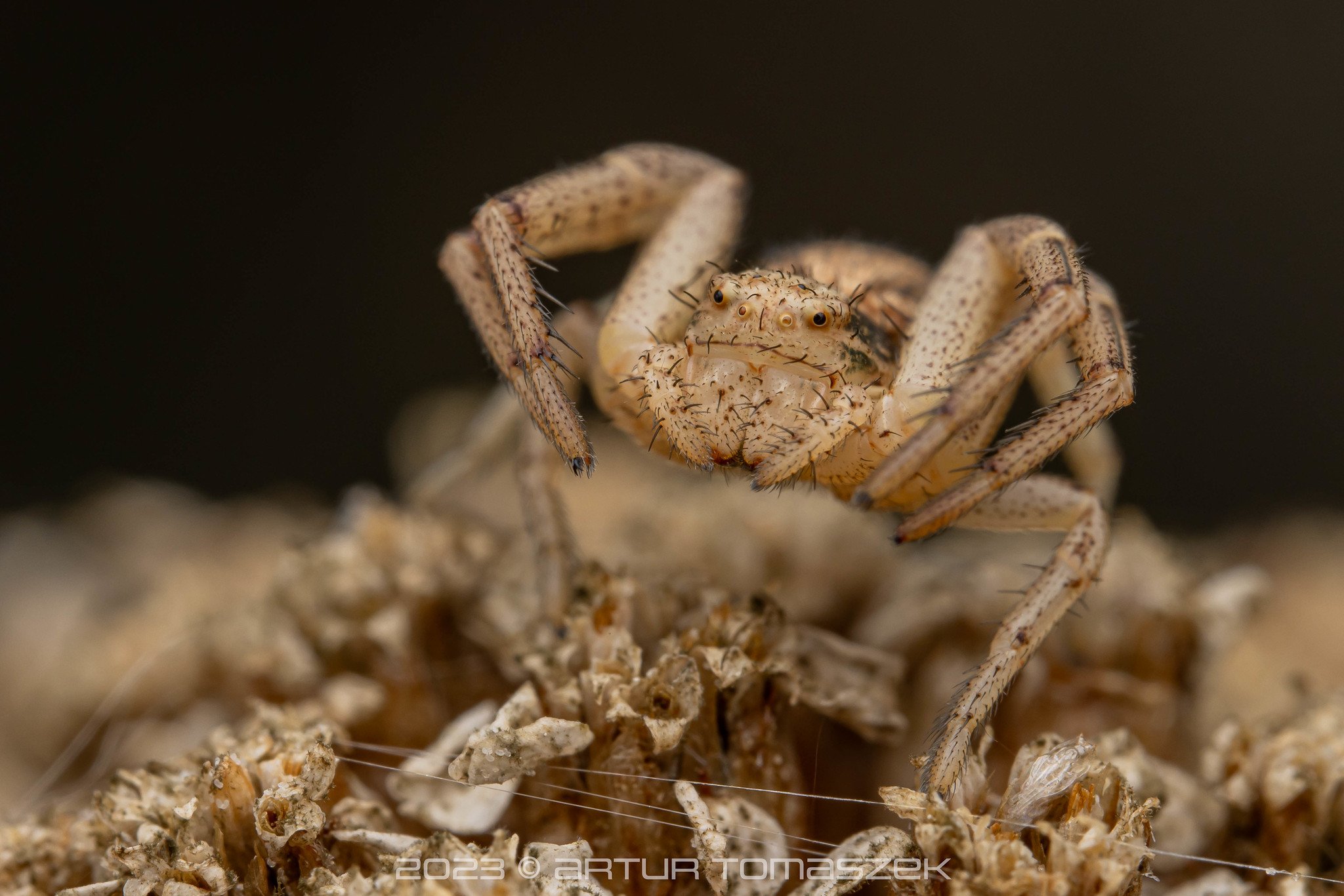
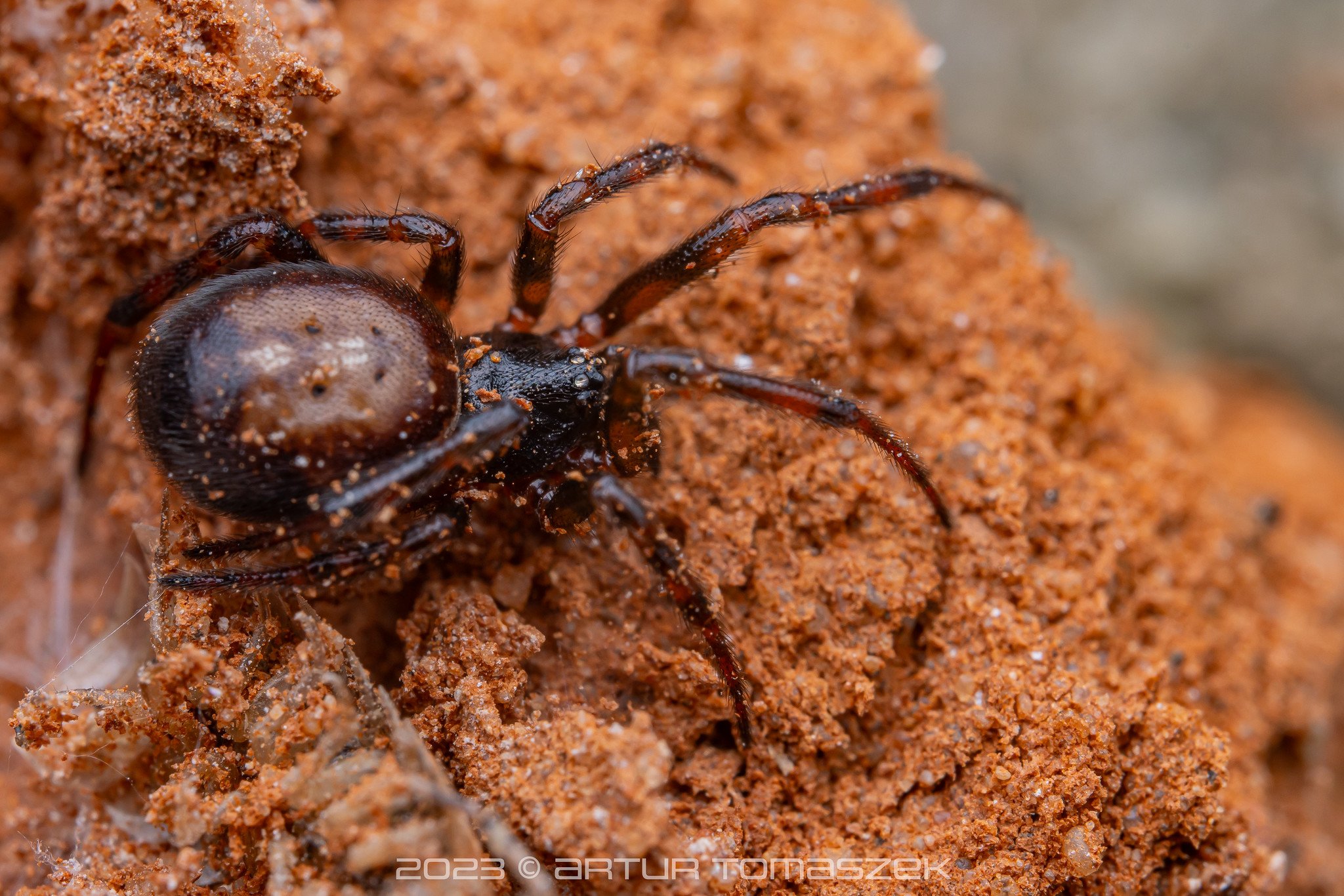
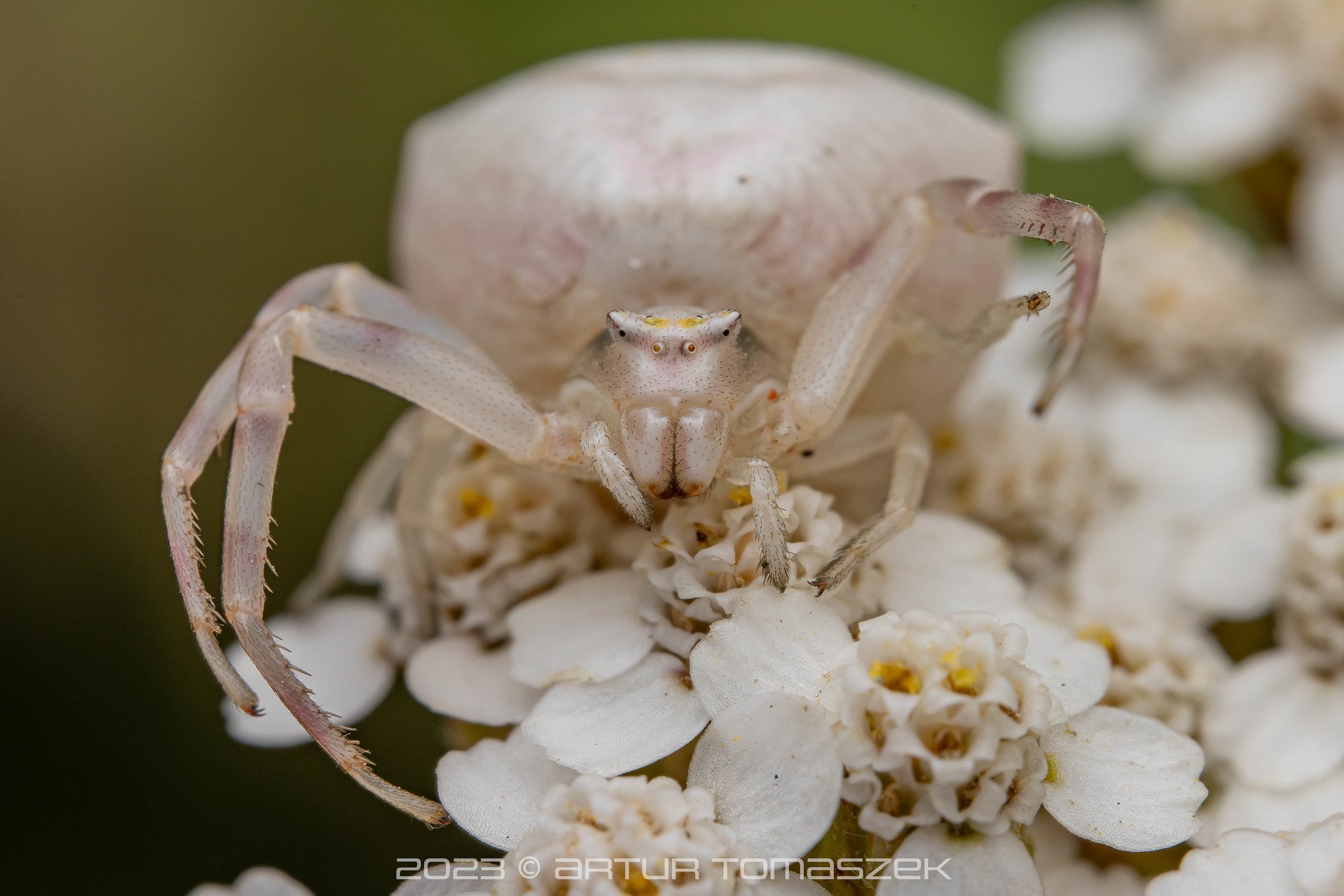
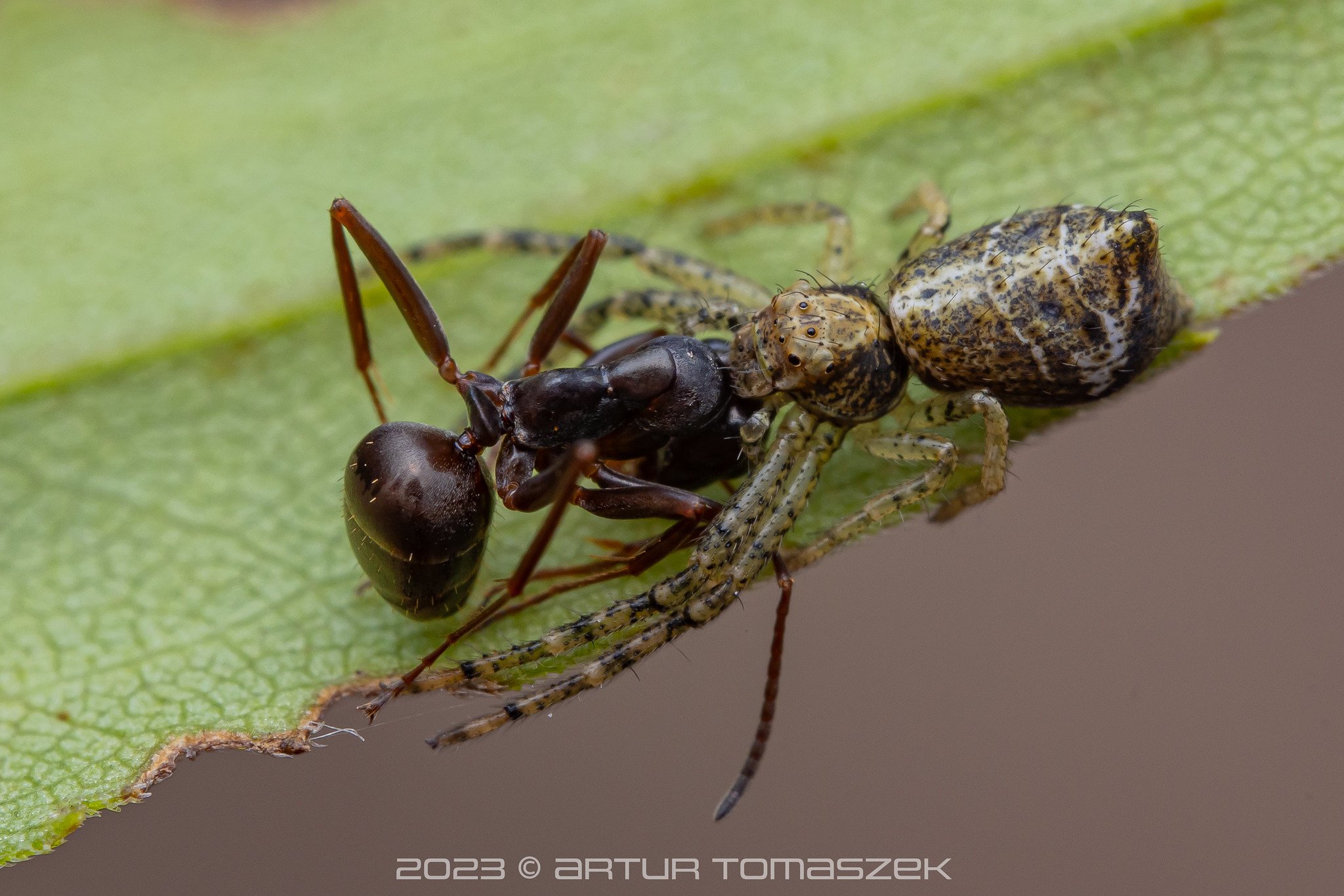
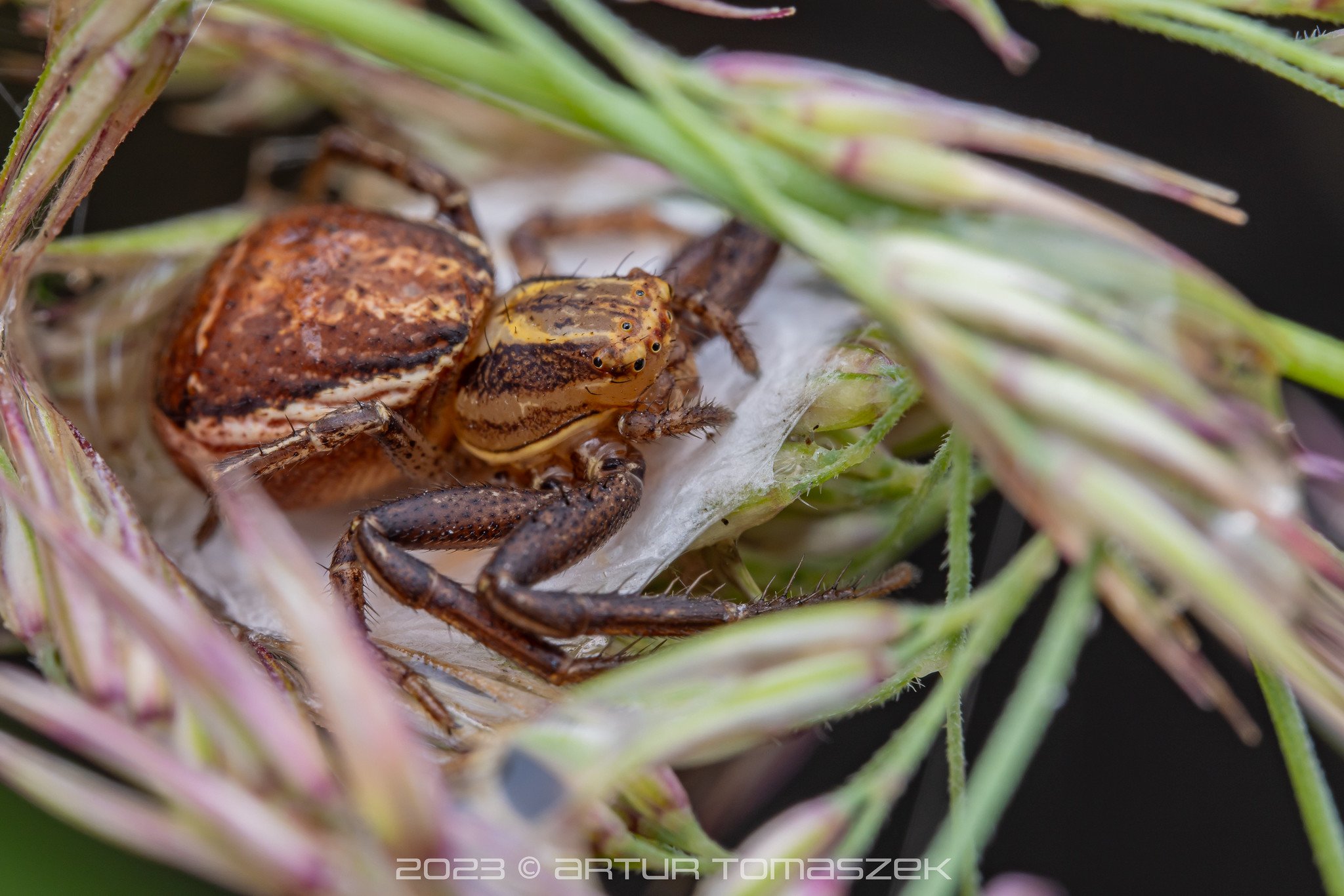
That leads us to invertebrates - a wonderful animal group represented by so many extraordinary creatures. We were pleased to find cuckoo wasps (Hedychrum sp., photos 1-4) and the only species of praying mantis in Poland, the European mantis (Mantis religiosa, pl. modliszka zwyczajna). Just over 20 years ago, praying mantises were found only in the southern regions of Poland and we, as kids, never had a chance to observe them in the wild; this year we saw a few and there are hundreds of records from different areas in Poland, some recording dozens of individuals within one meadow. It’s believed global warming leads to the expansion of this species; summers are longer and hotter, providing them with lots of food, while winters are short and not as cold as they used to be.

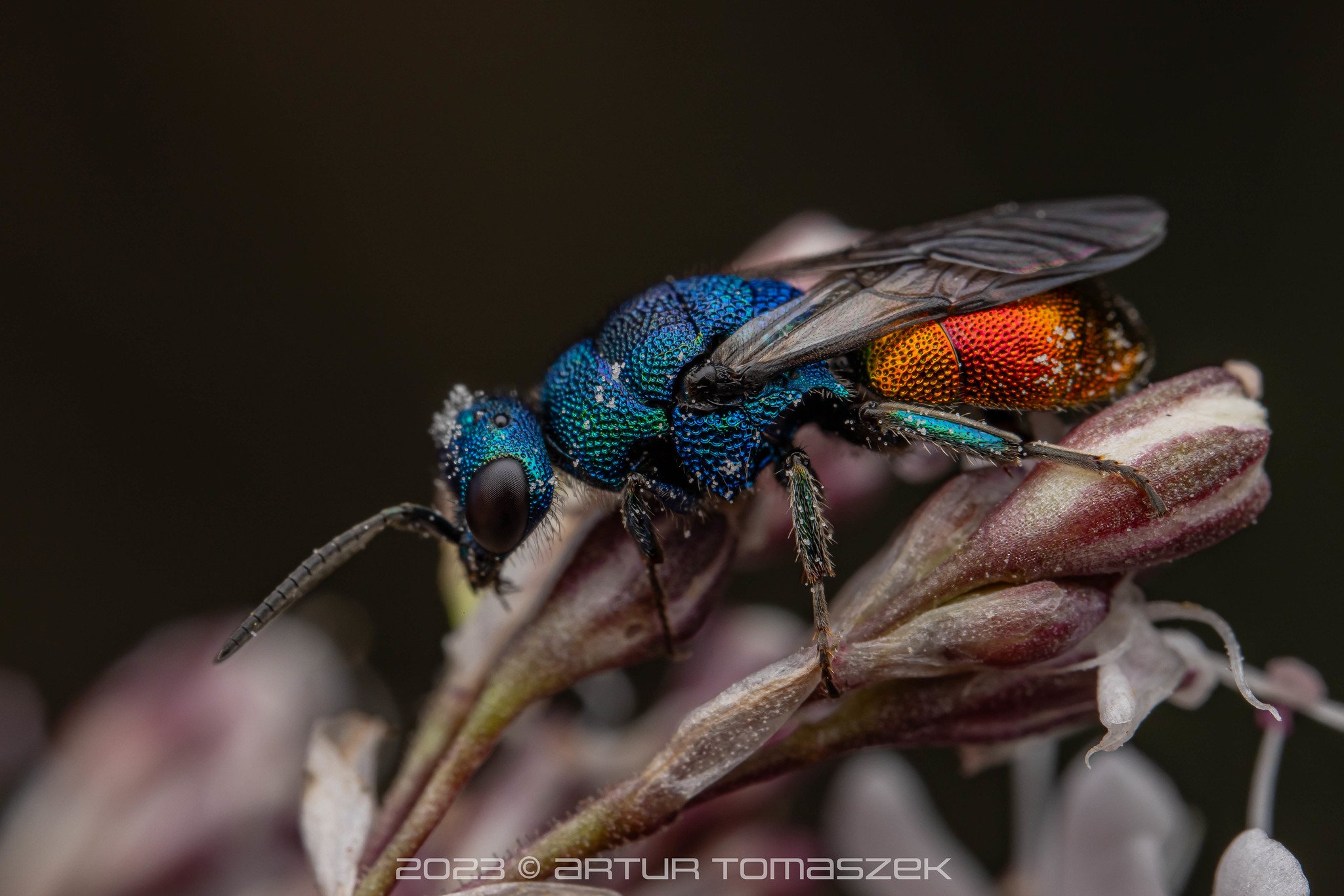
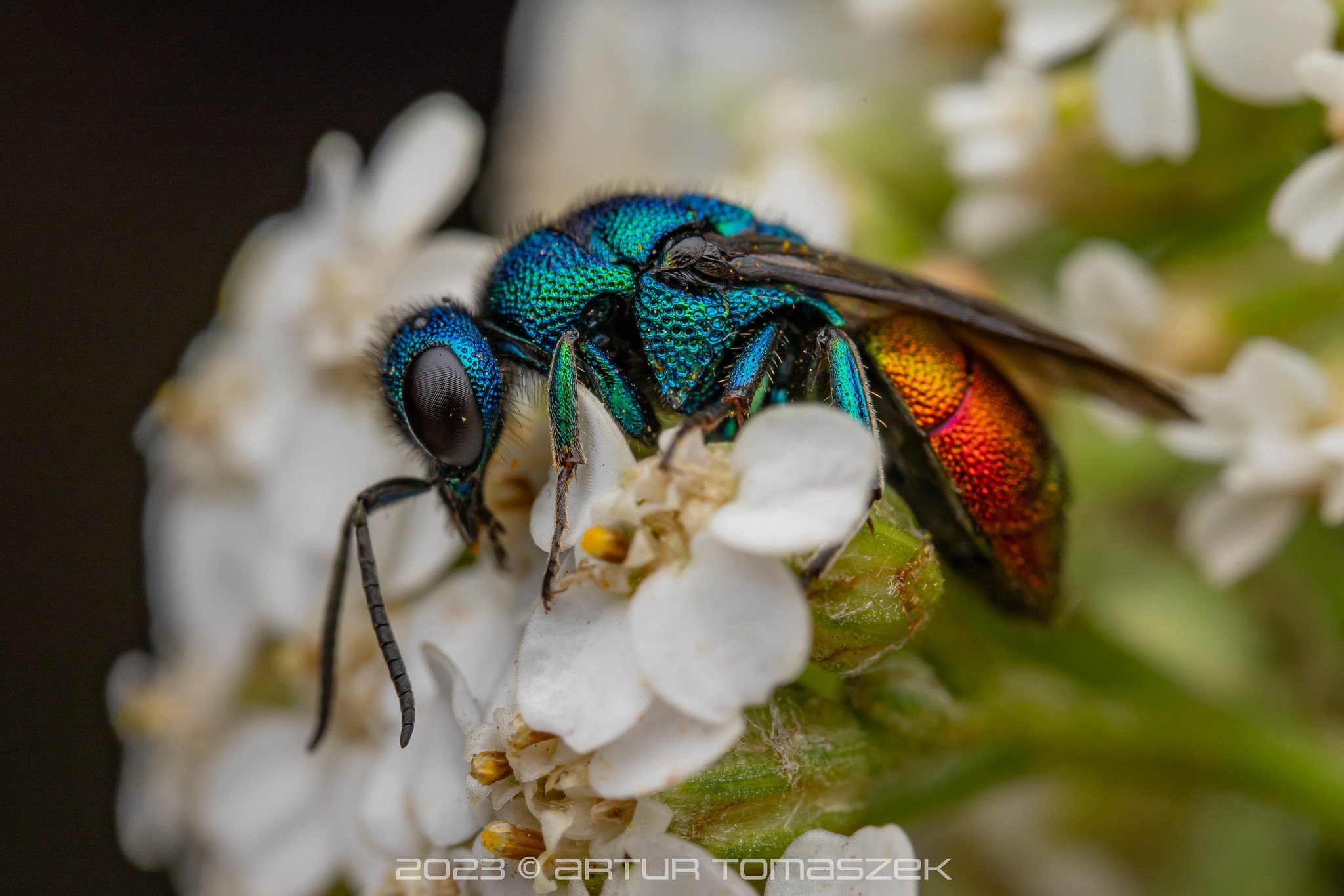
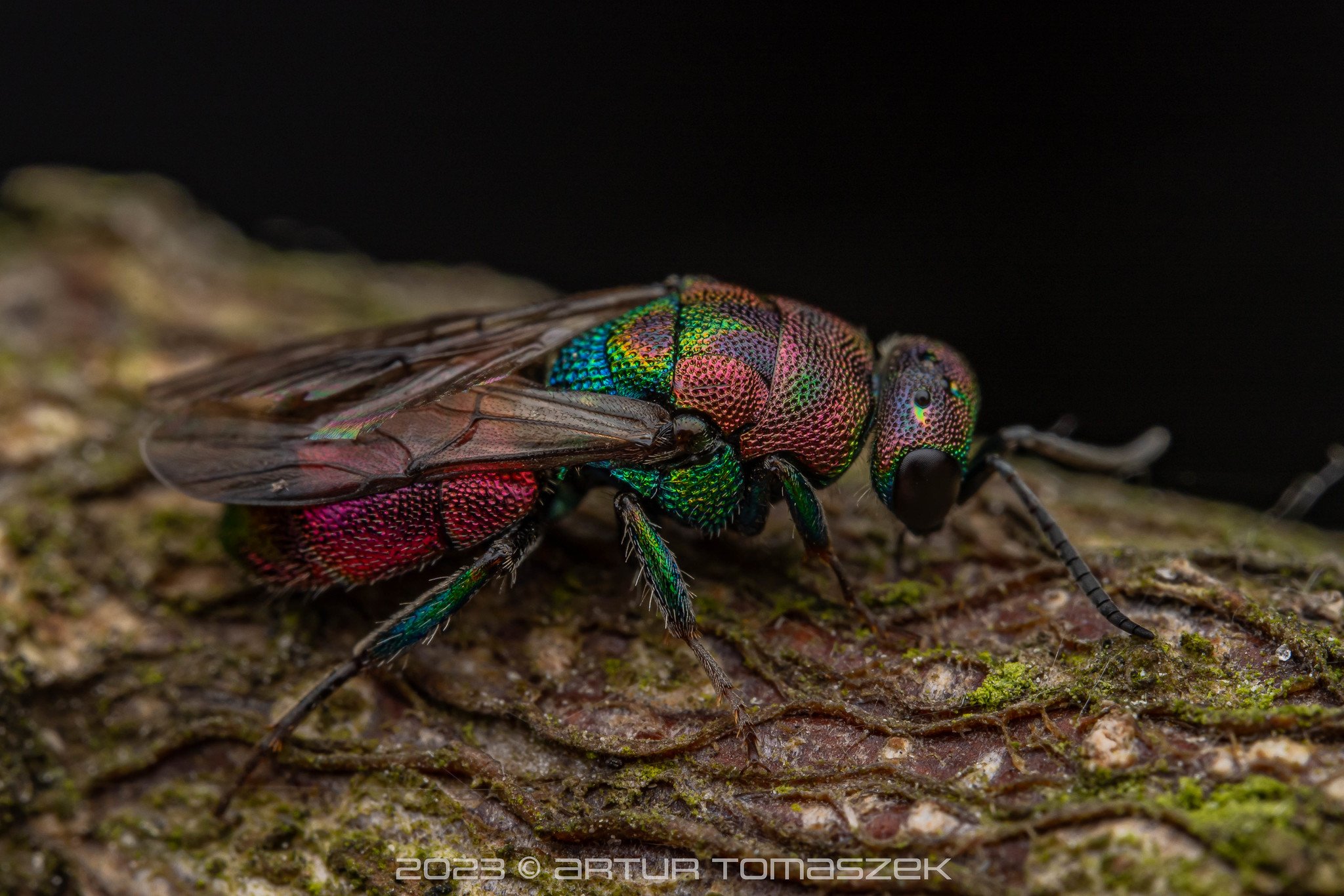
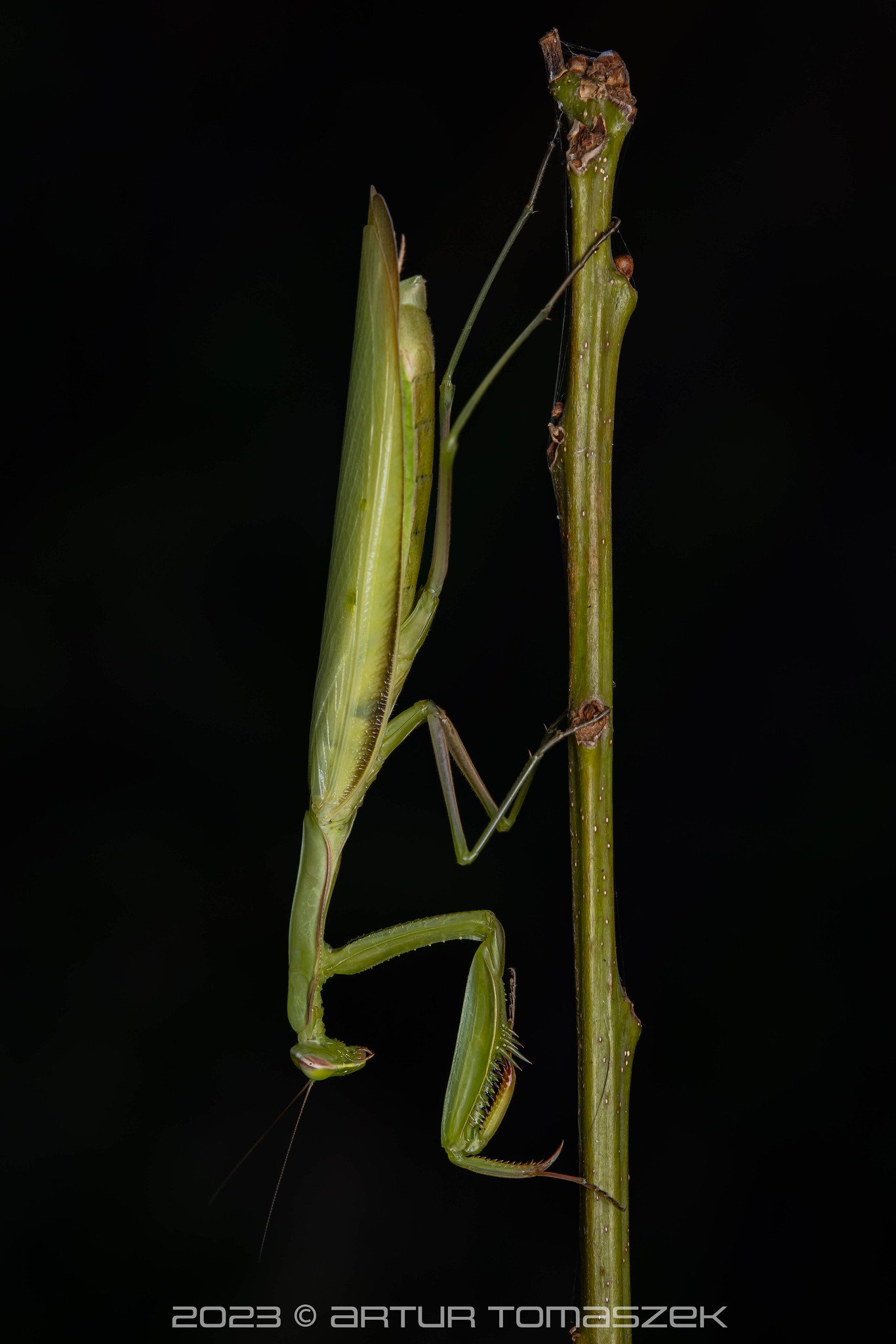

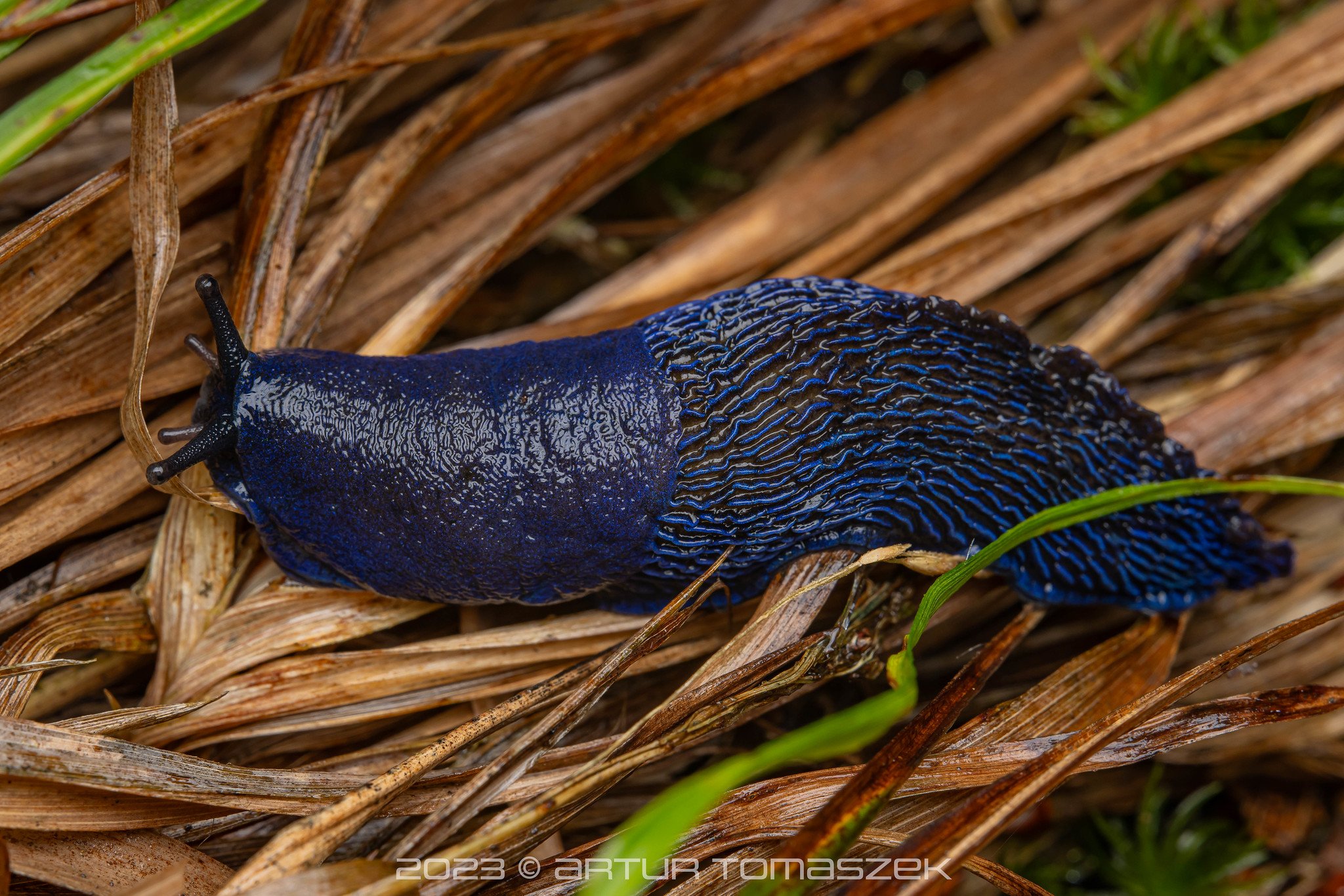

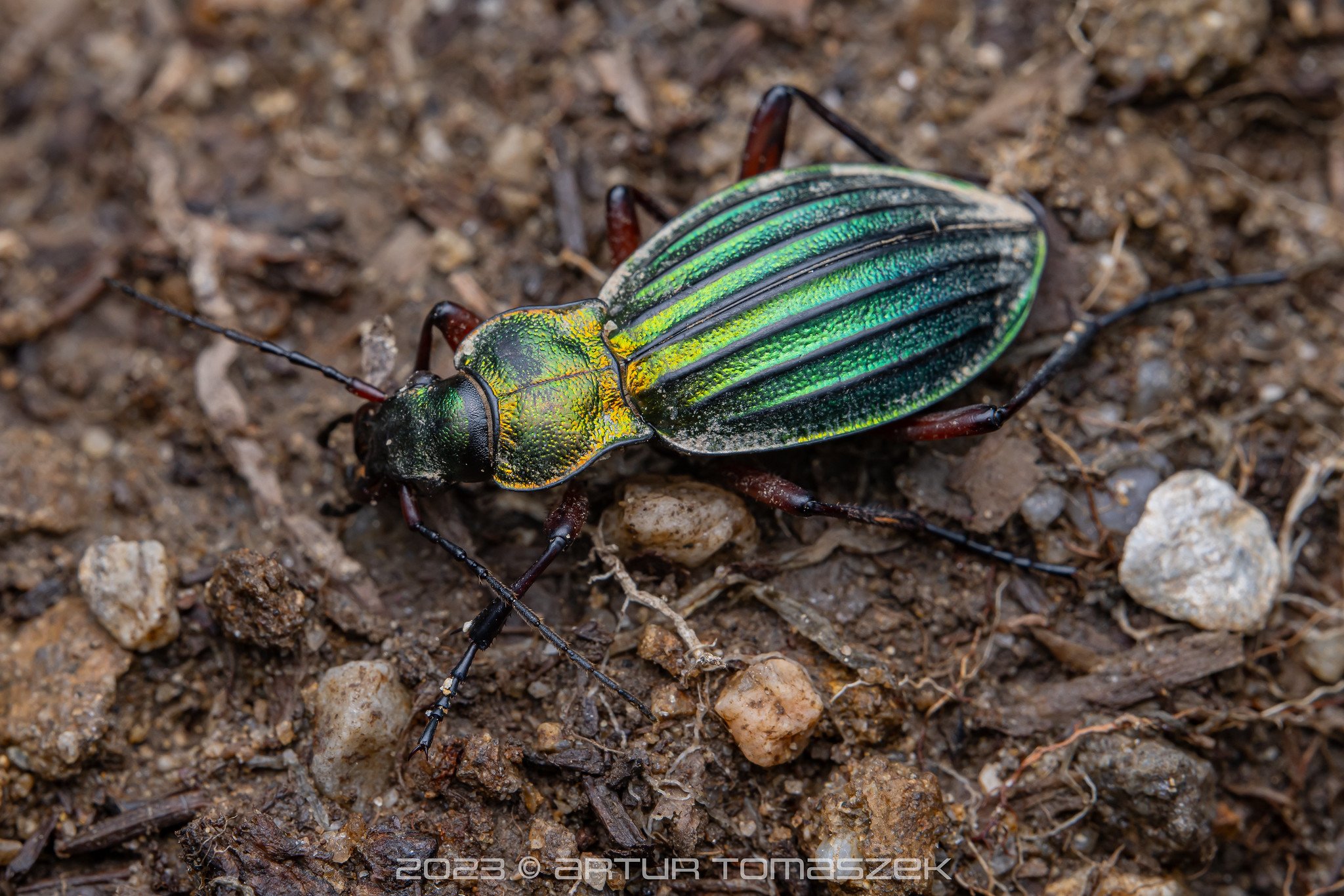
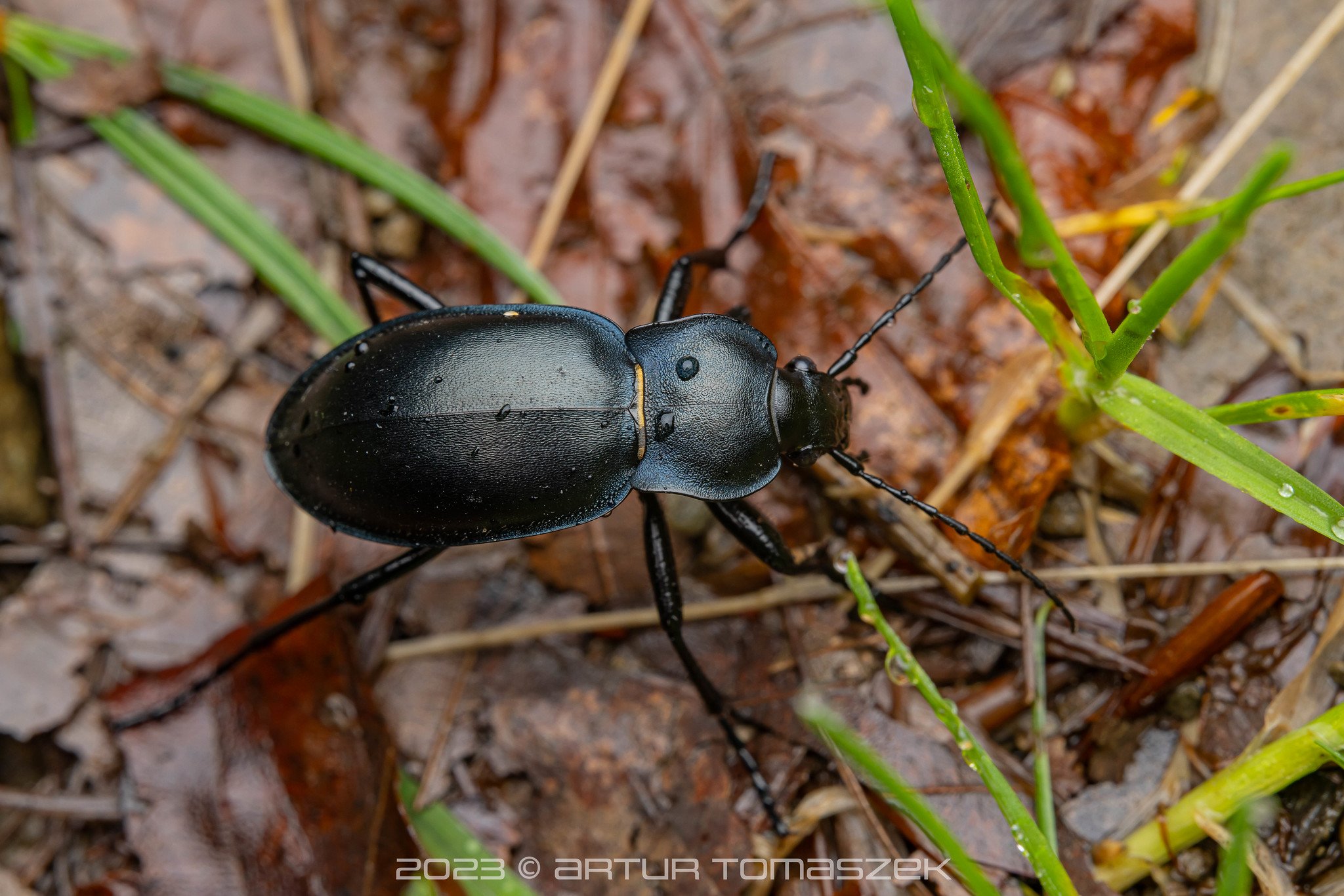
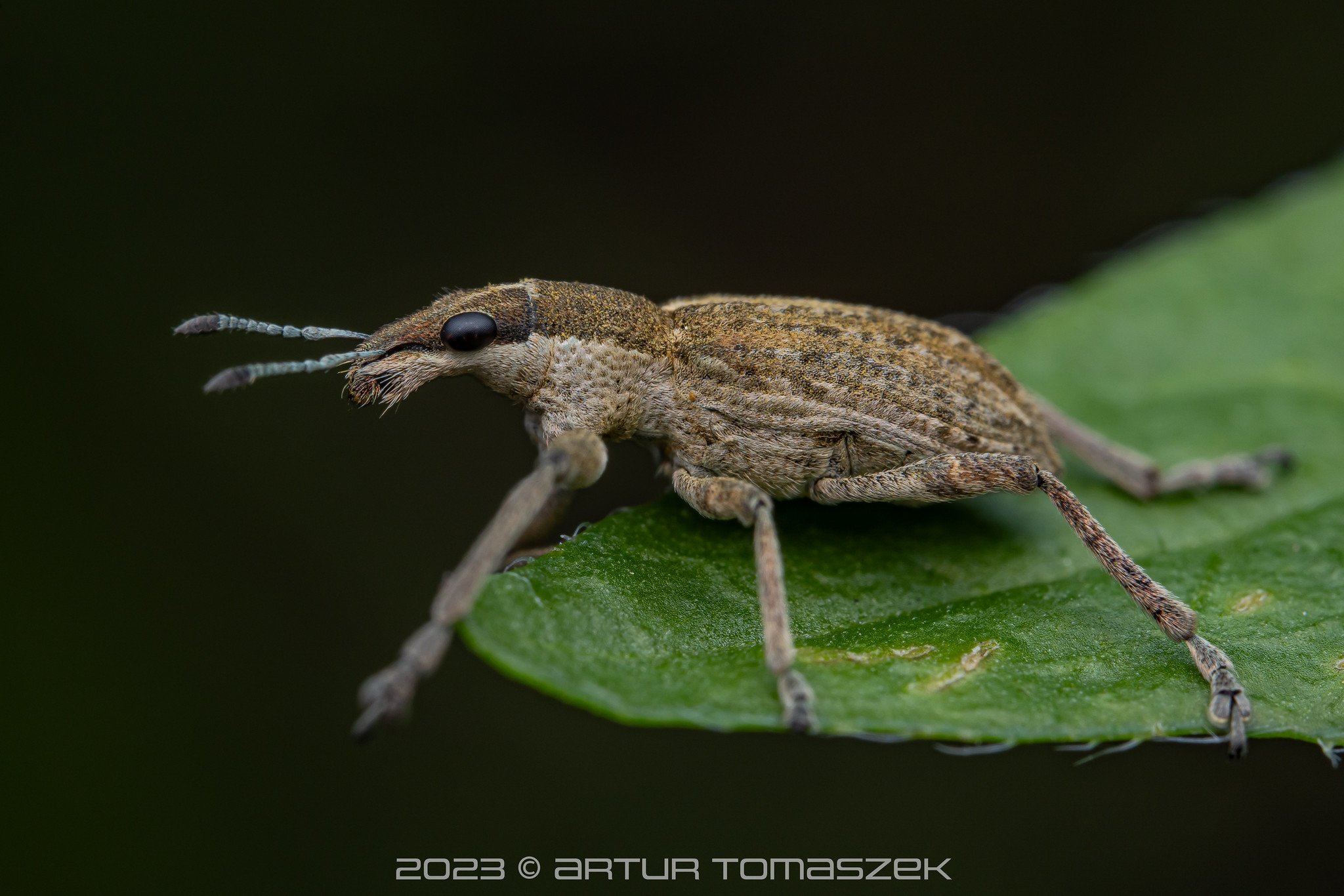
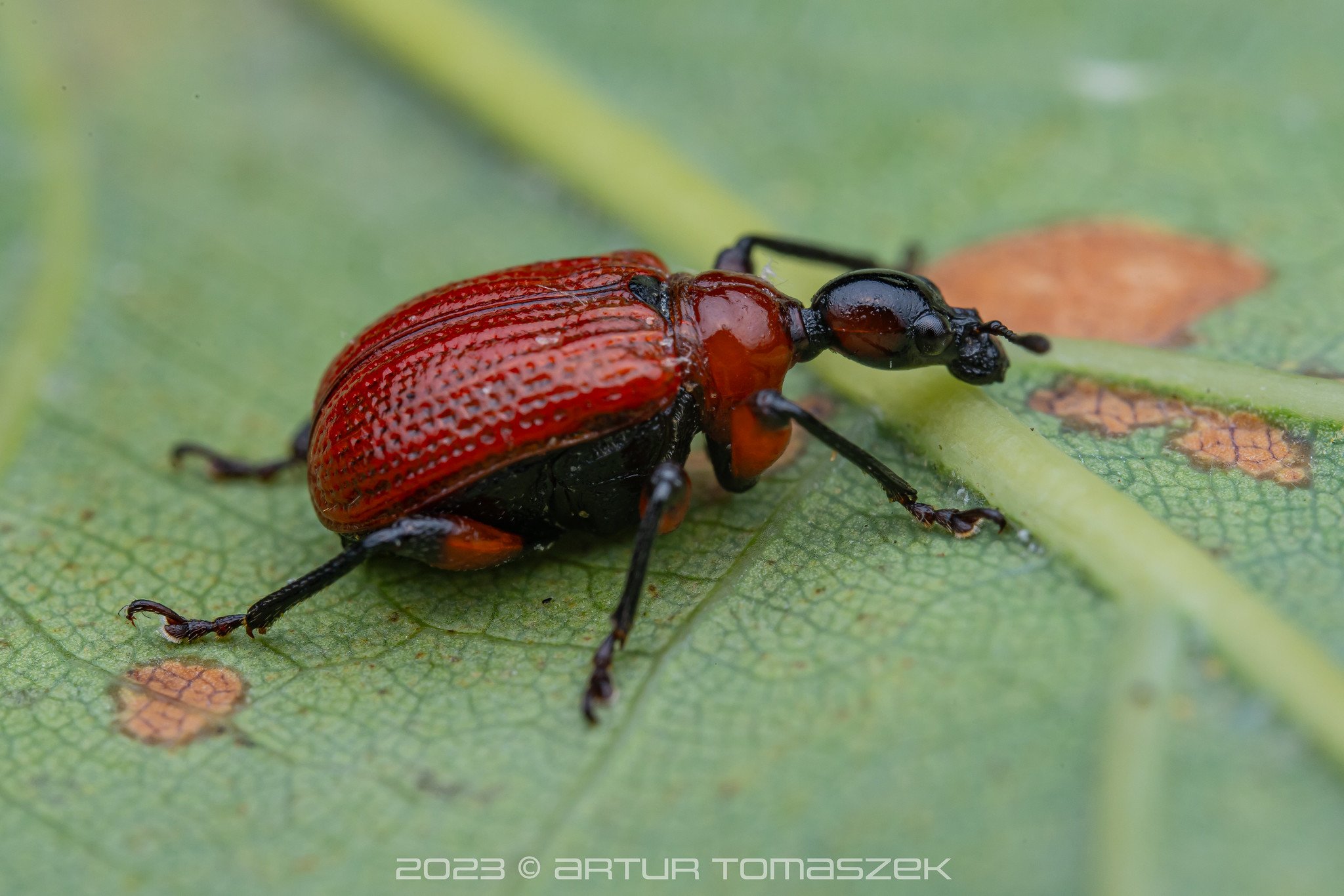
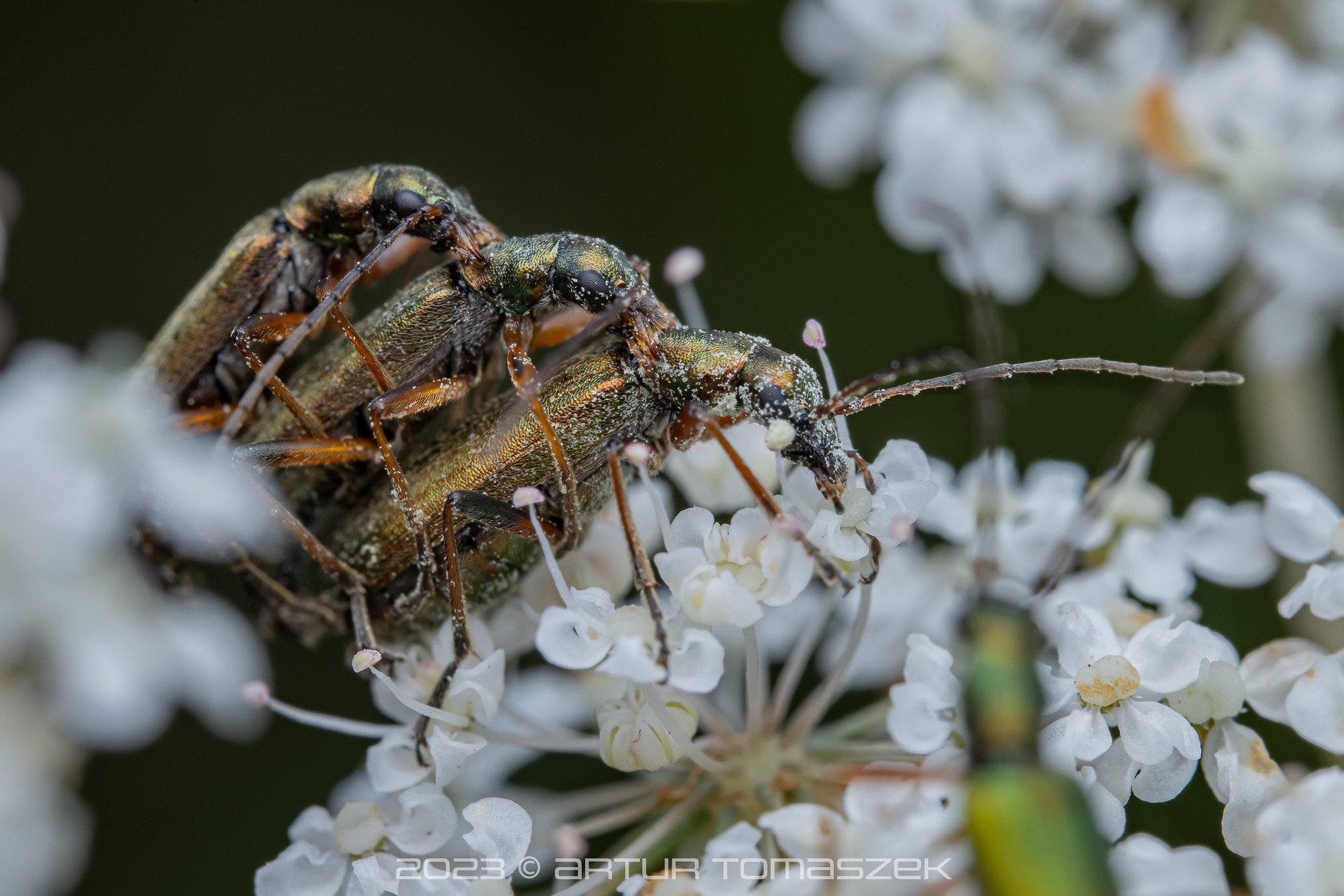
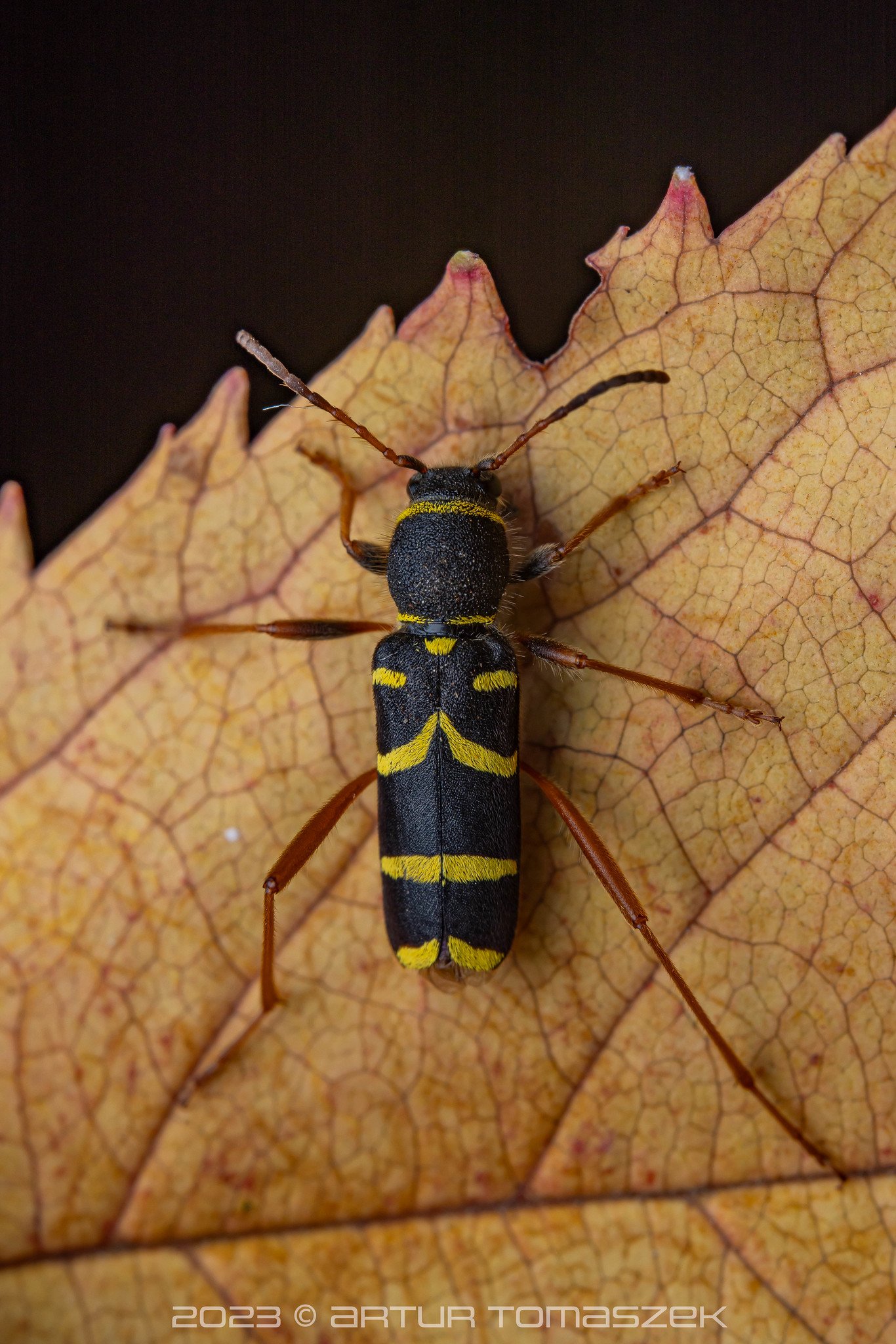
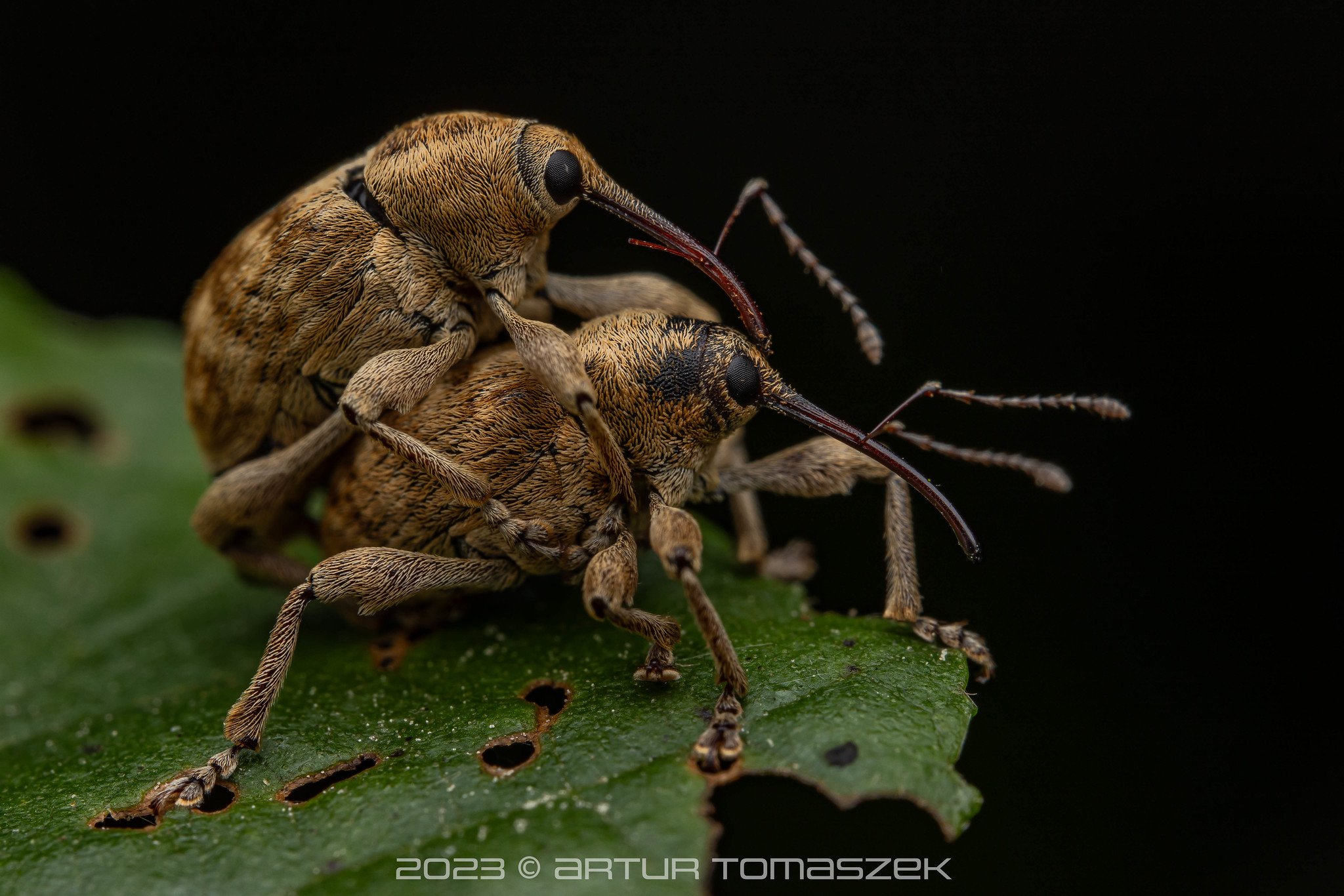
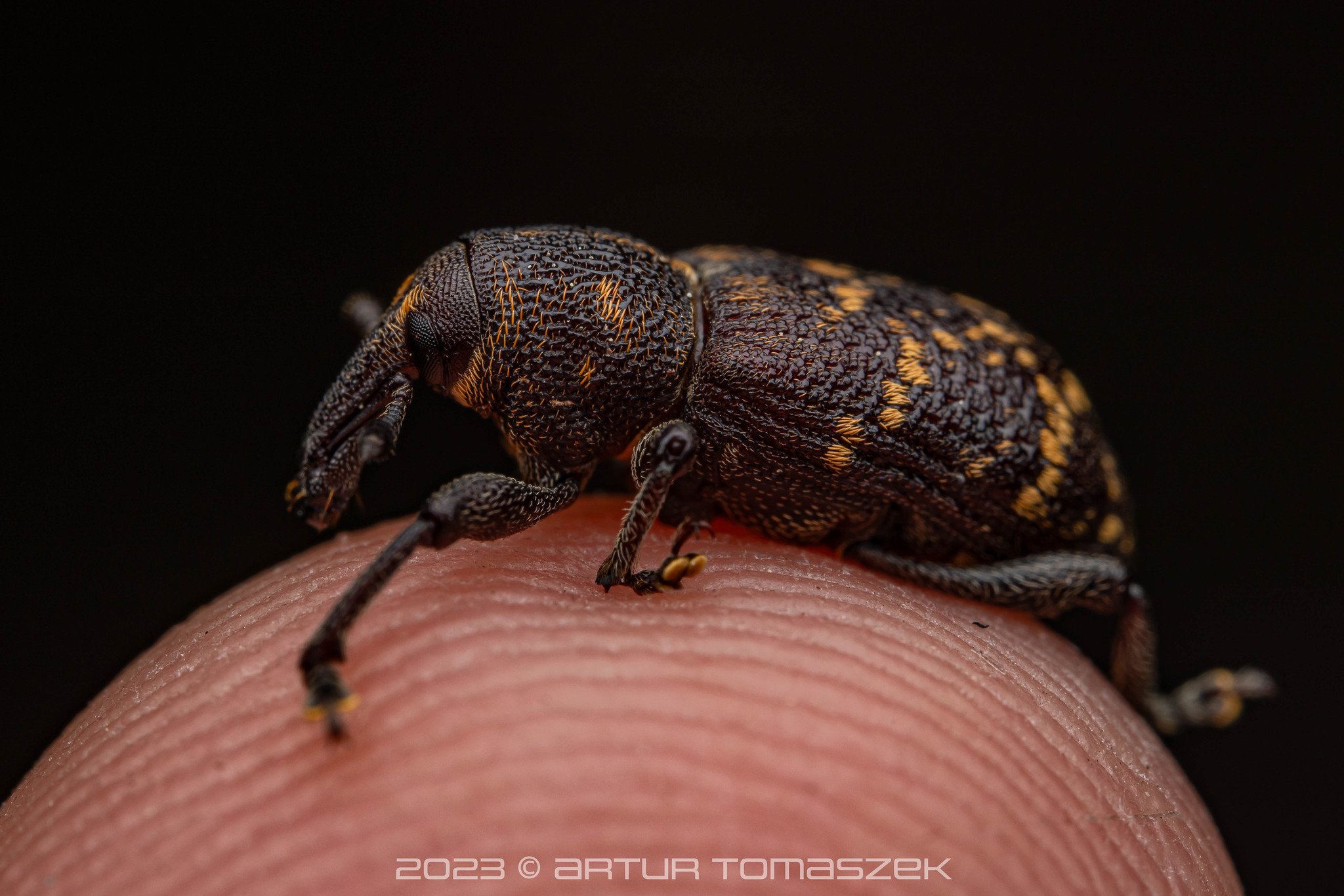
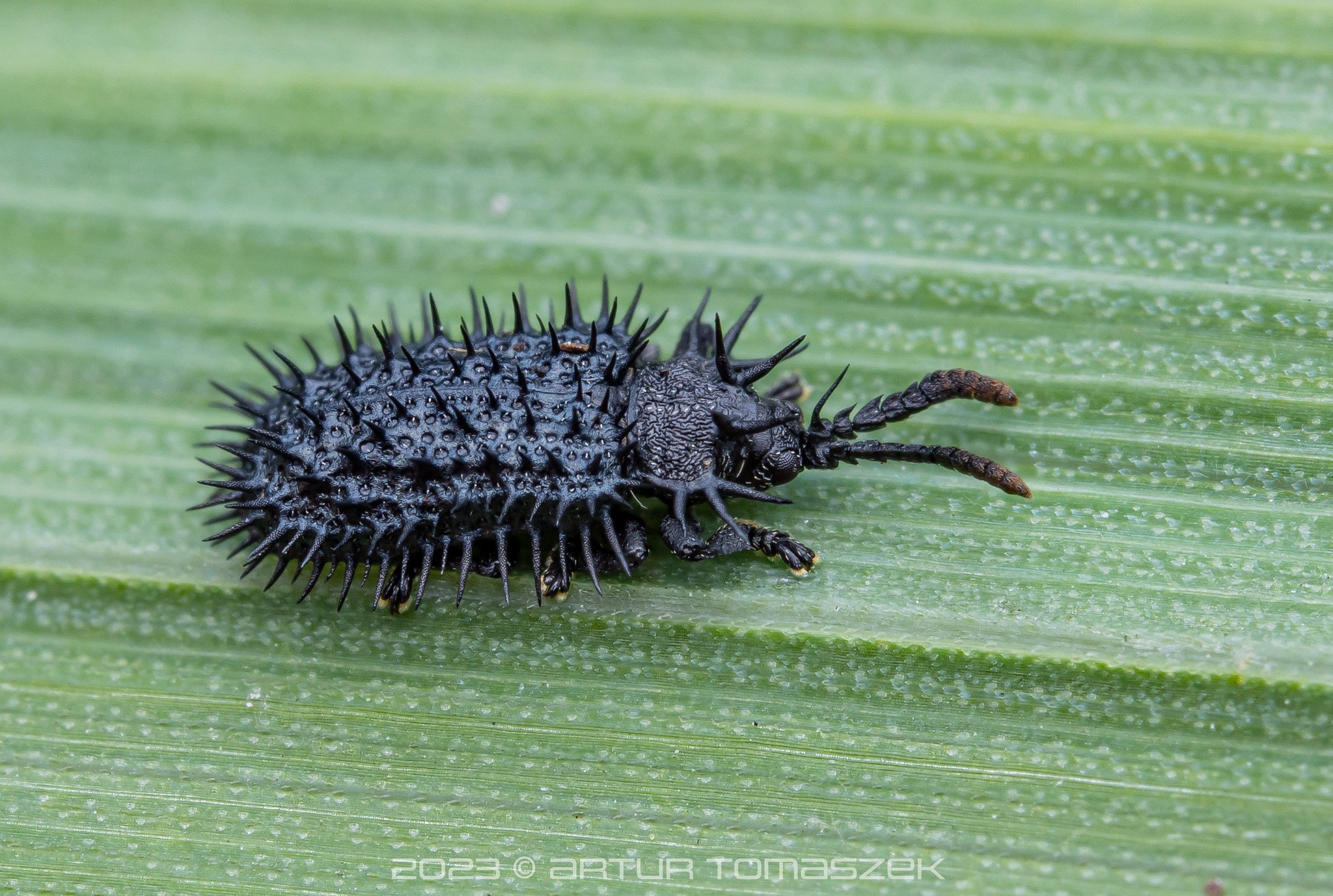
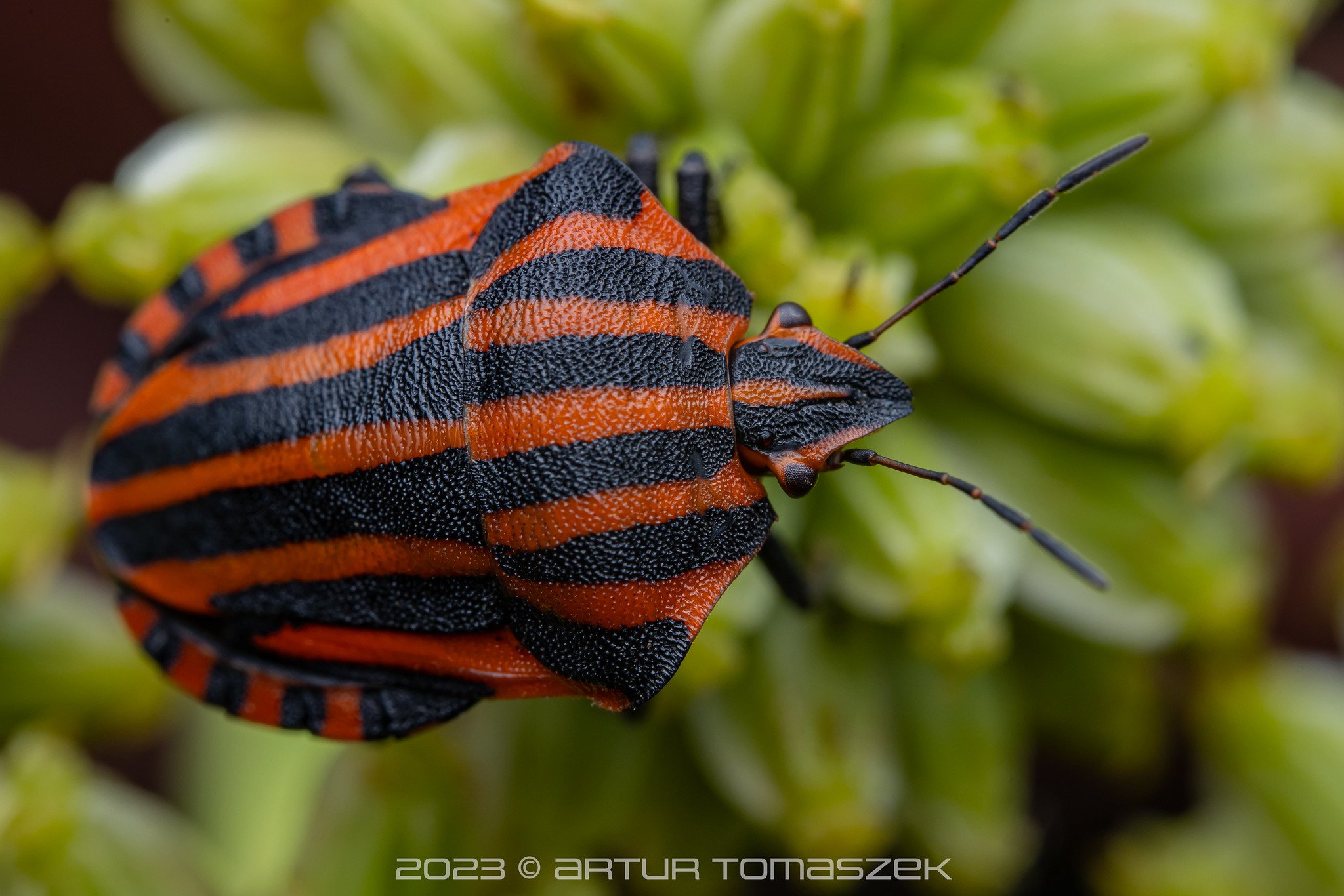
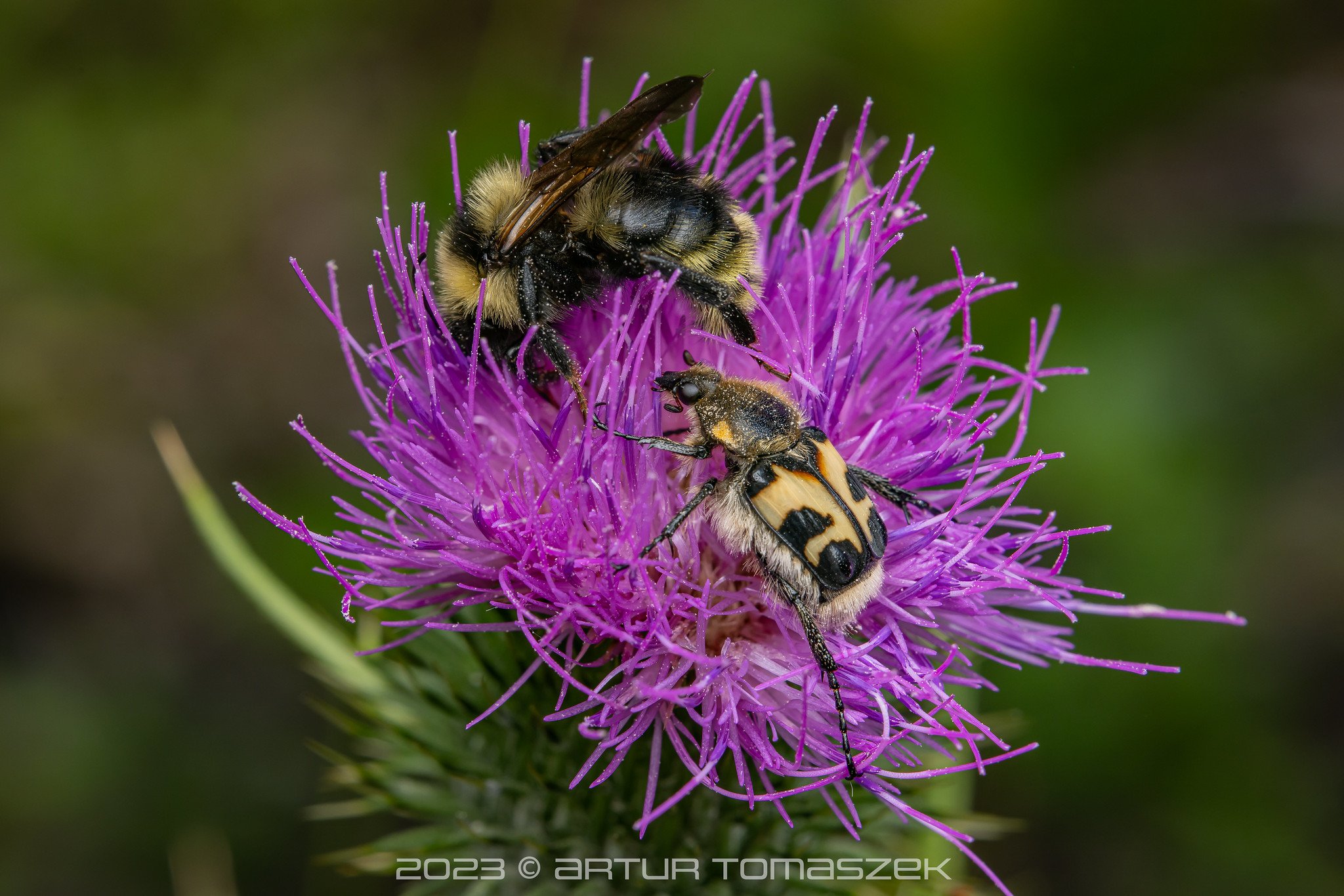
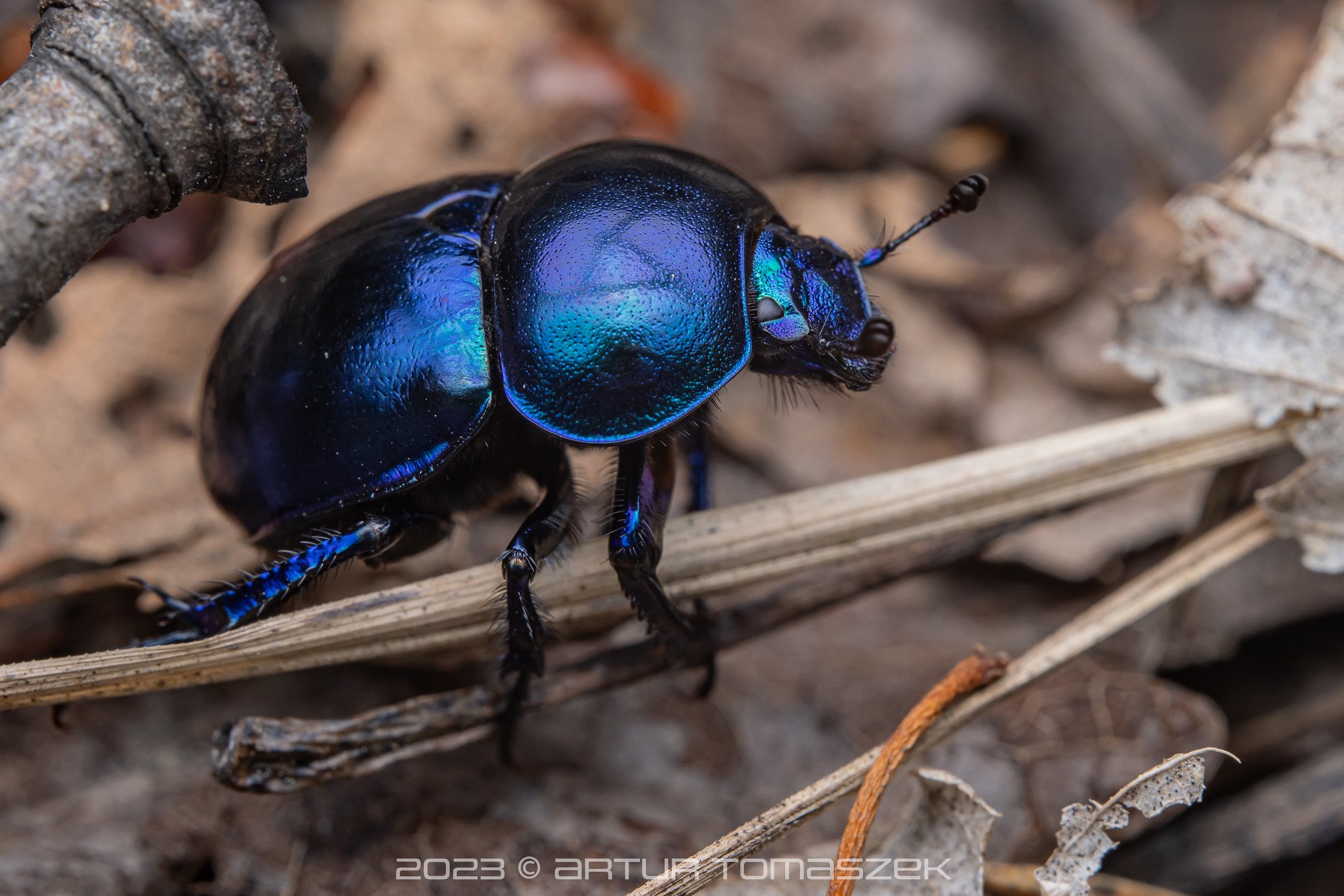
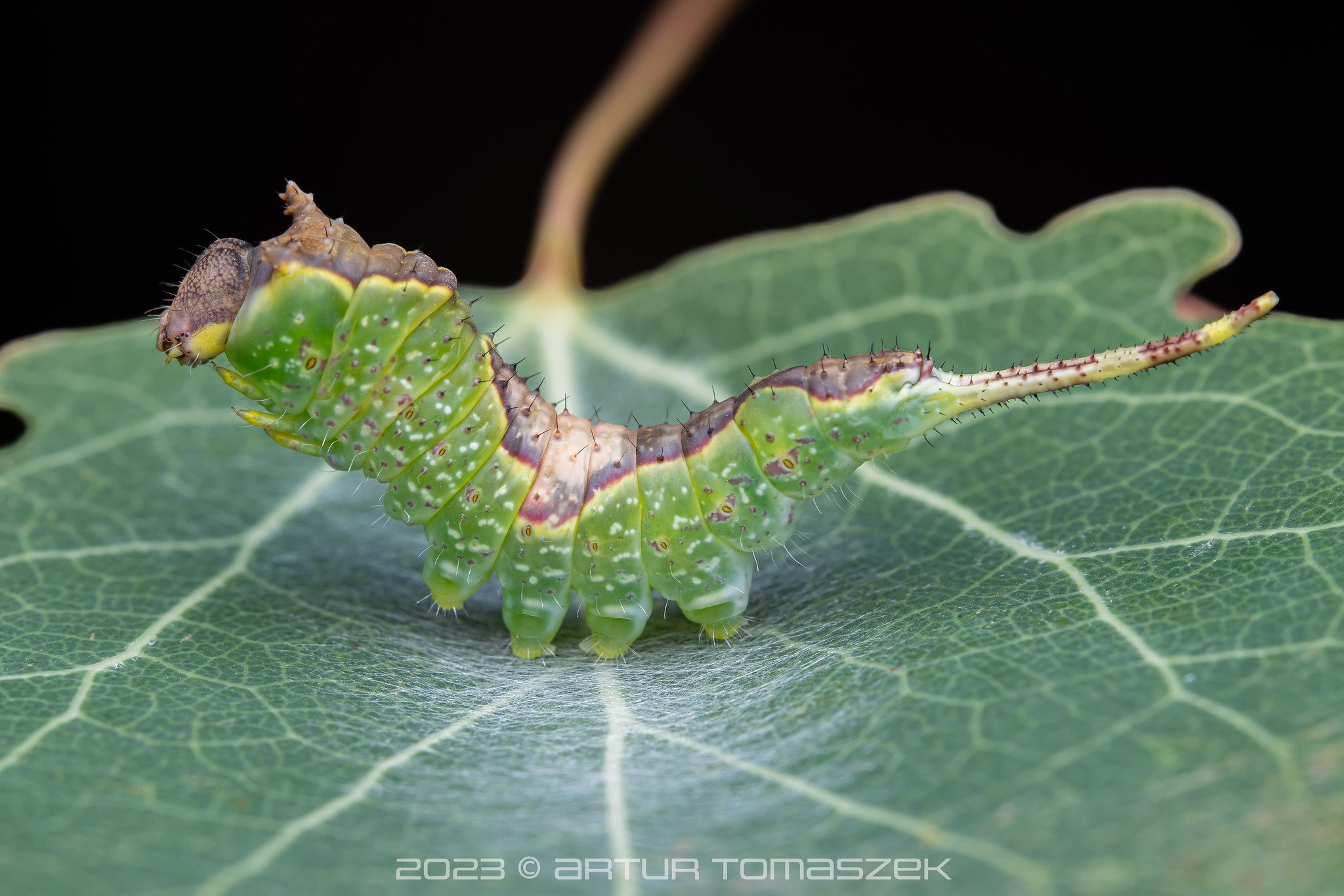
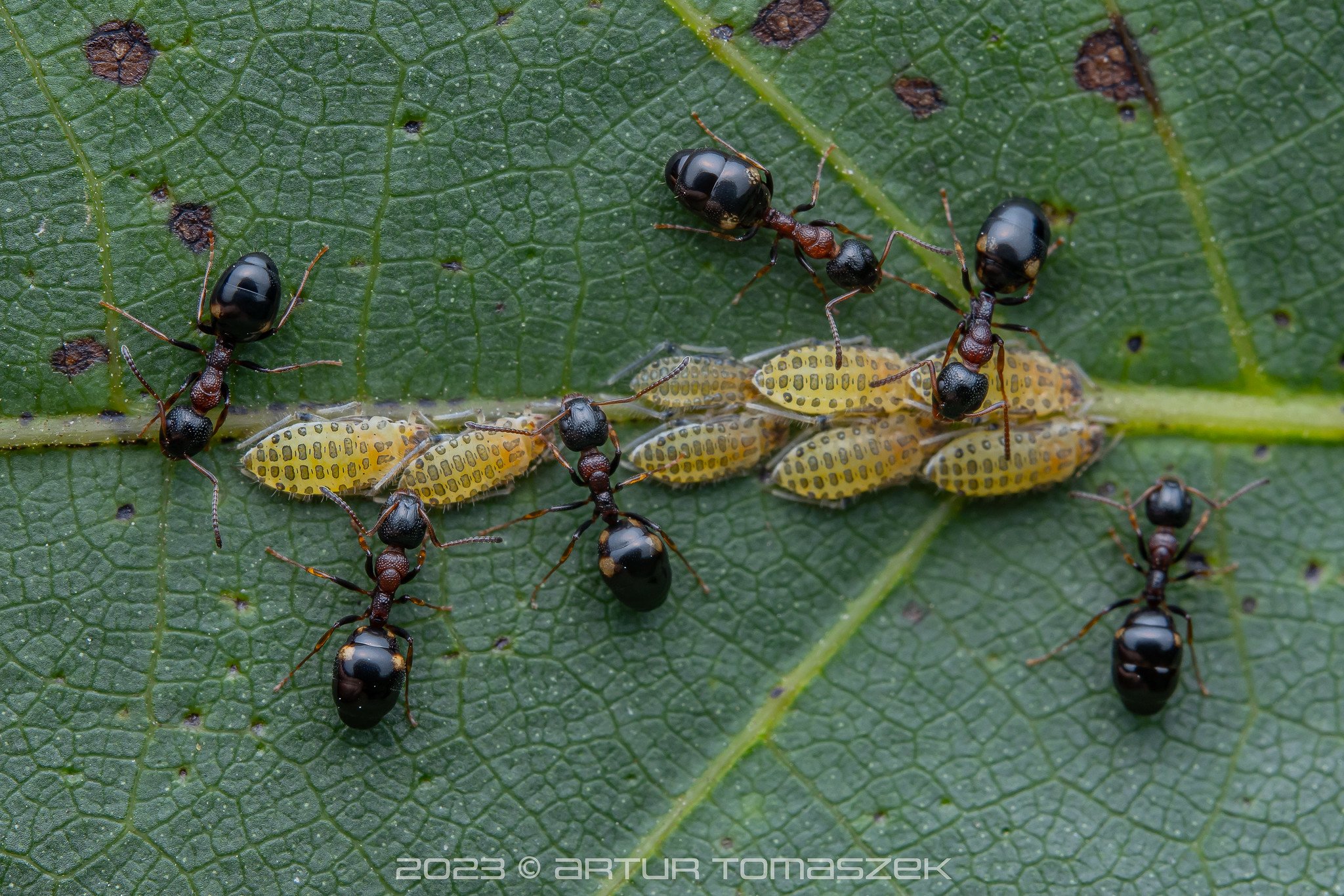
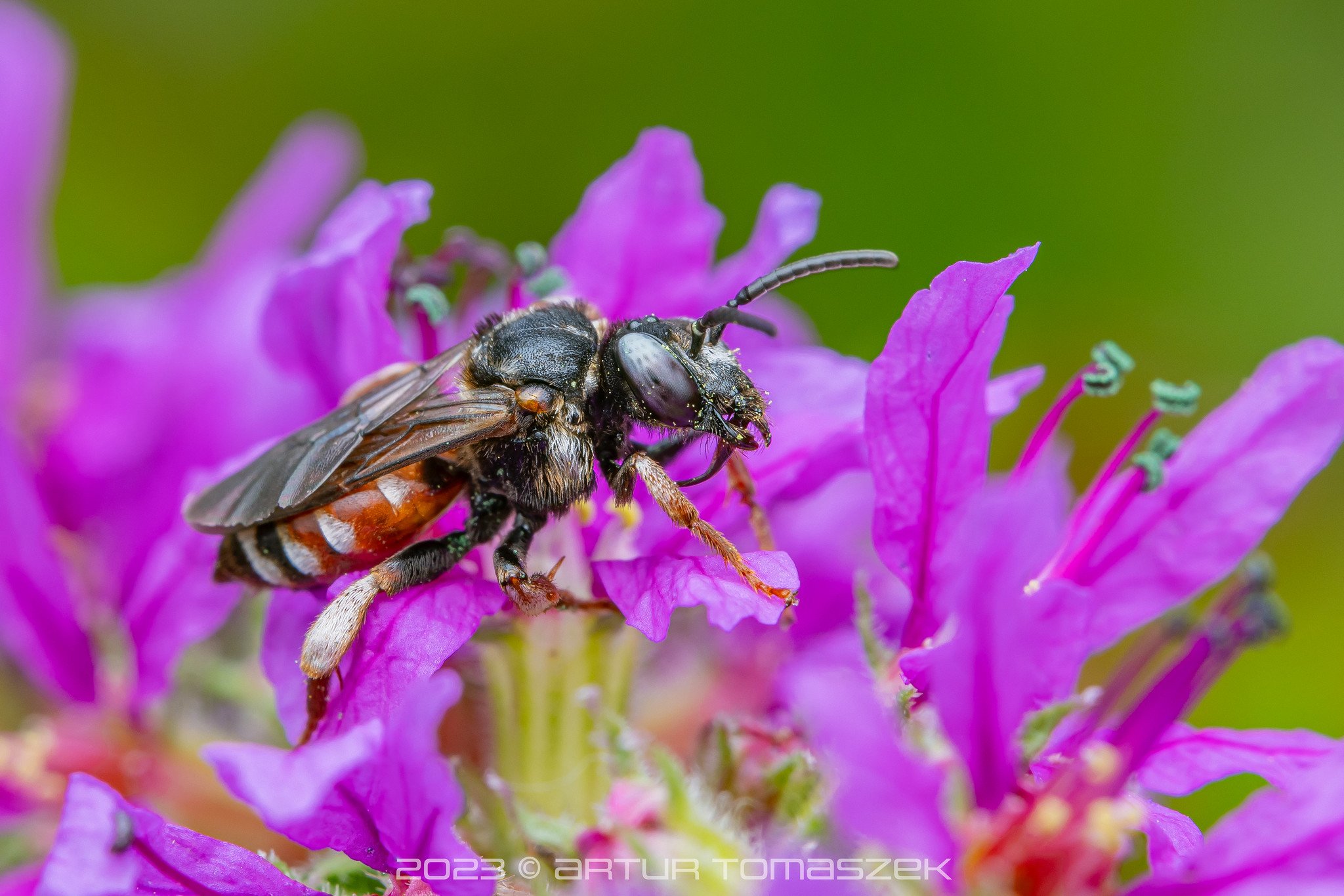
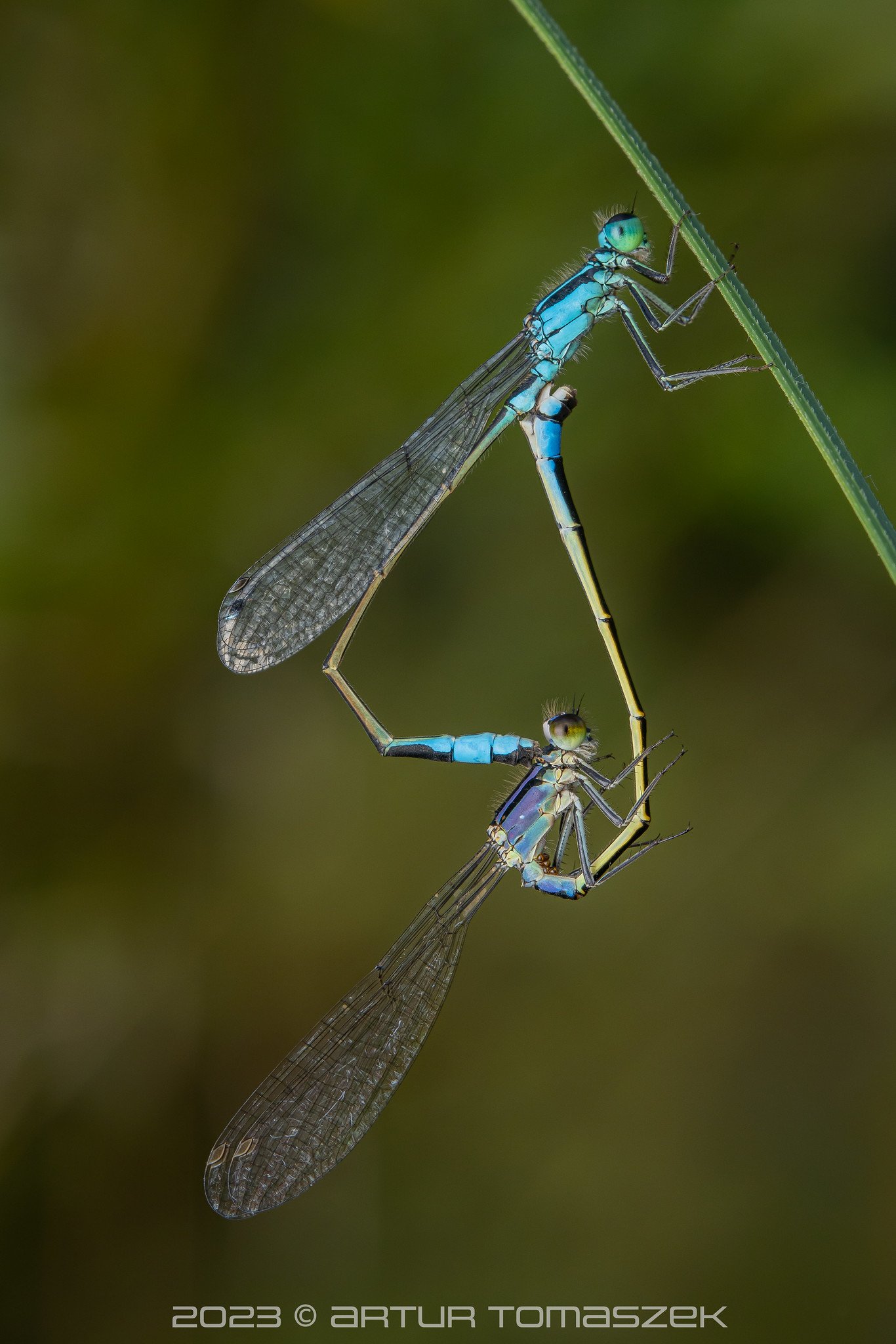
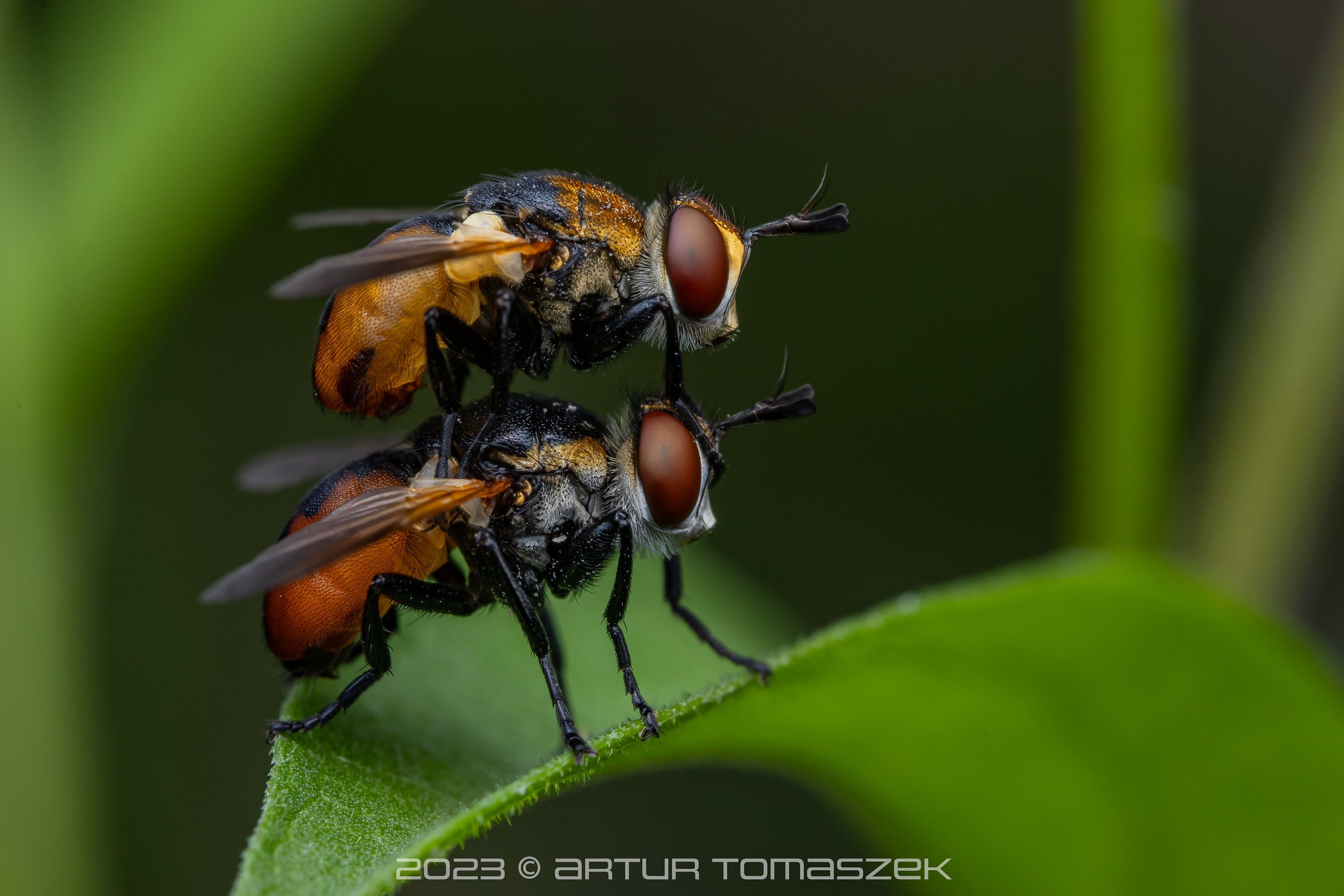
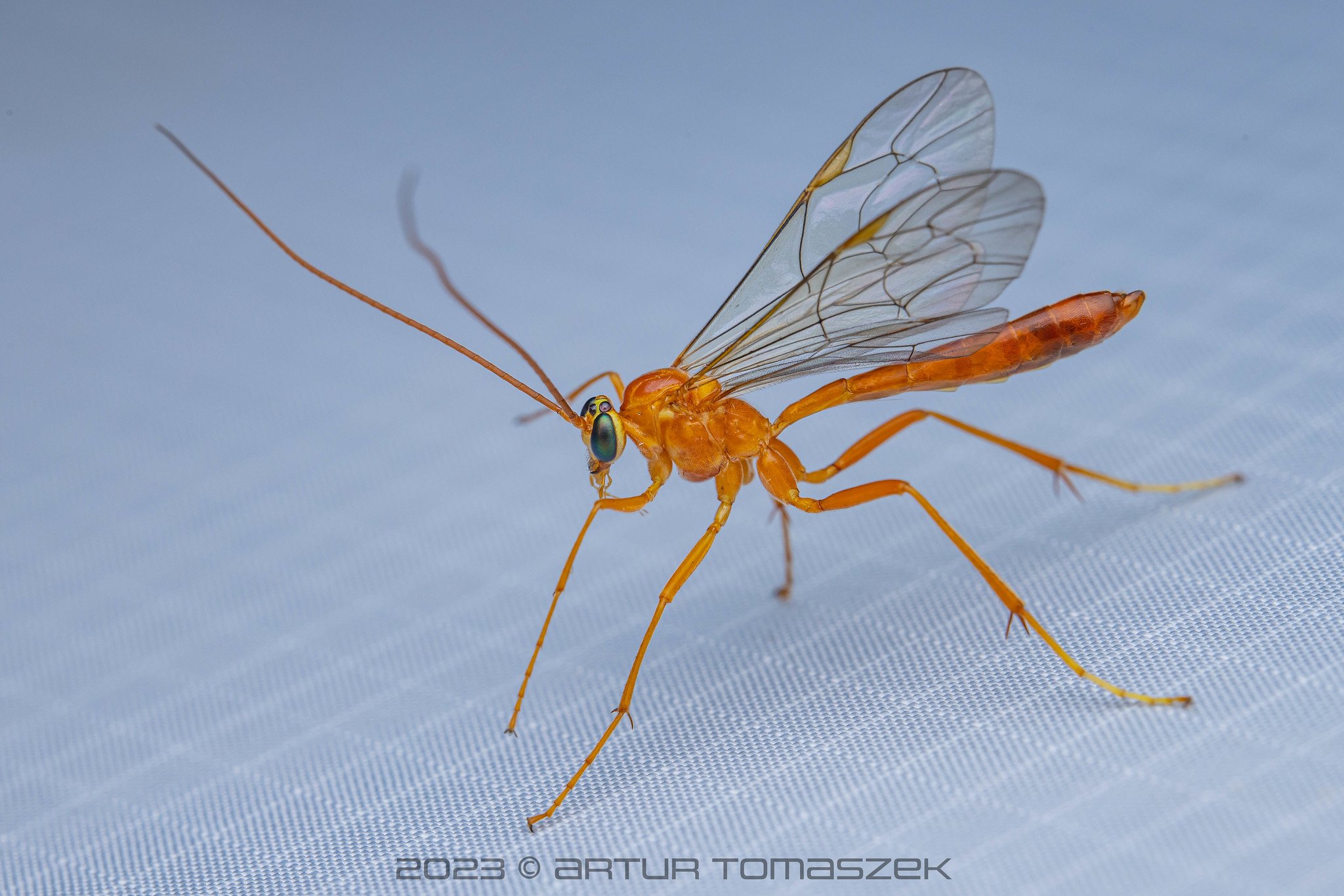
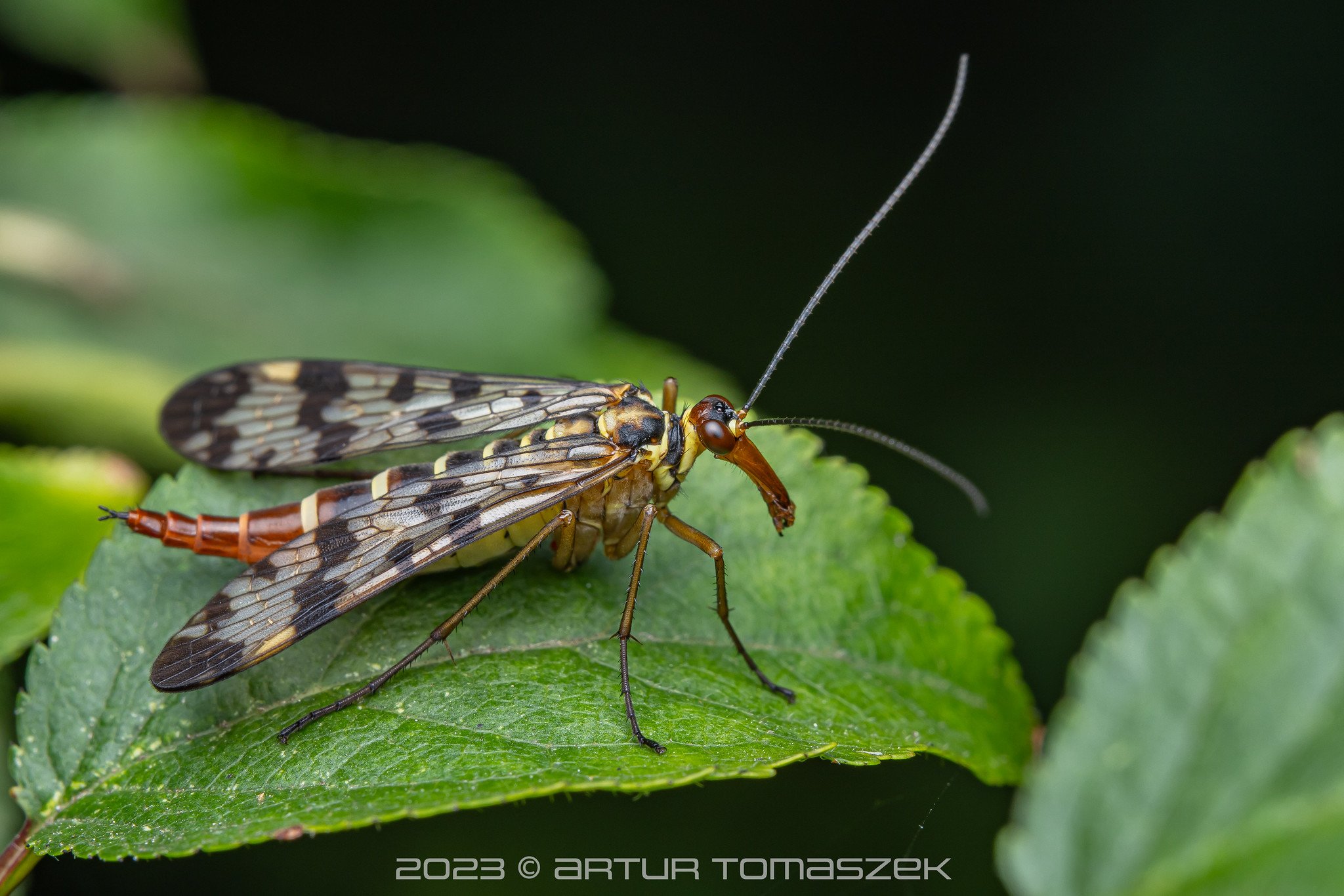
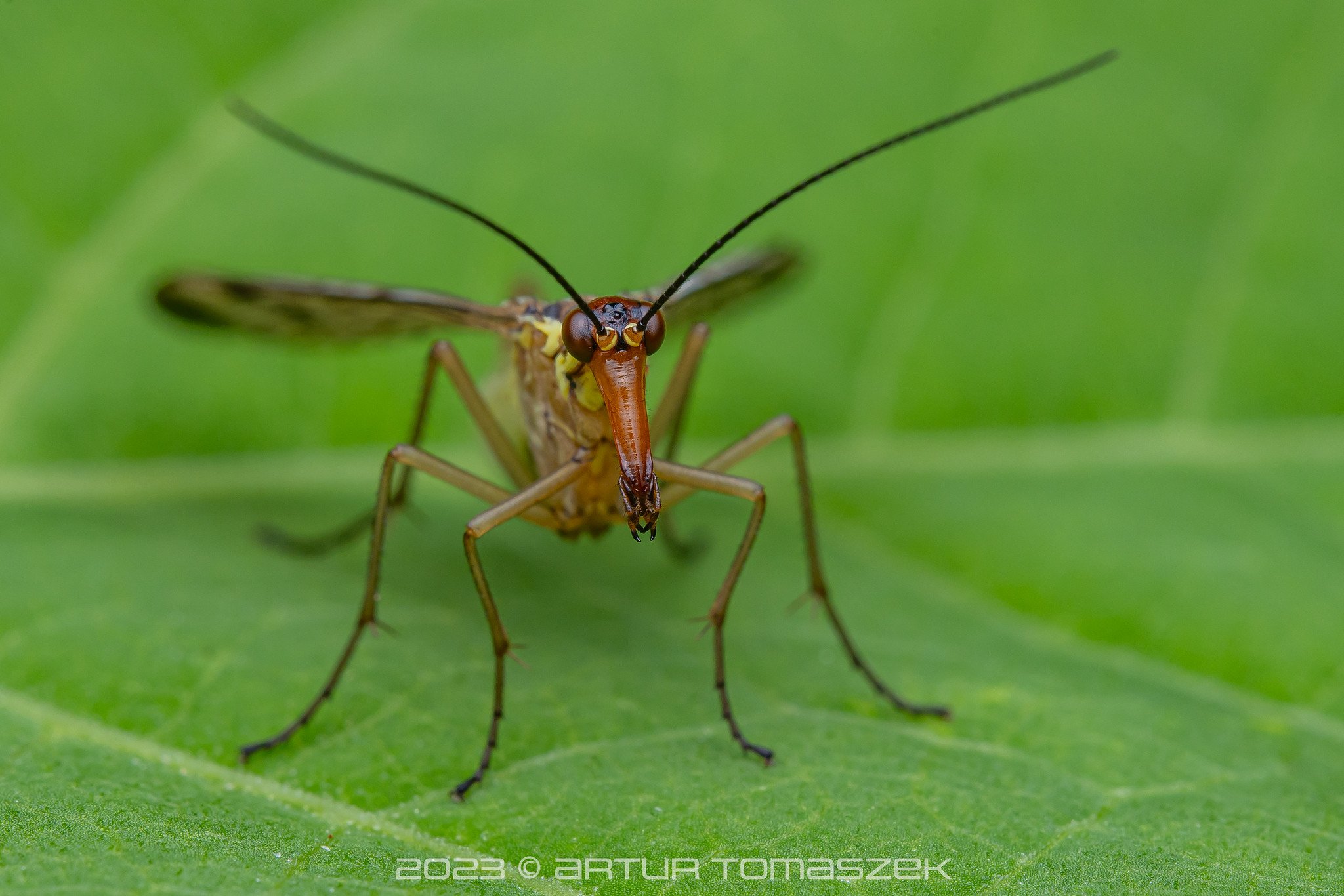
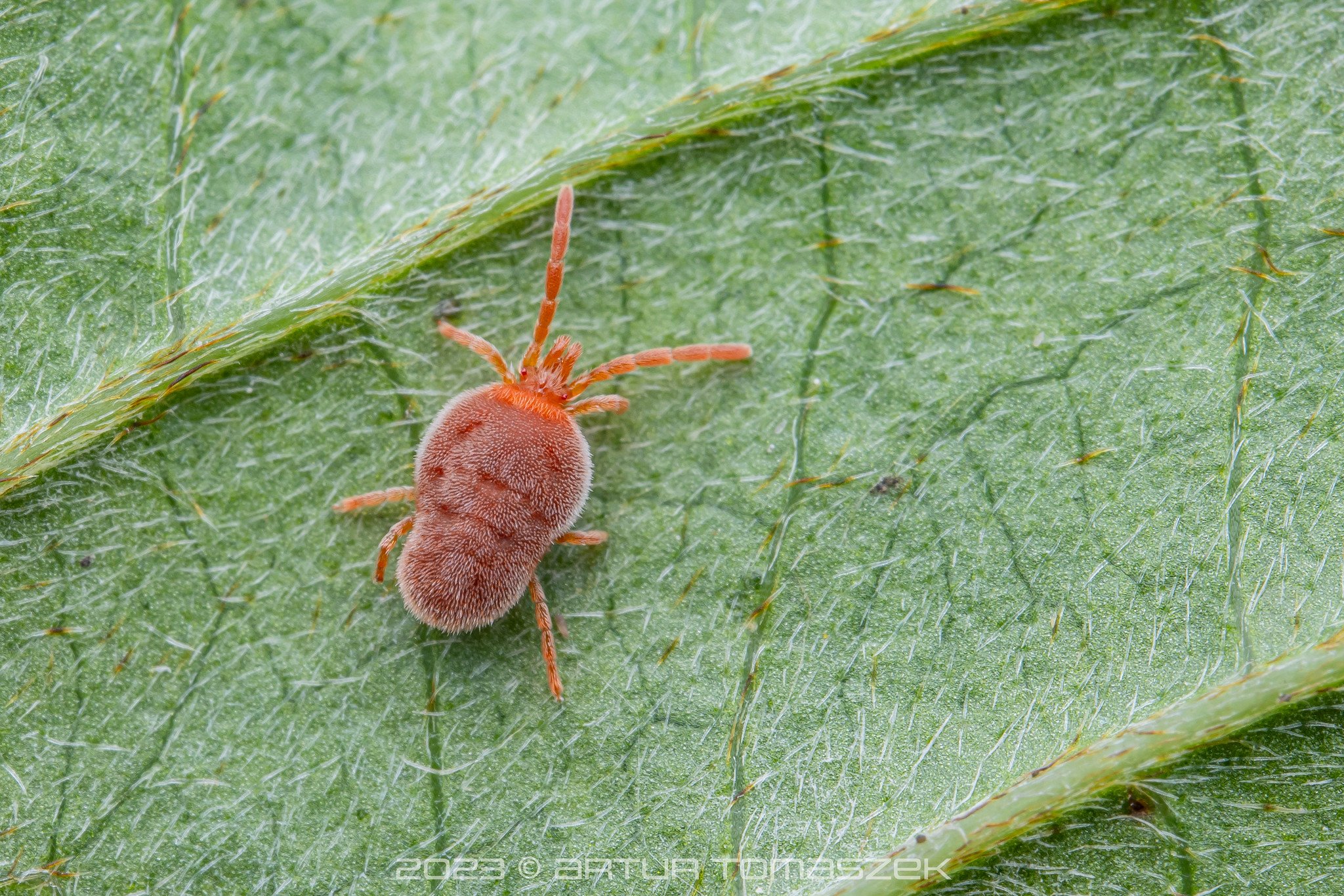
Another interesting find - Leucochloridium paradoxum, a parasitic flatworm. Its intermediate hosts are land snails; the pulsating, green broodsacs fill the eye stalks of the snail, attracting predation by birds, the primary host. The adult parasite lives in the bird’s cloaca, releasing its eggs into the faeces. Gross yet fascinating!
Leucochloridium paradoxum broodsacs pulsating in Succinea putris’s eye stalks.
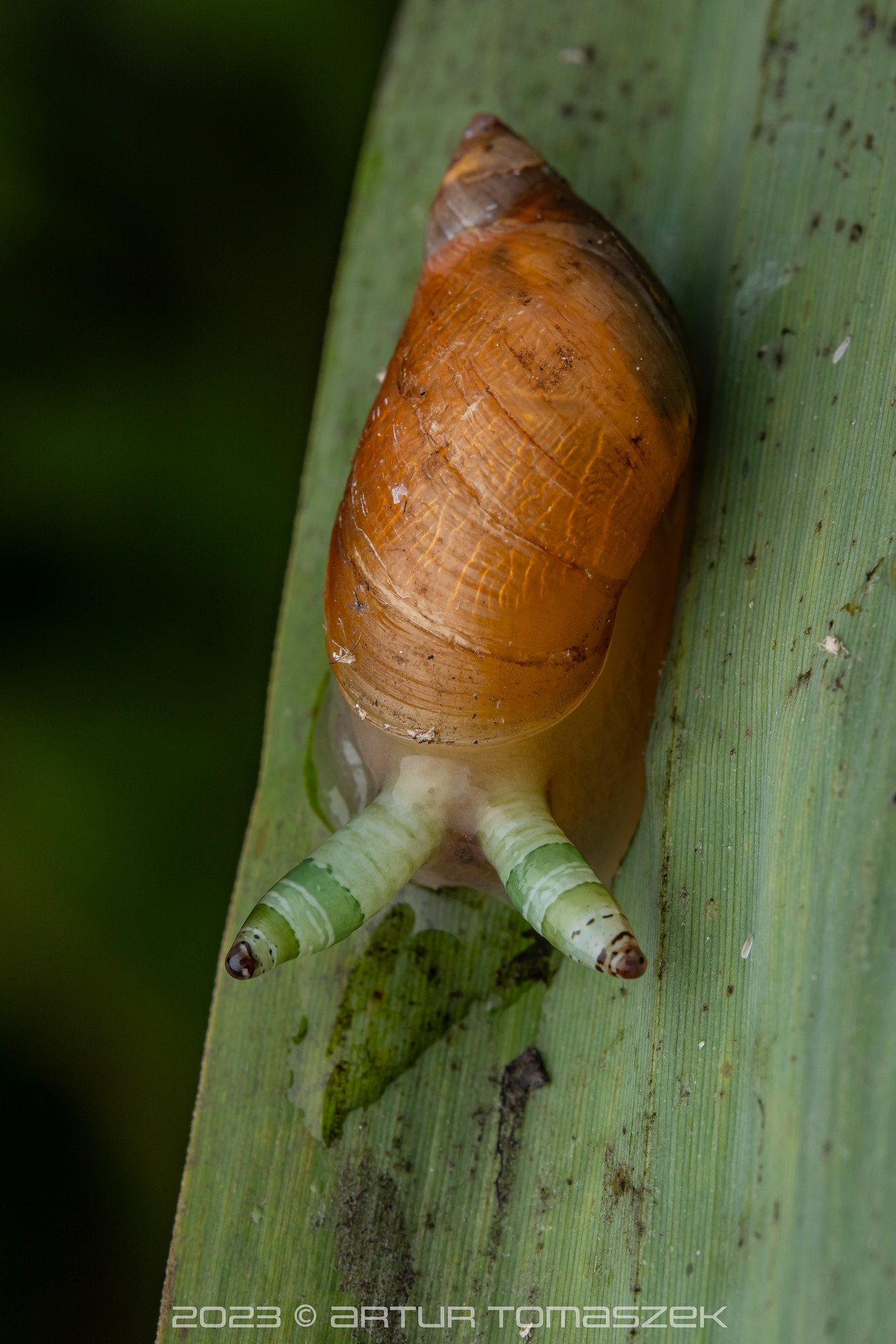
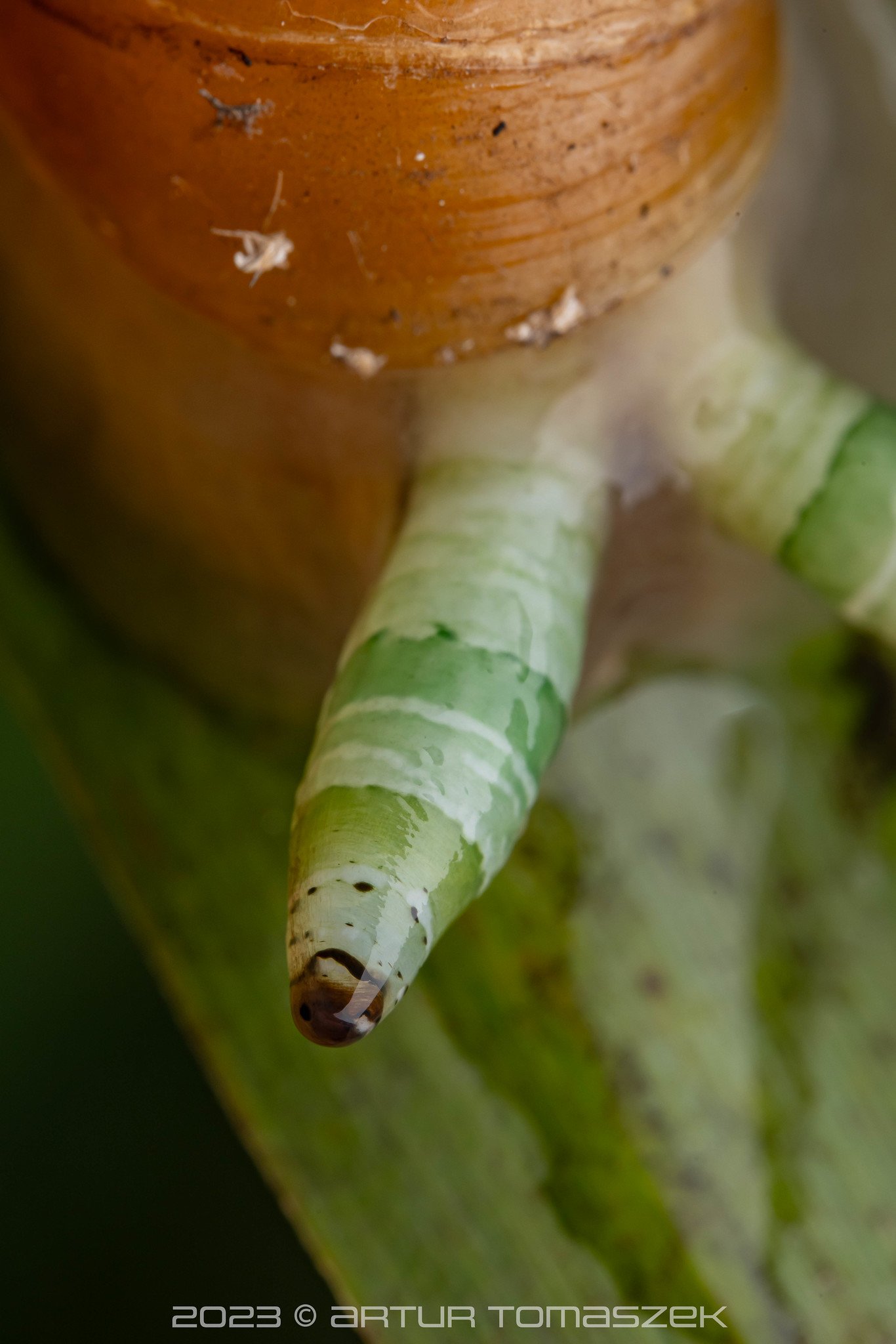
To sum it all up, a few shots of the forest flora and fungi. We had lots of fun!
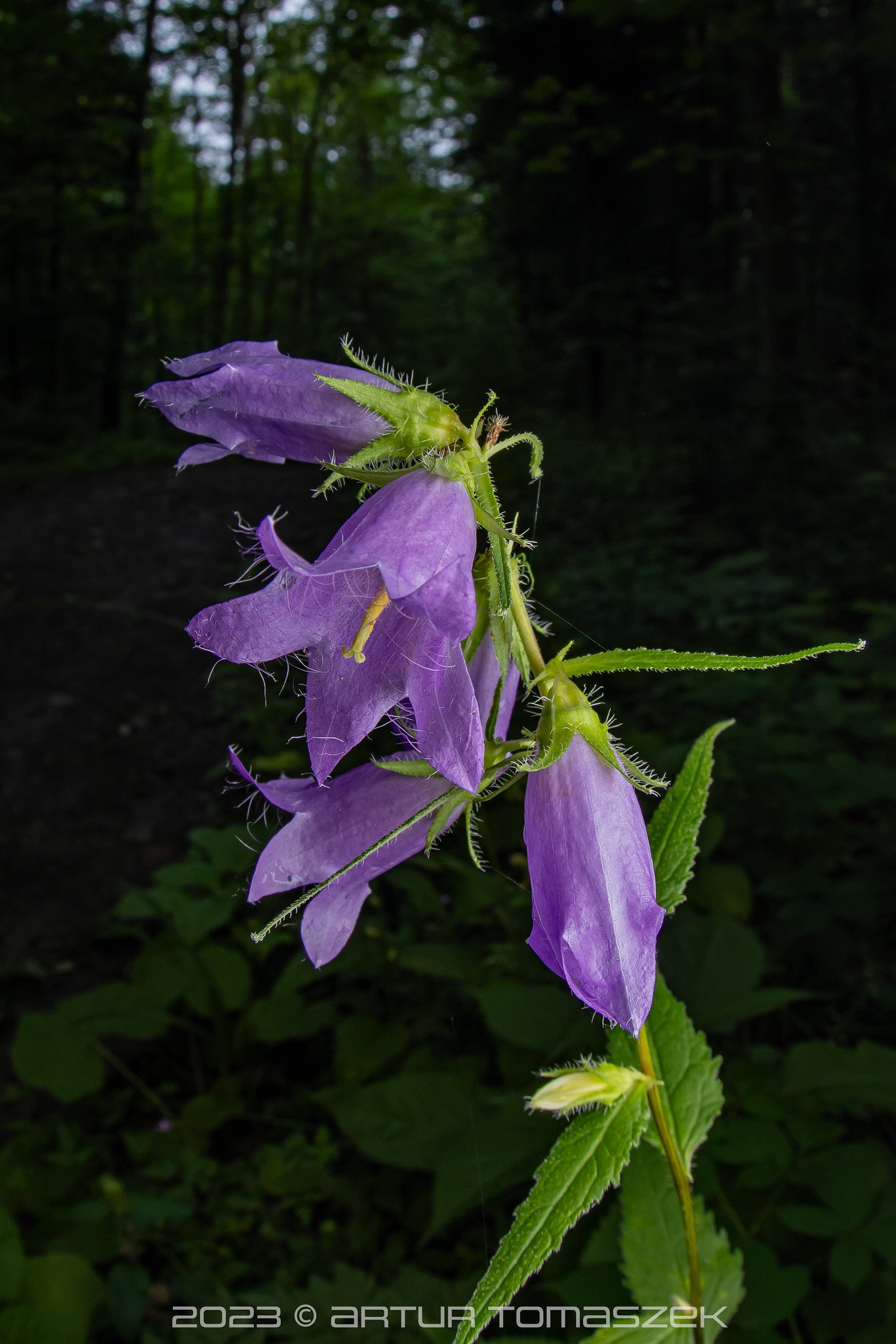
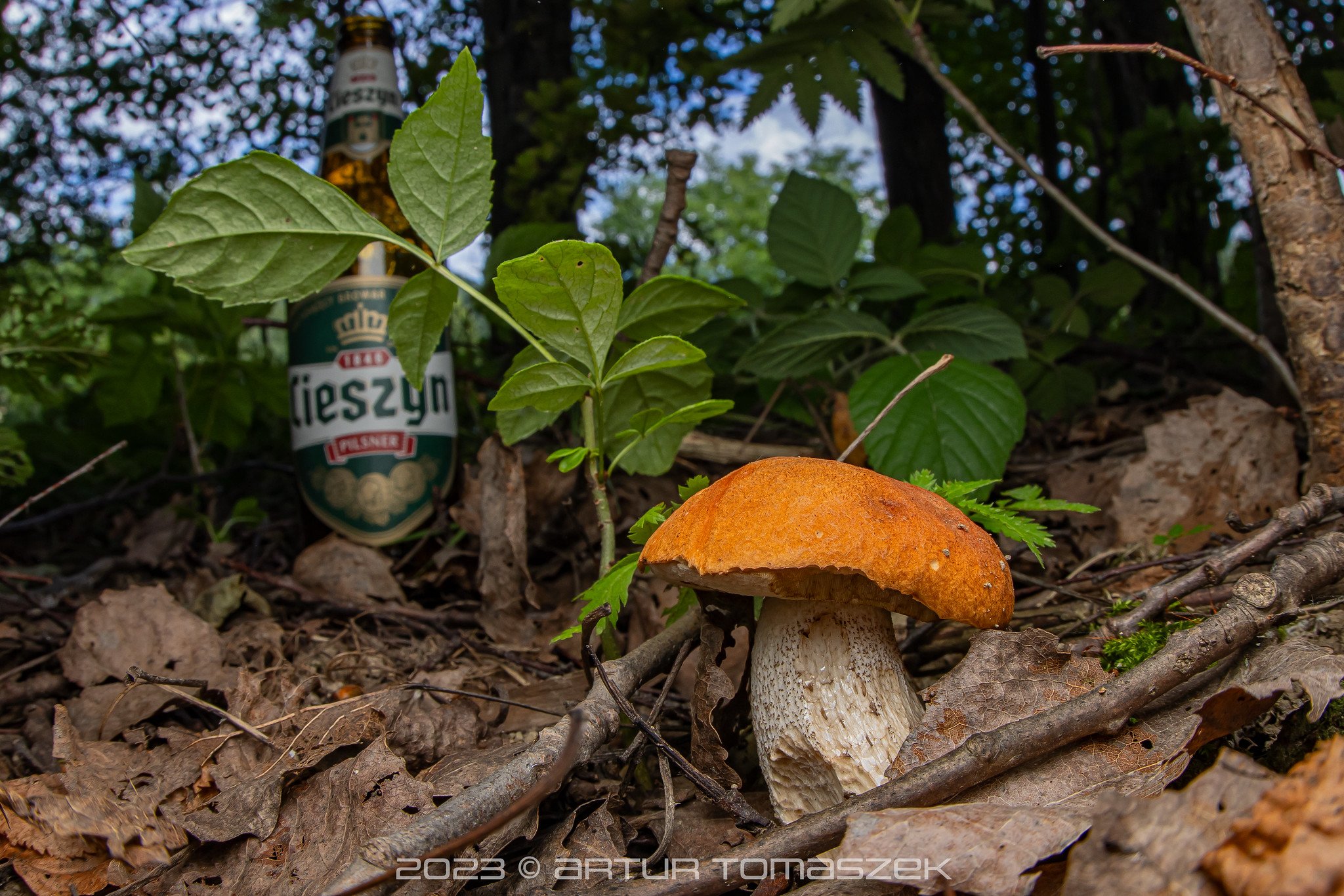
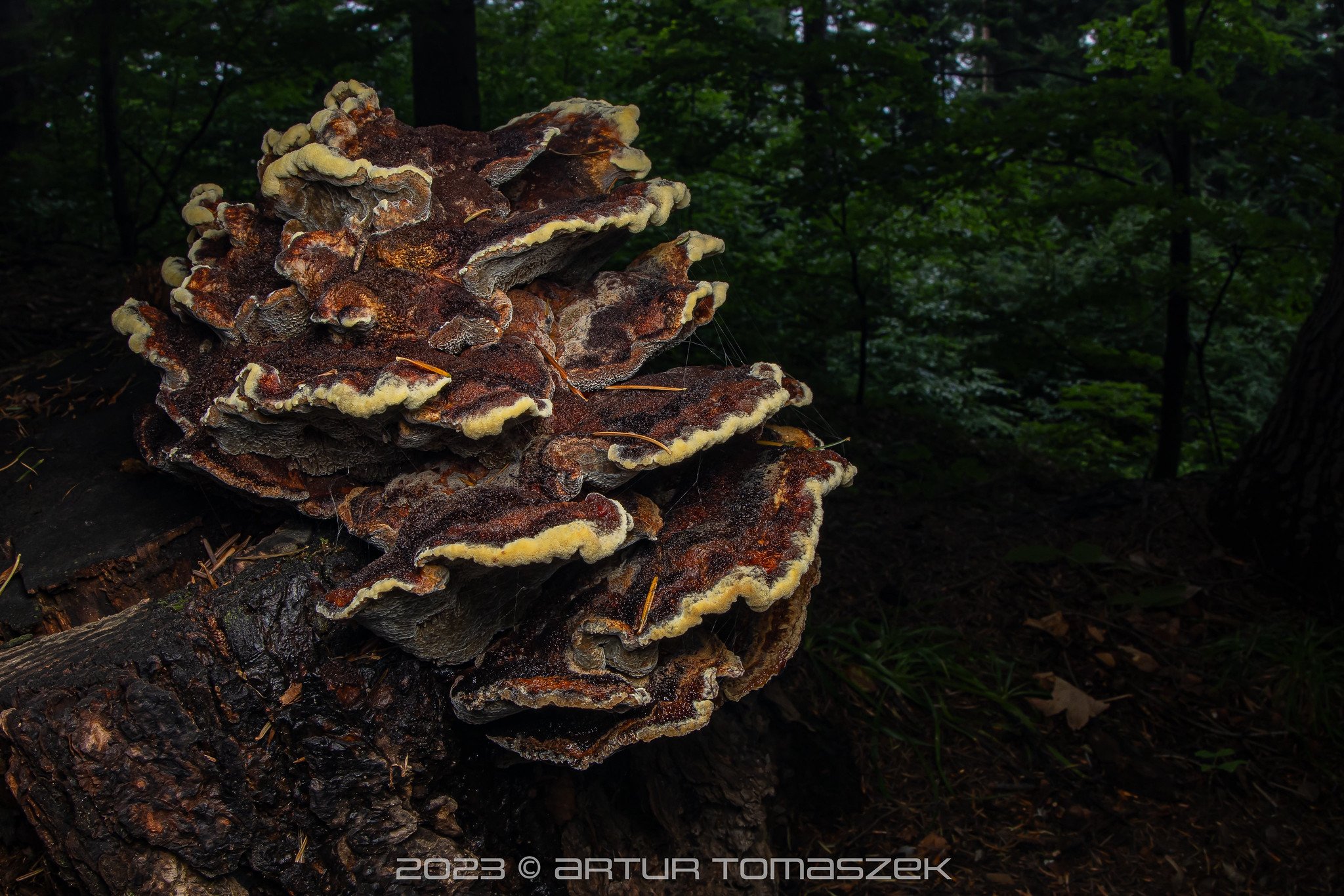
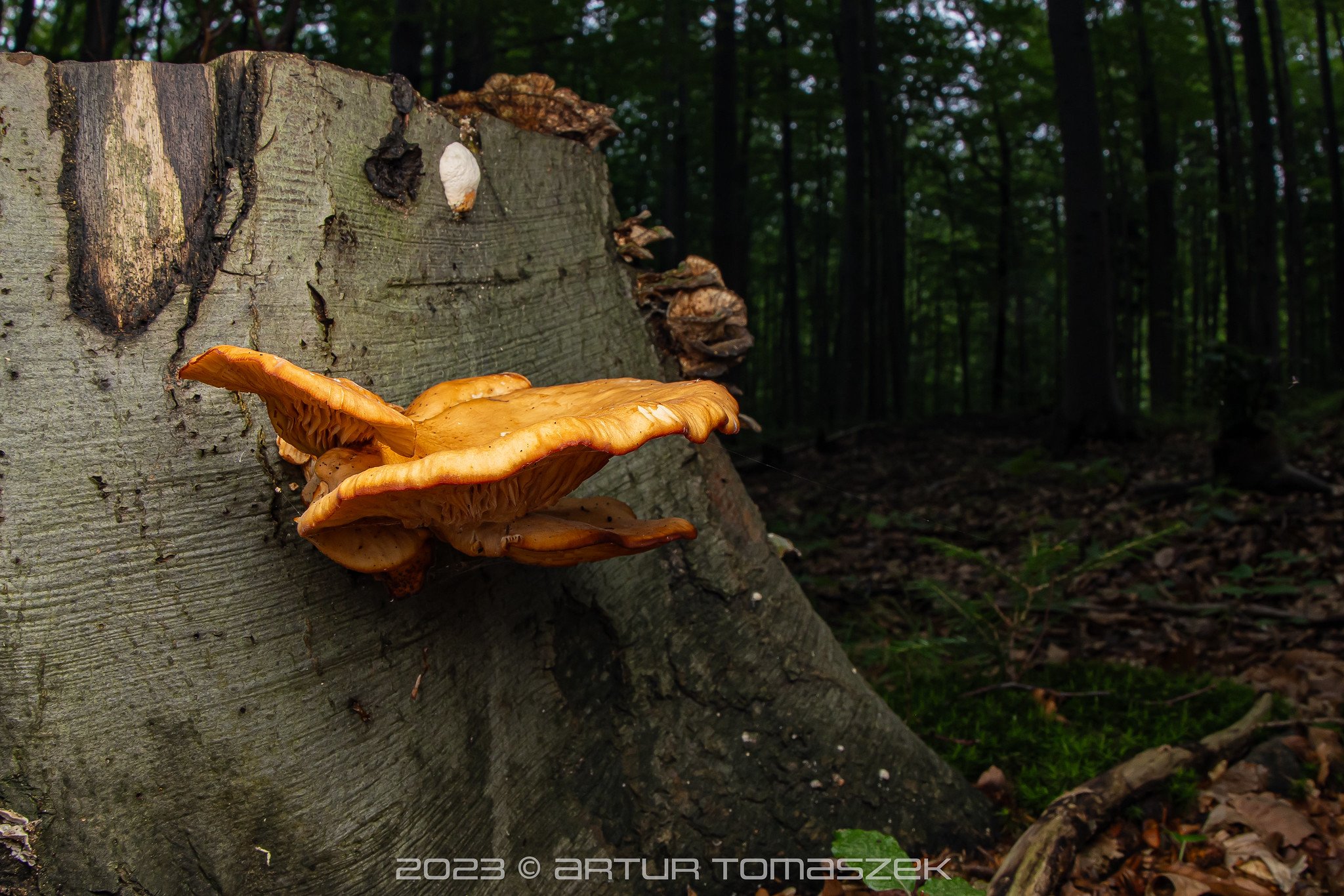
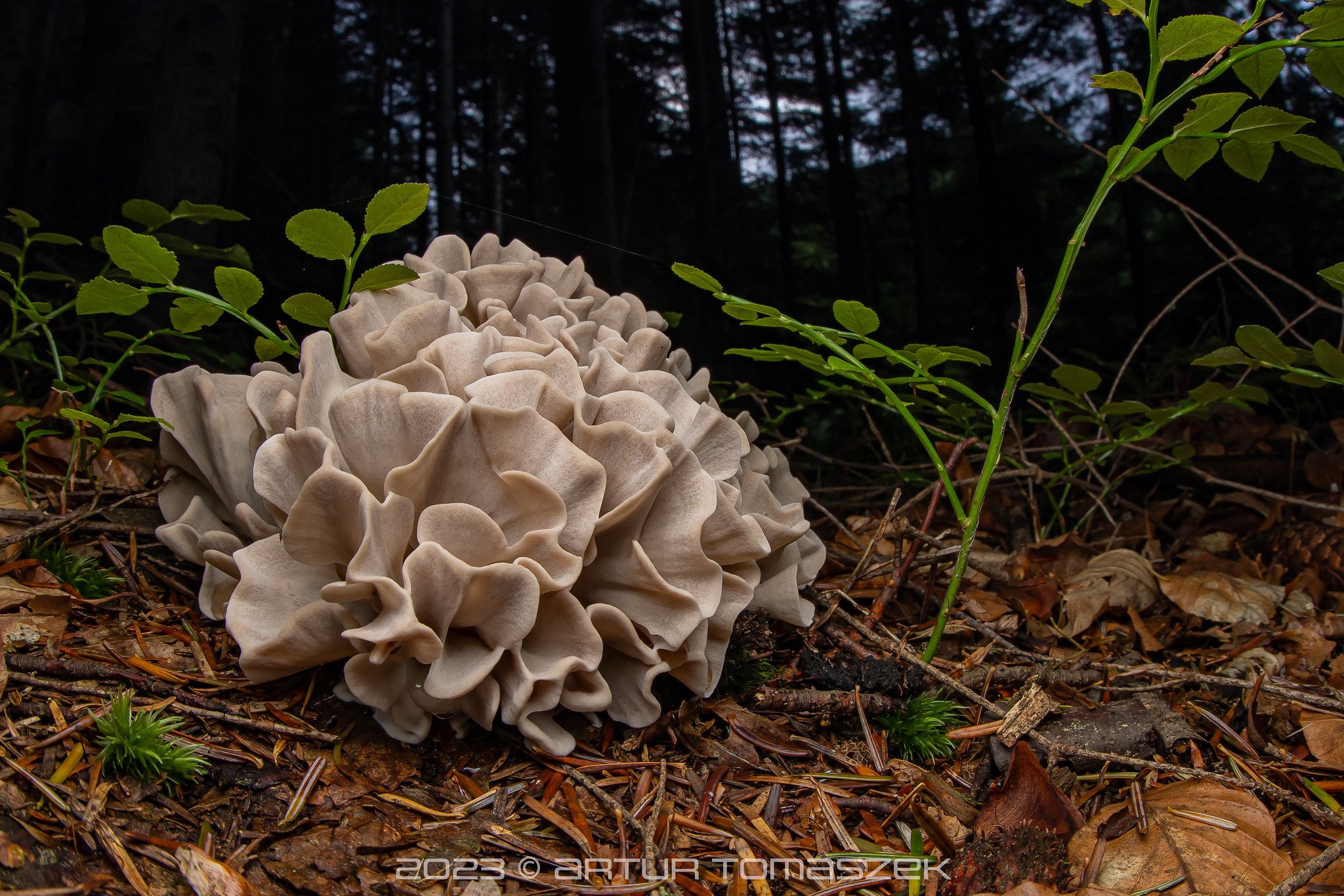
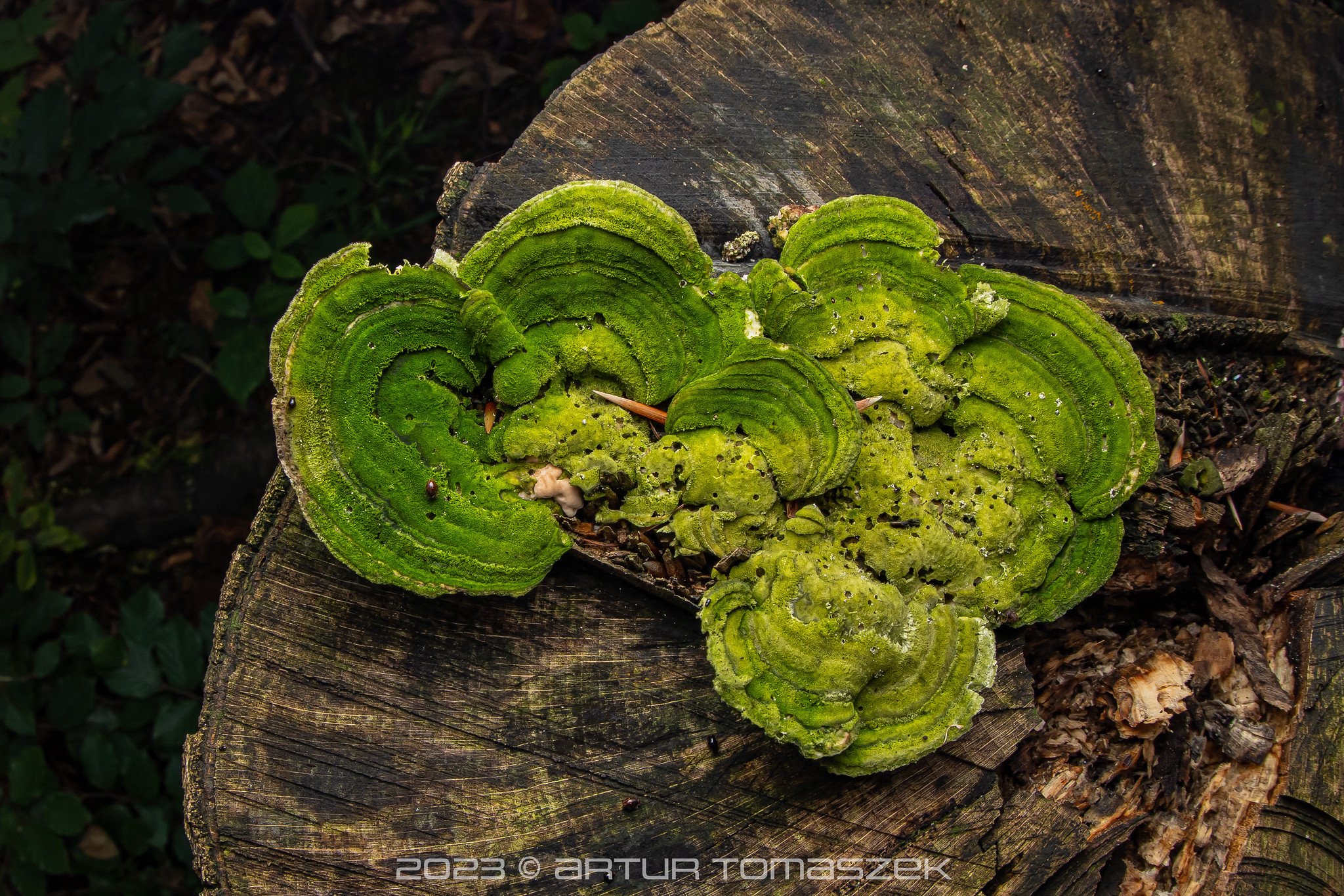
And a bonus - a few shots from our visit to Poland in March/April 2022, when warm spring (20C+) overlapped with a rebound of winter (snow and freezing temps for a few days).
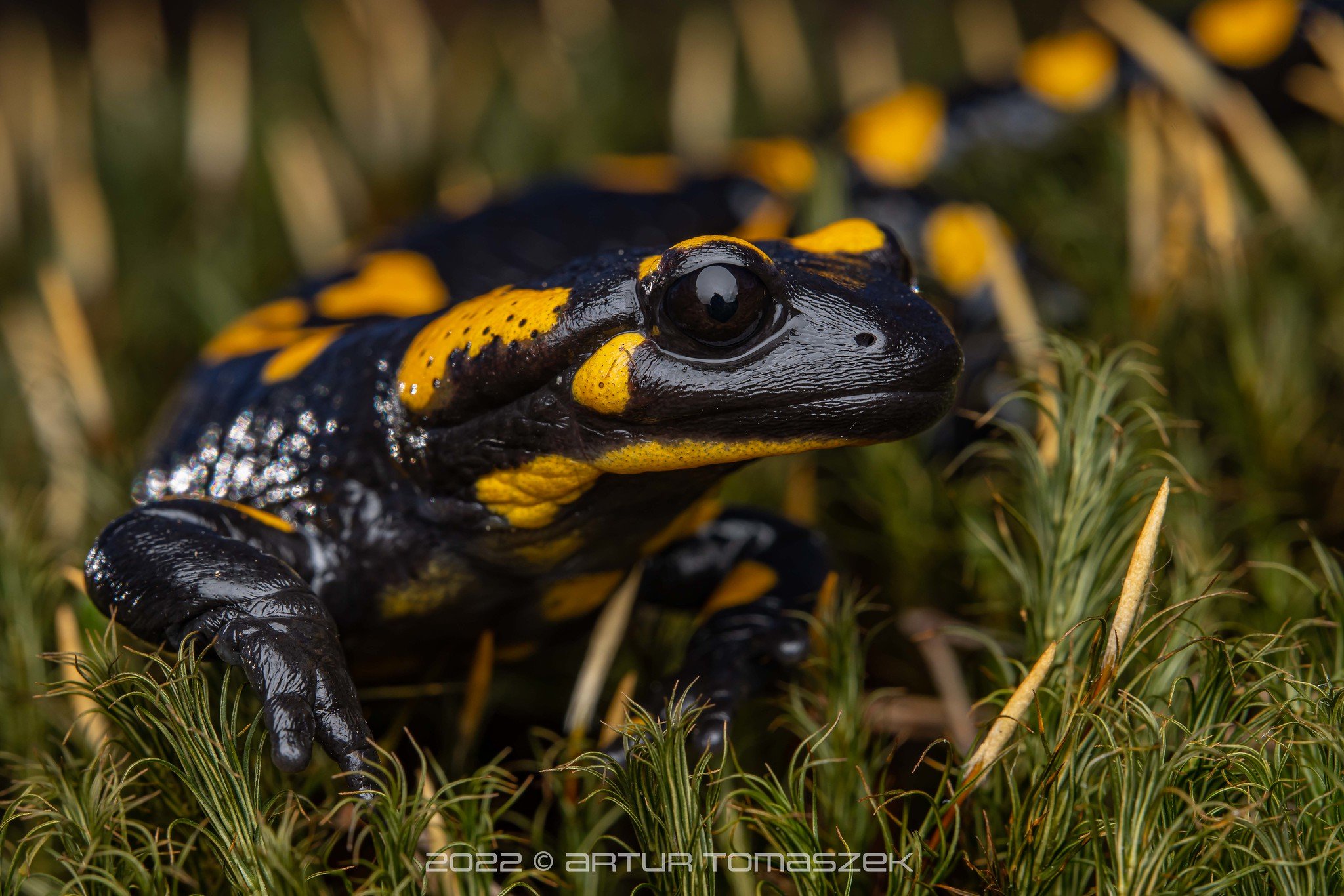
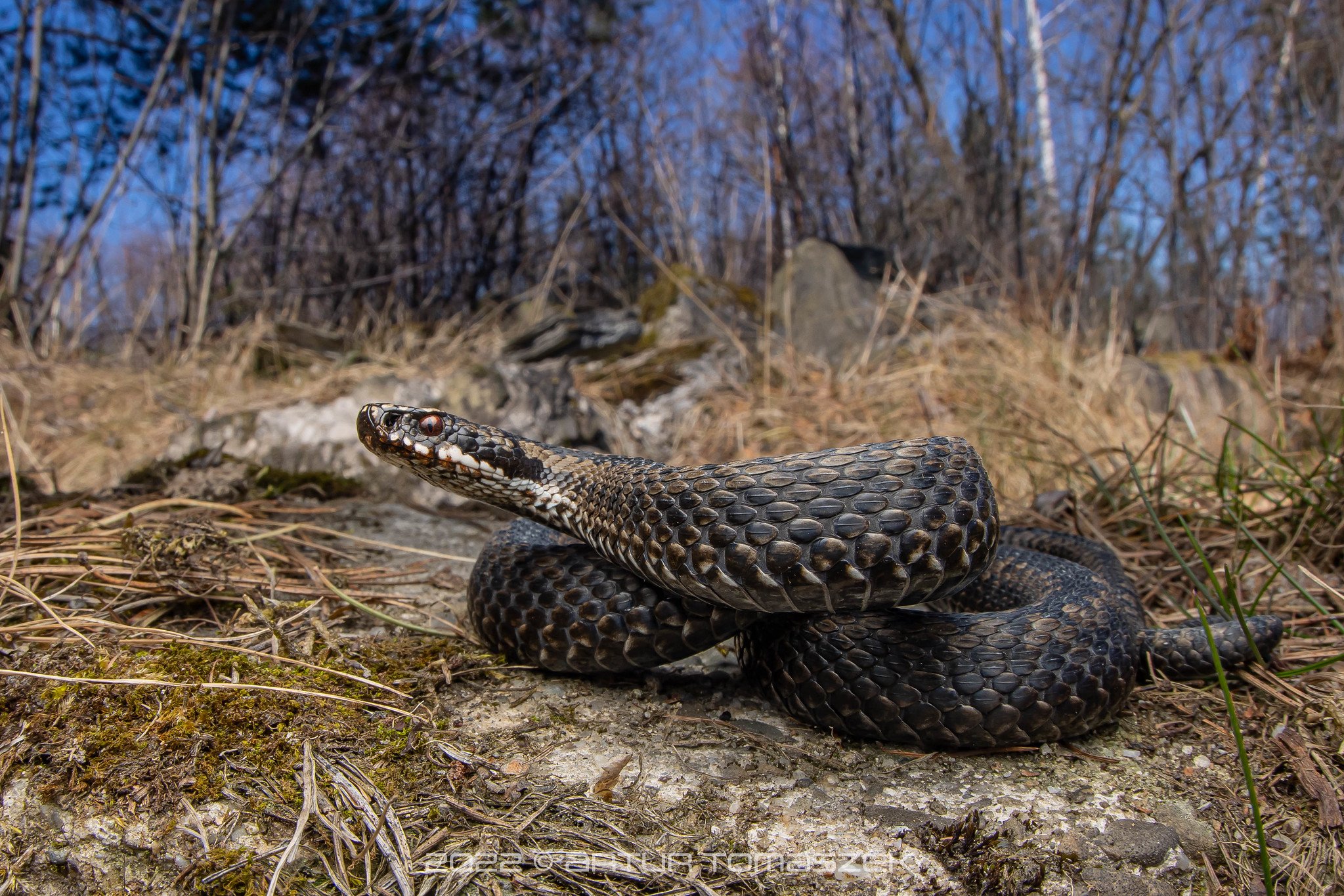
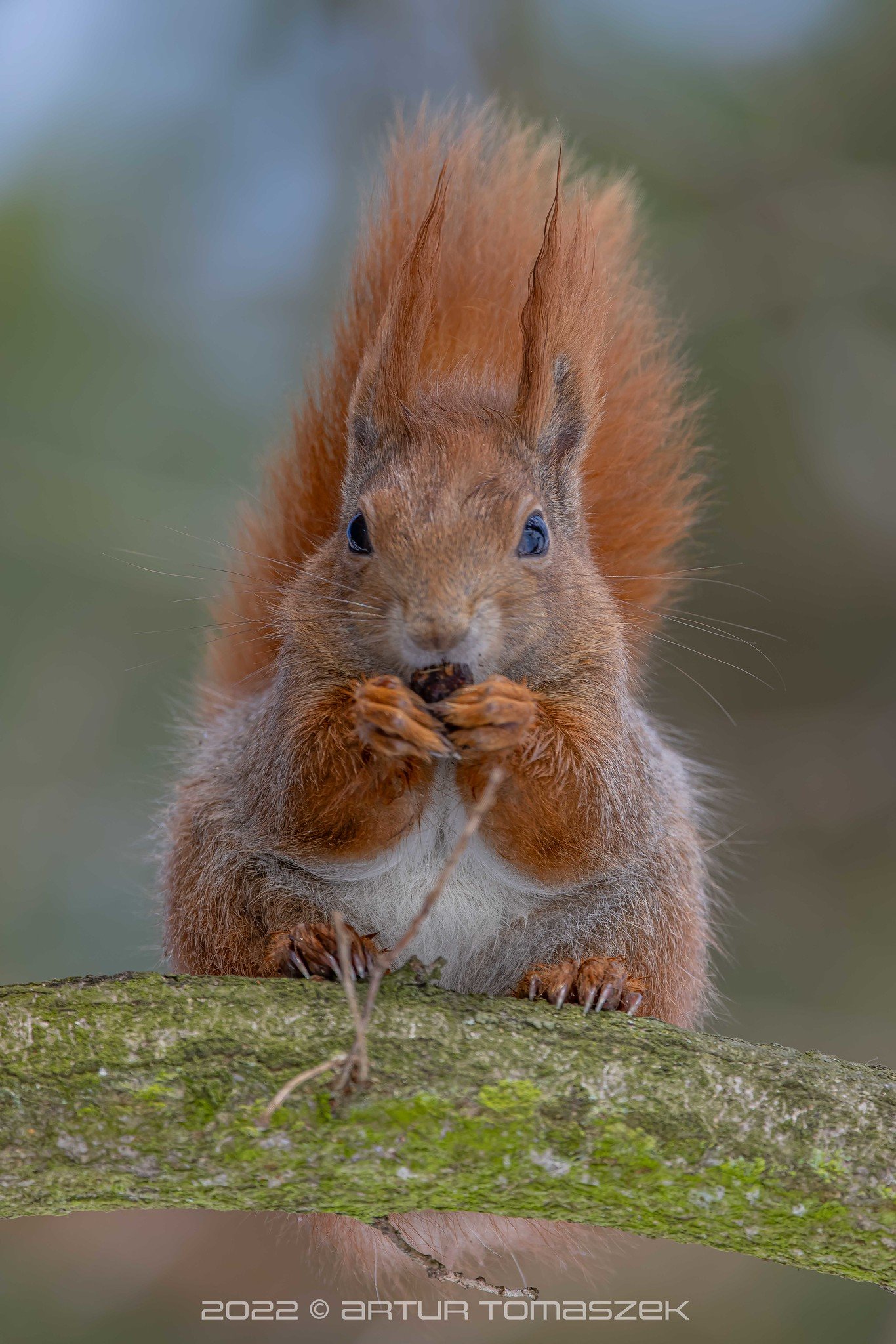
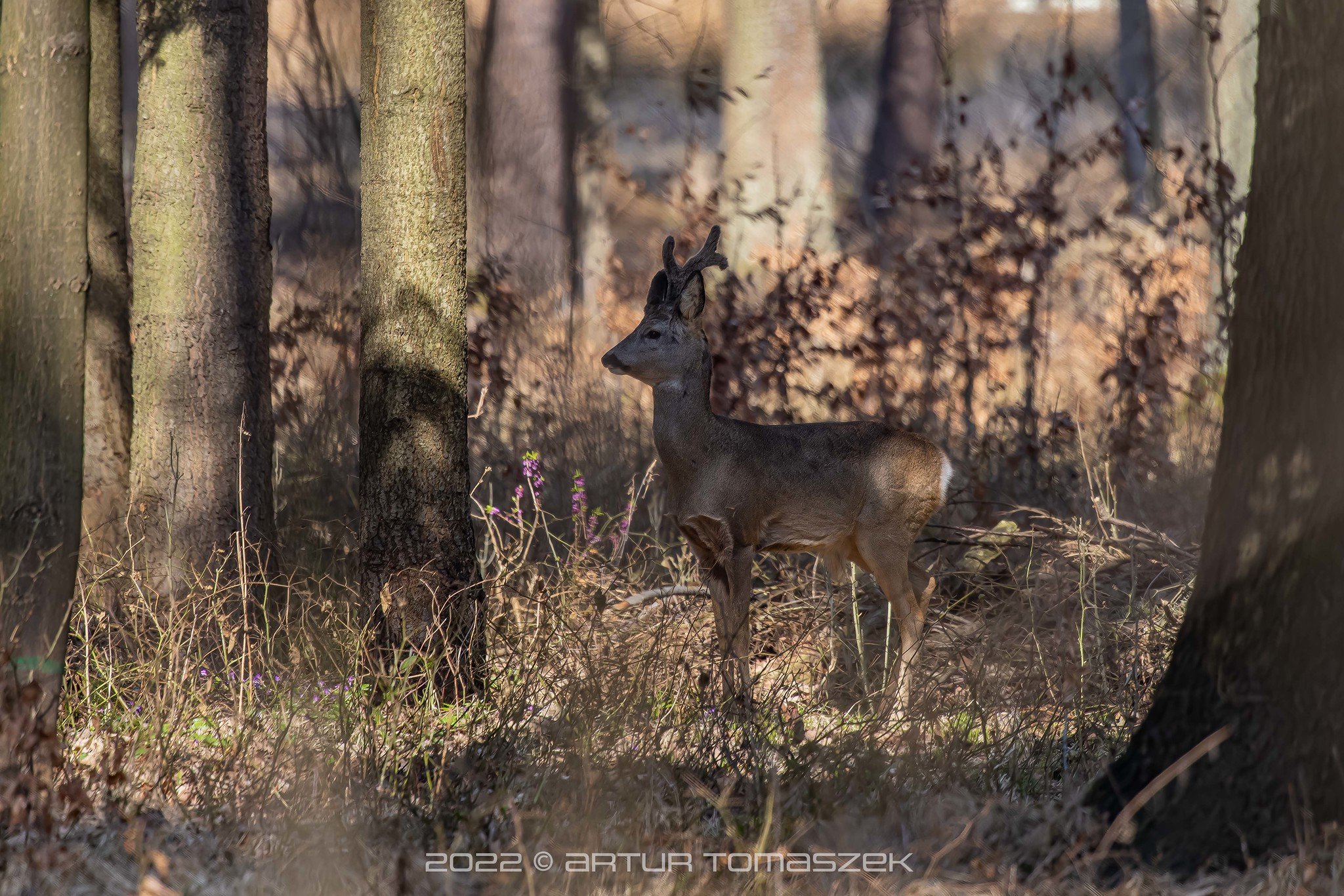
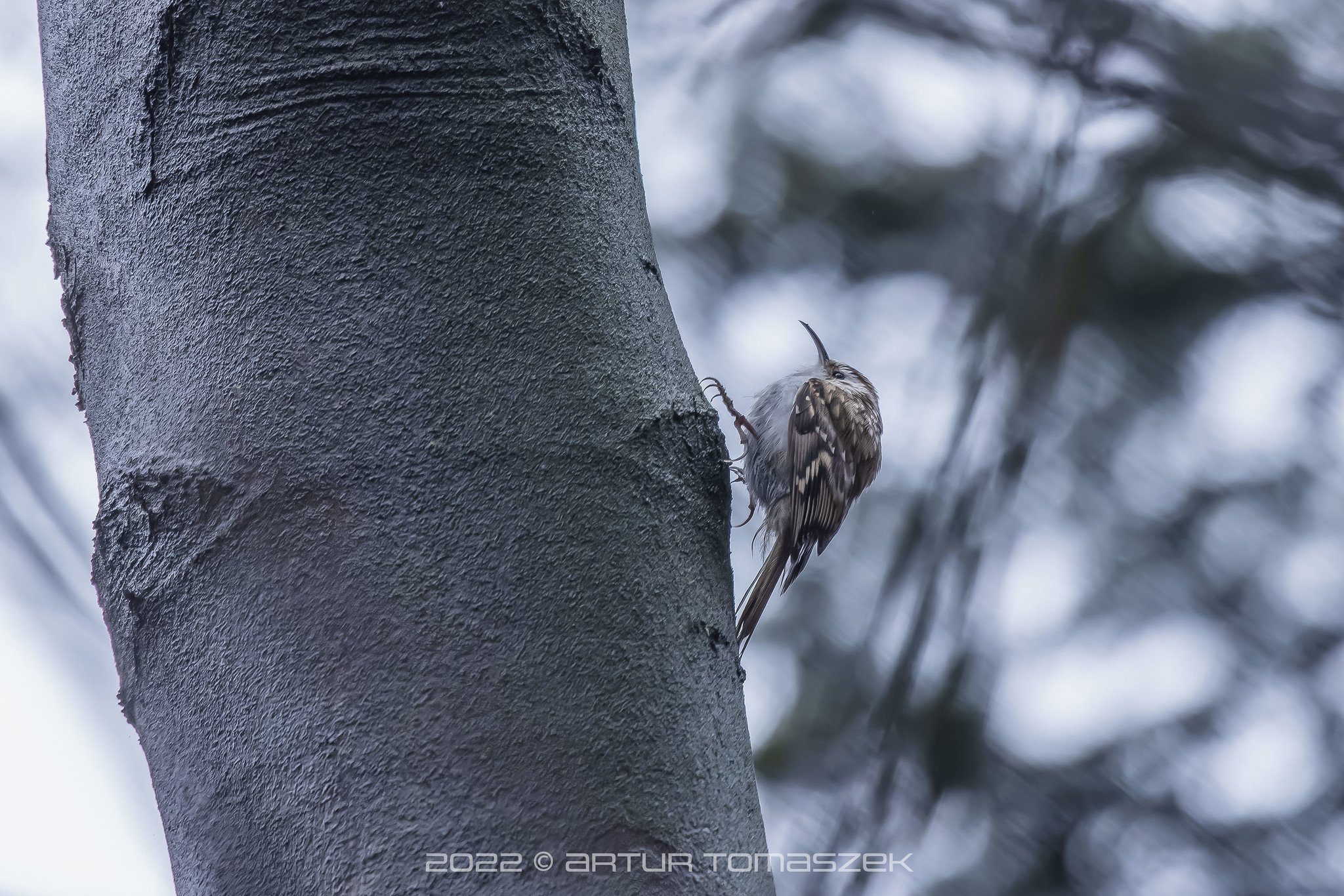

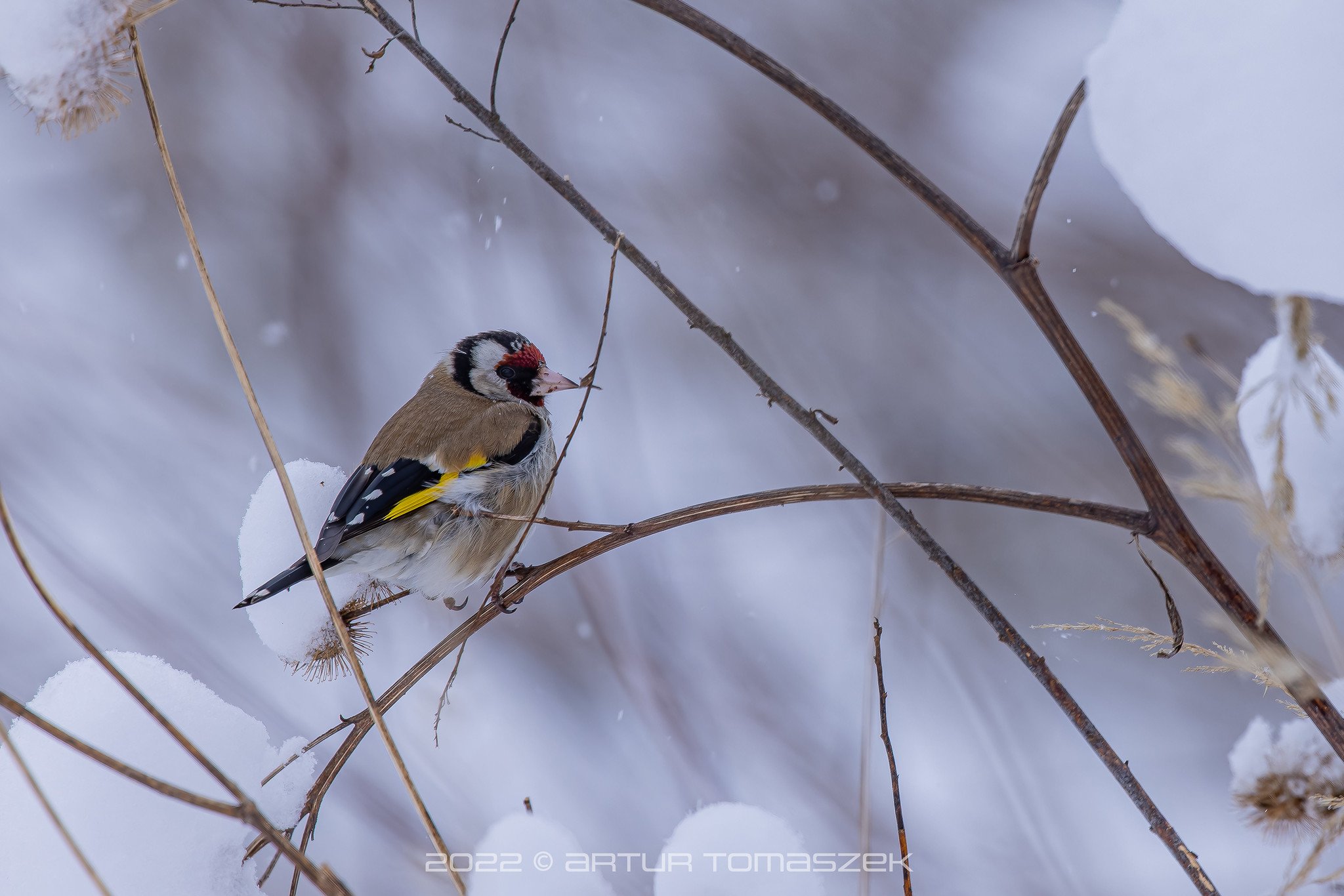
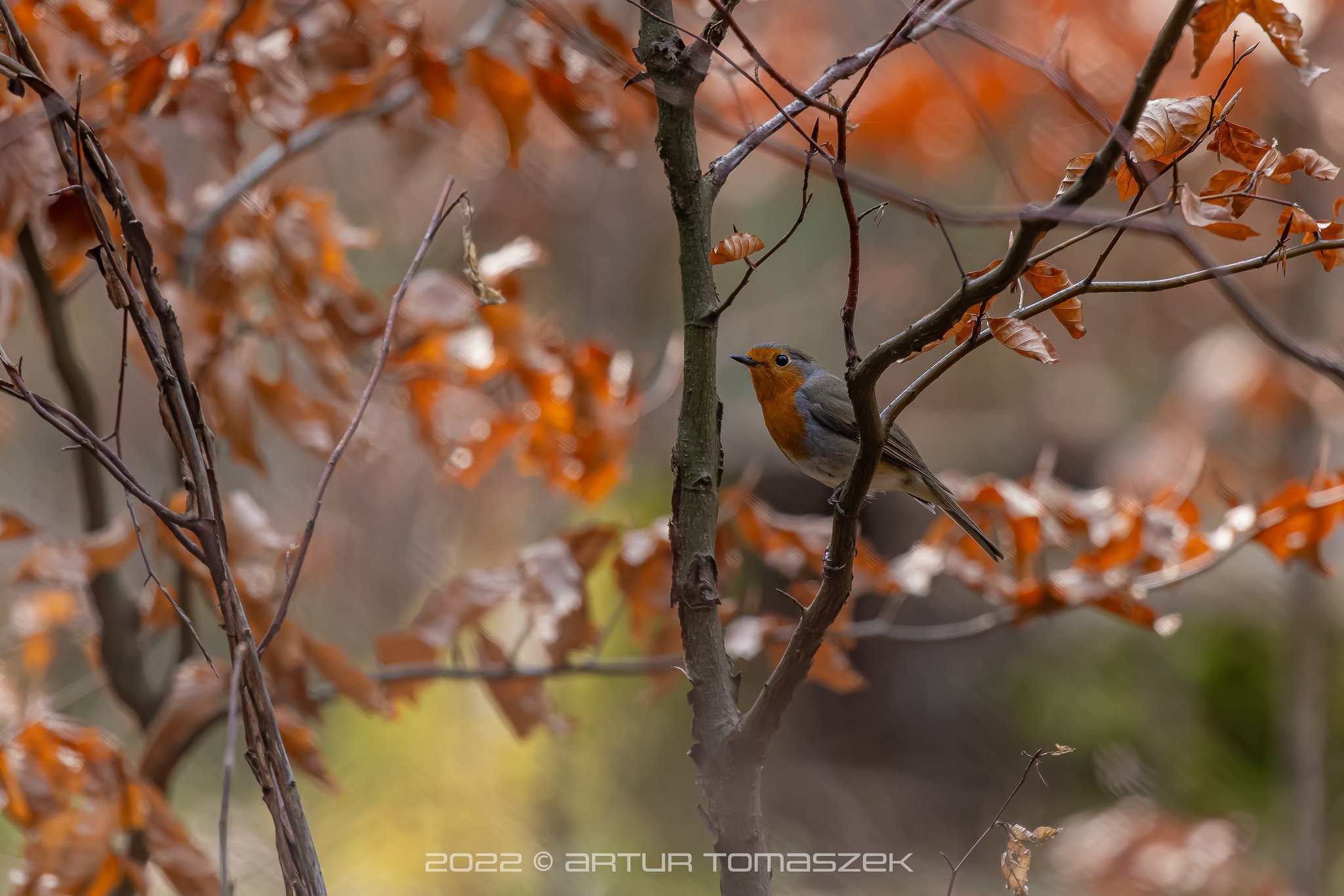
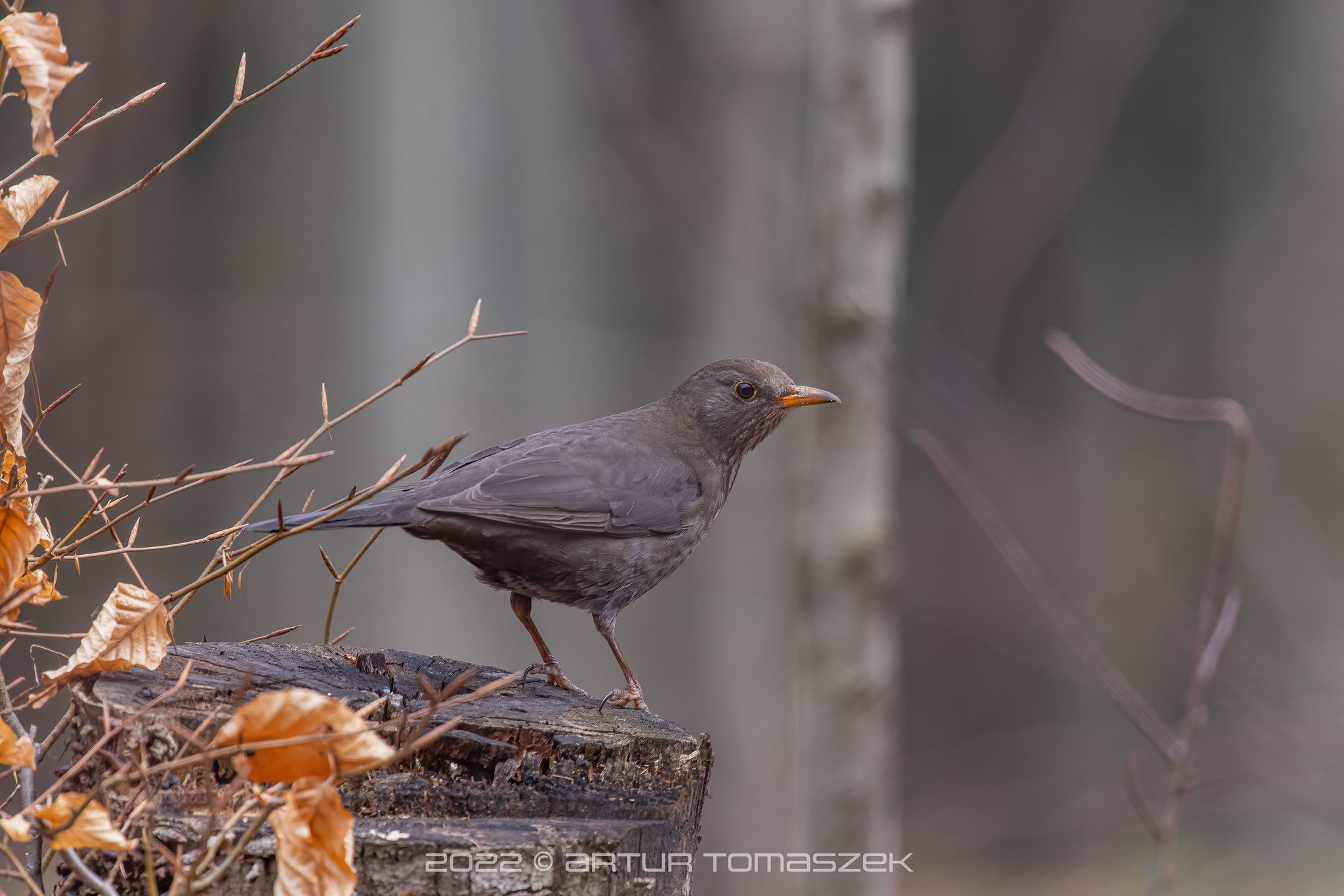
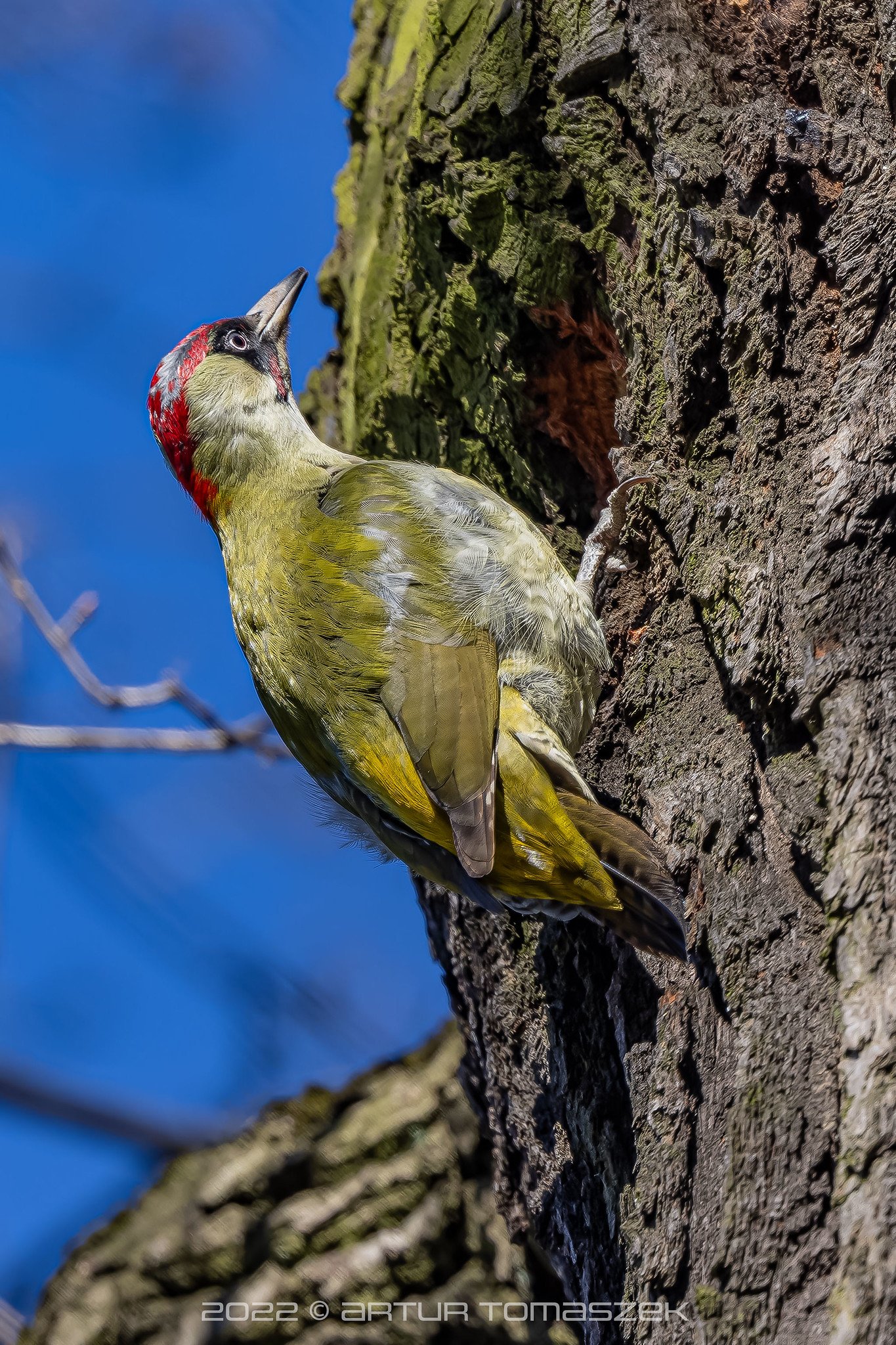
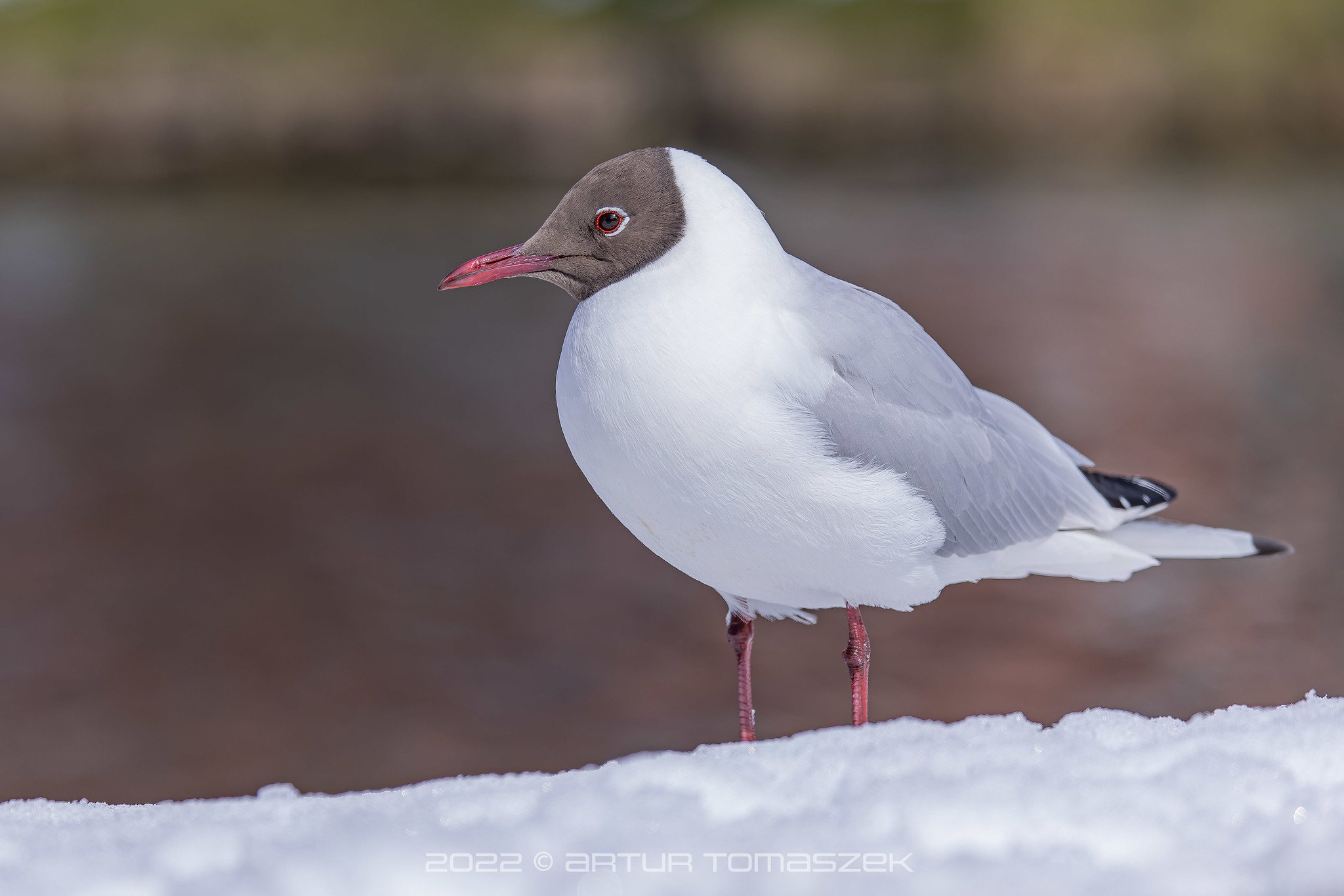
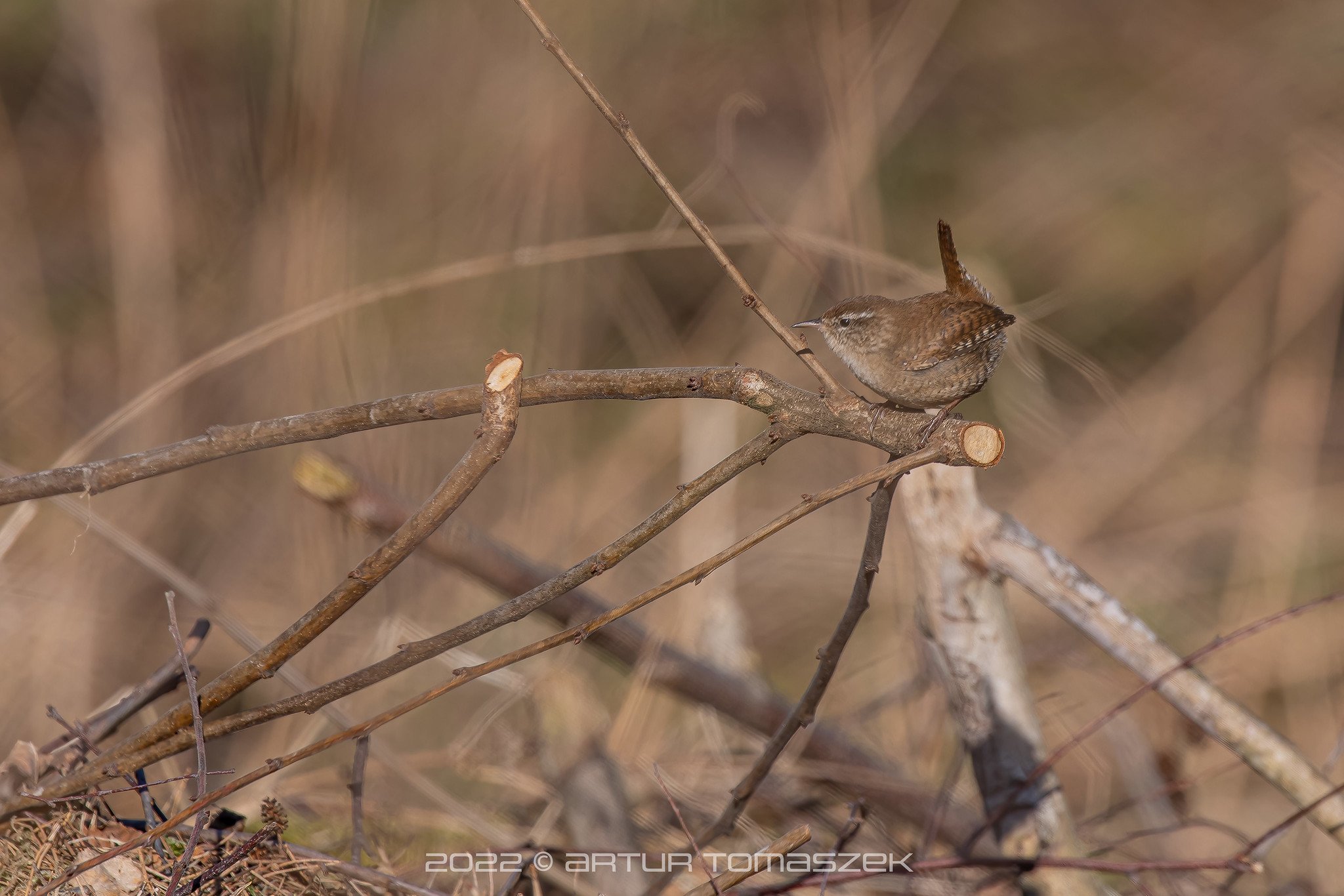
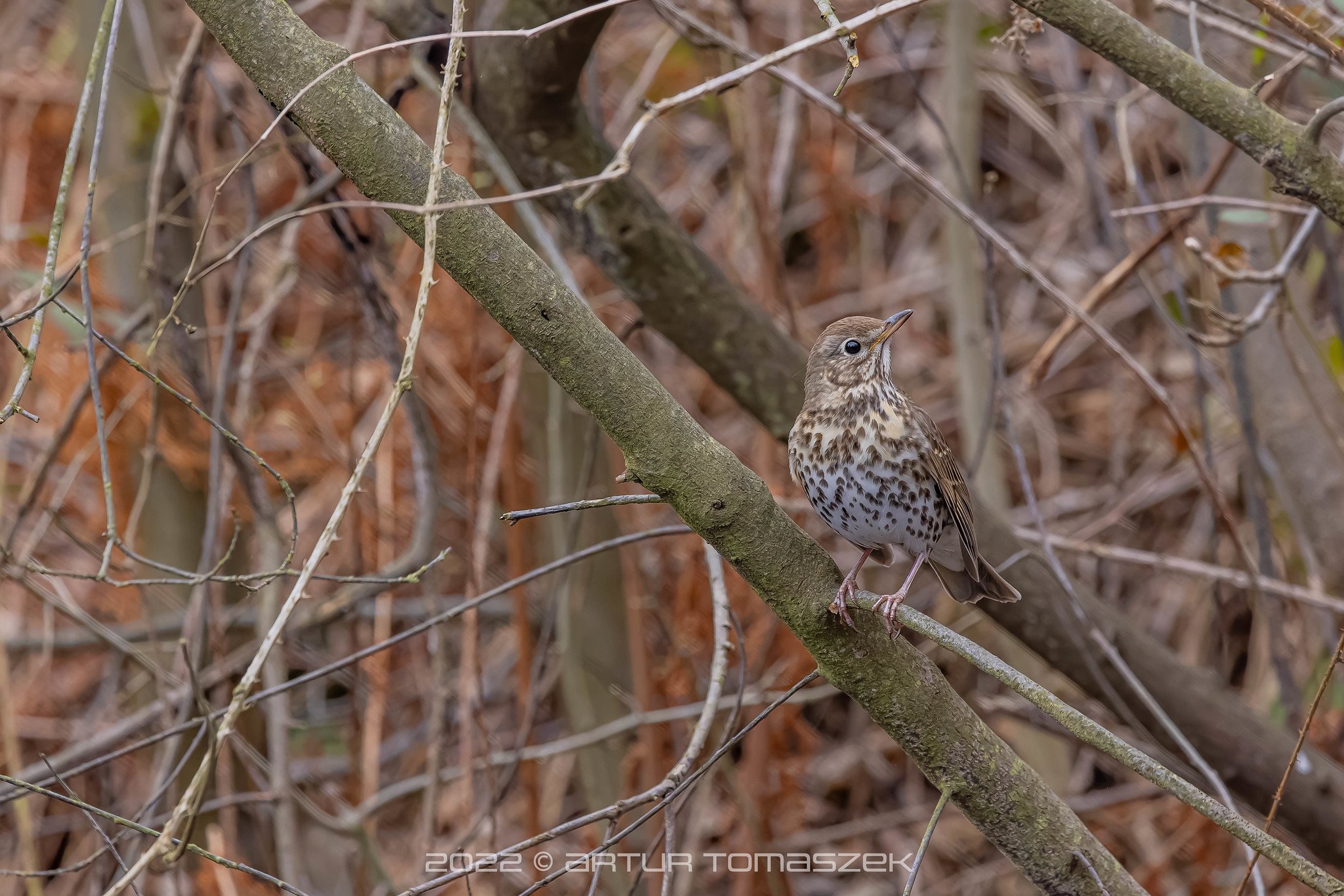
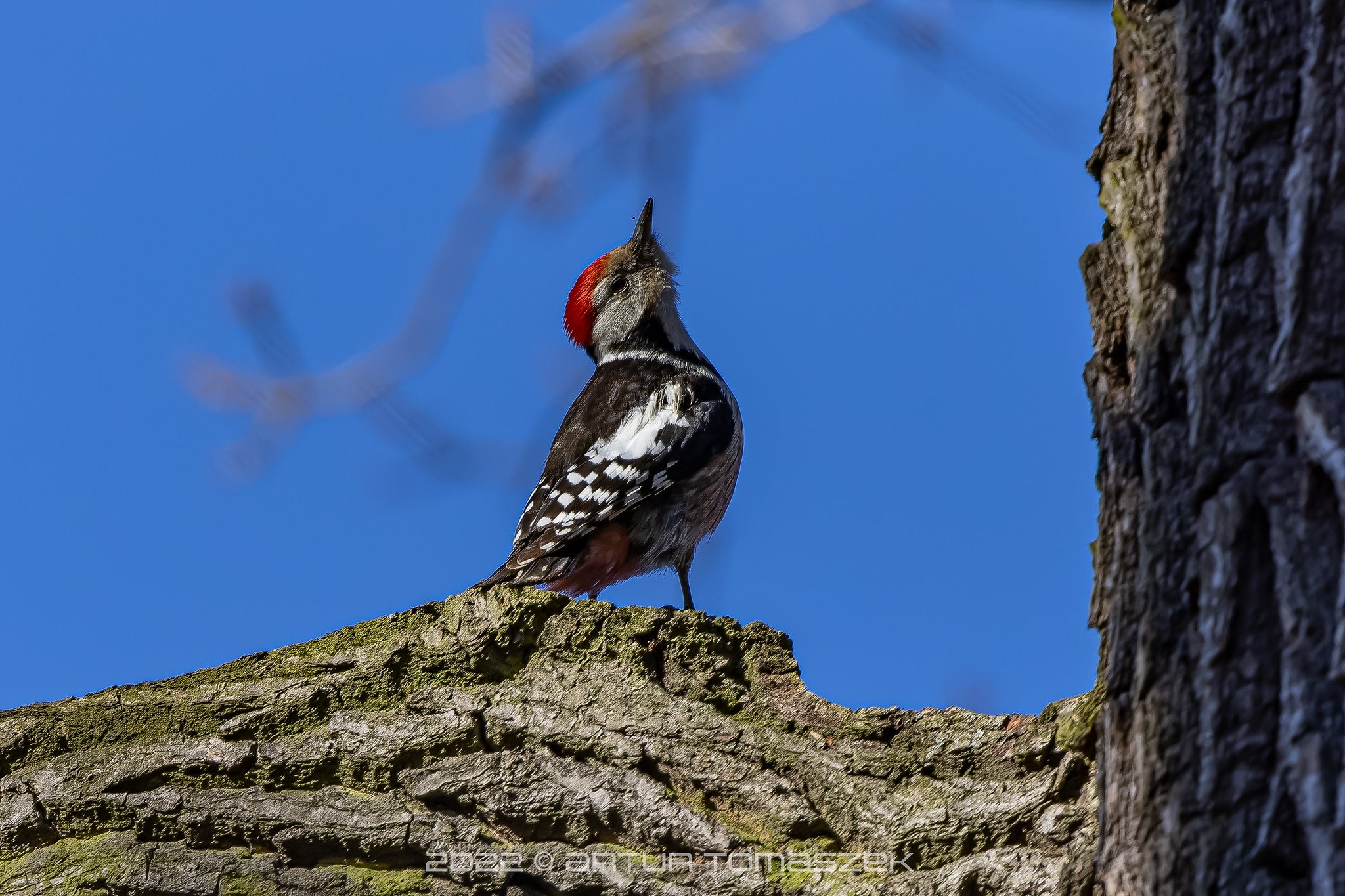
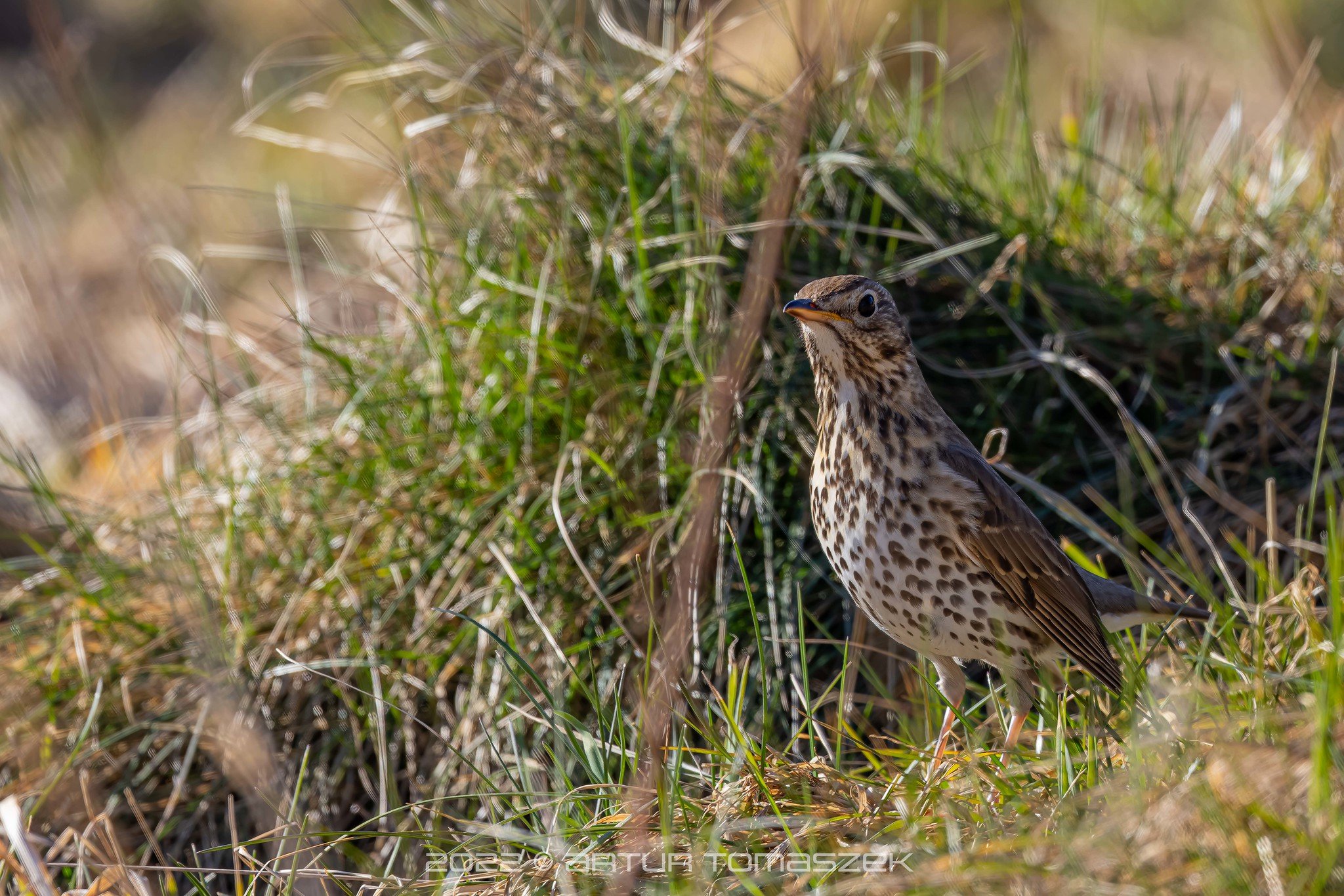
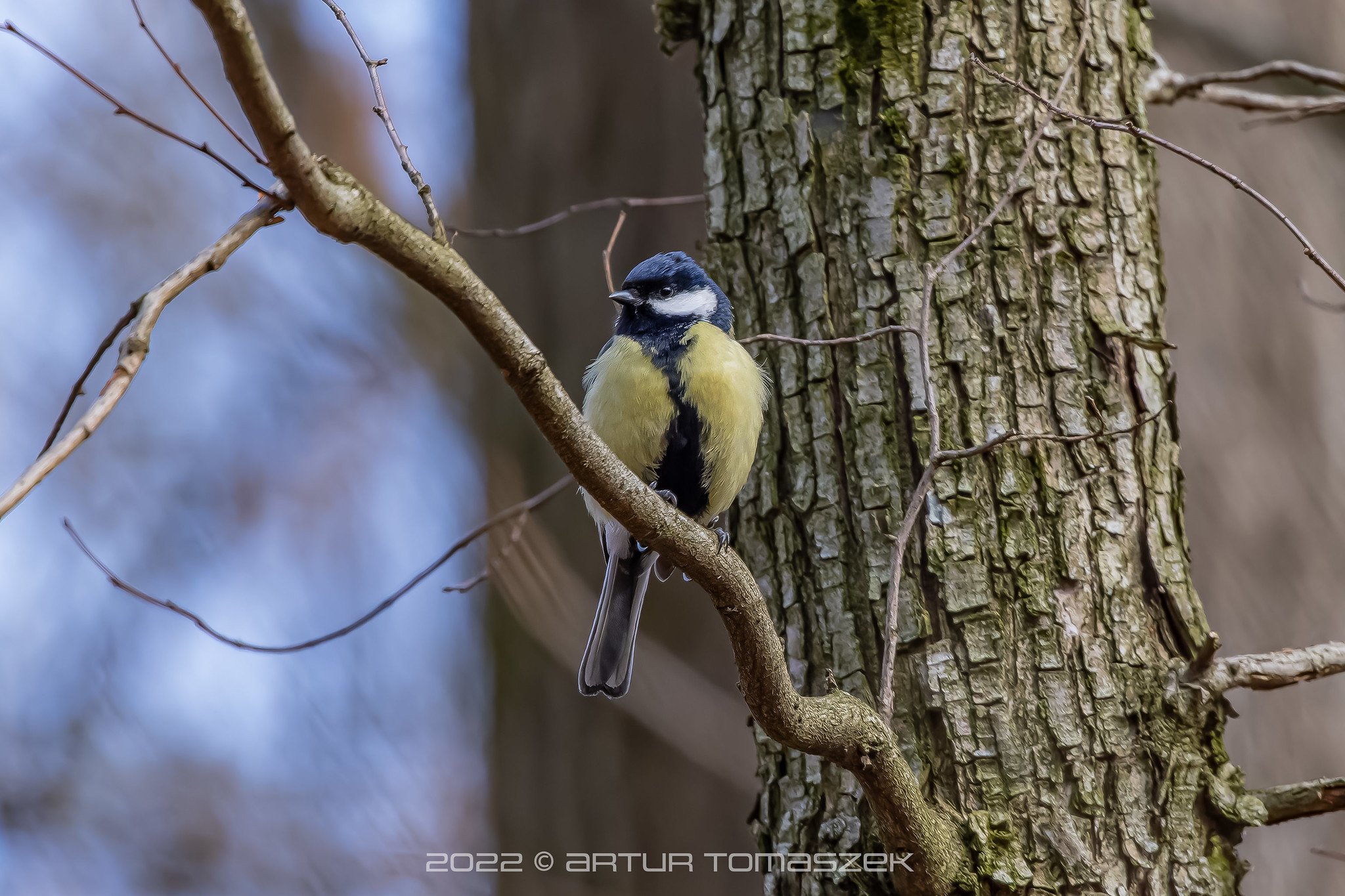
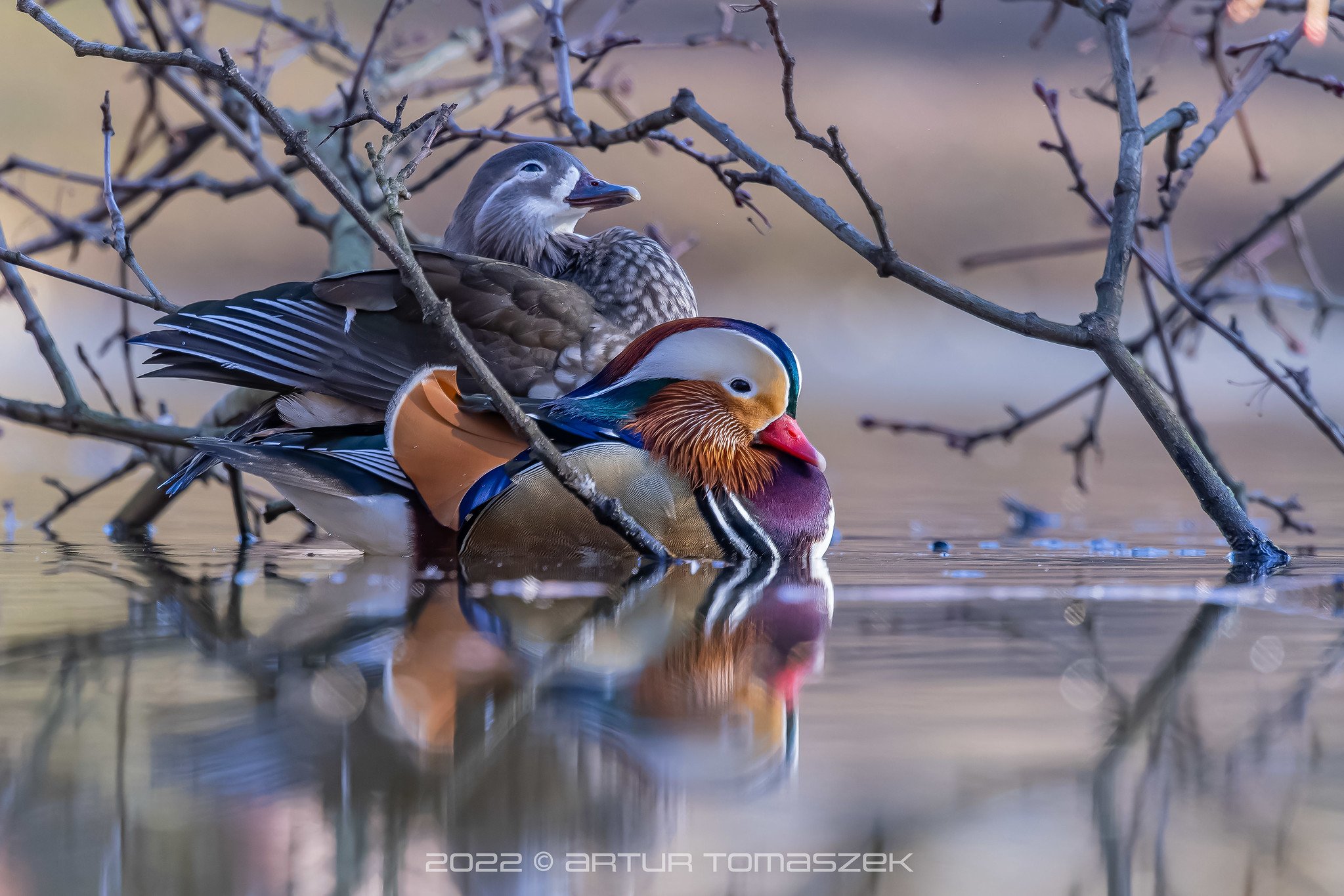
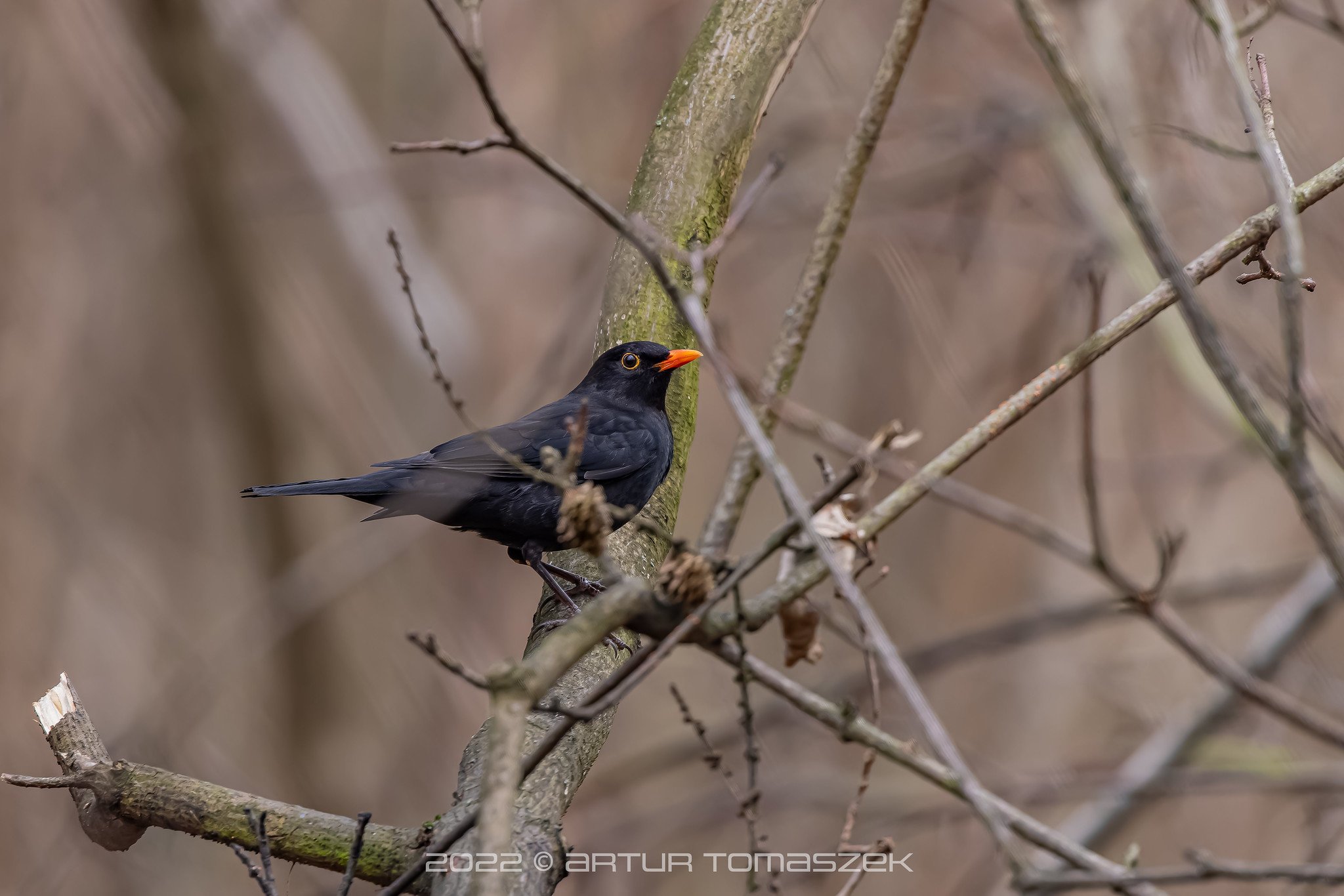
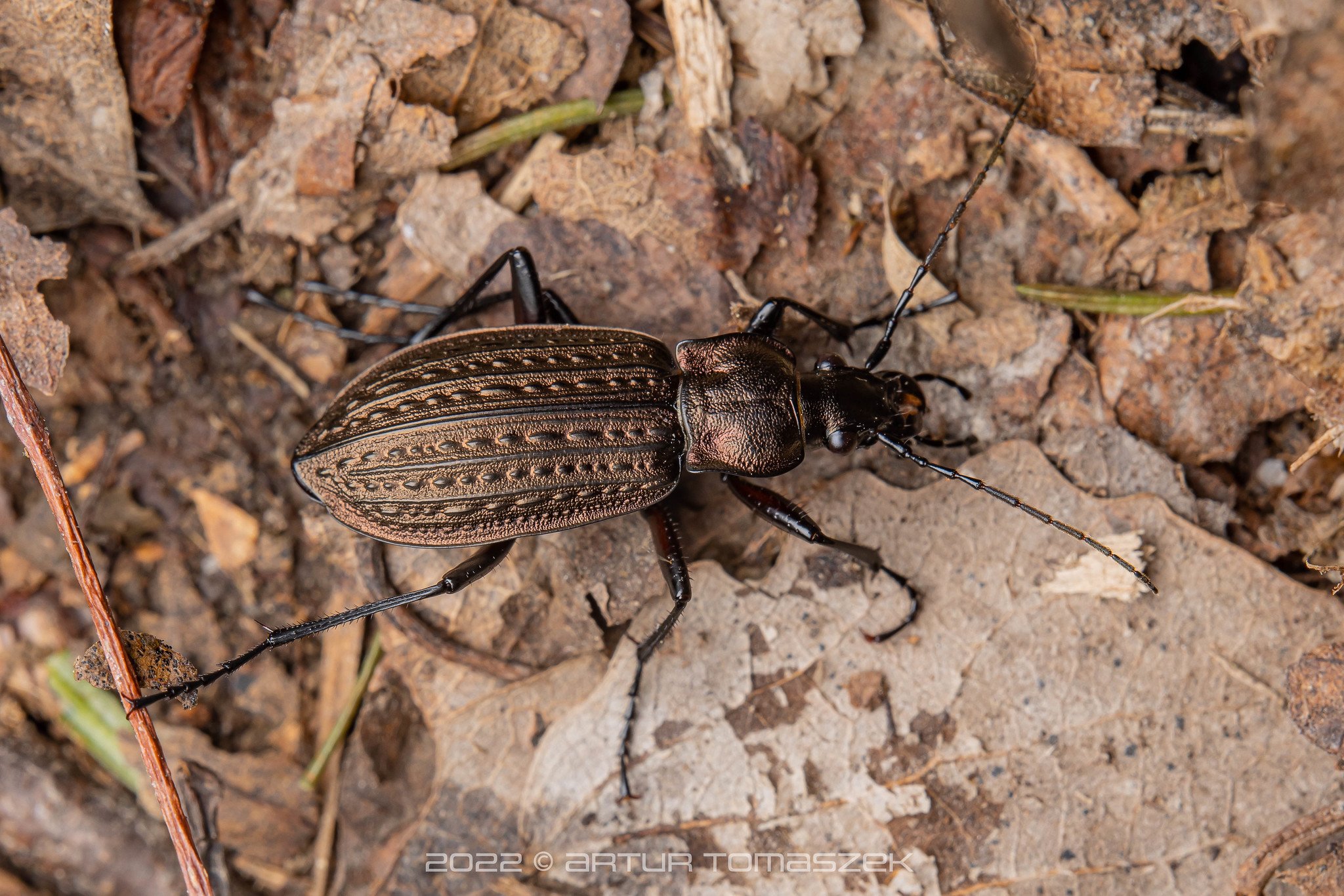
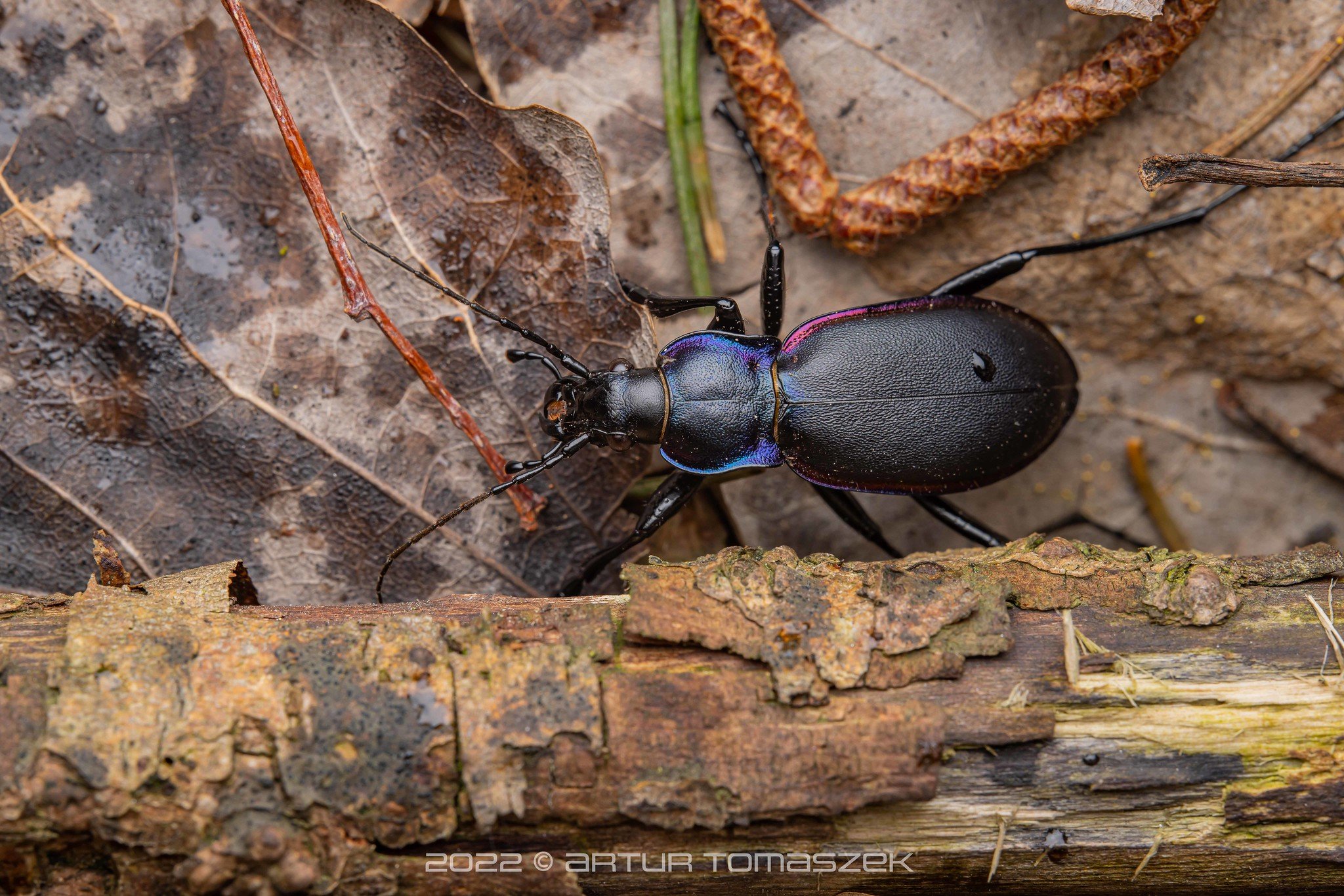
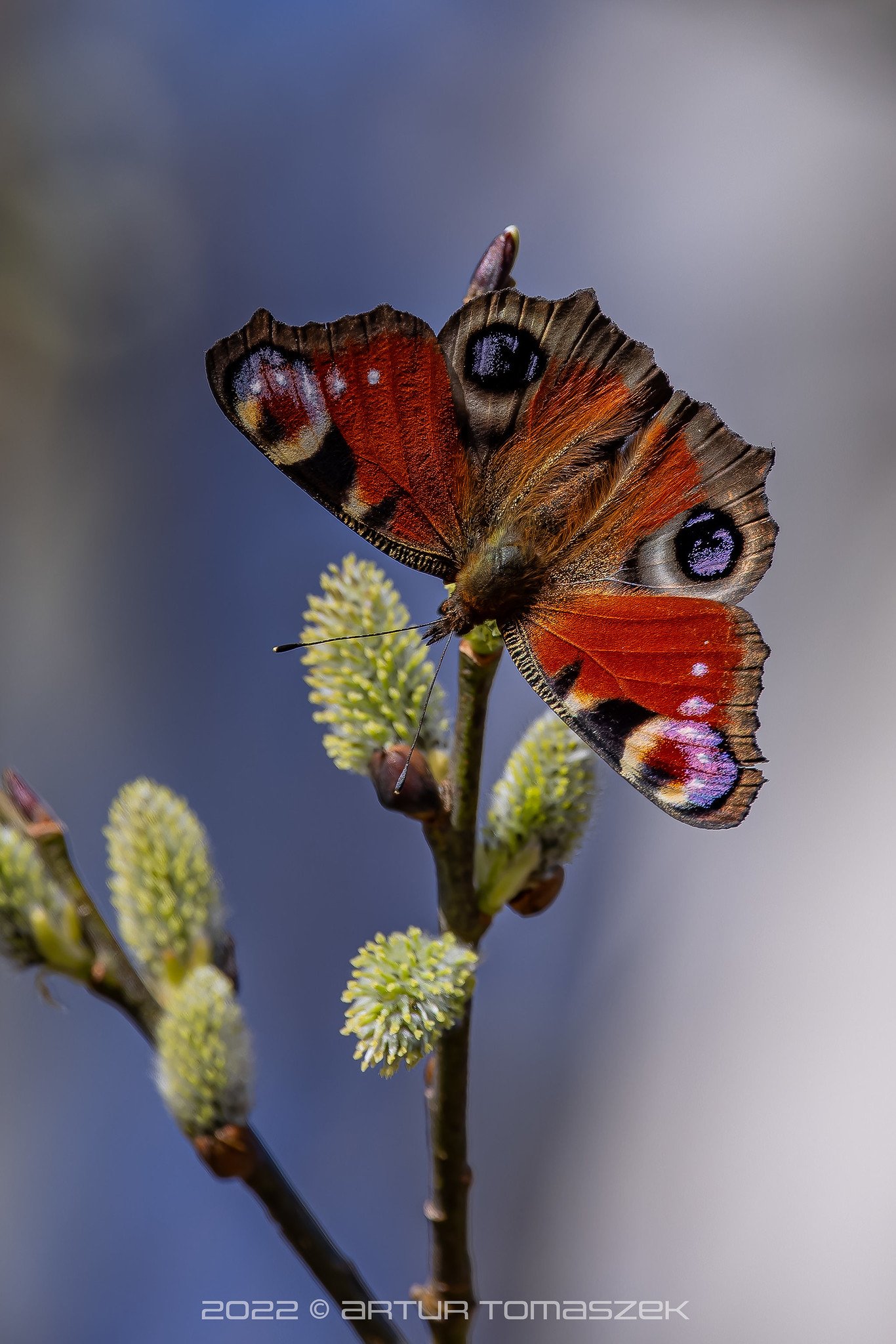
More photos in our Flickr albums:

